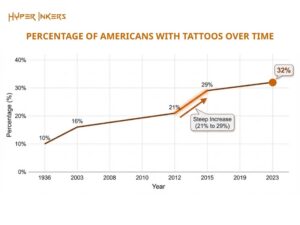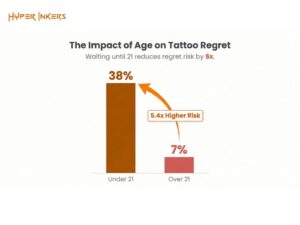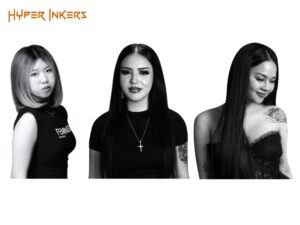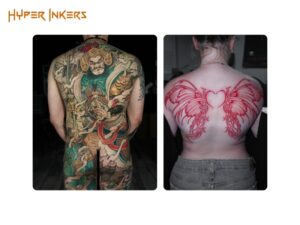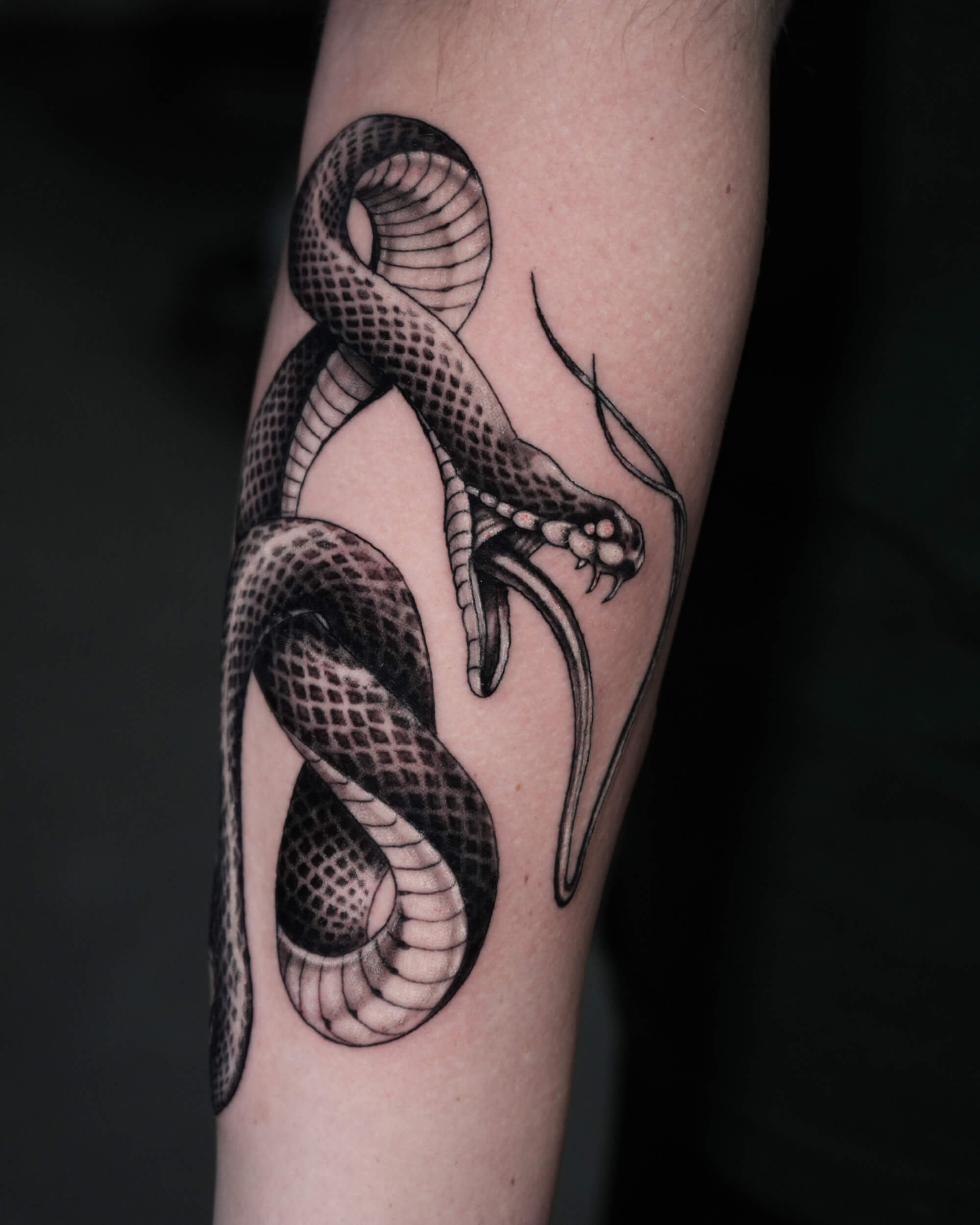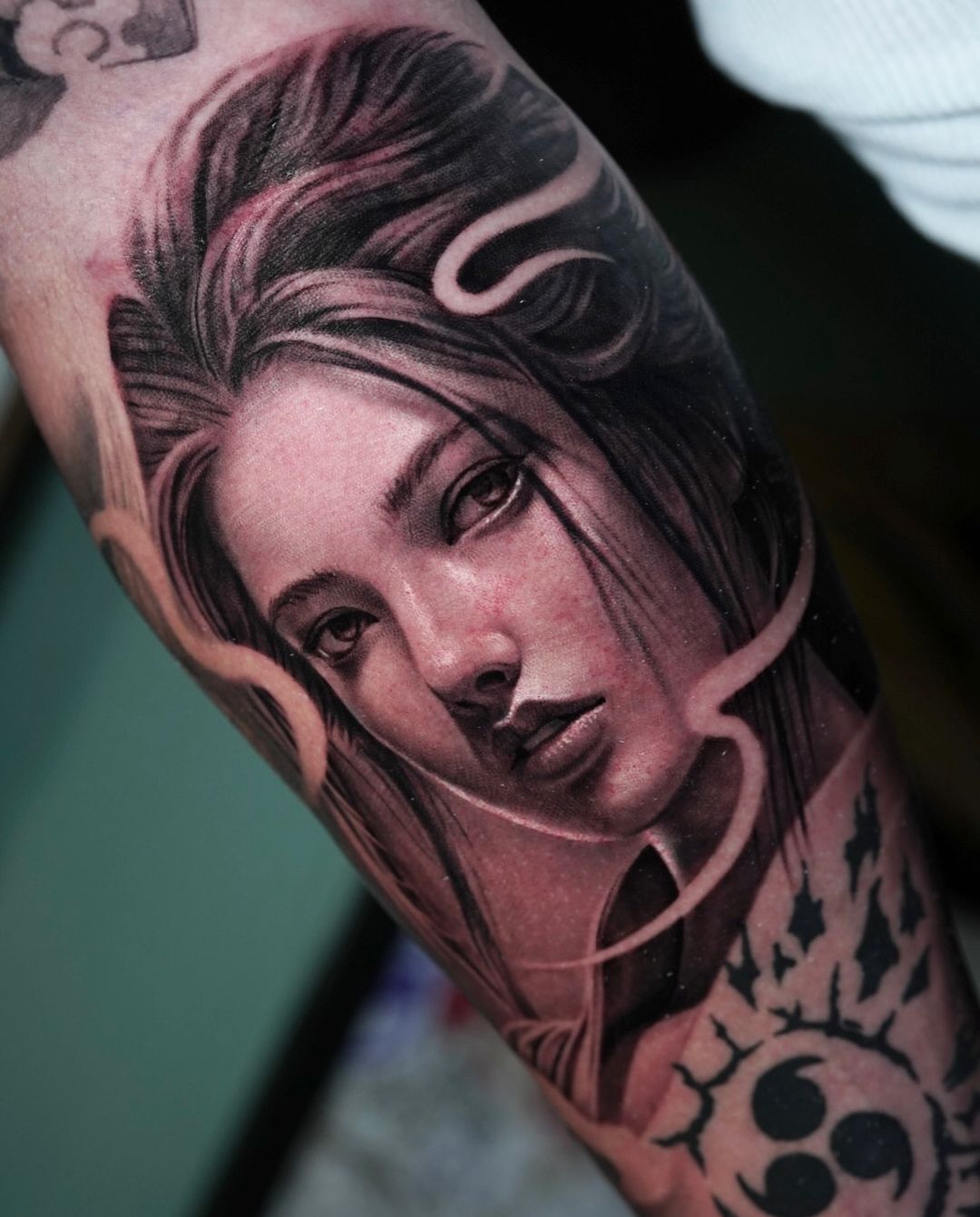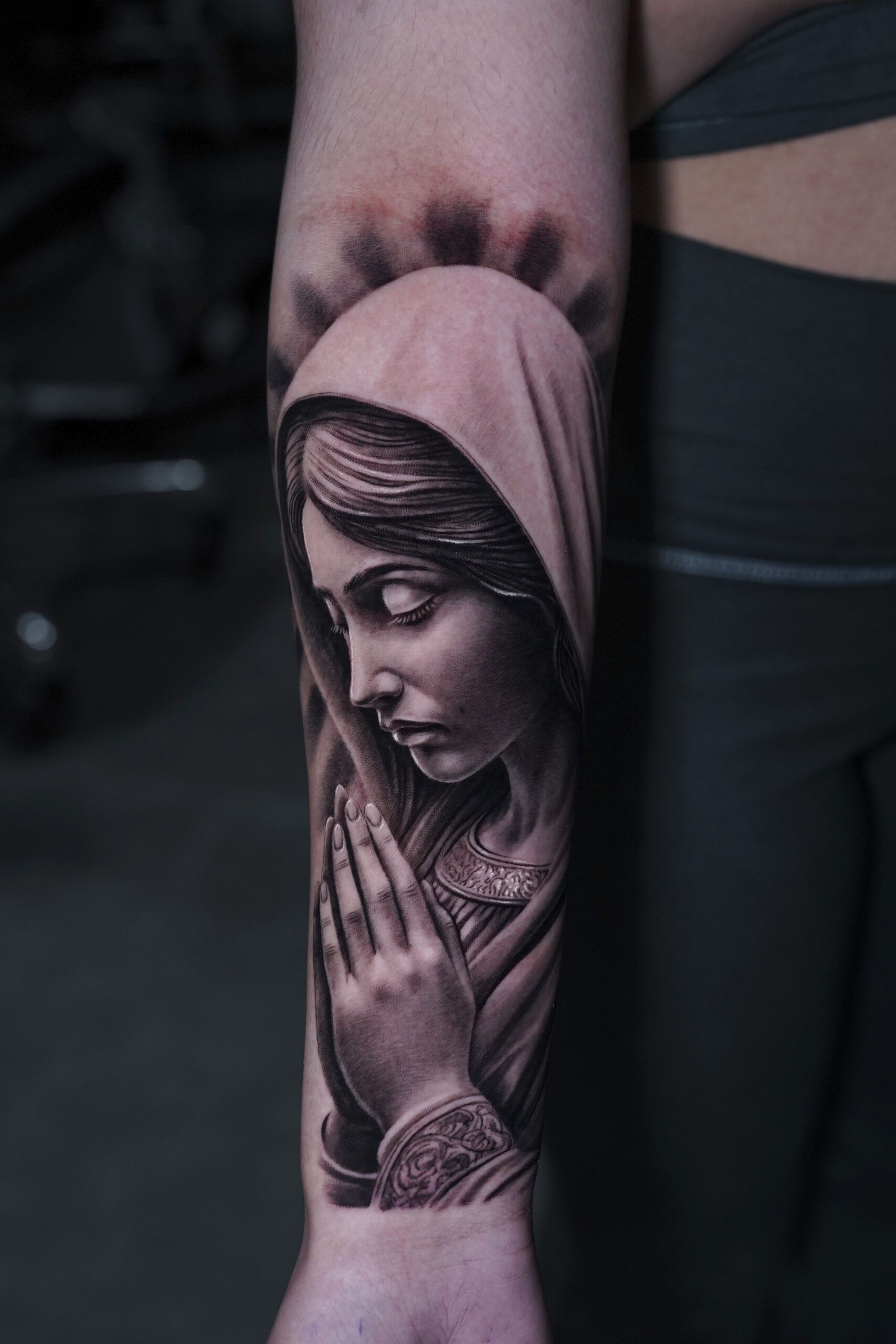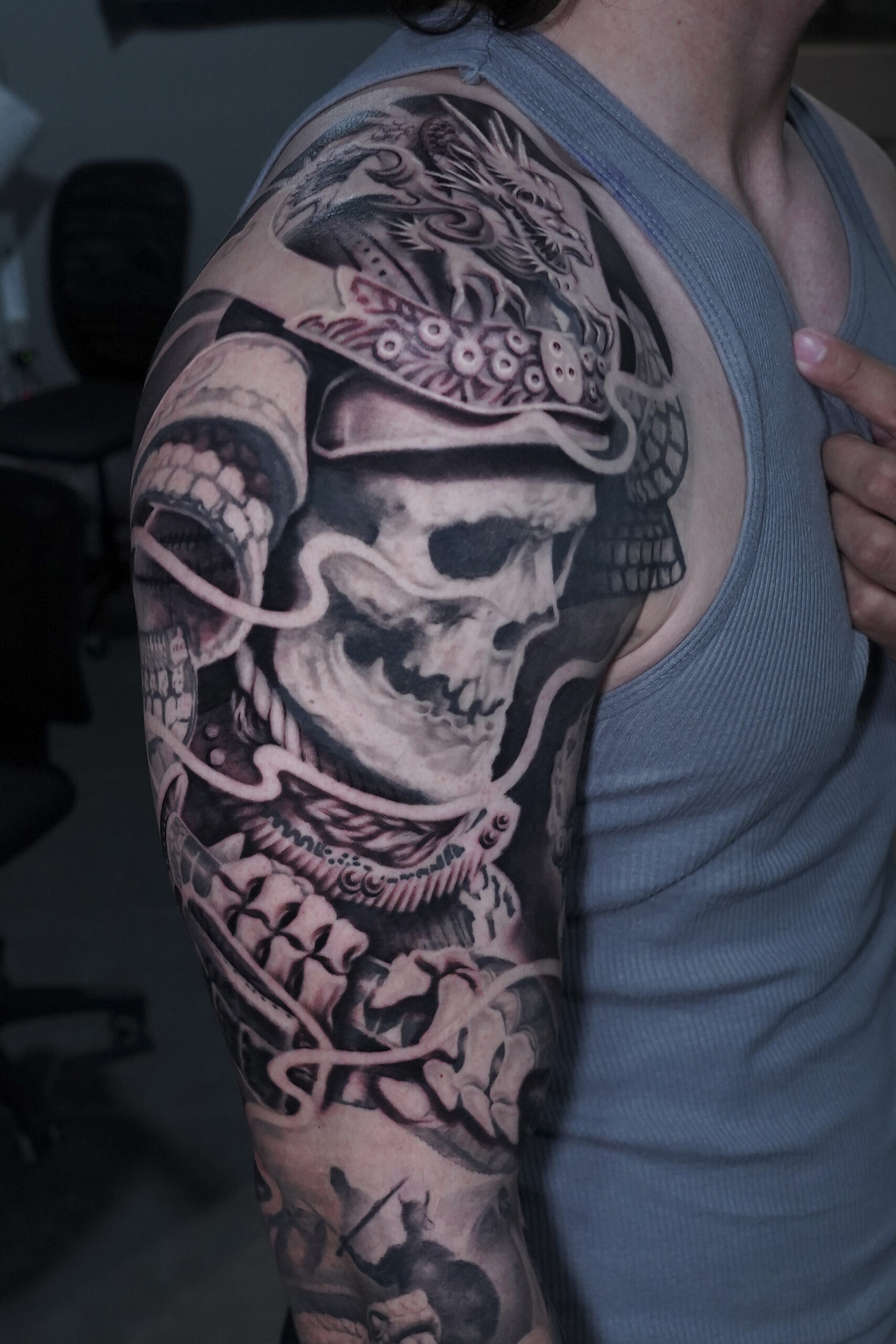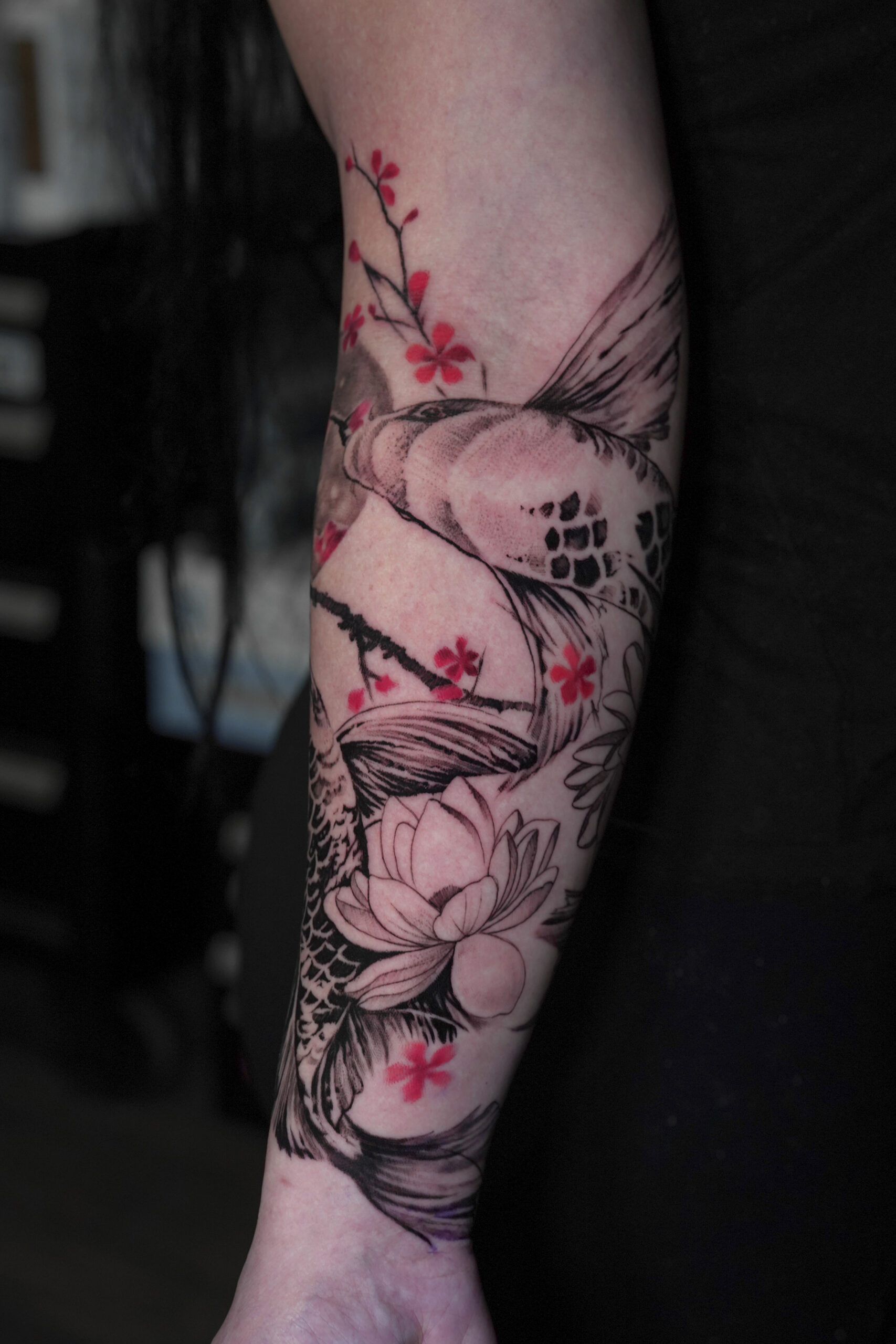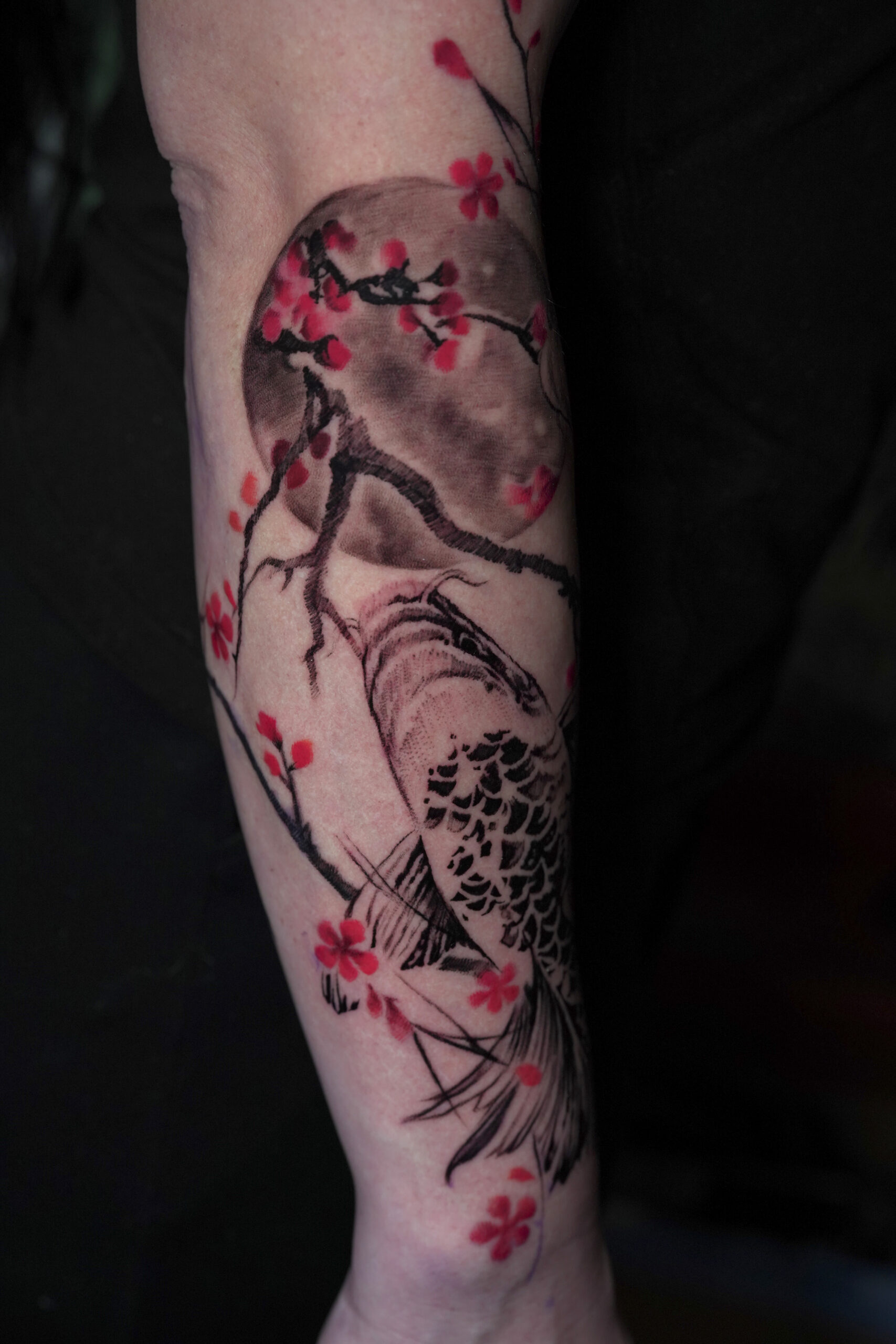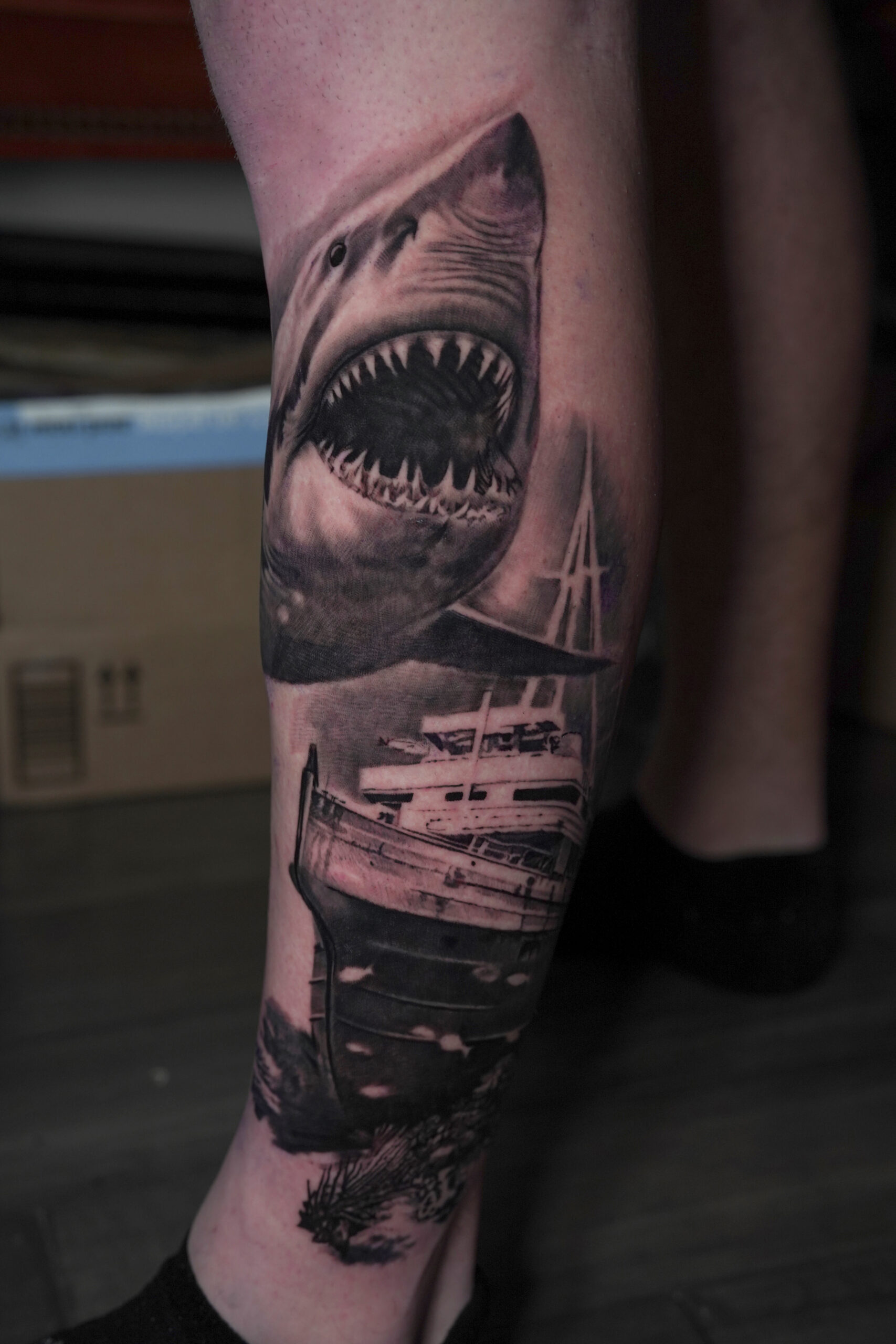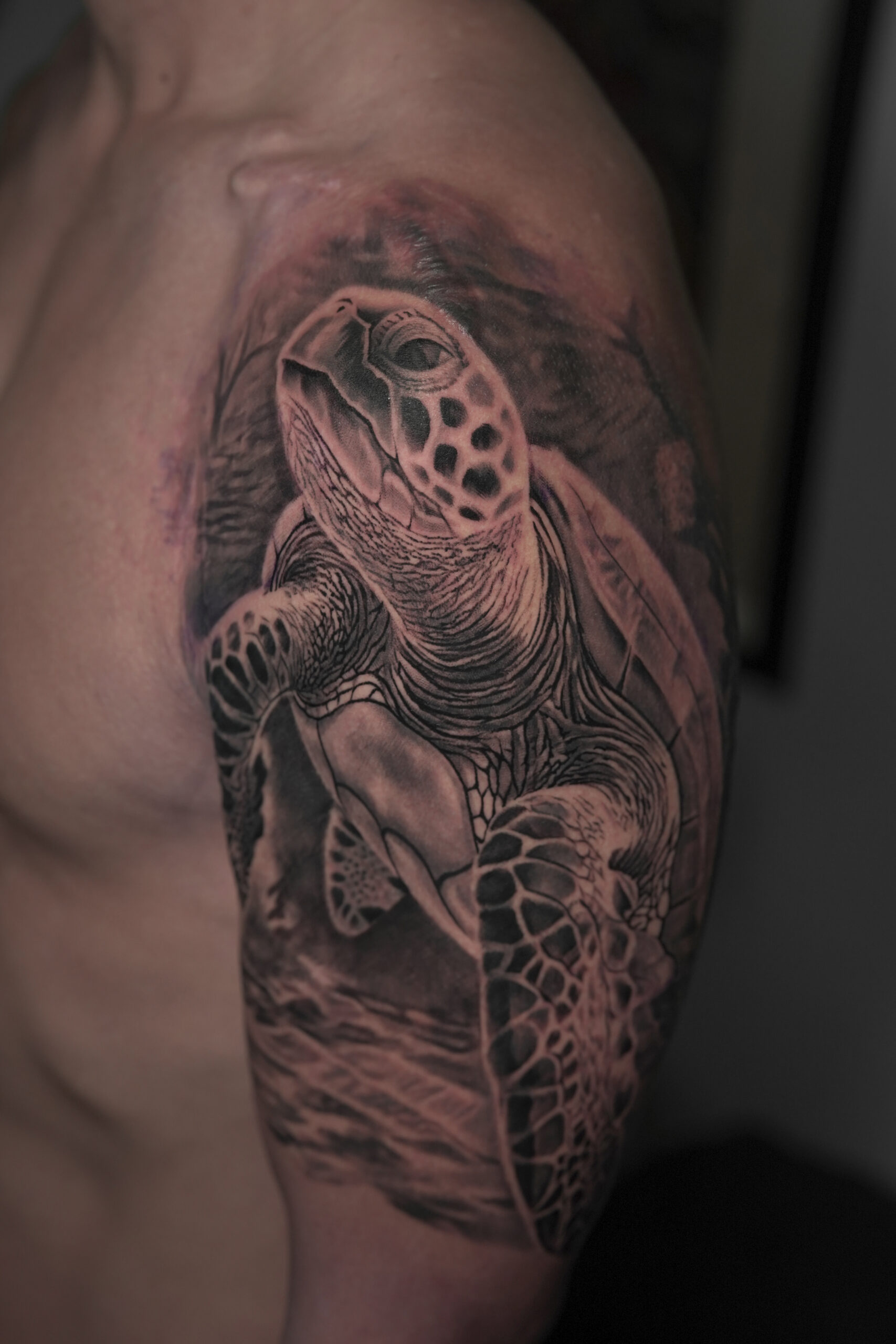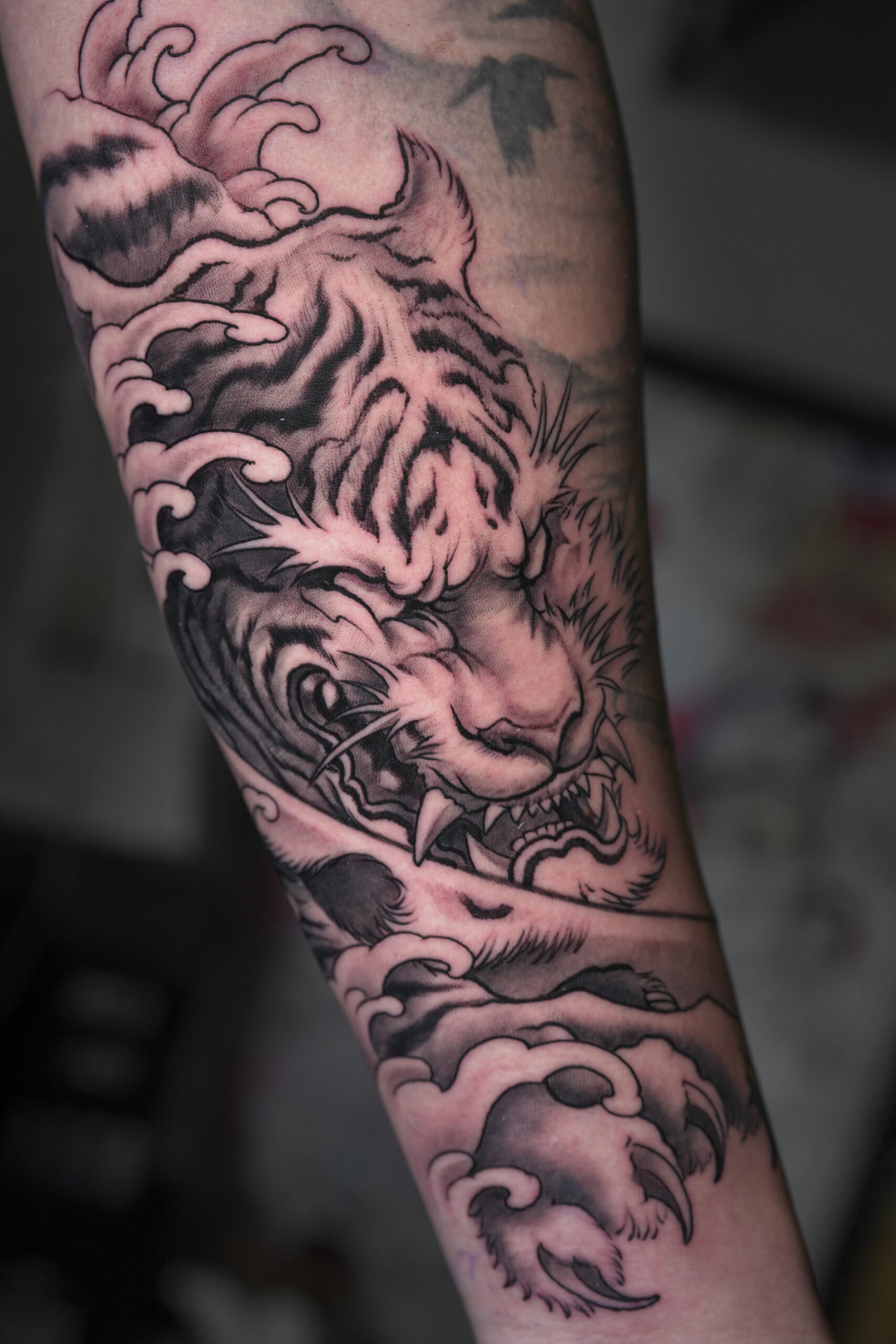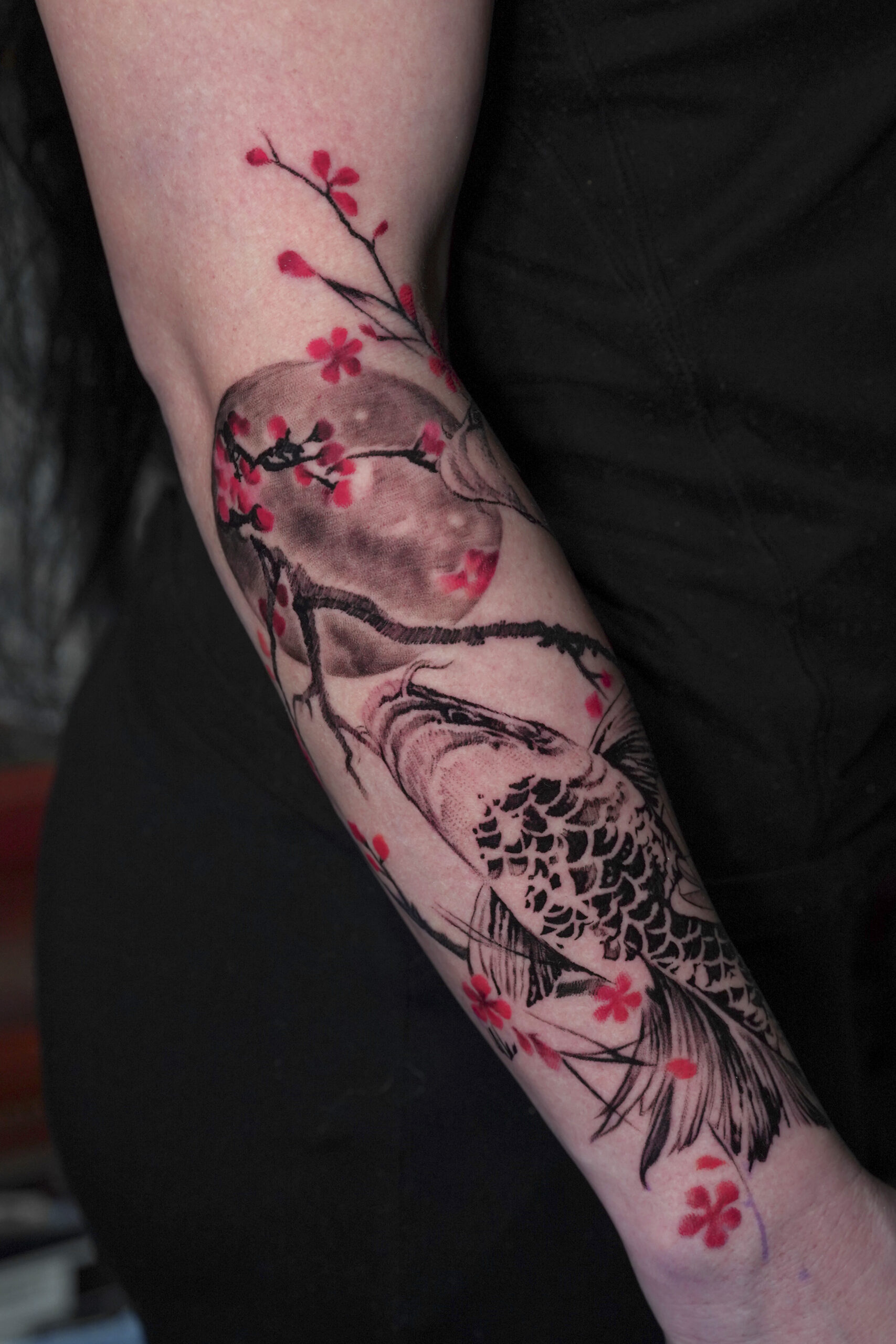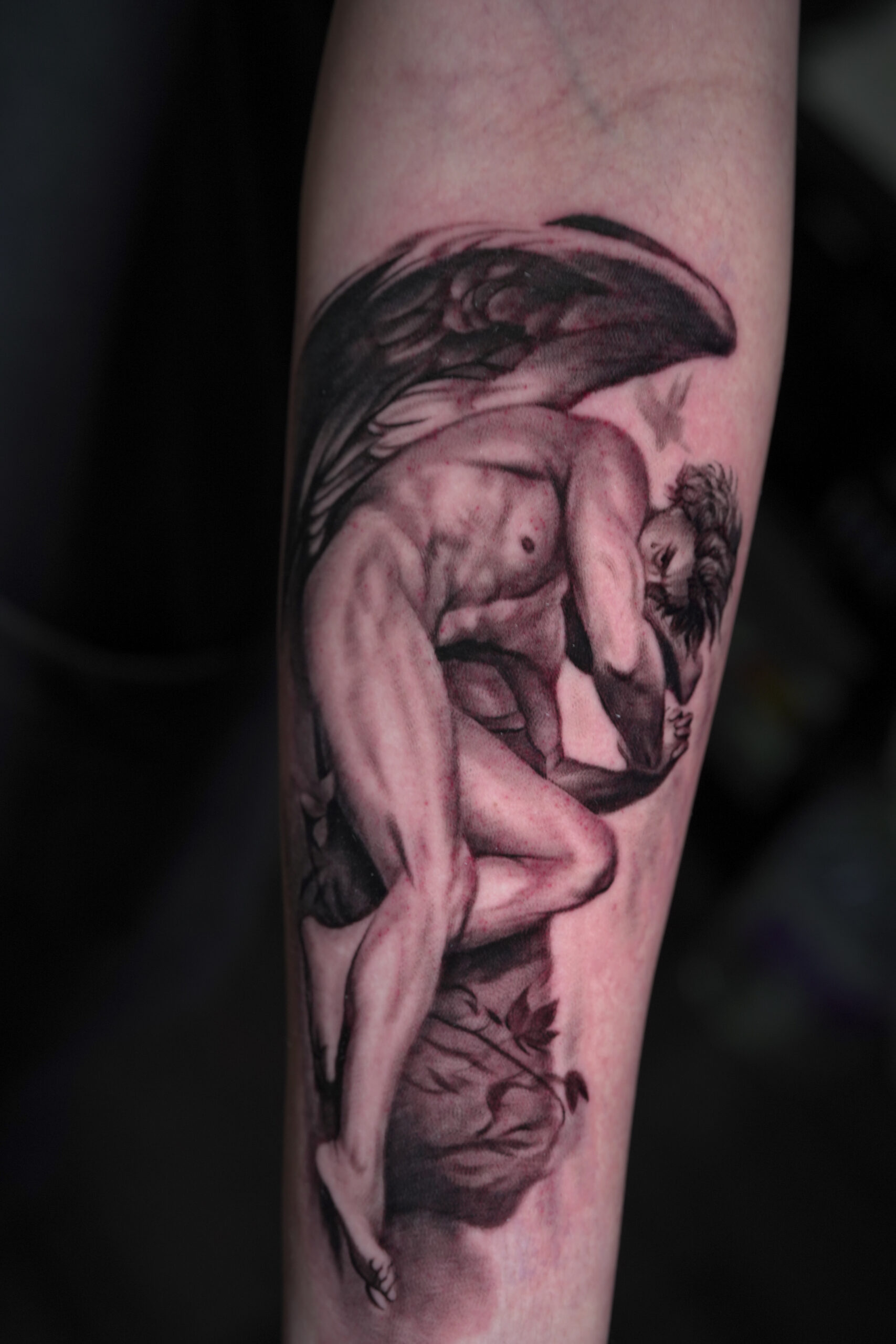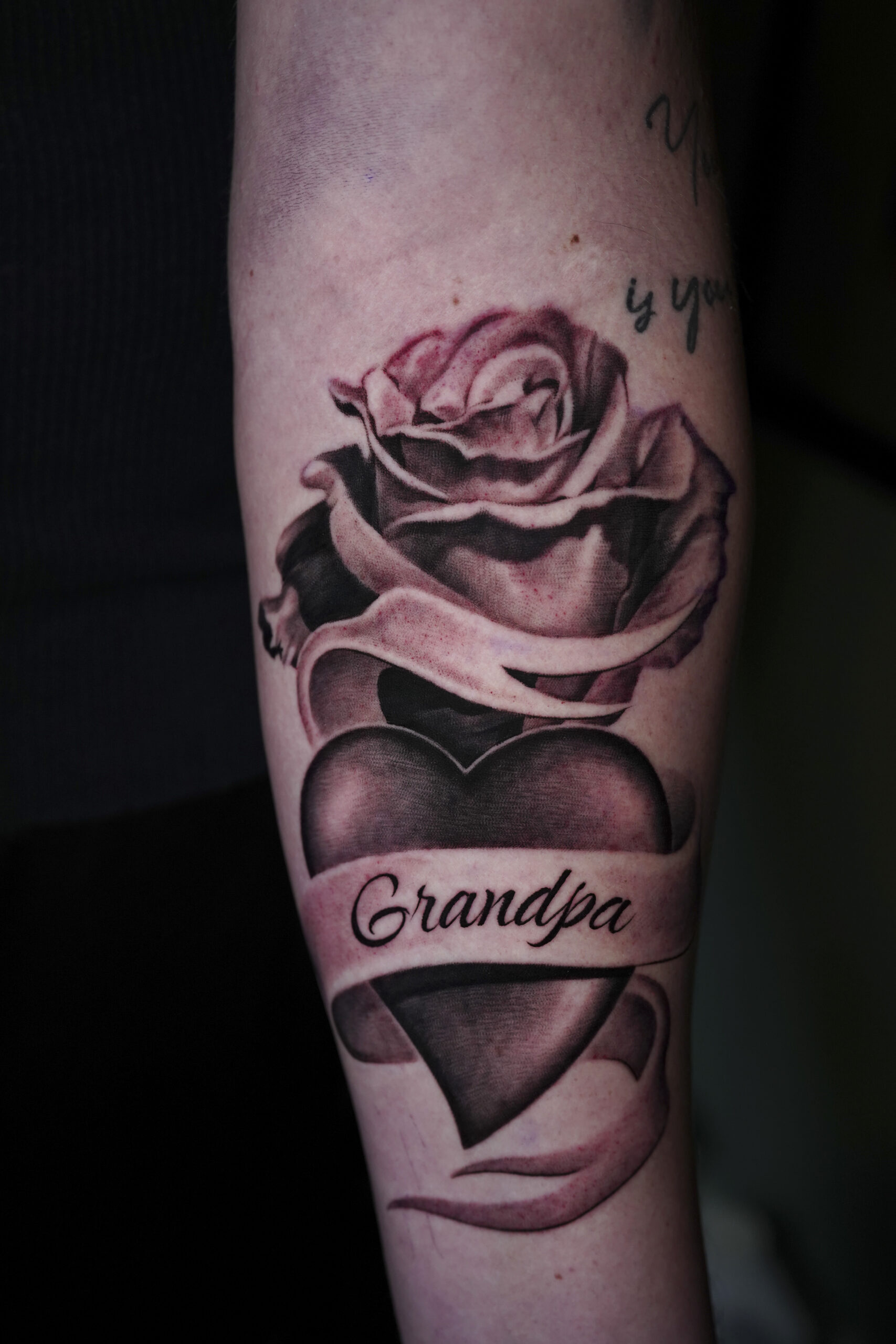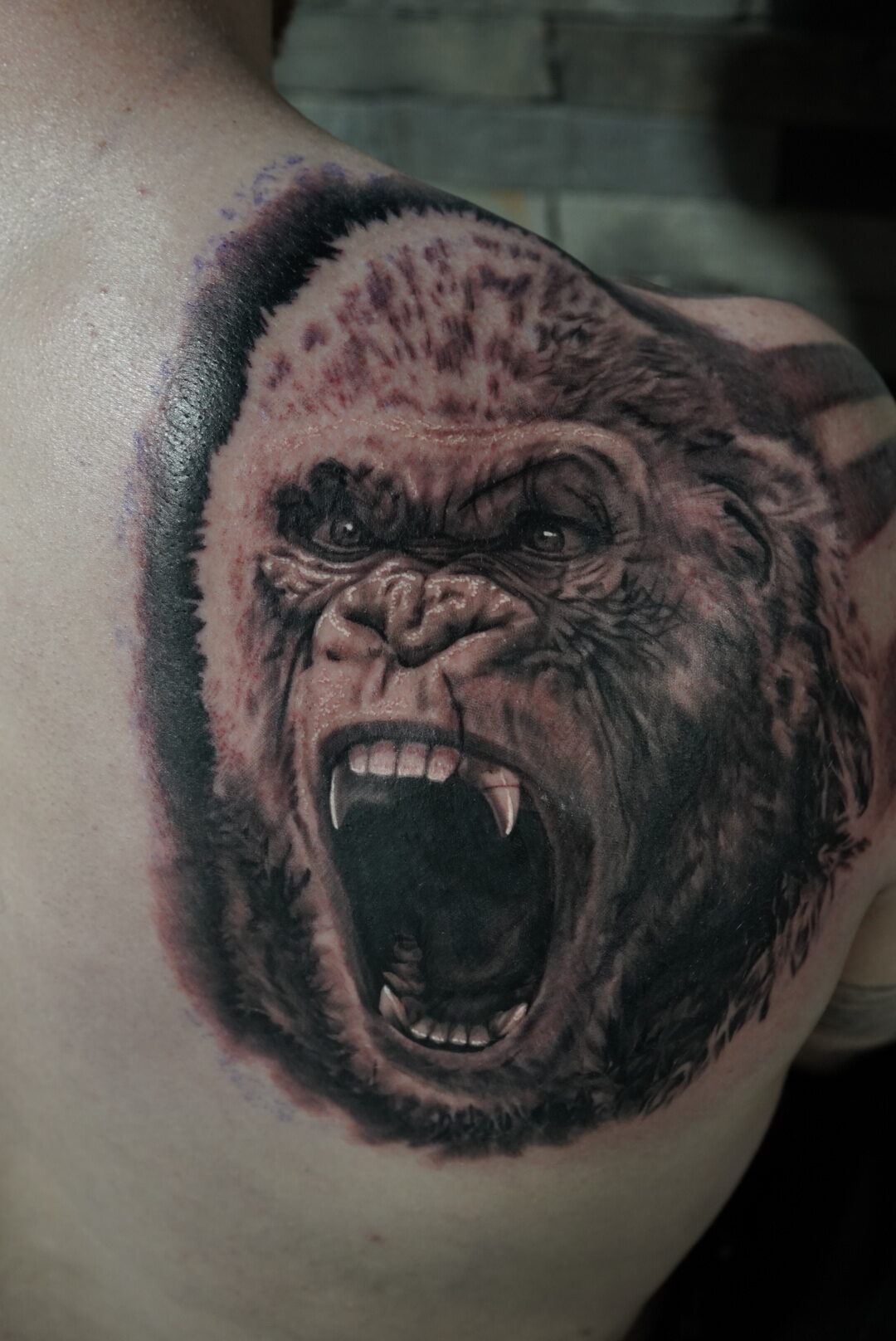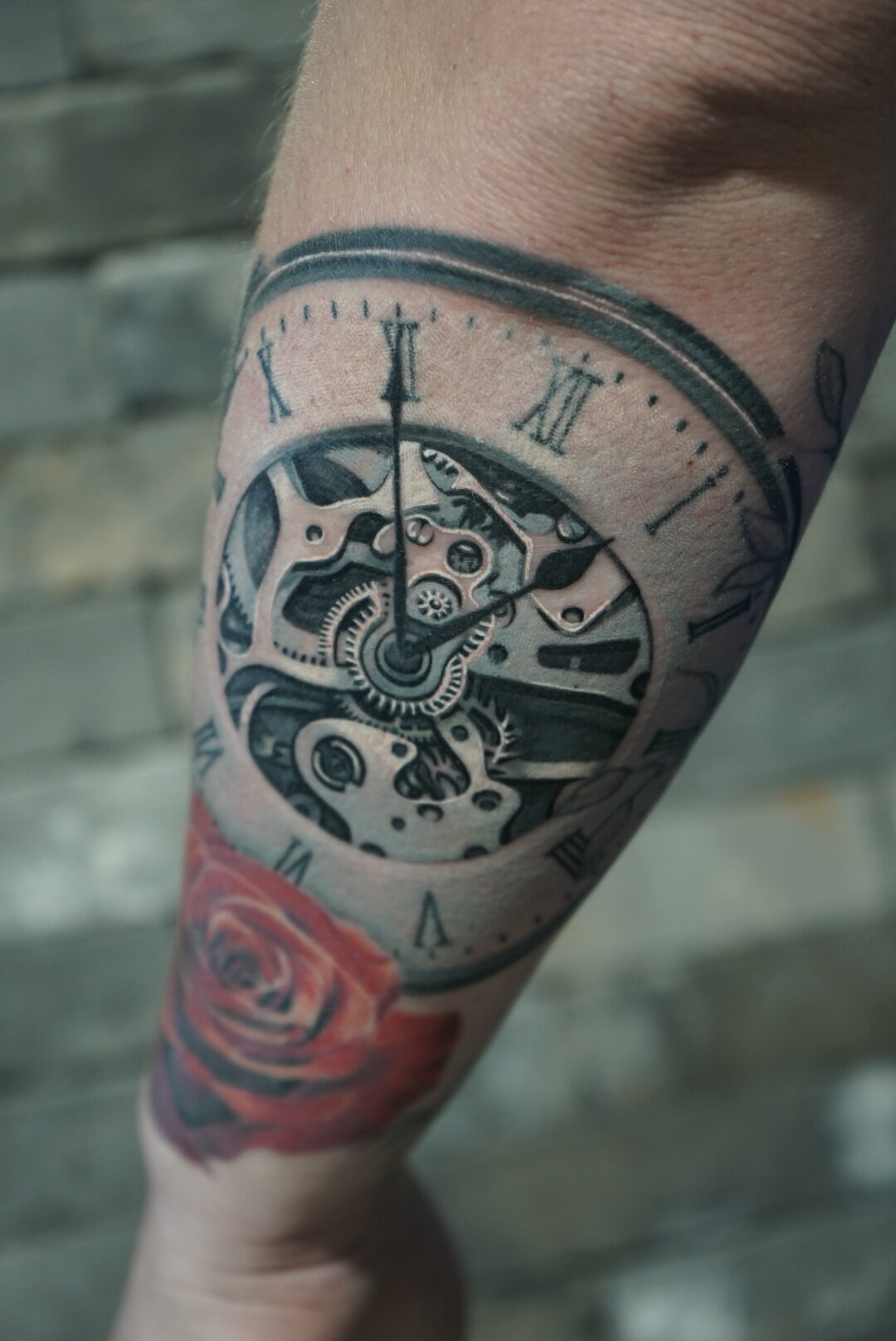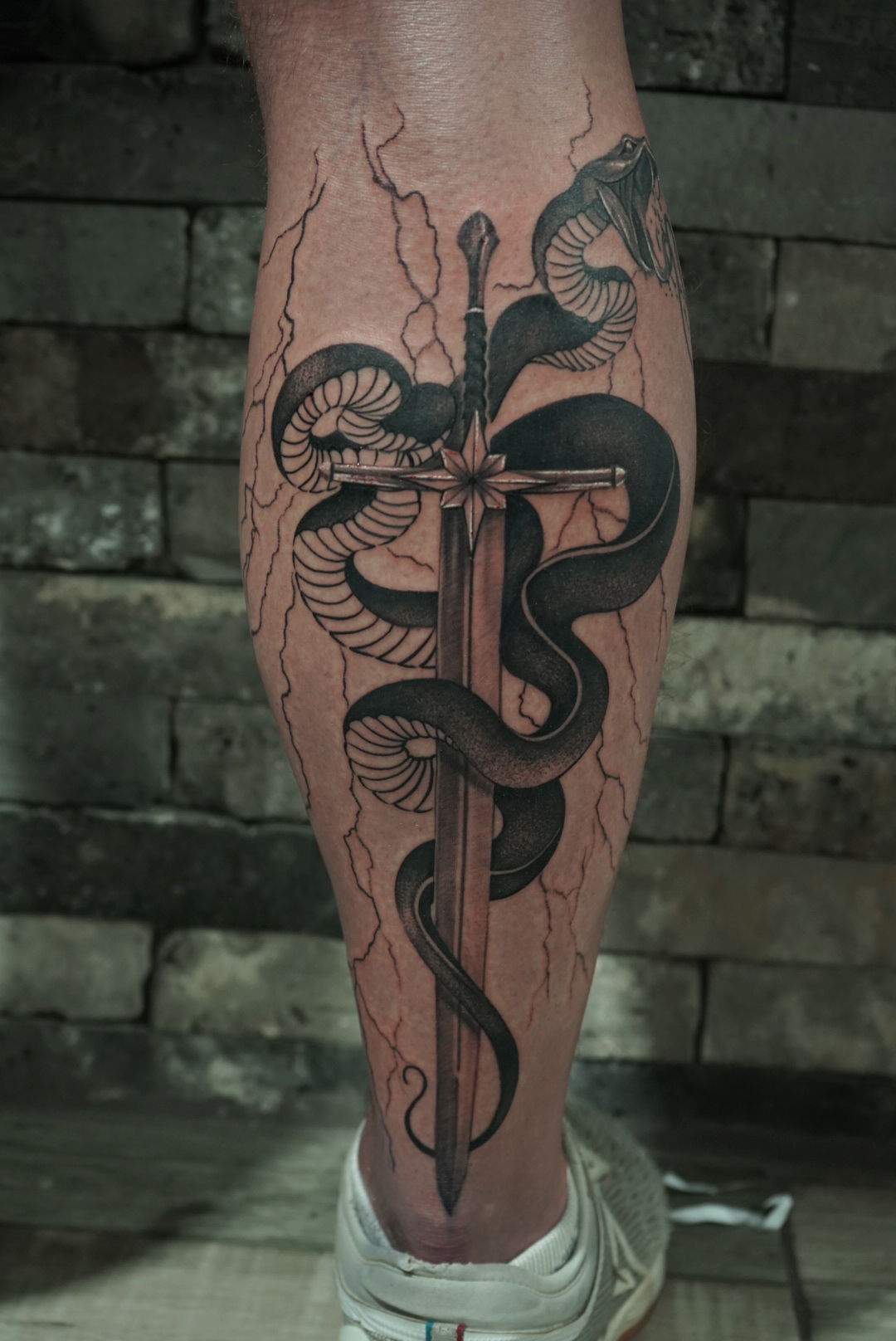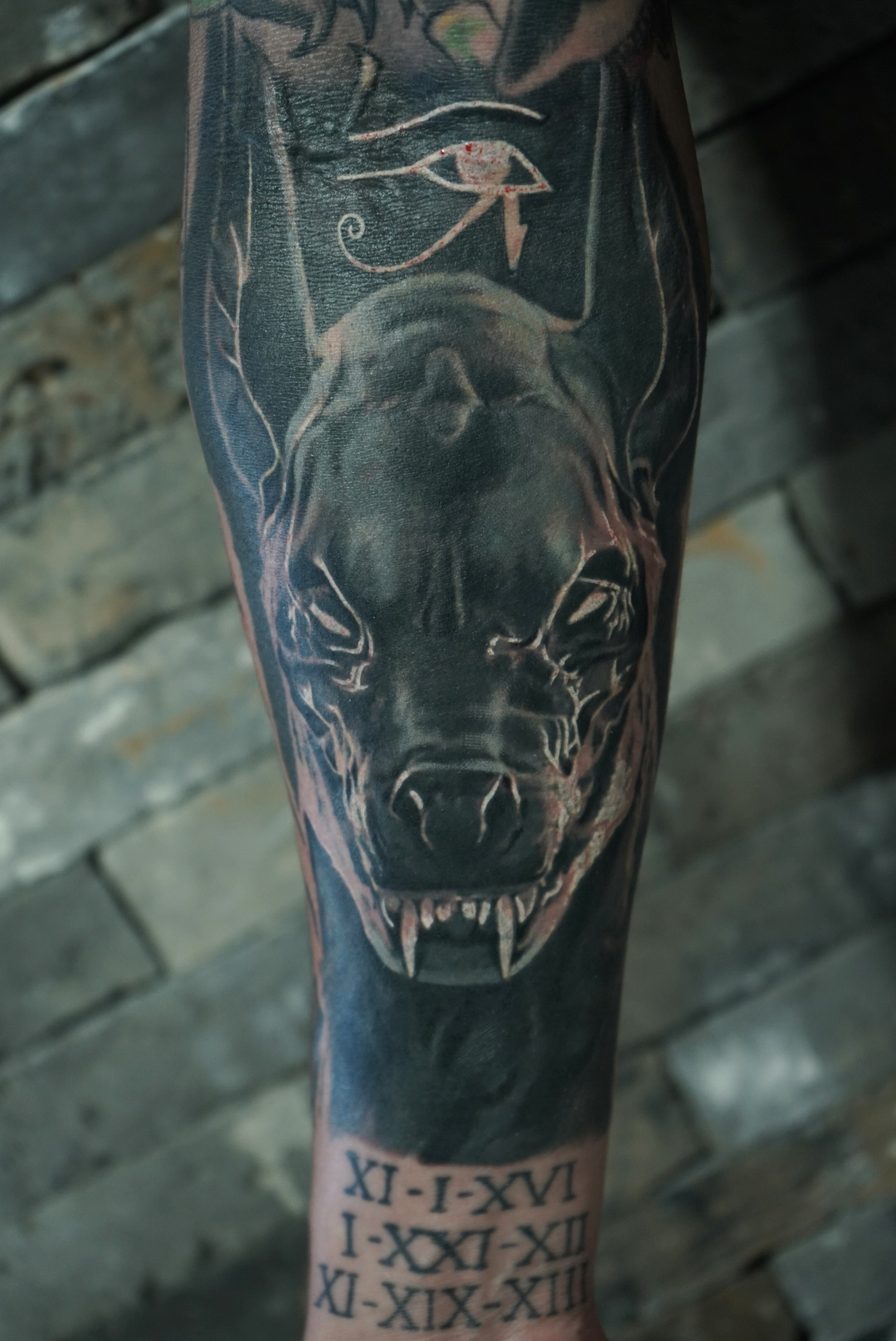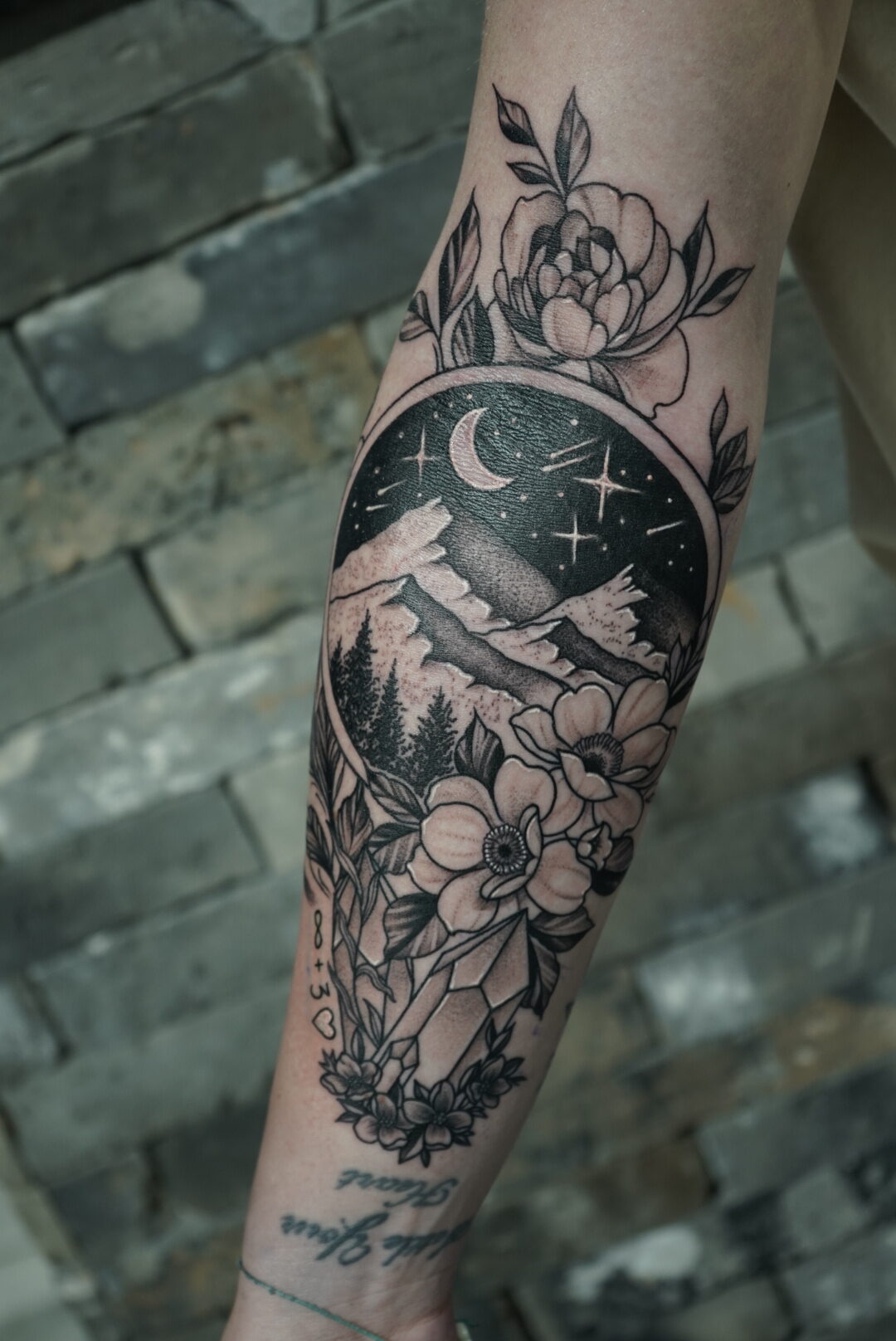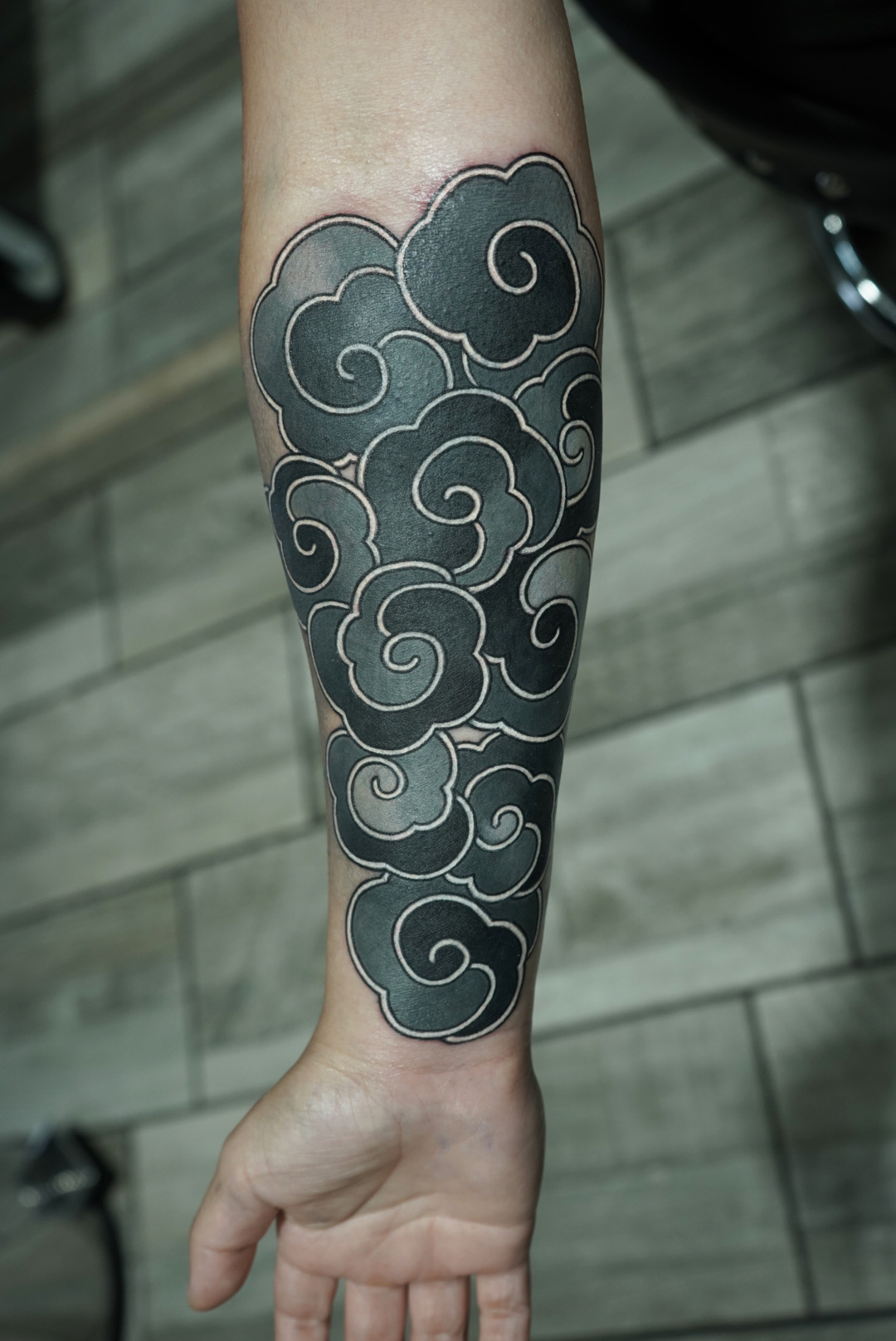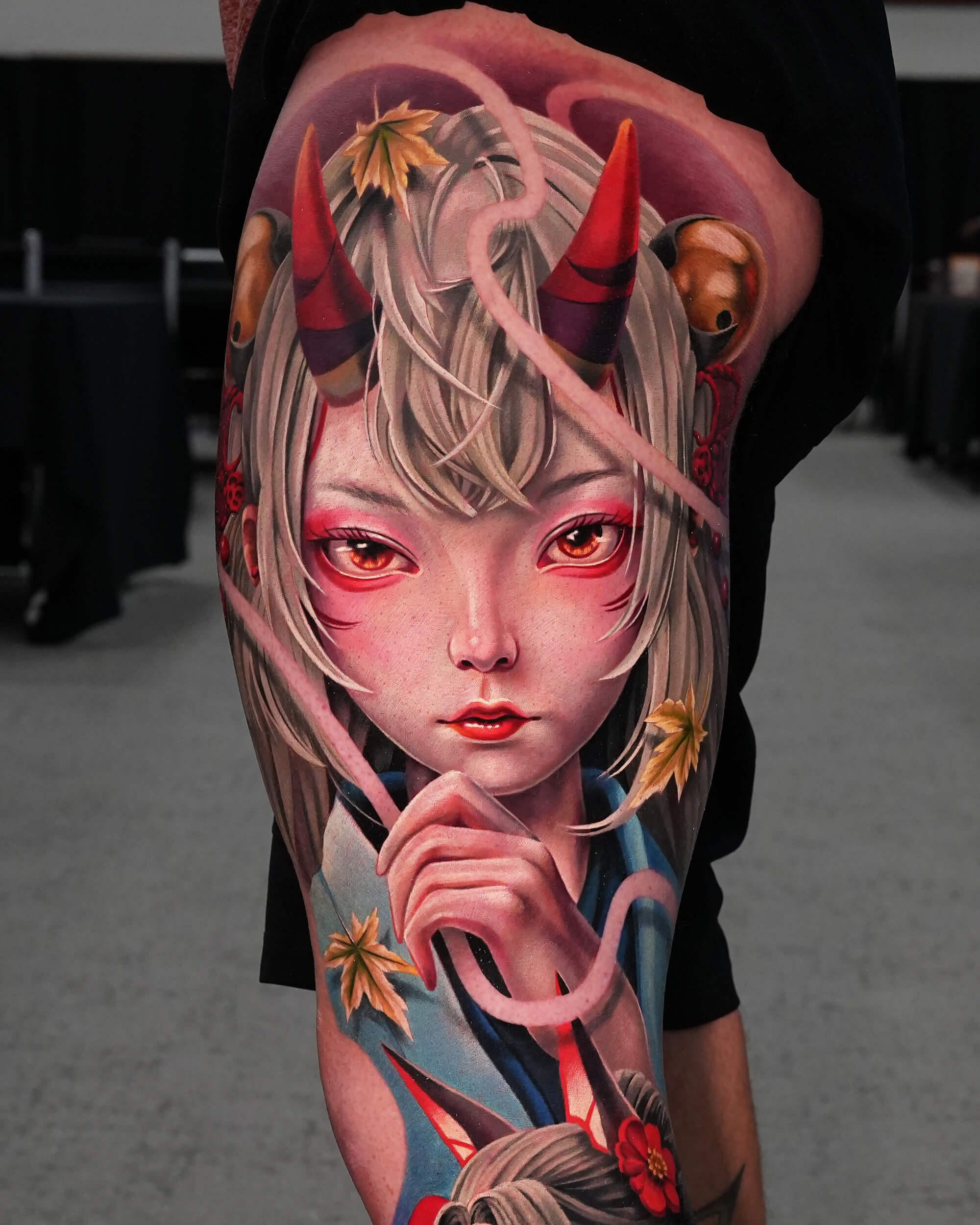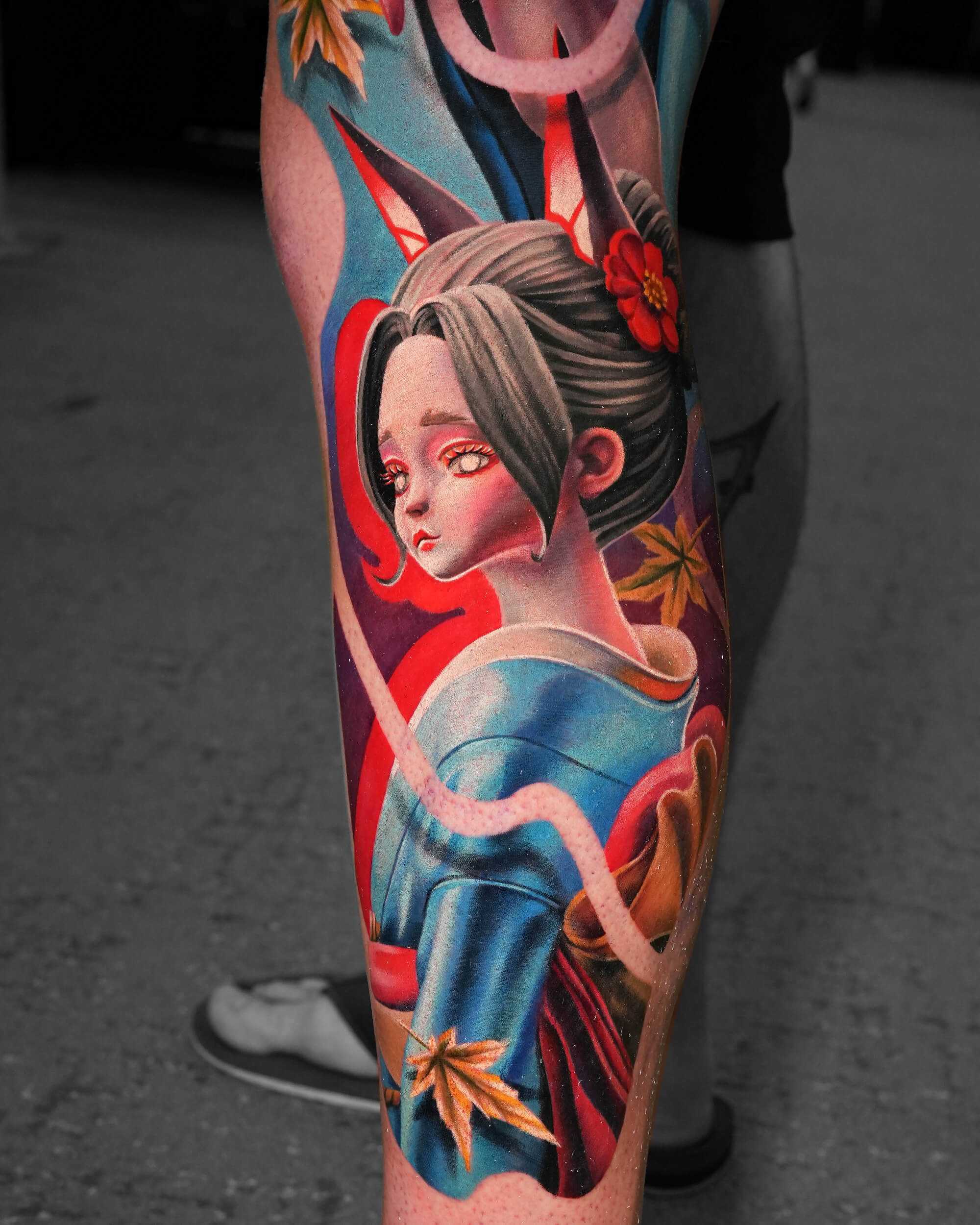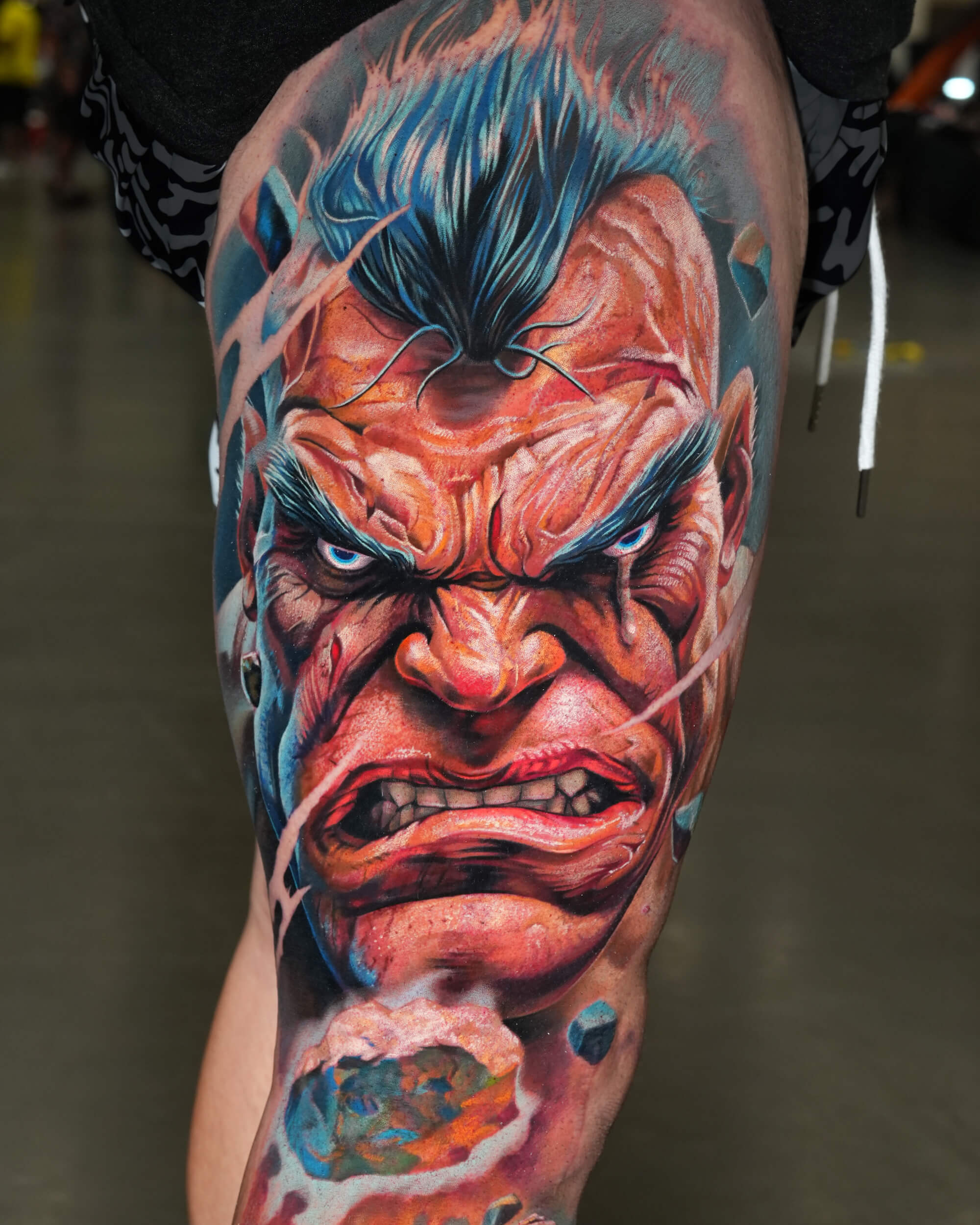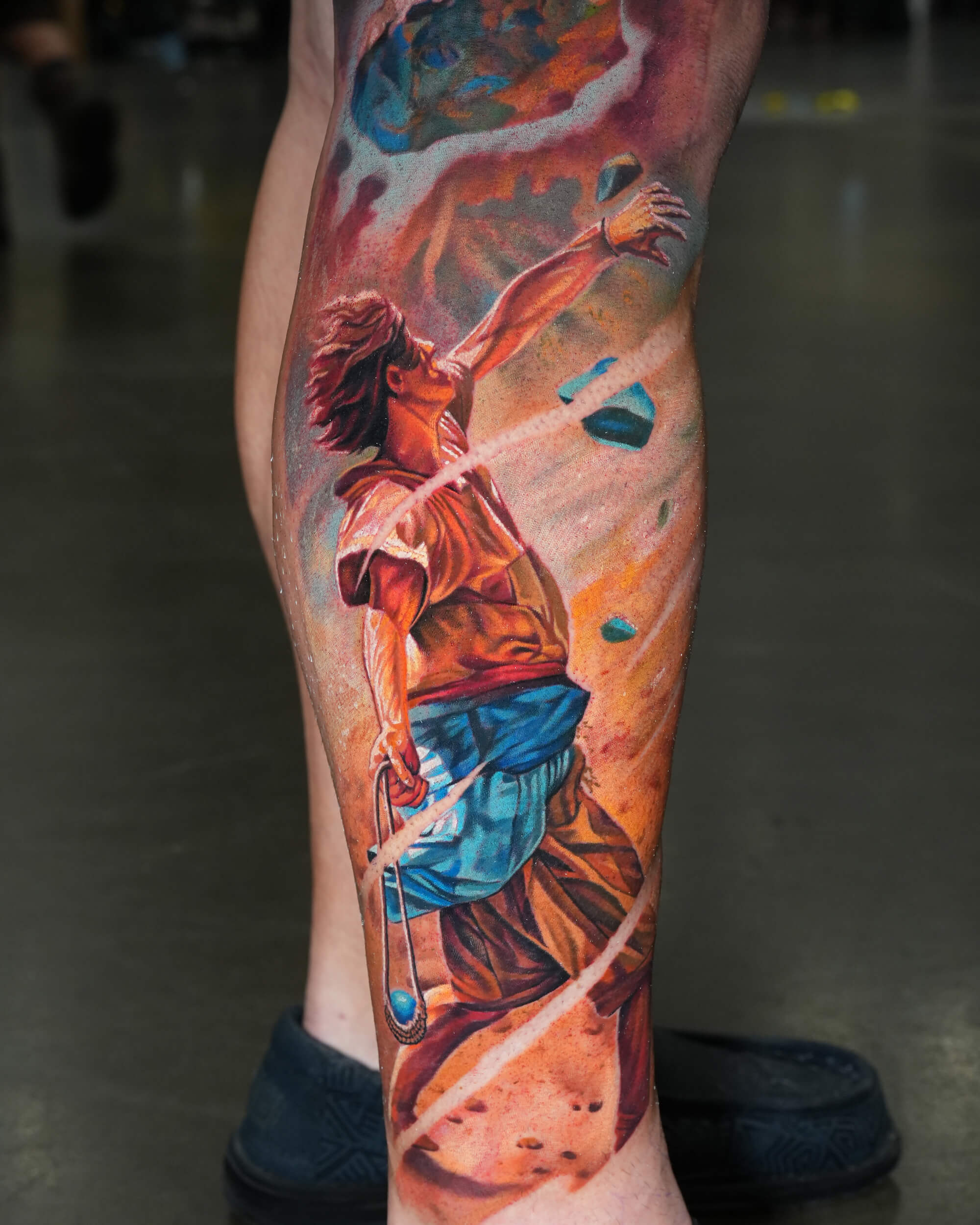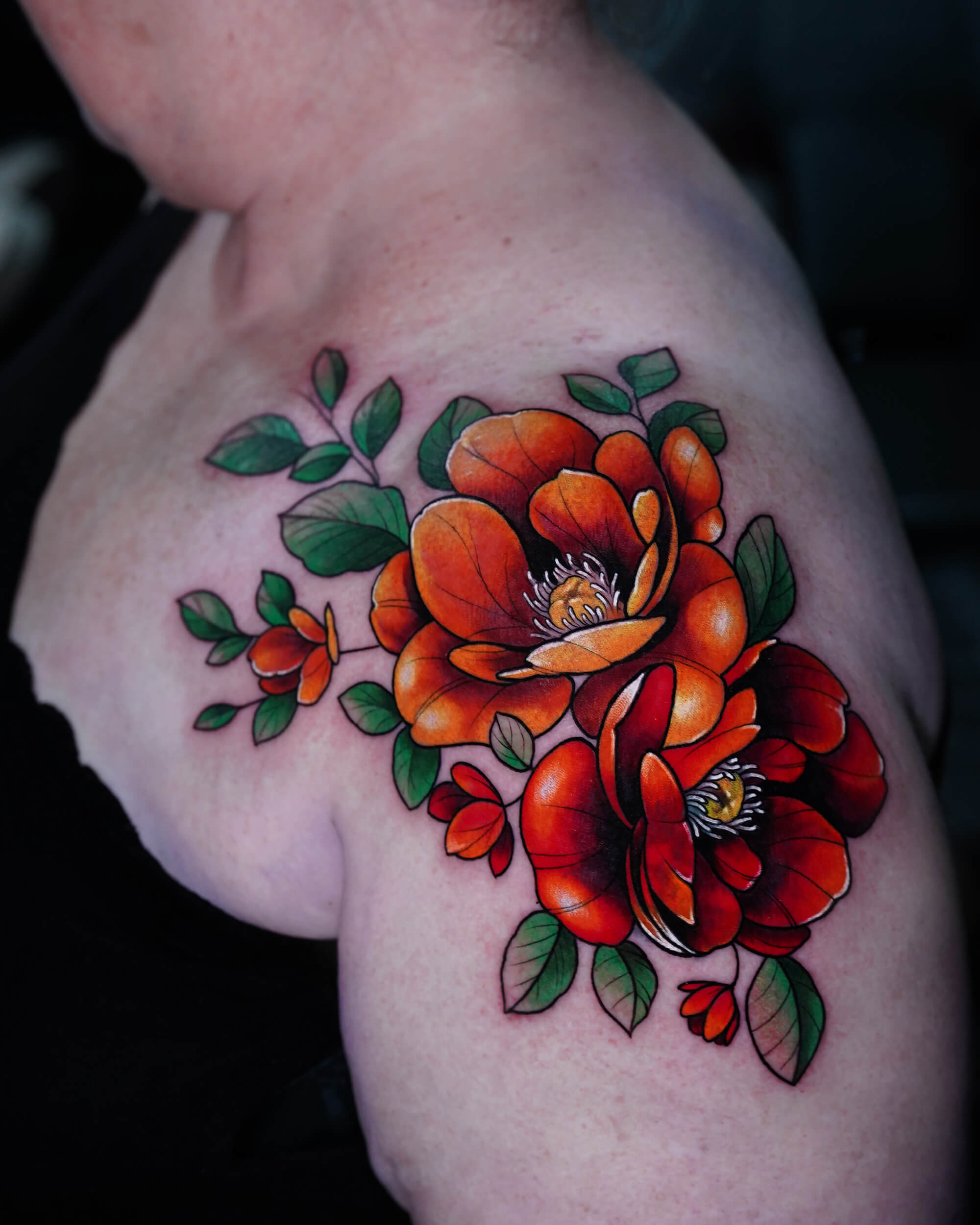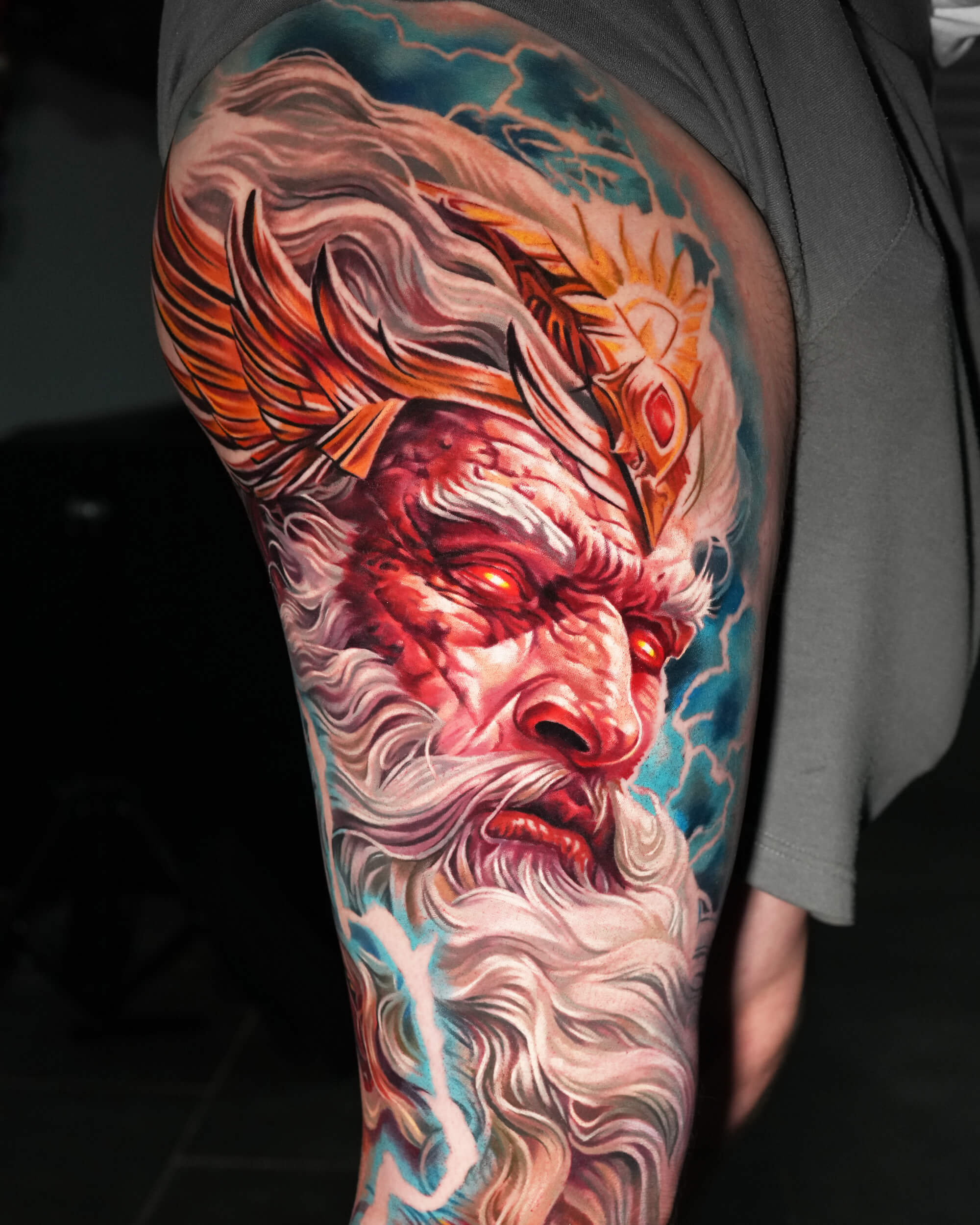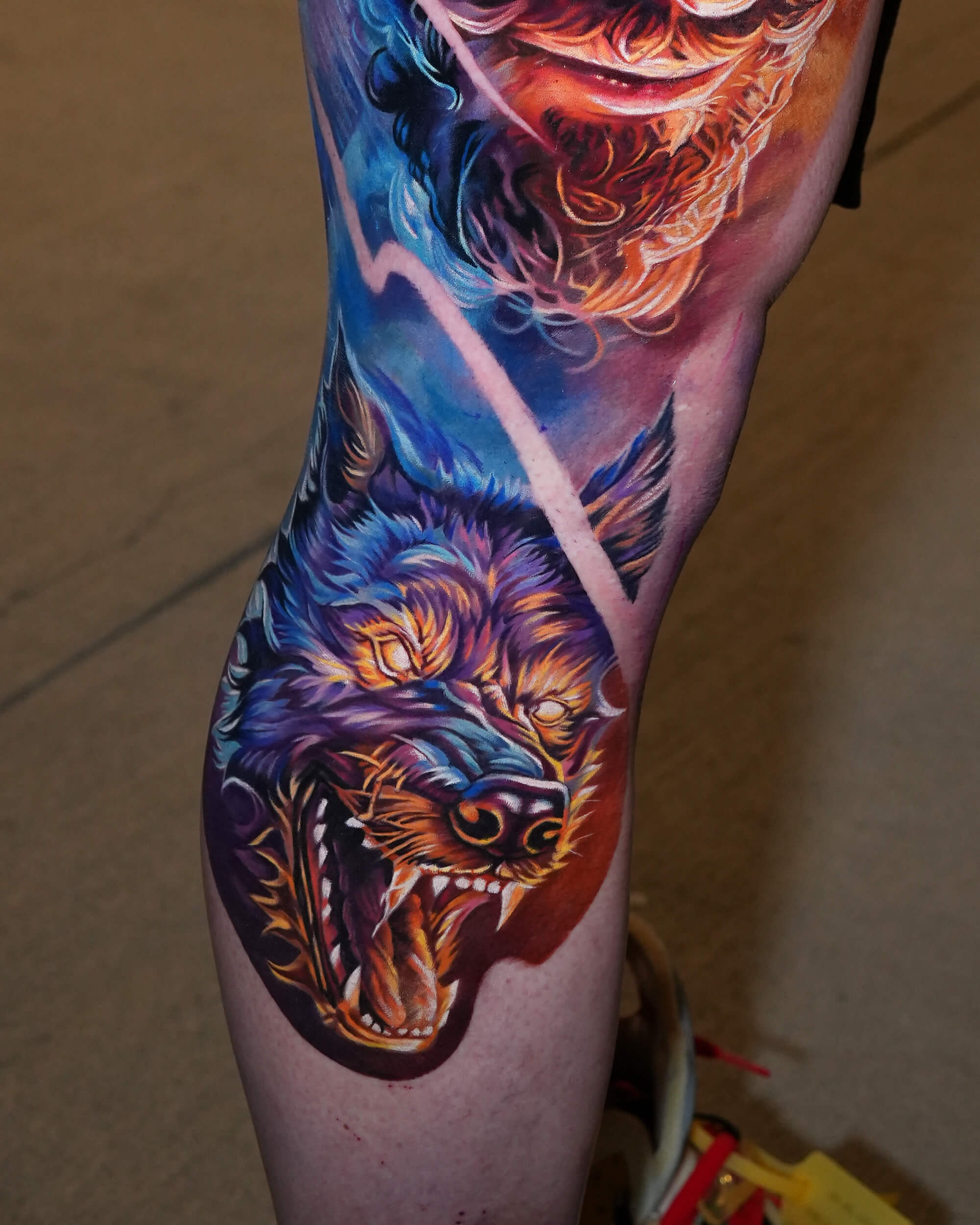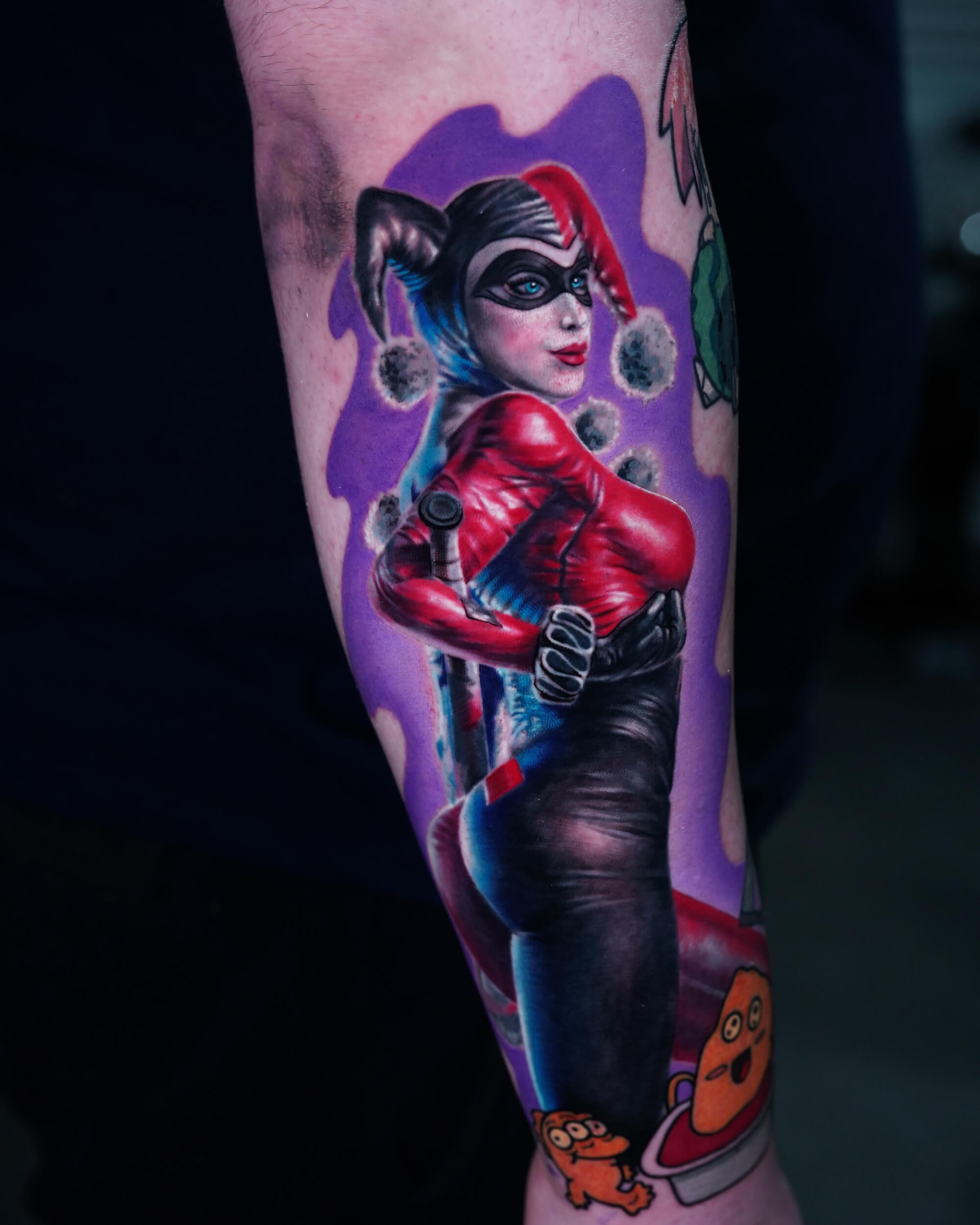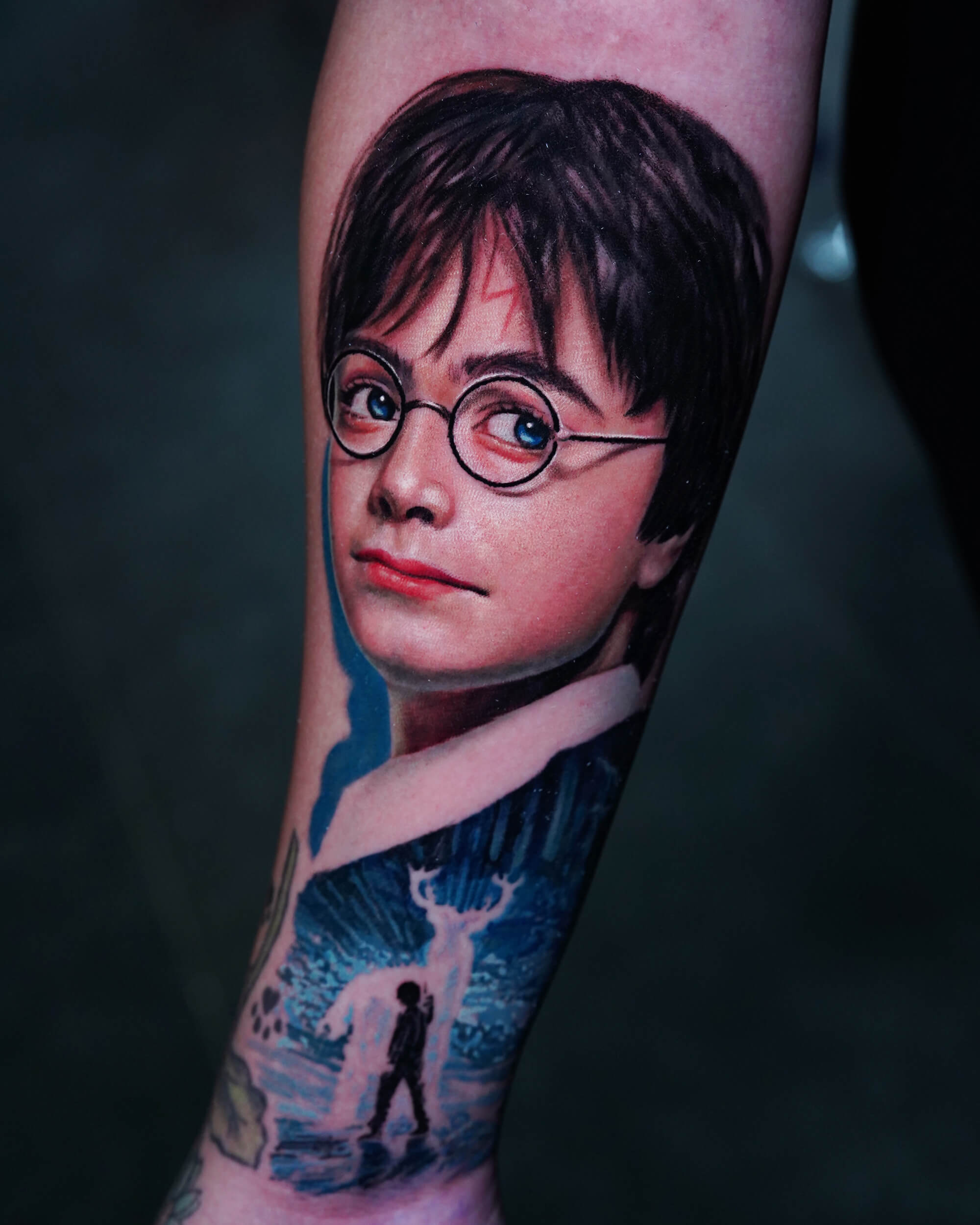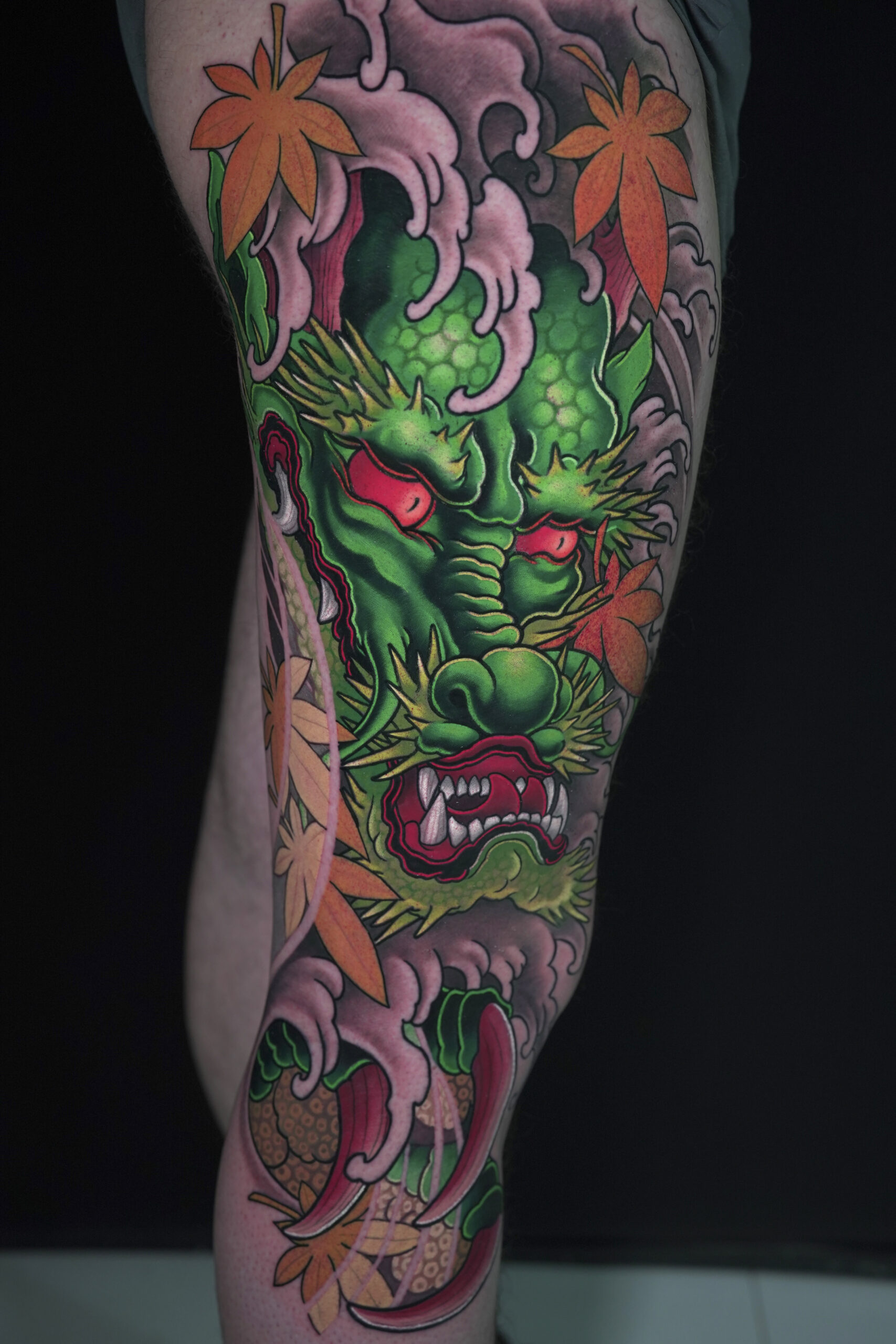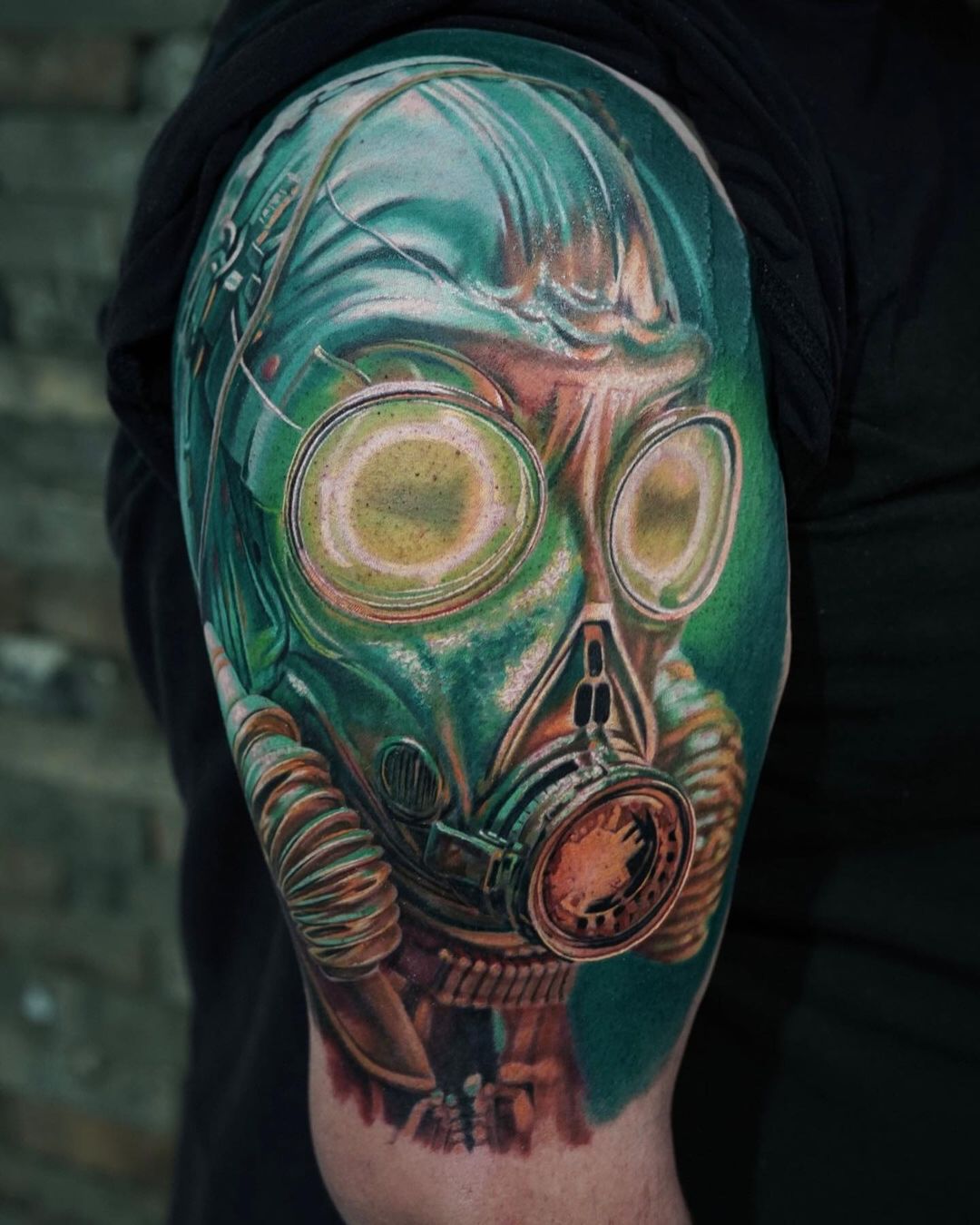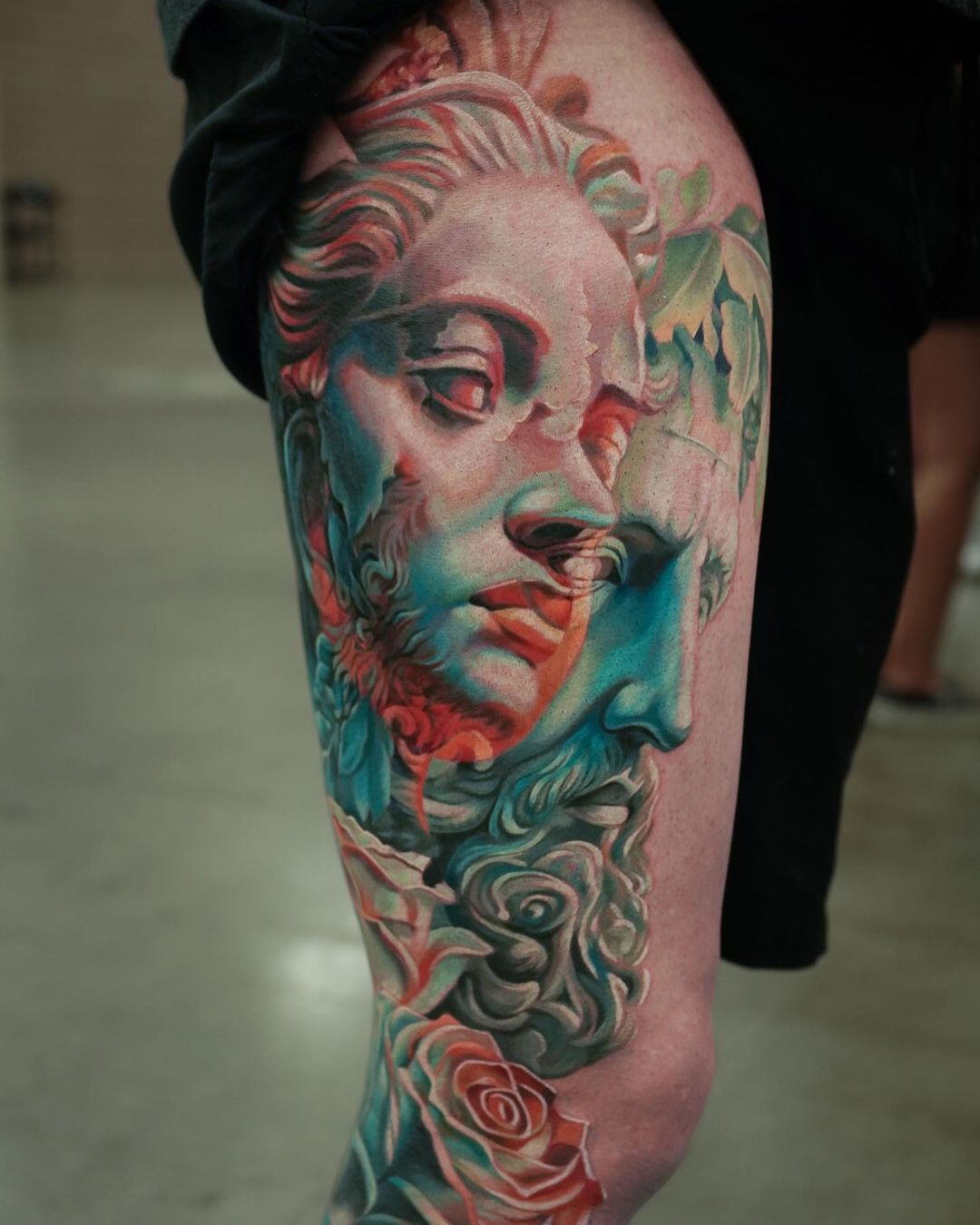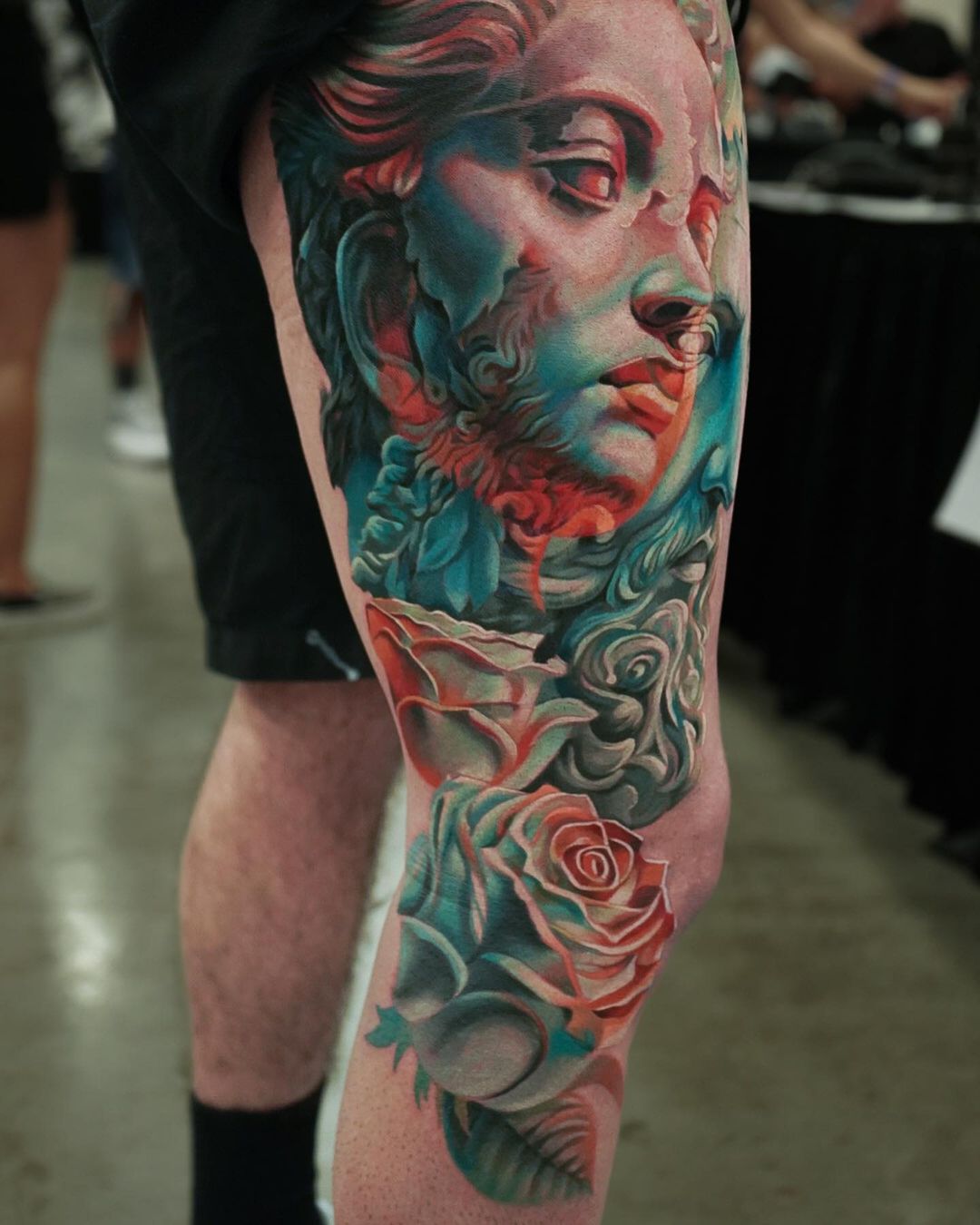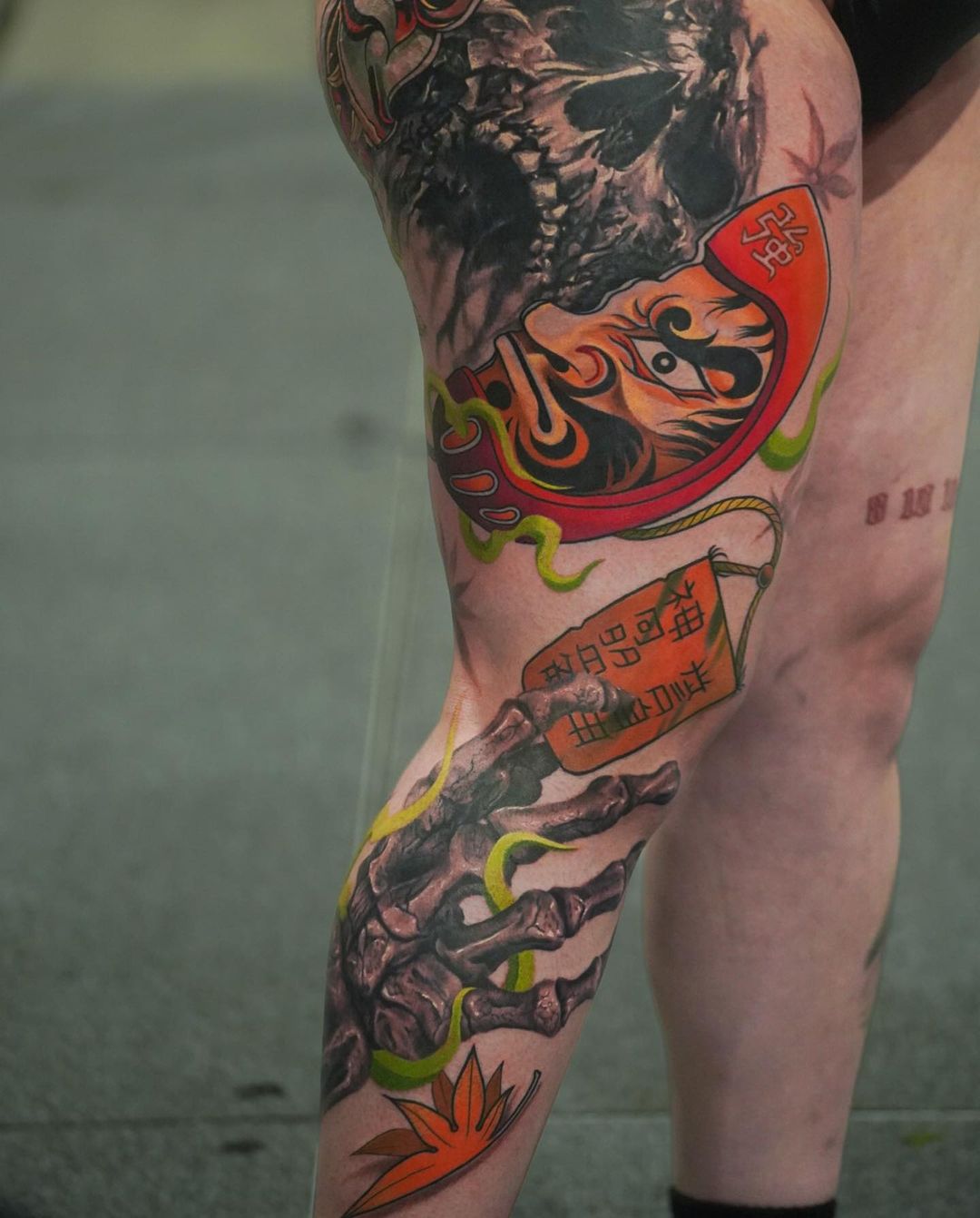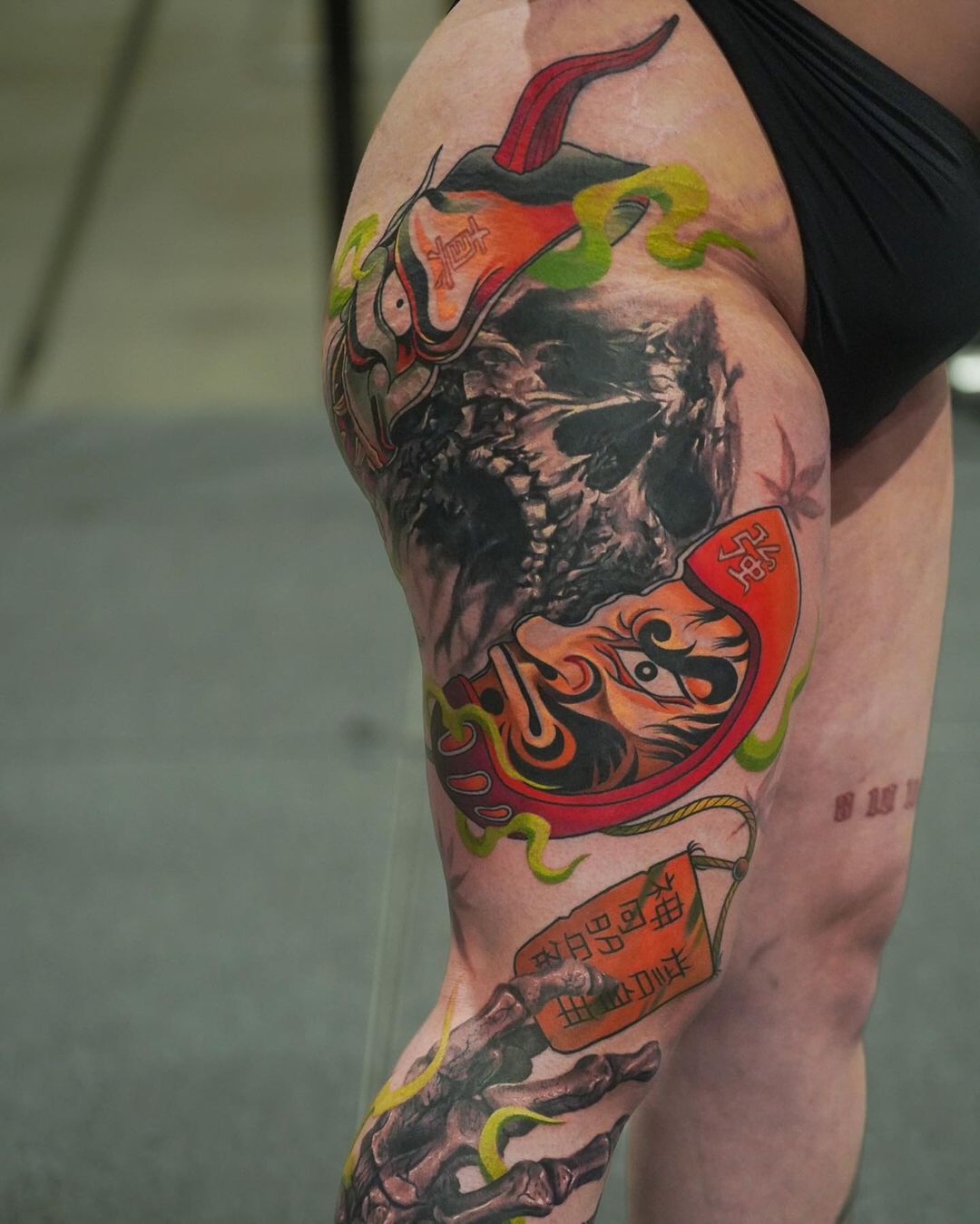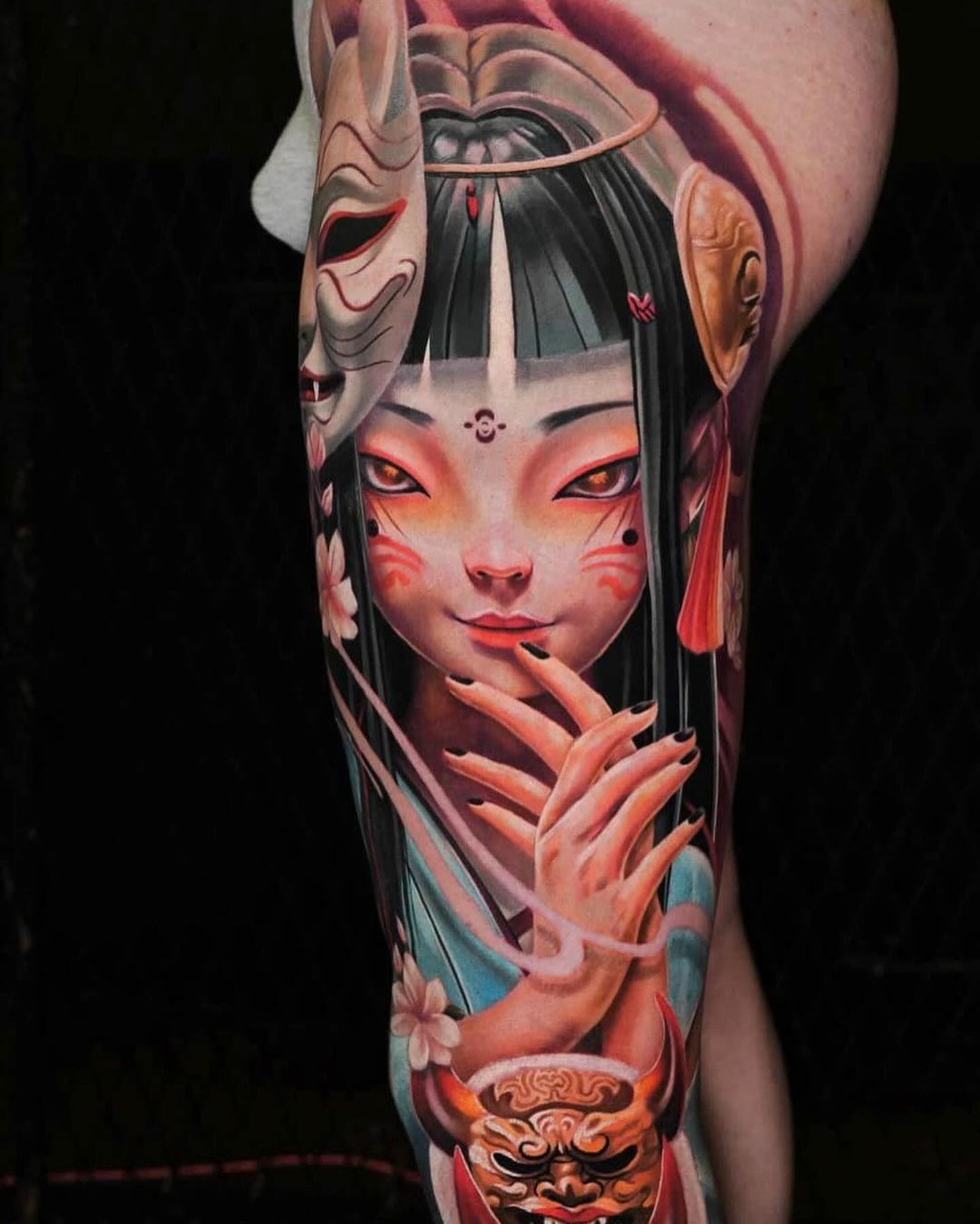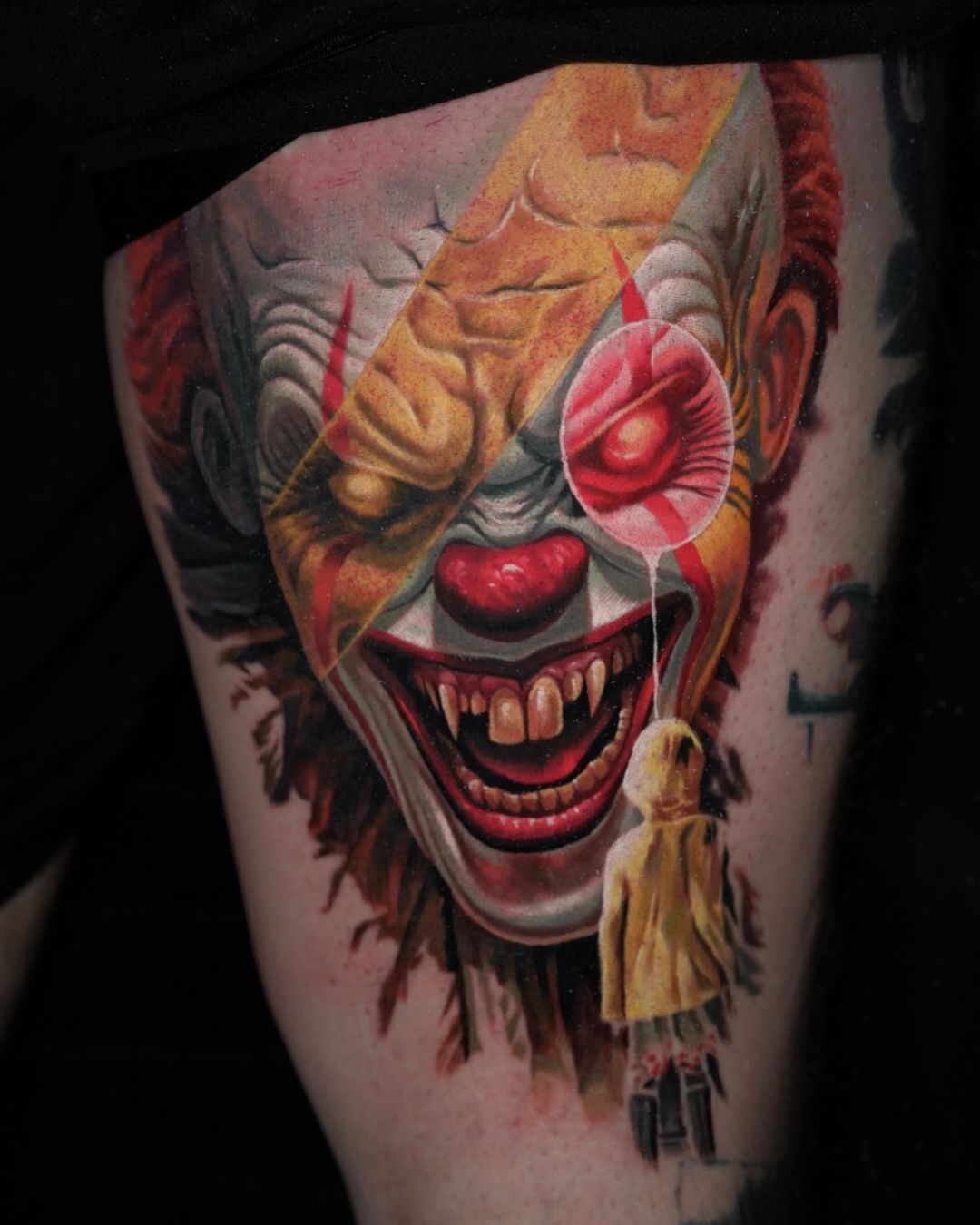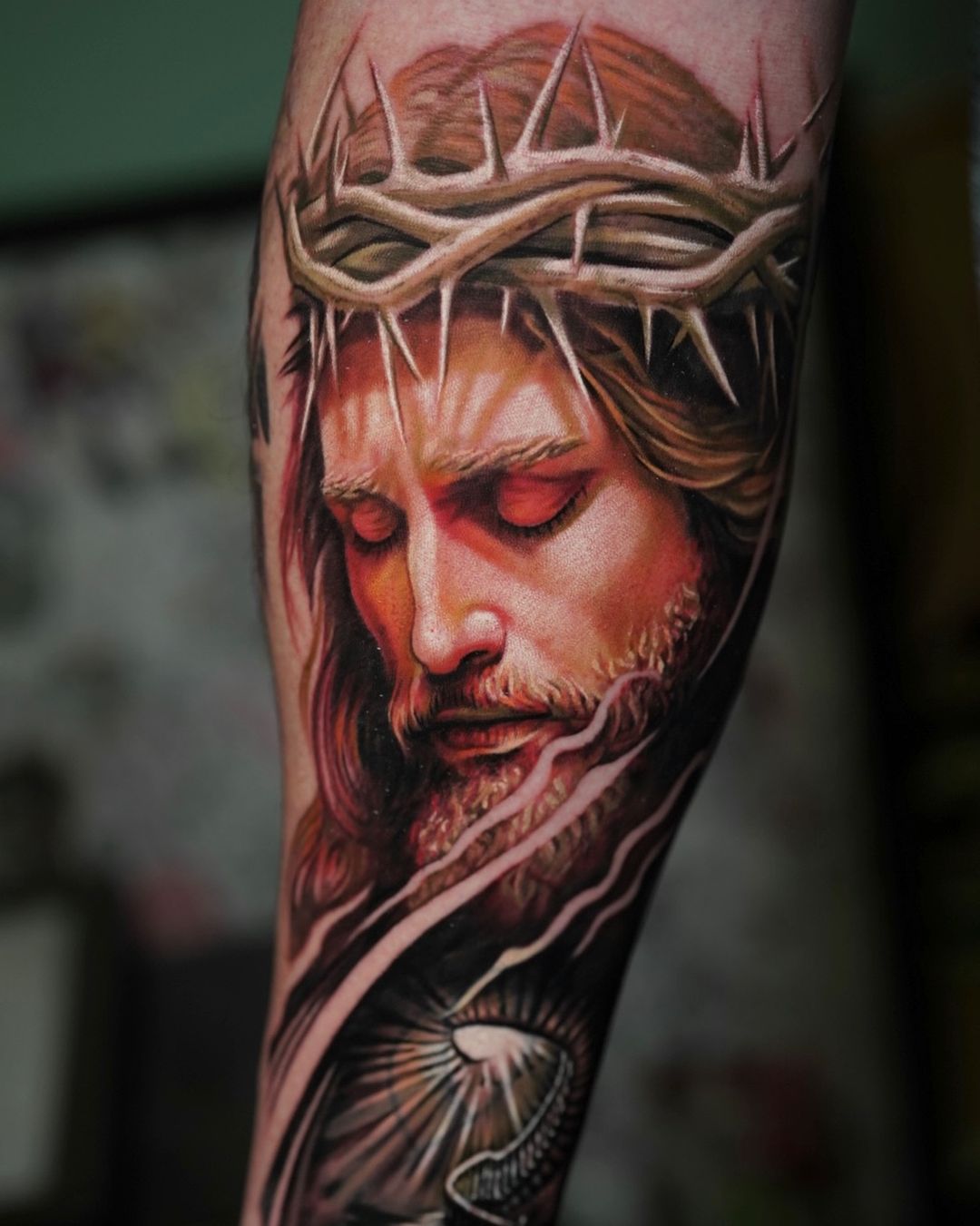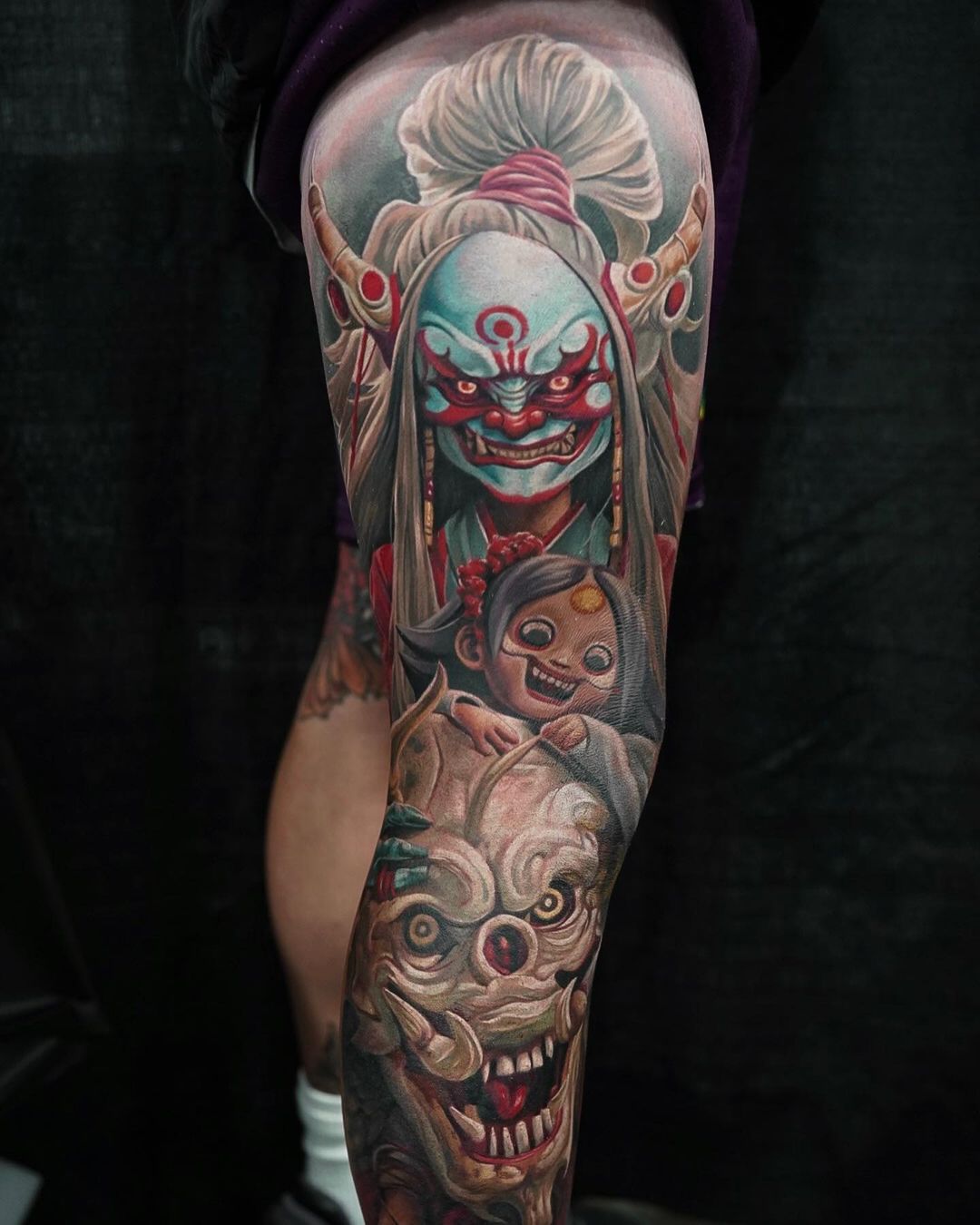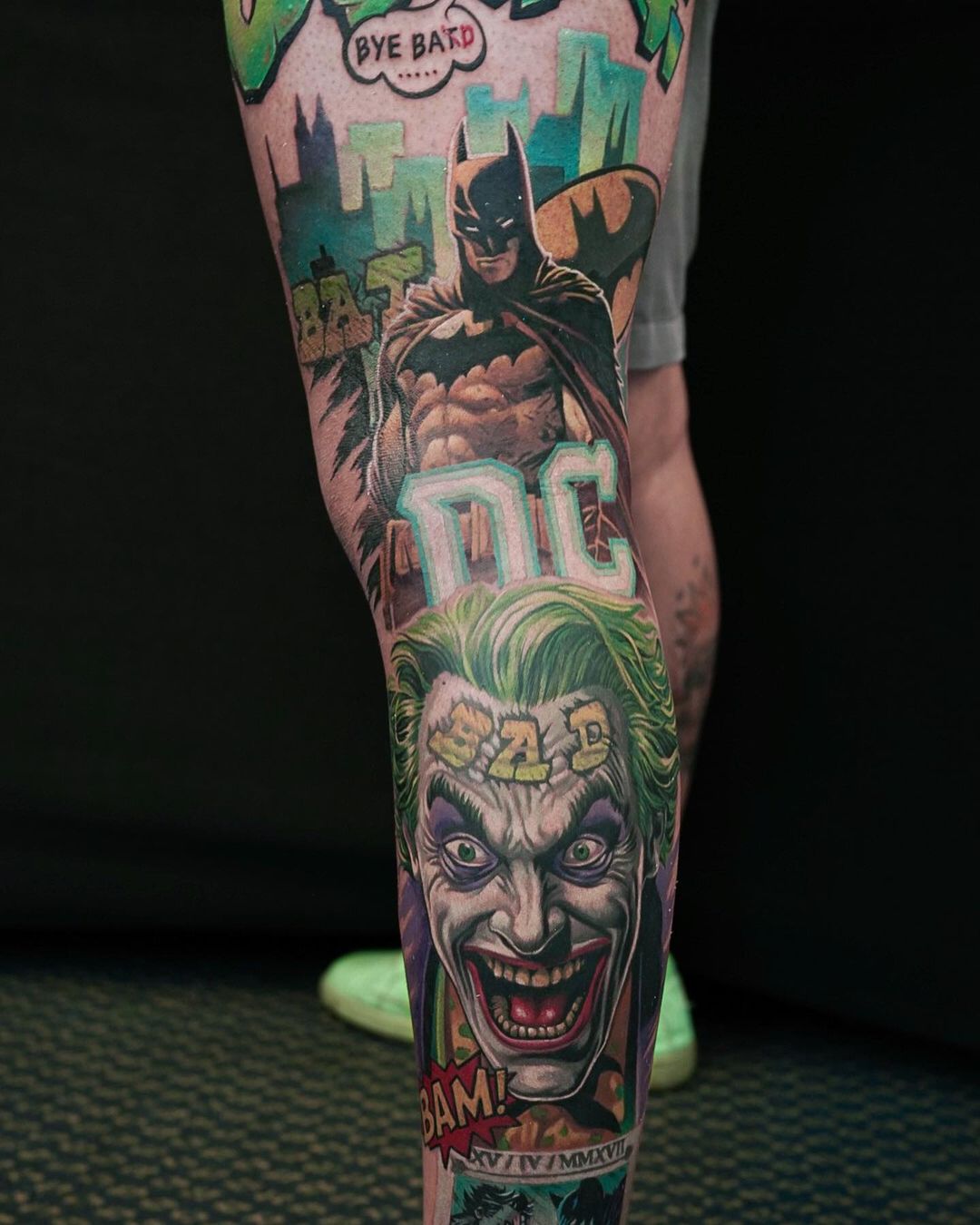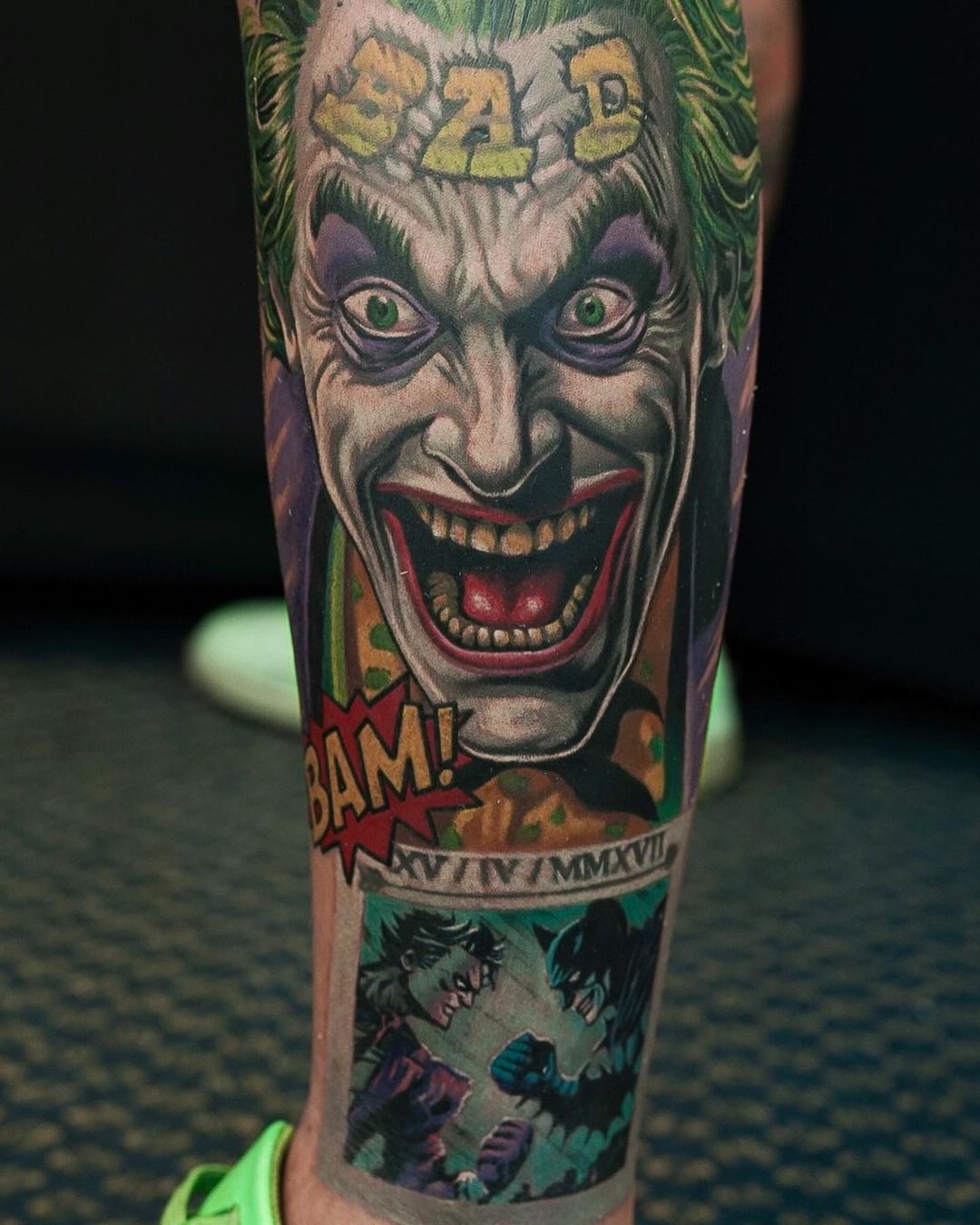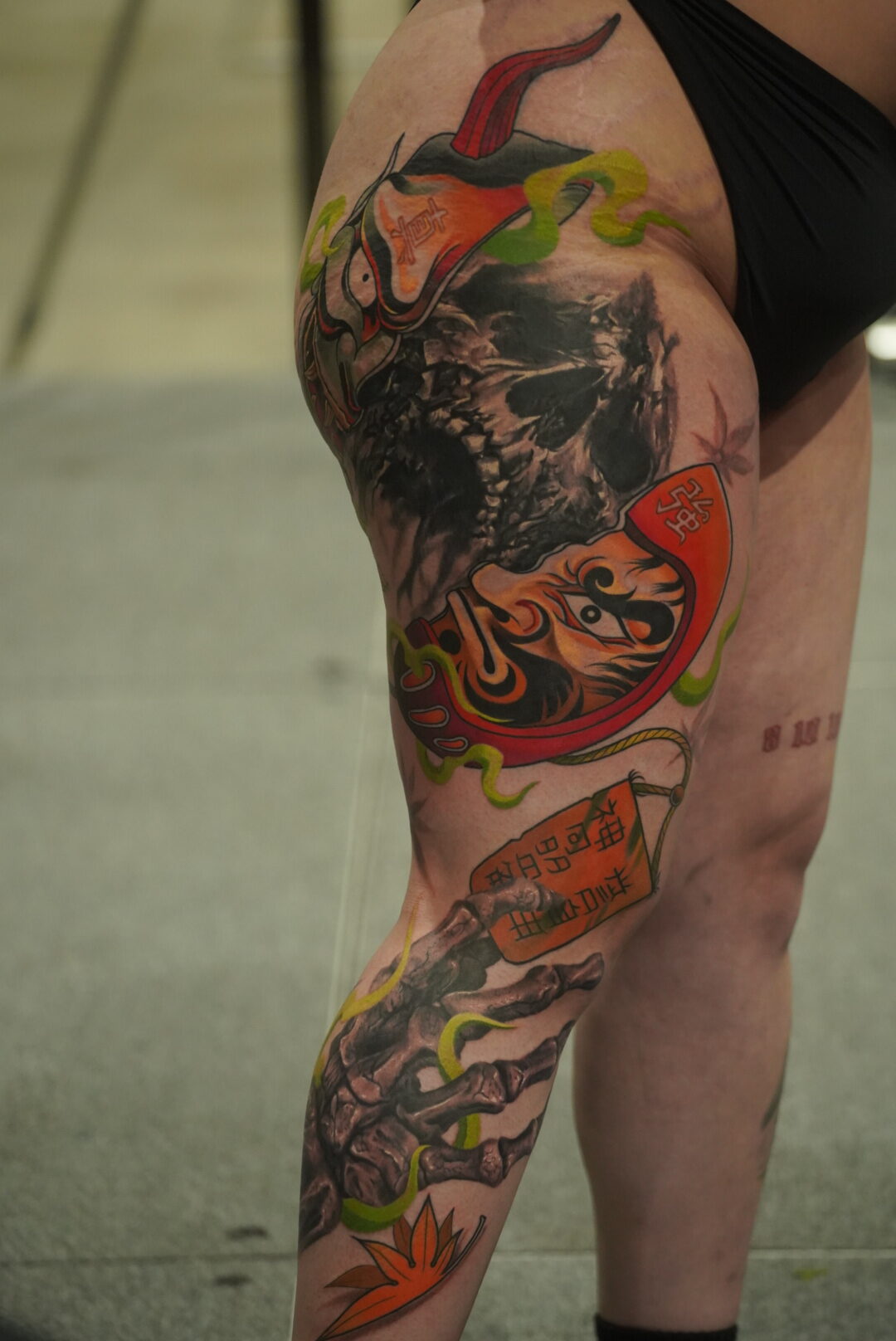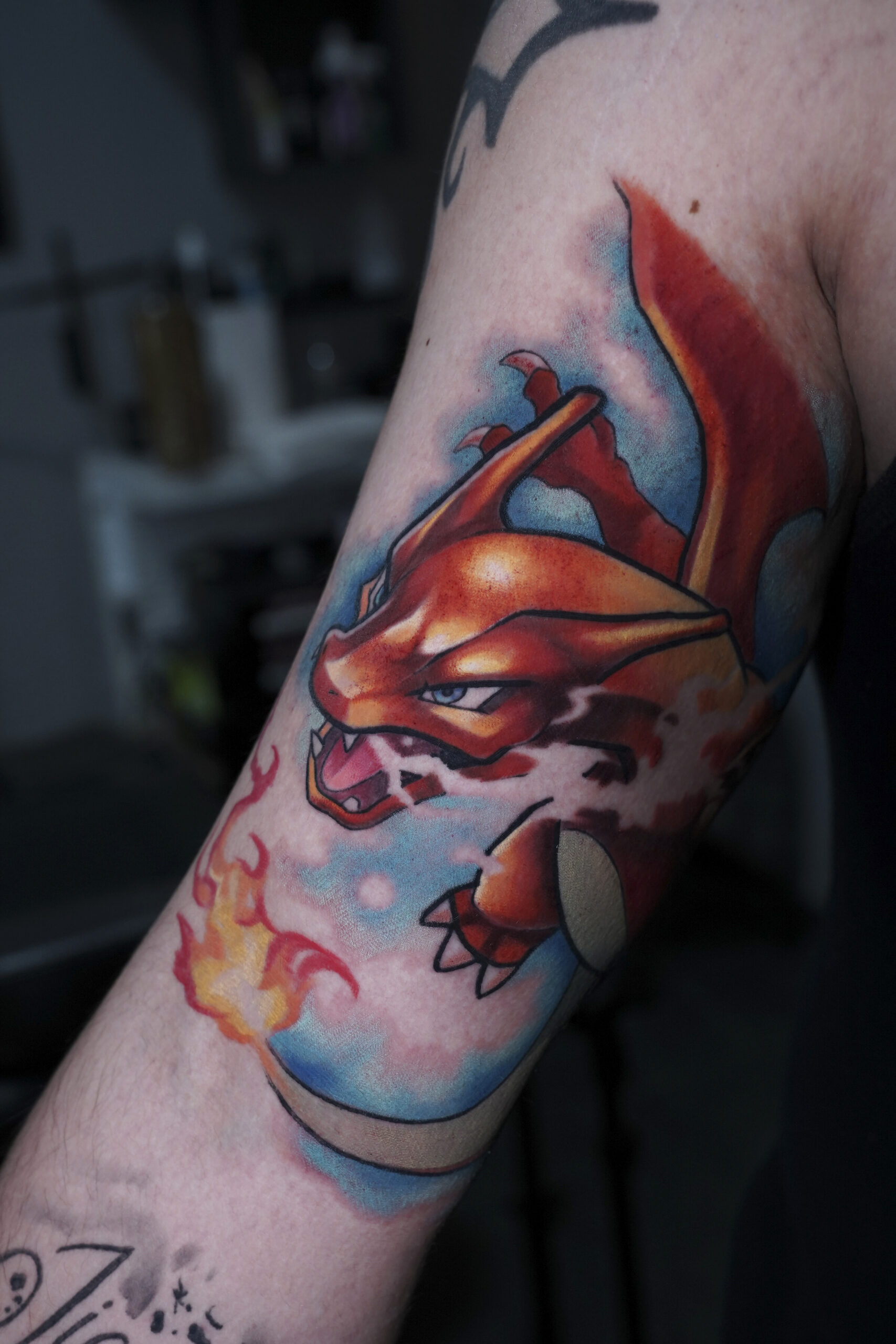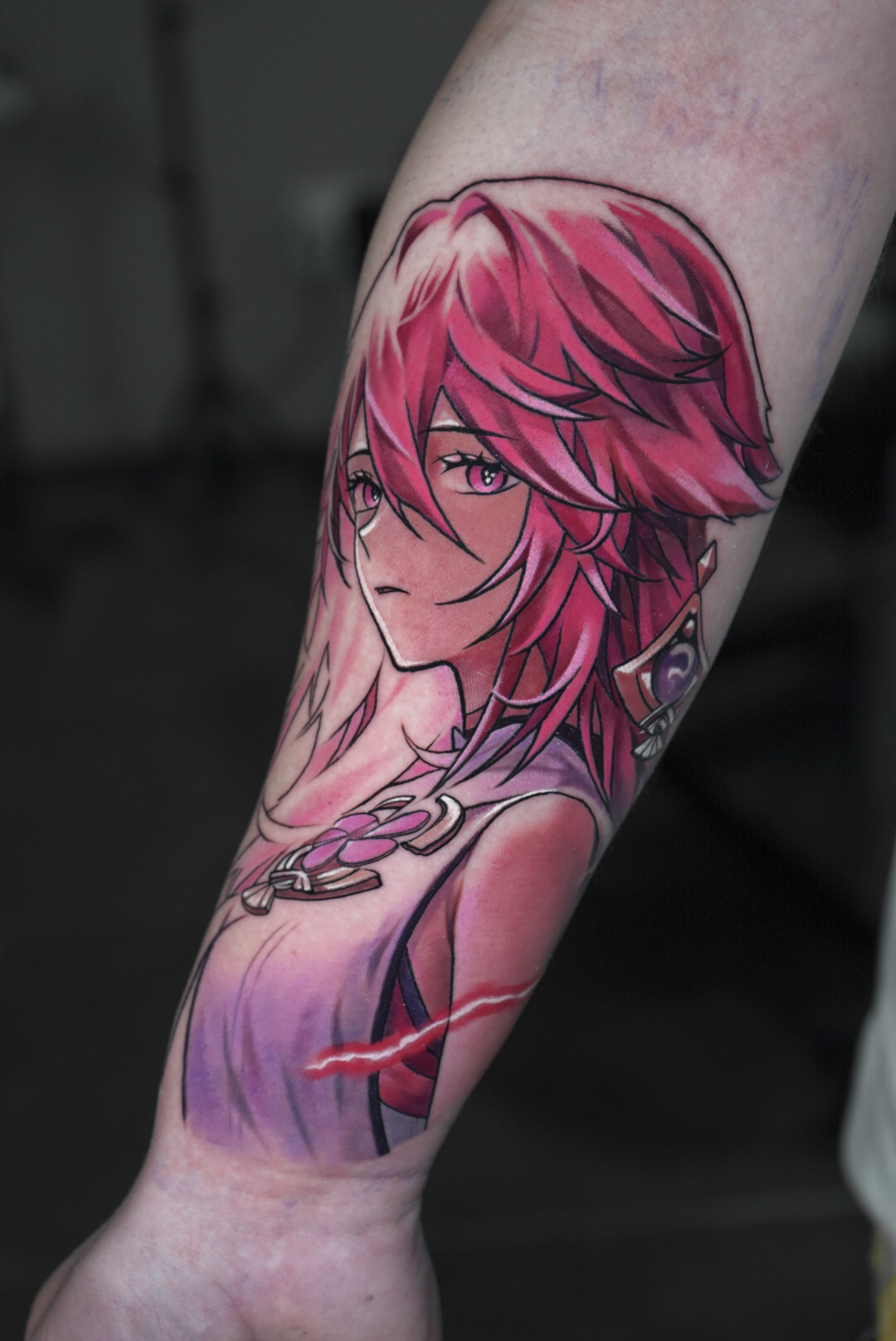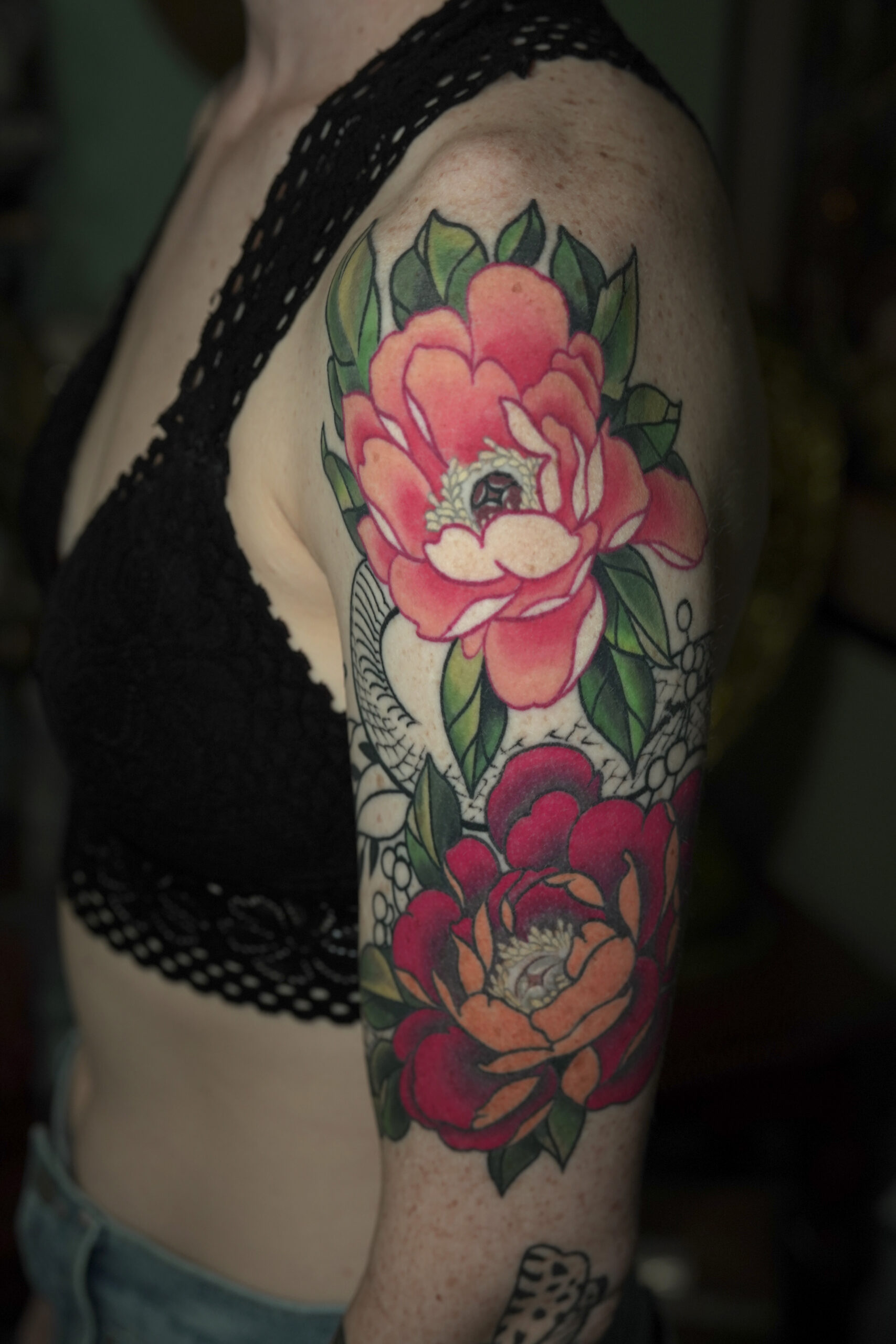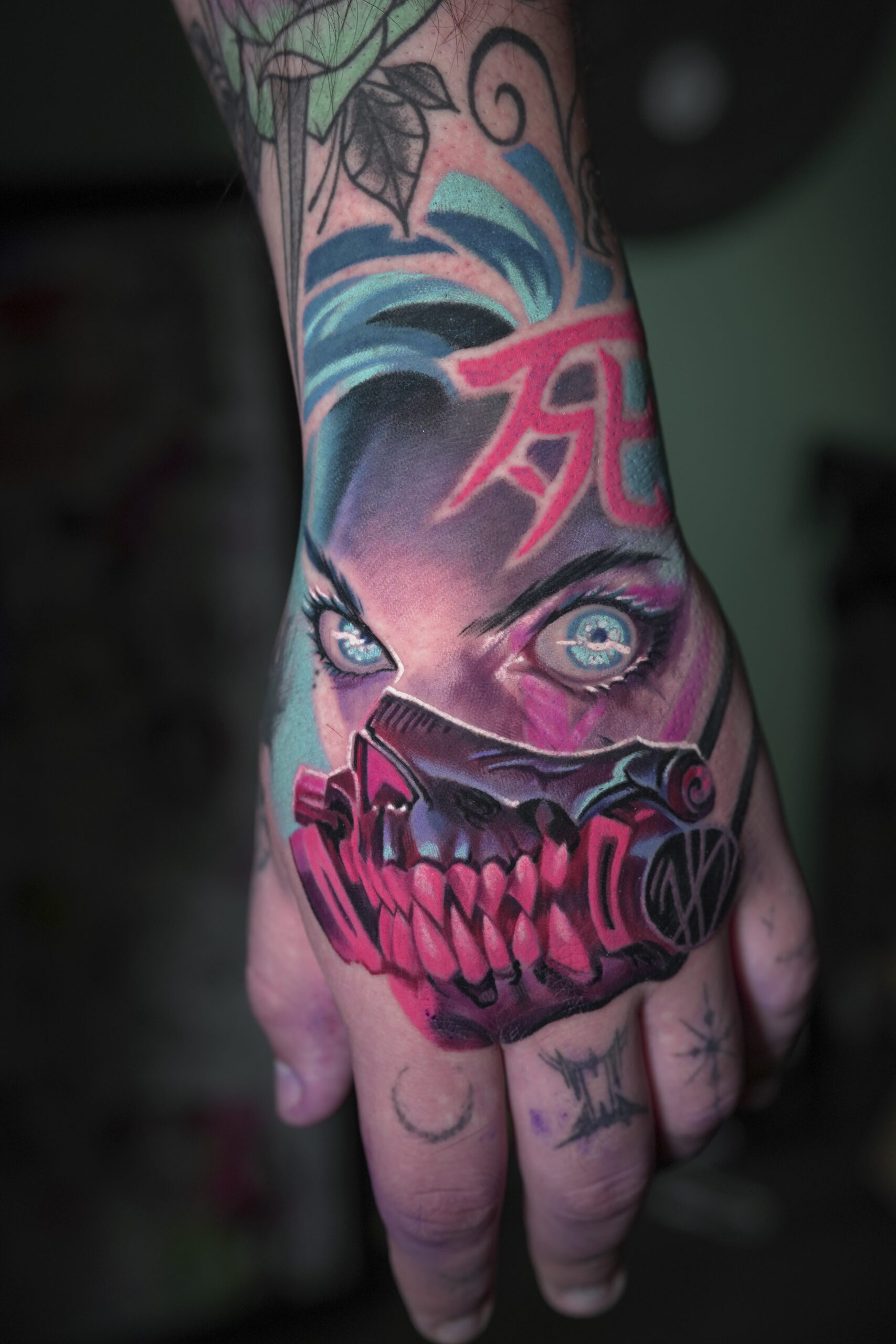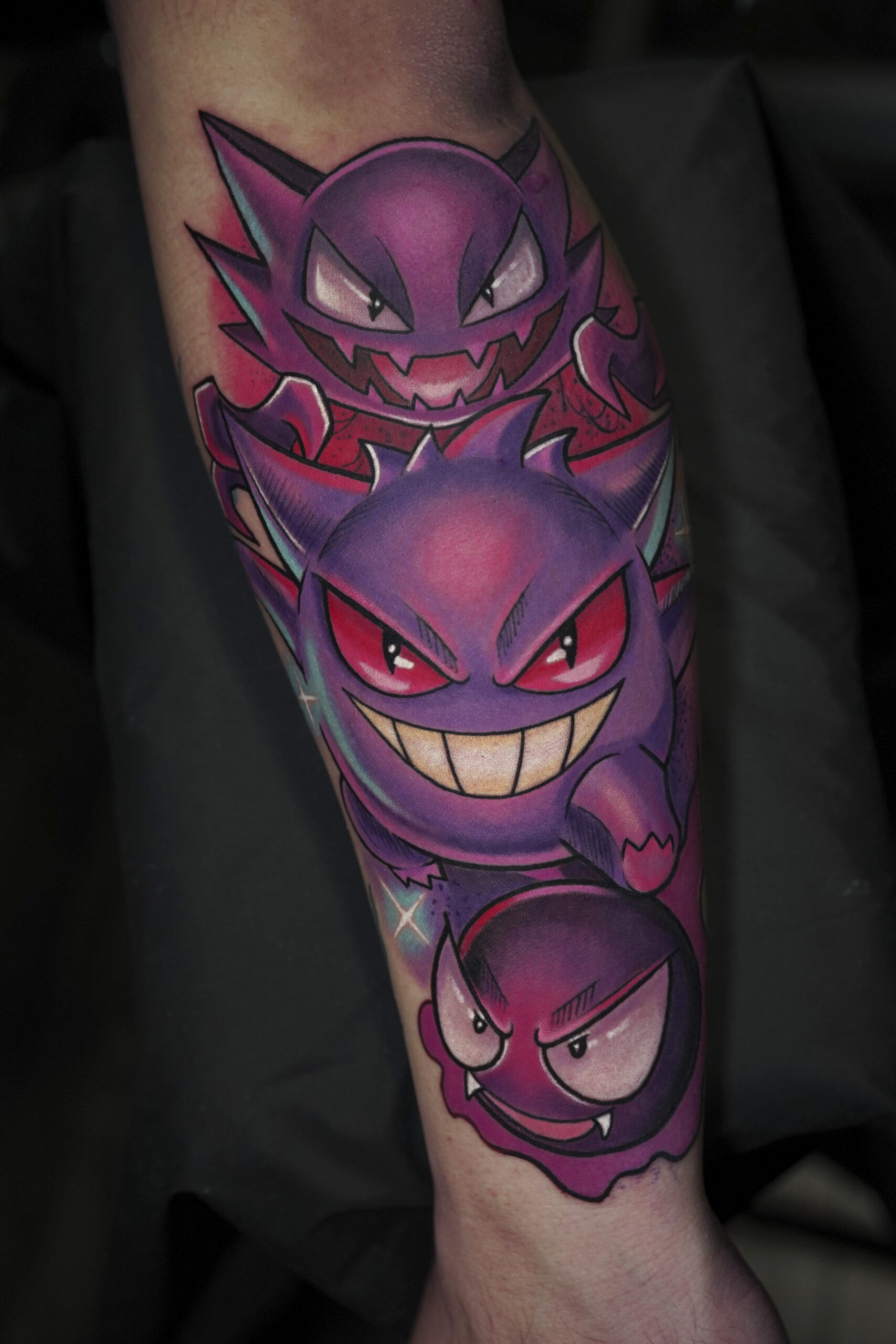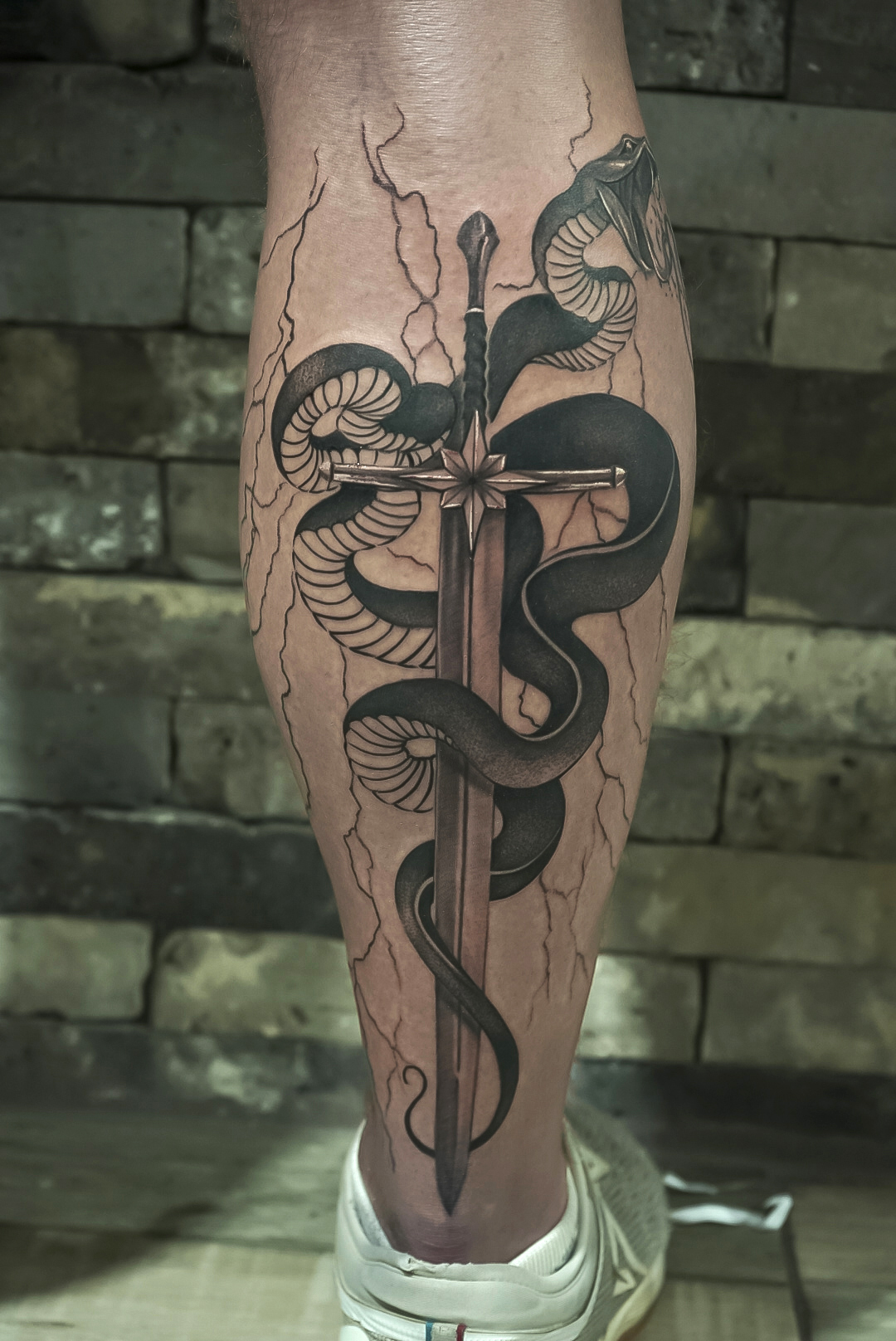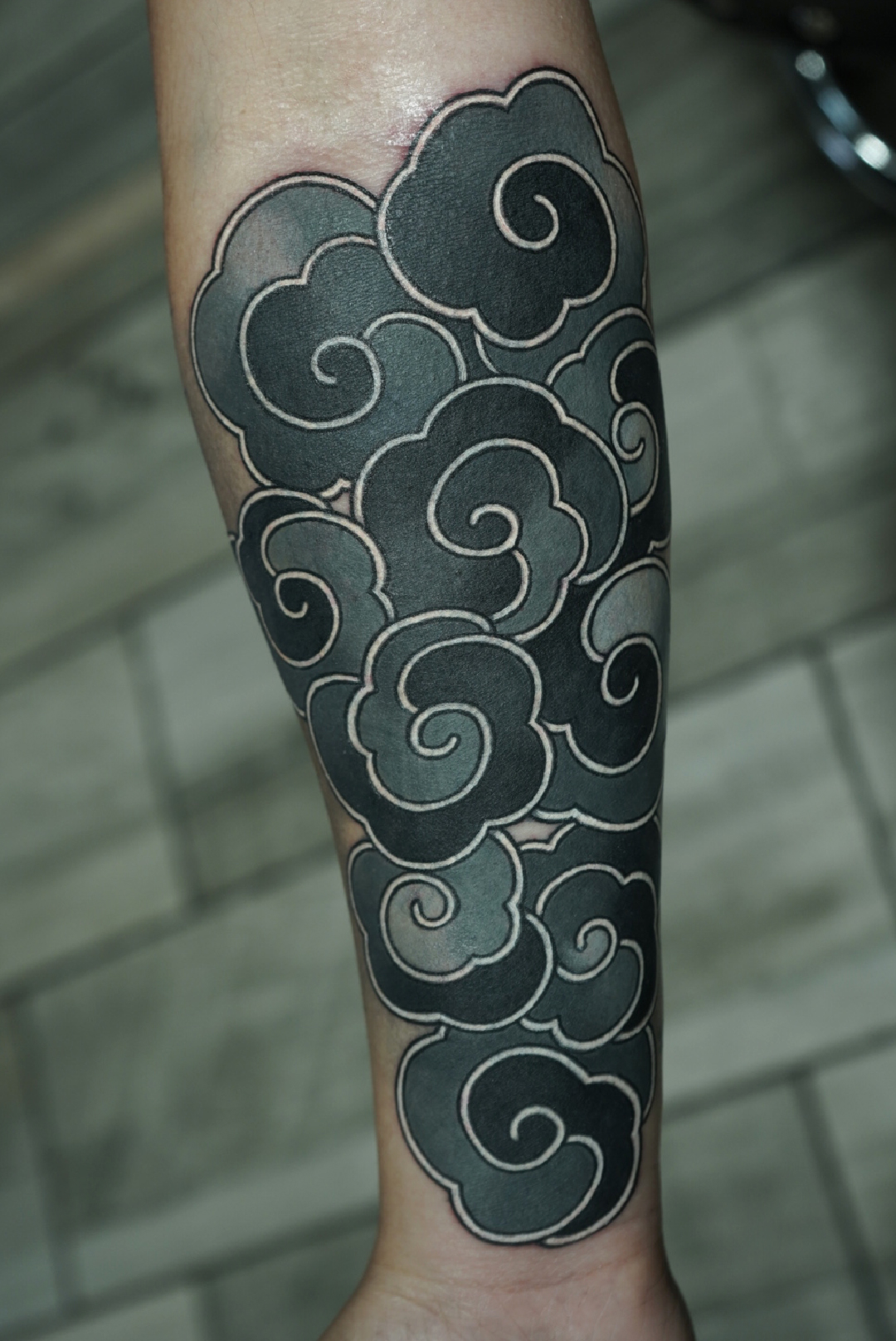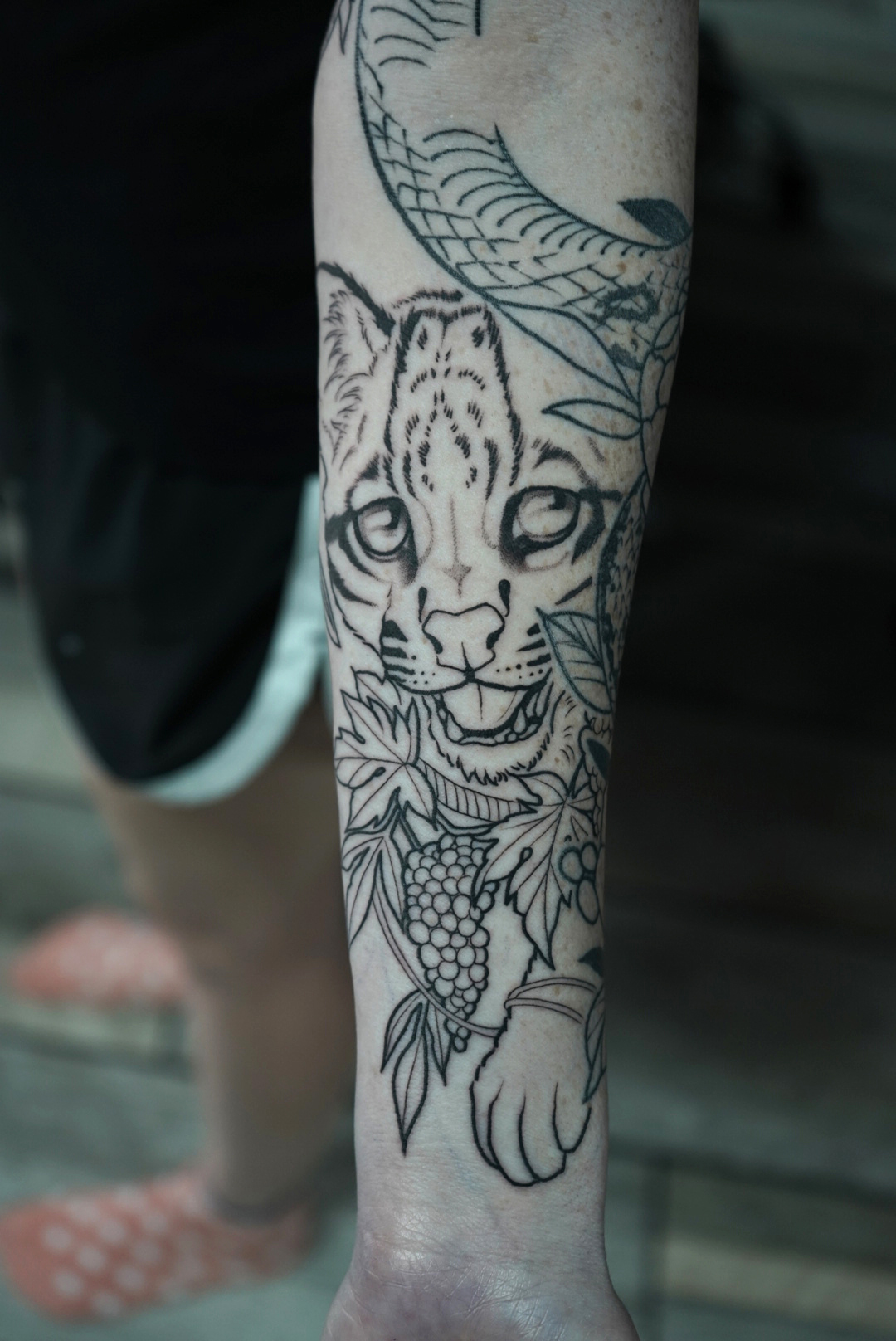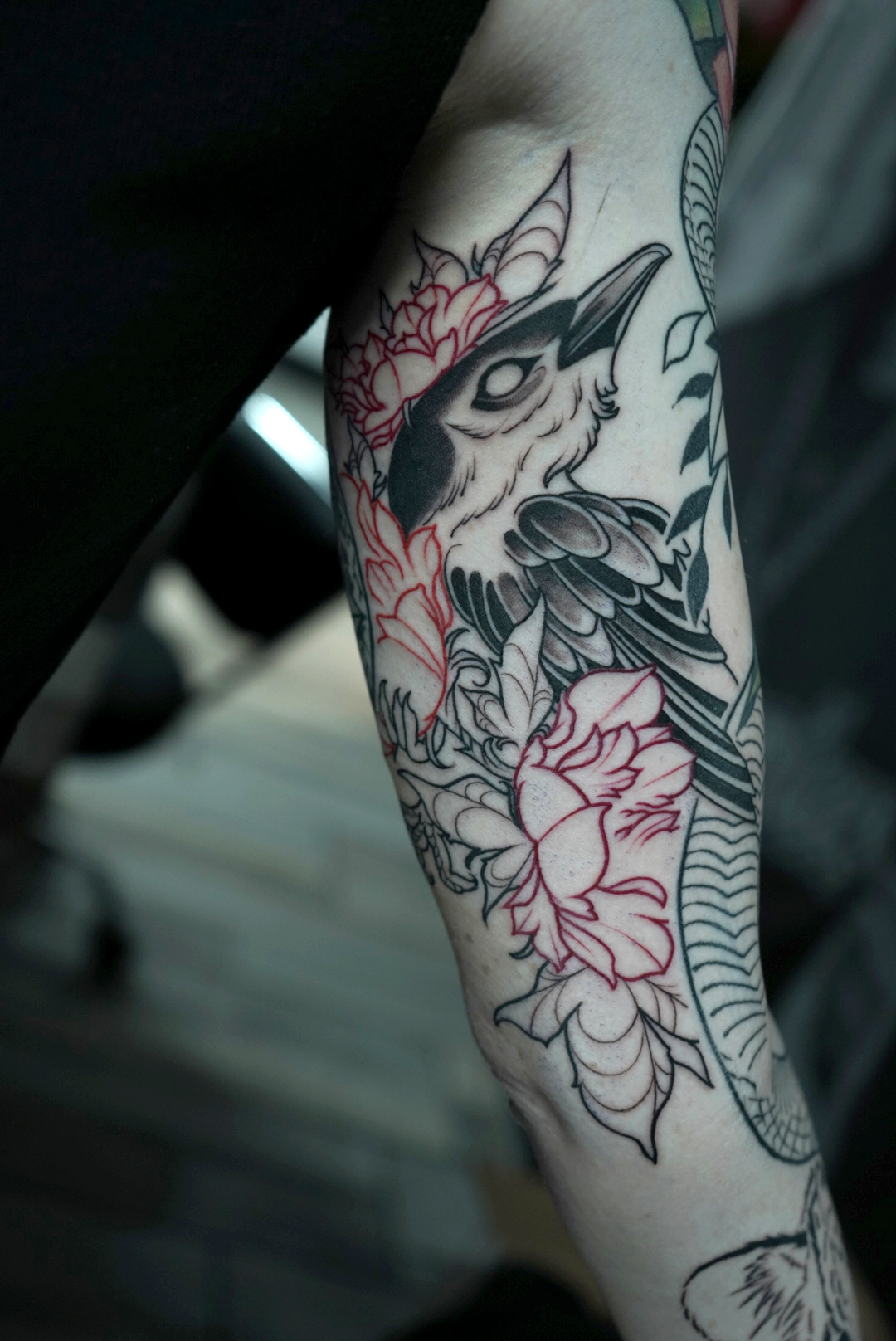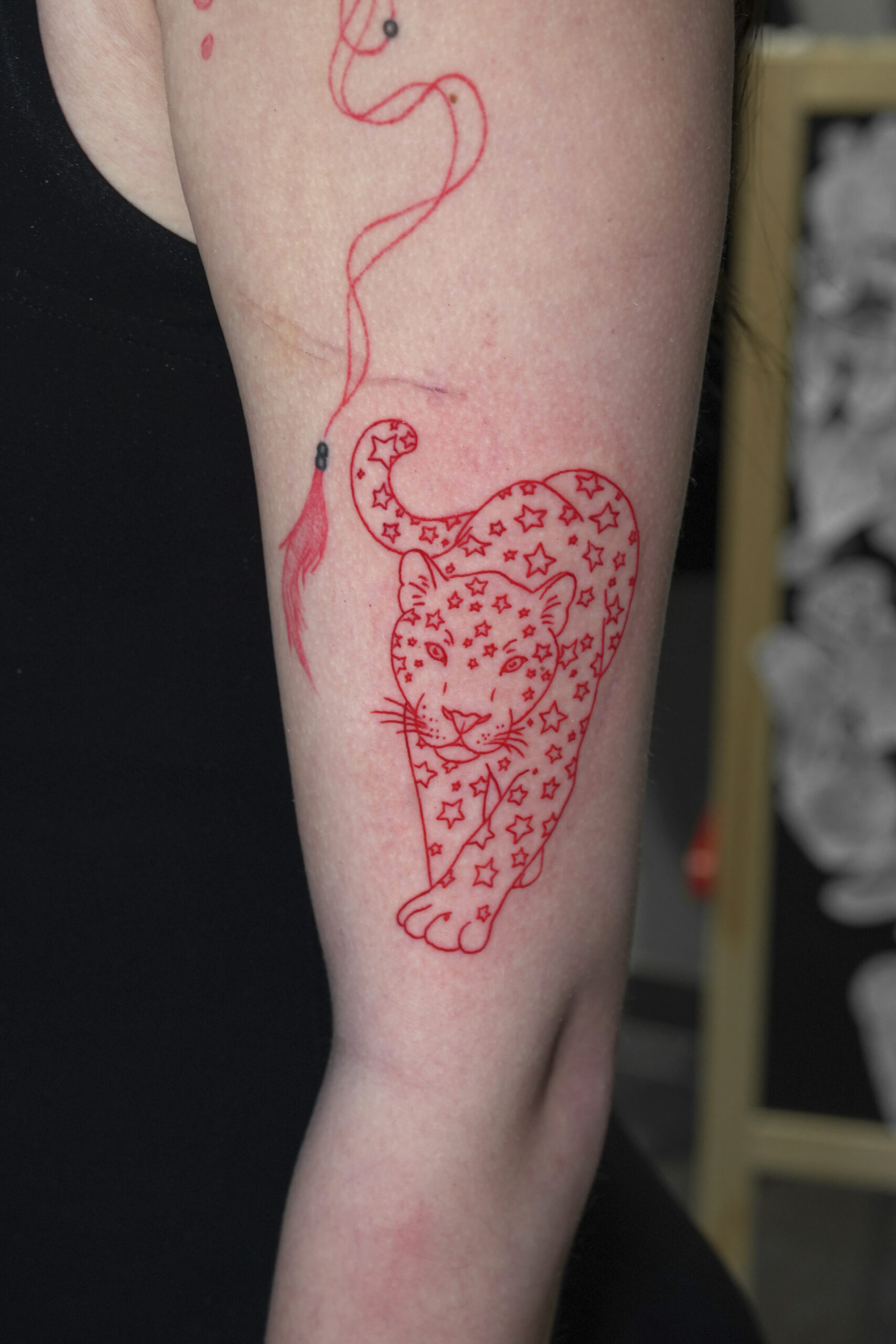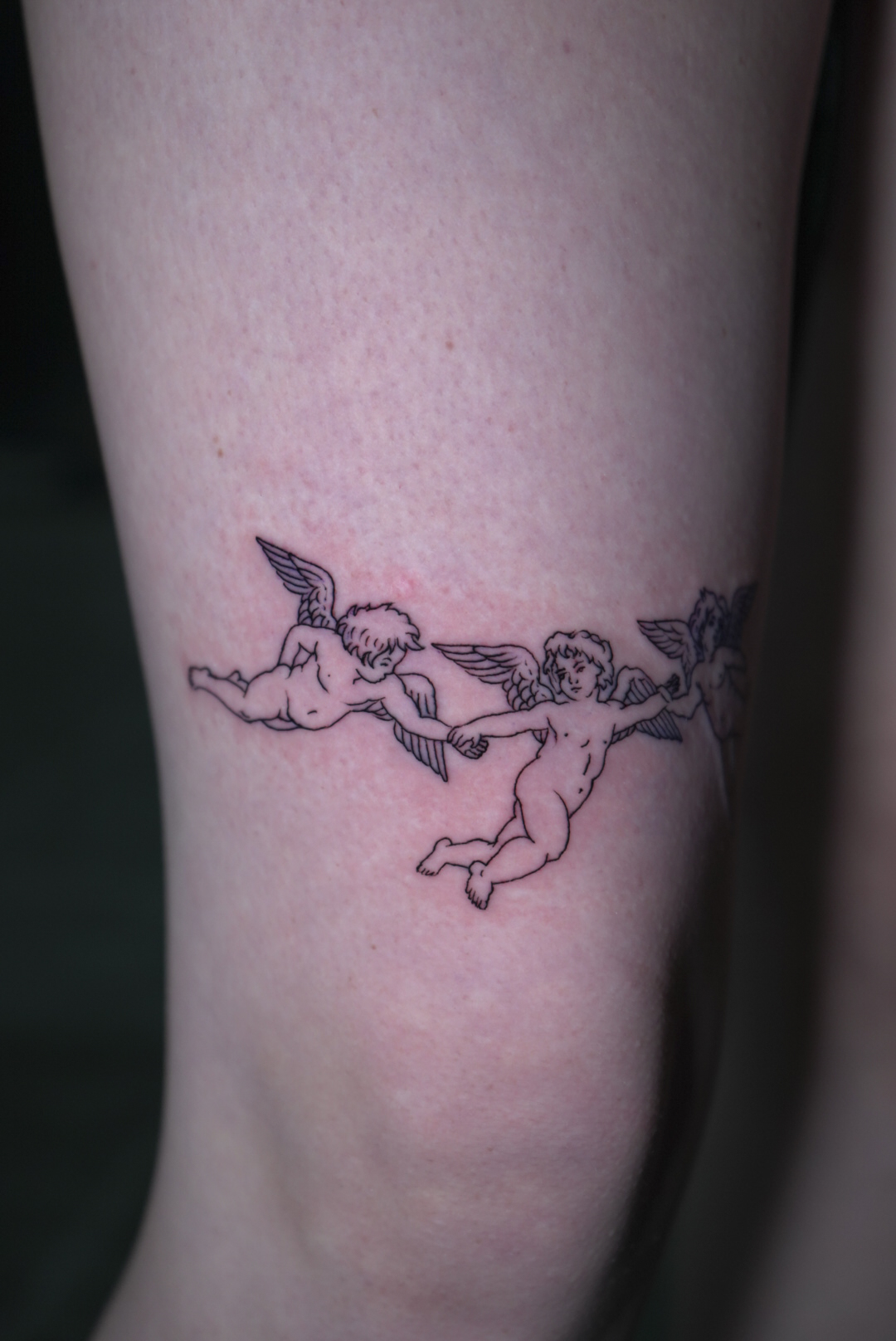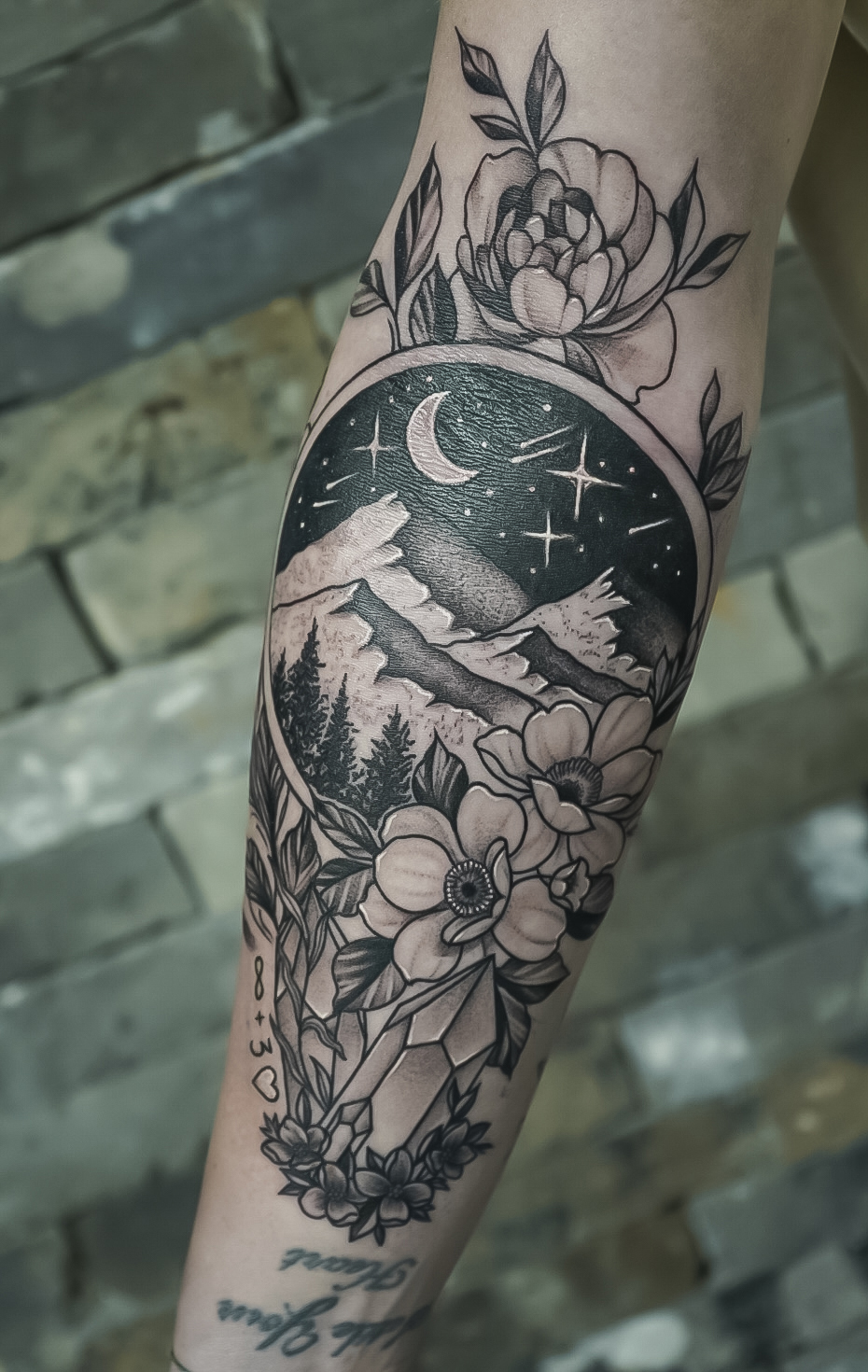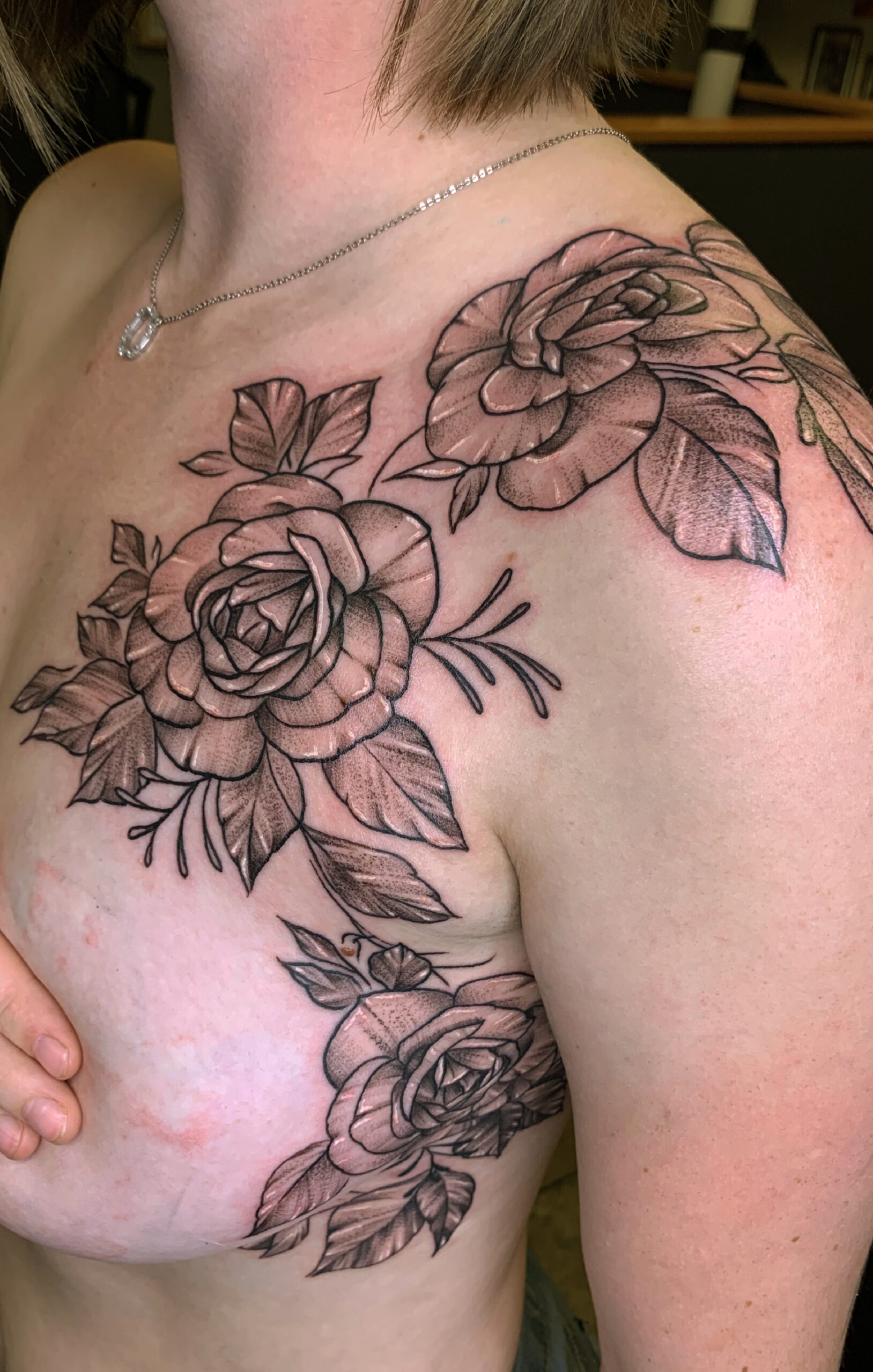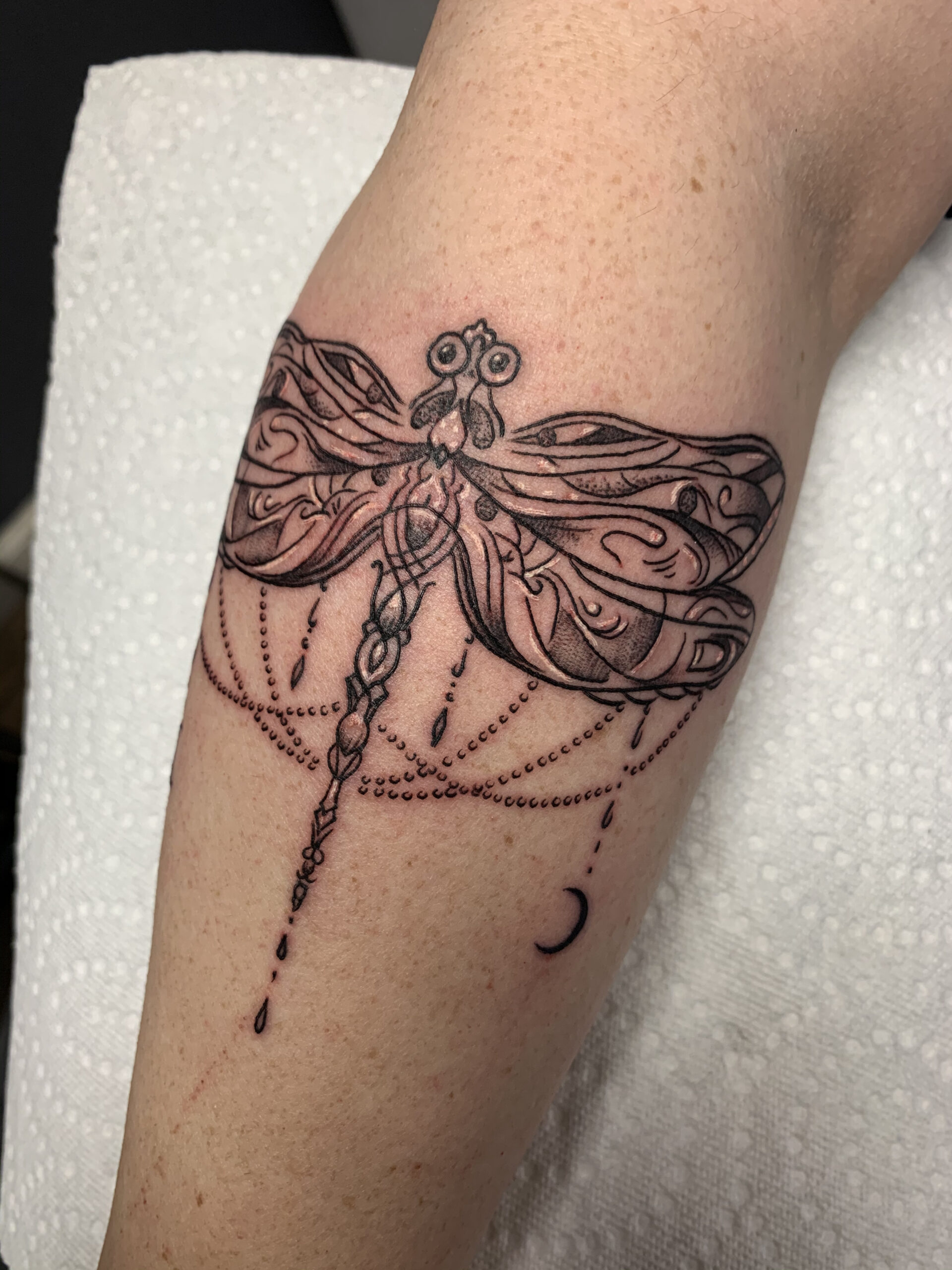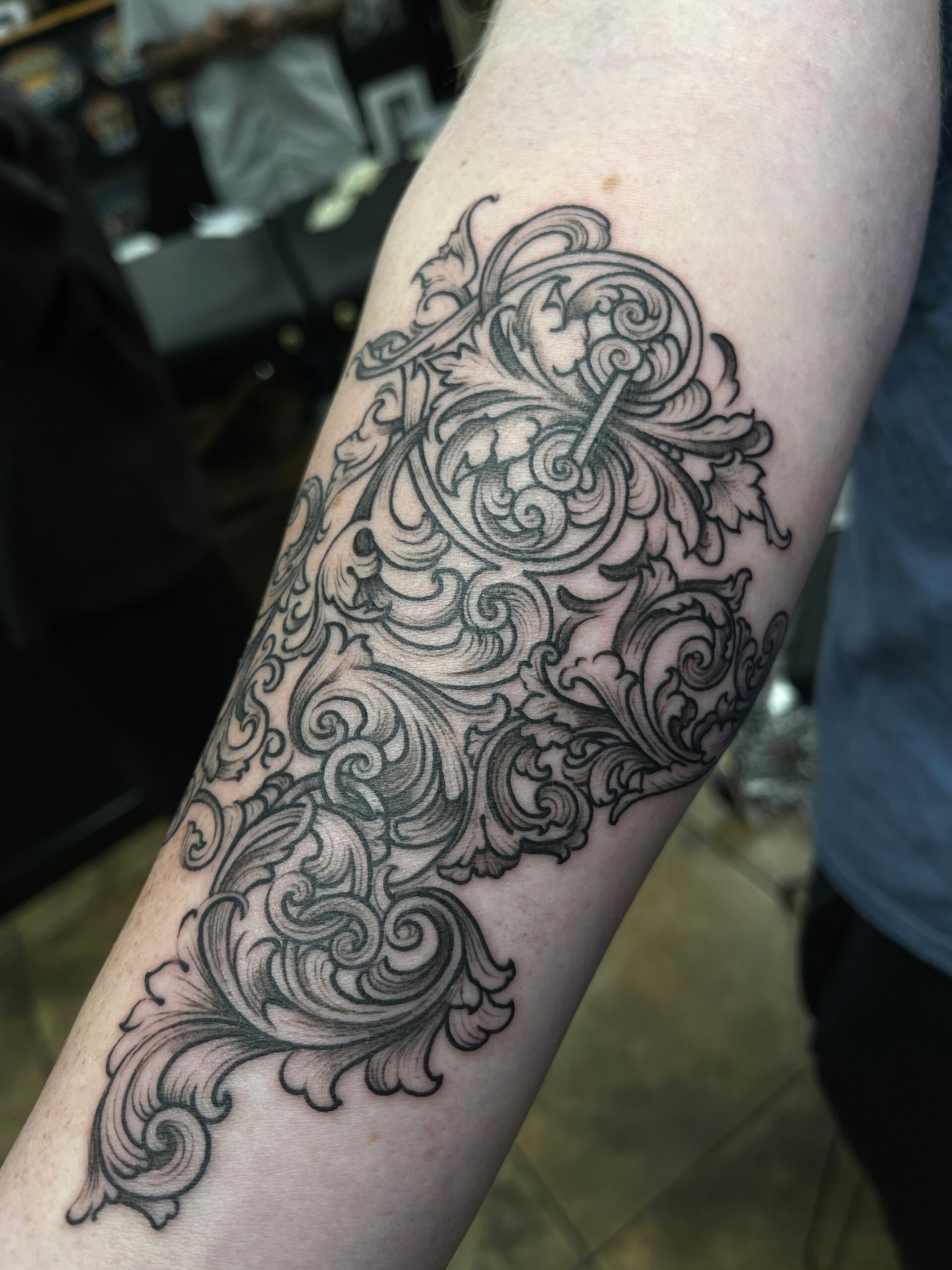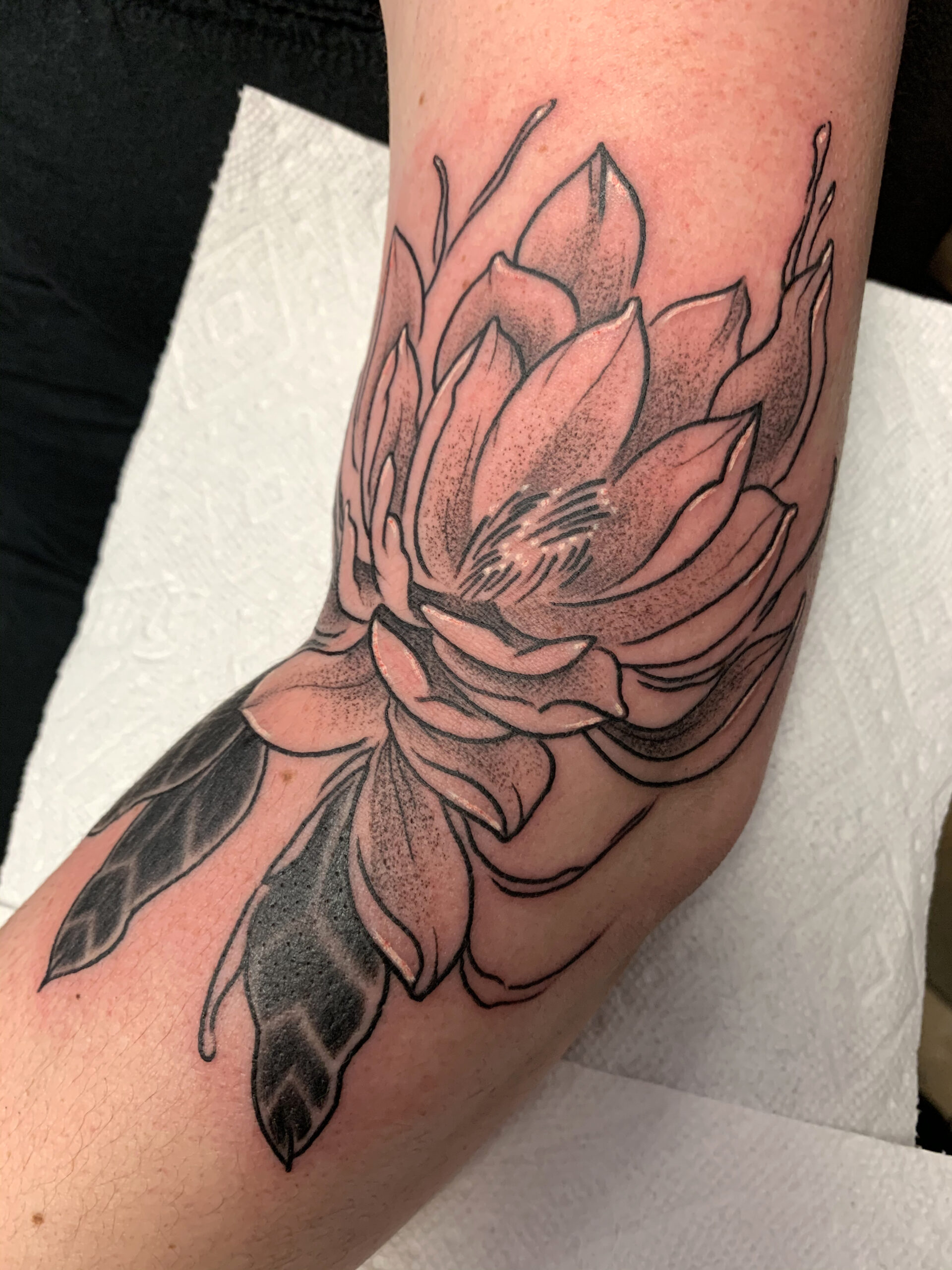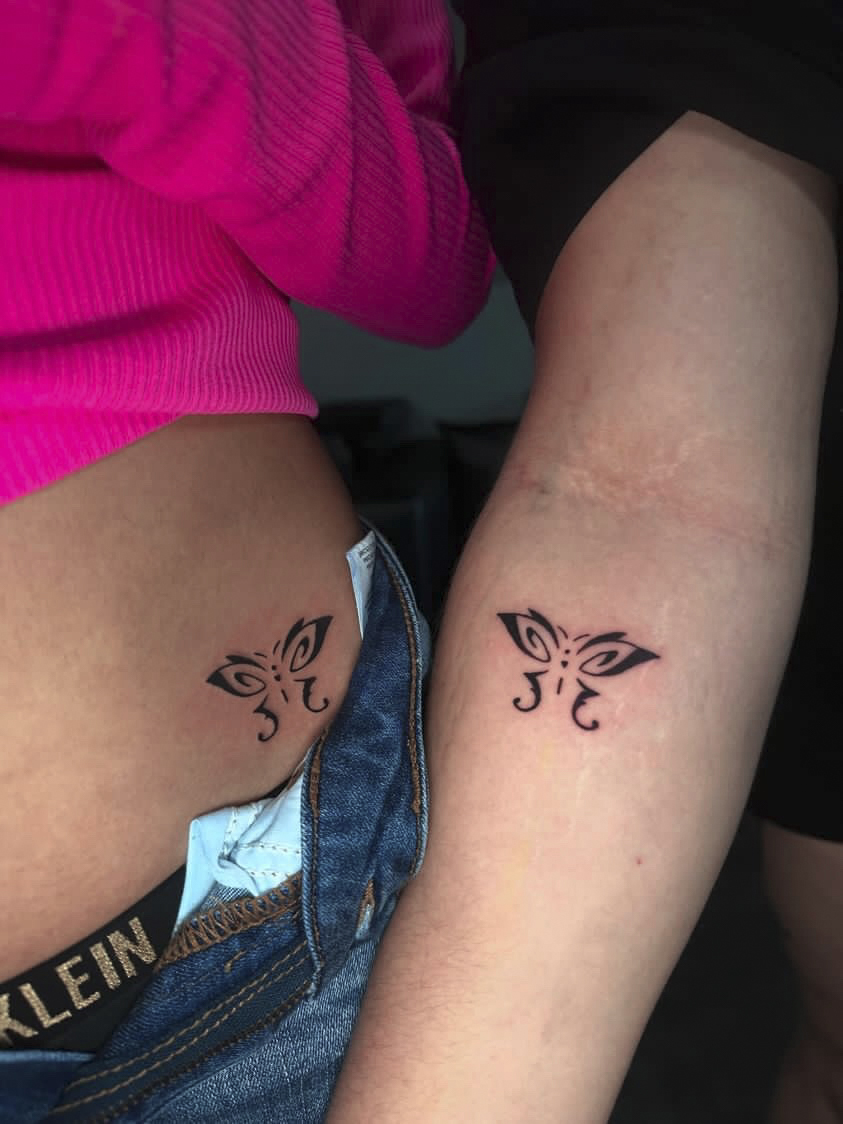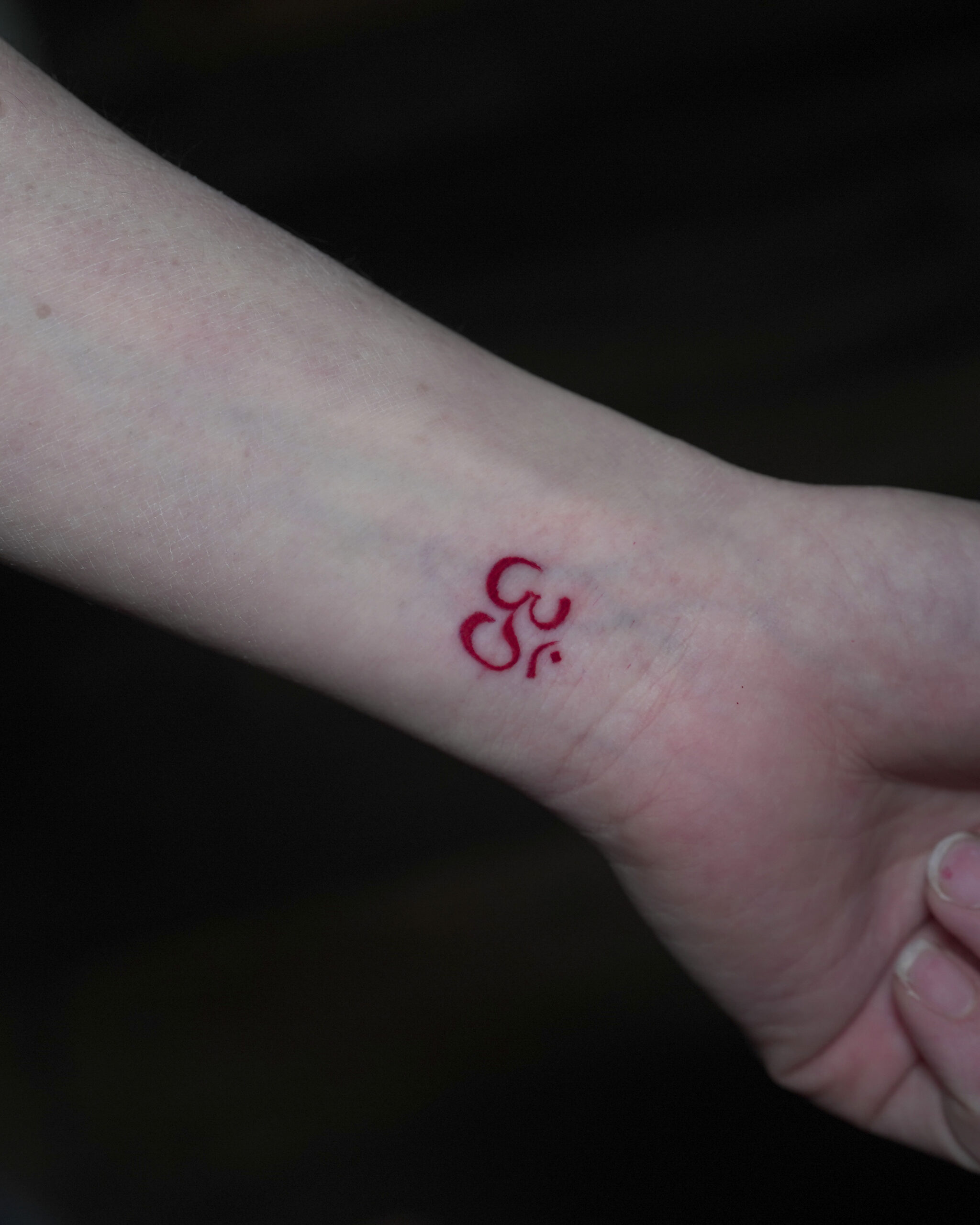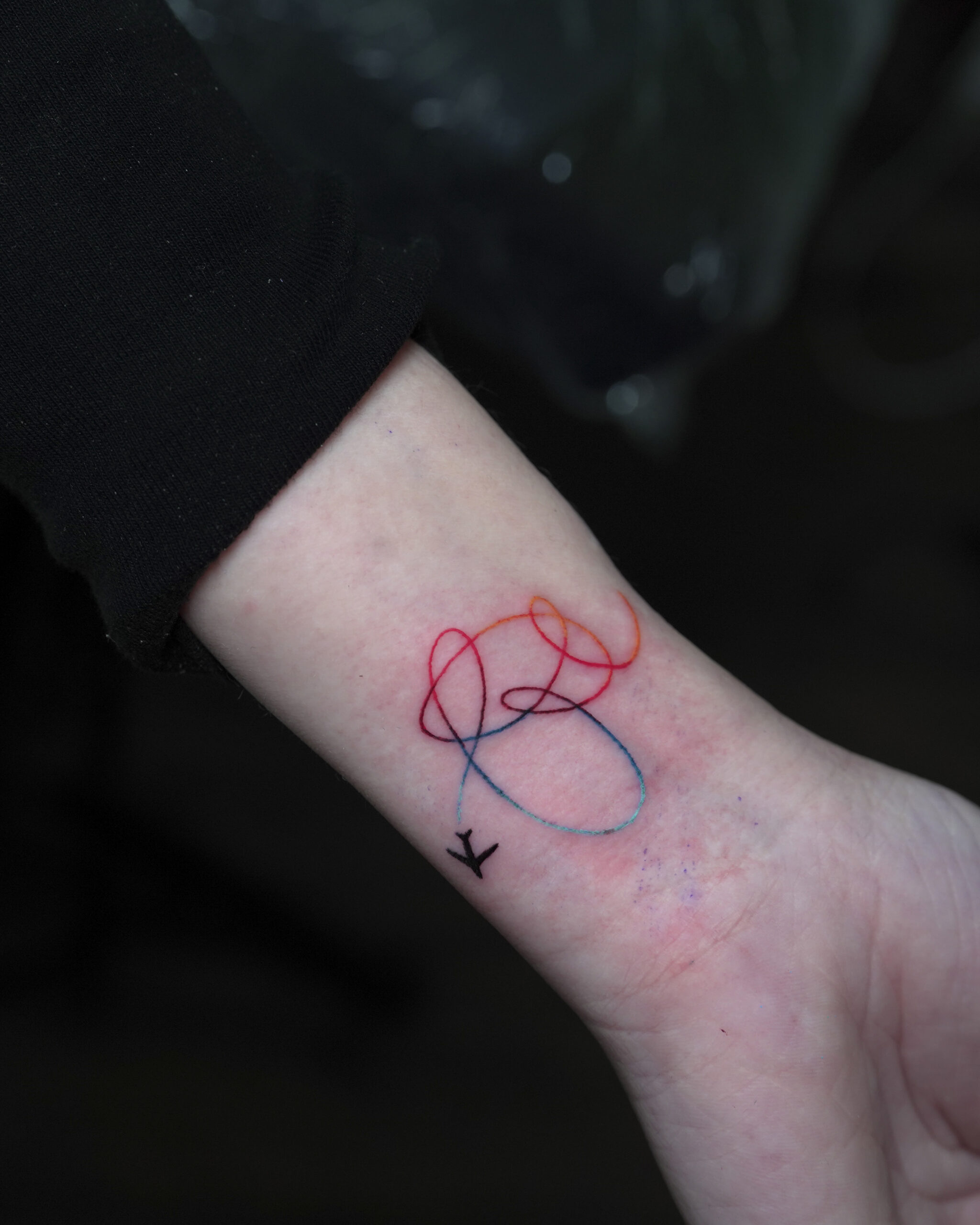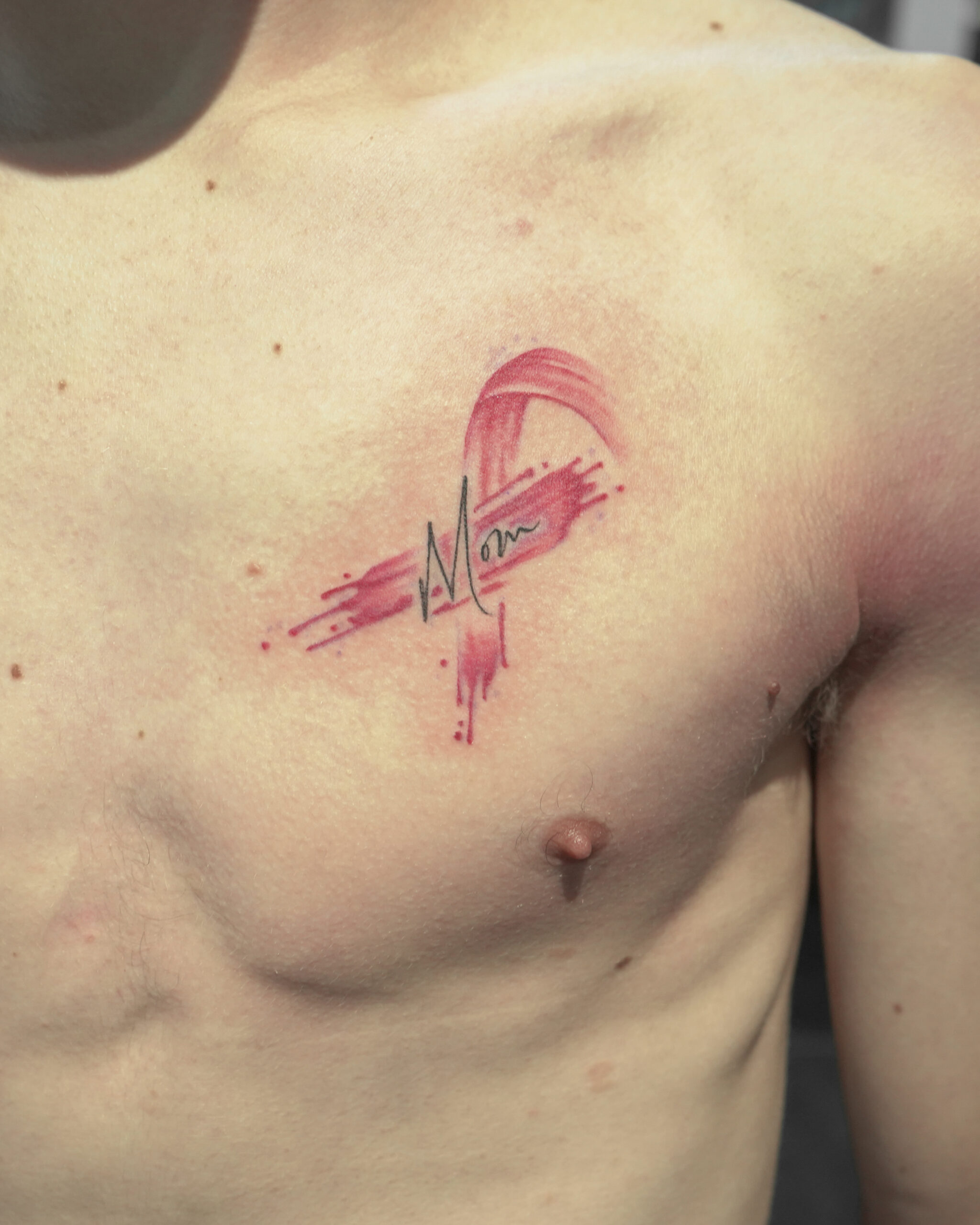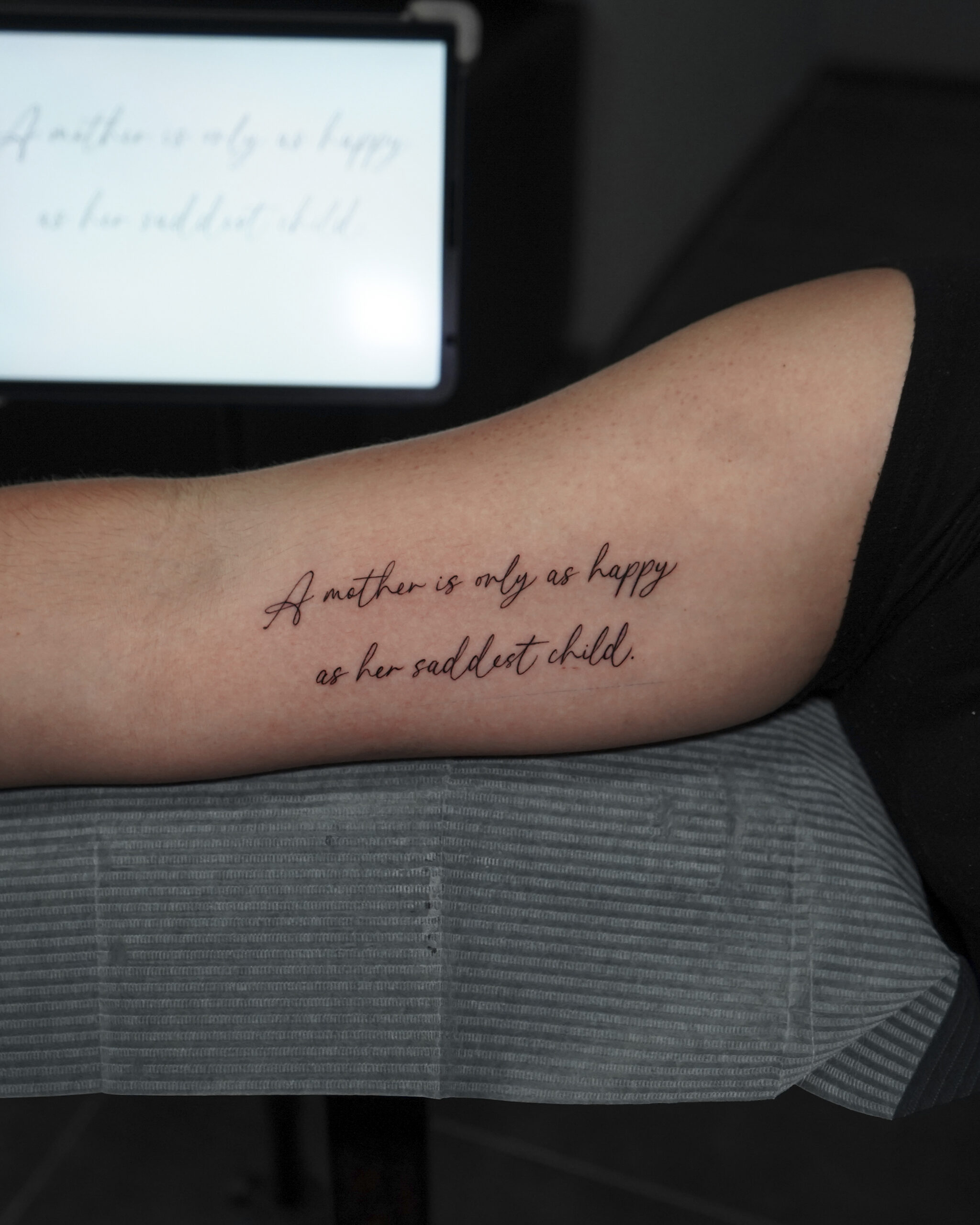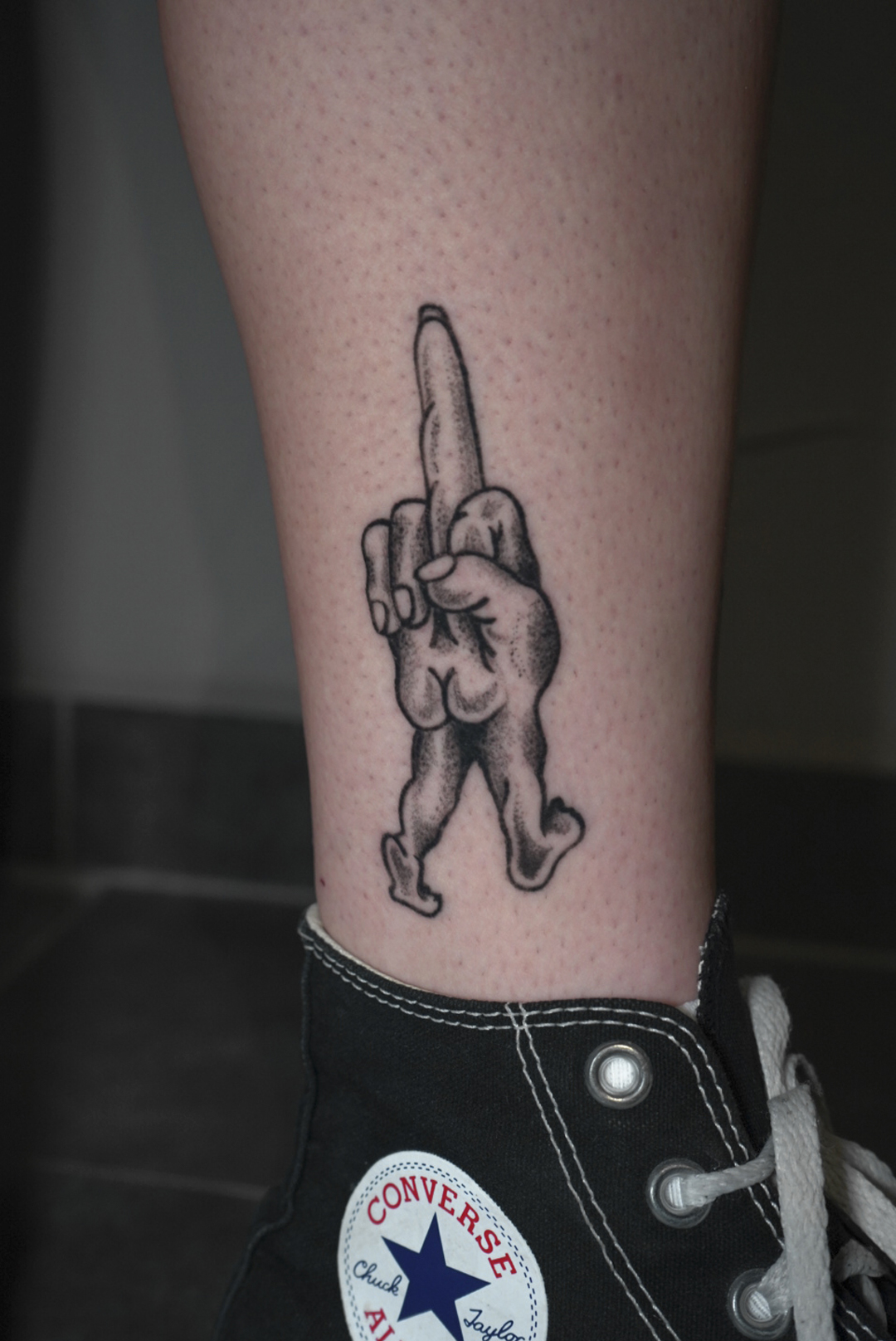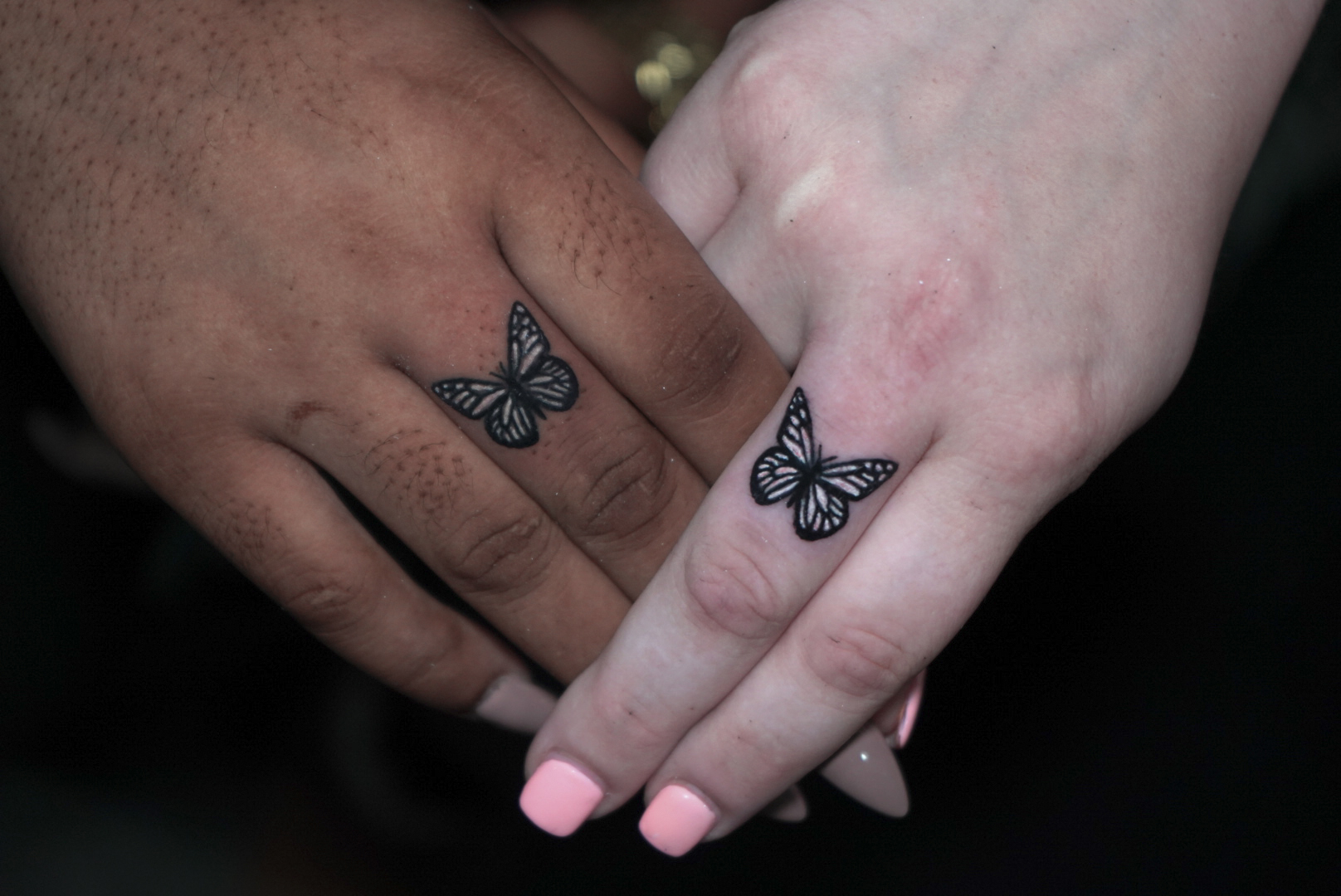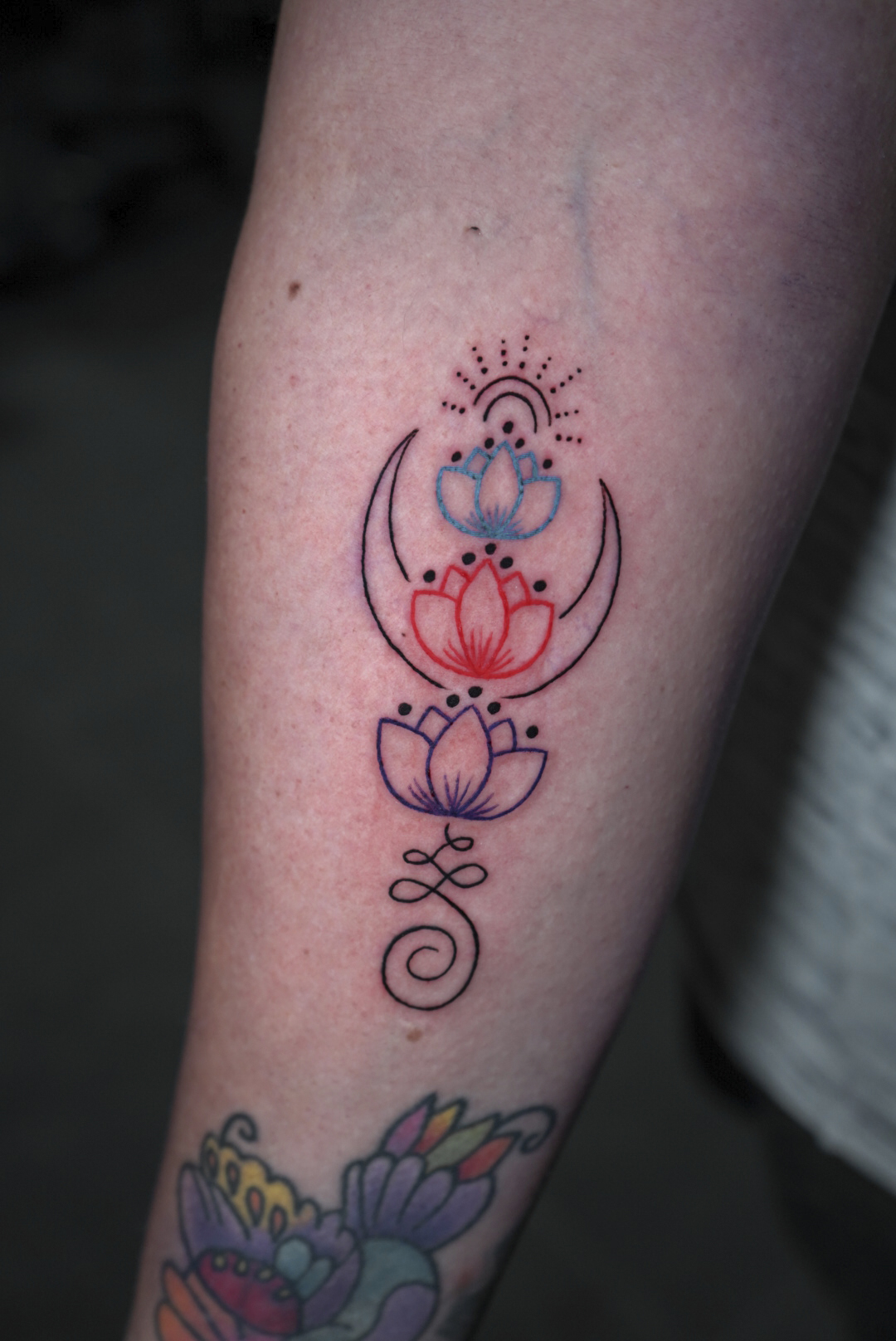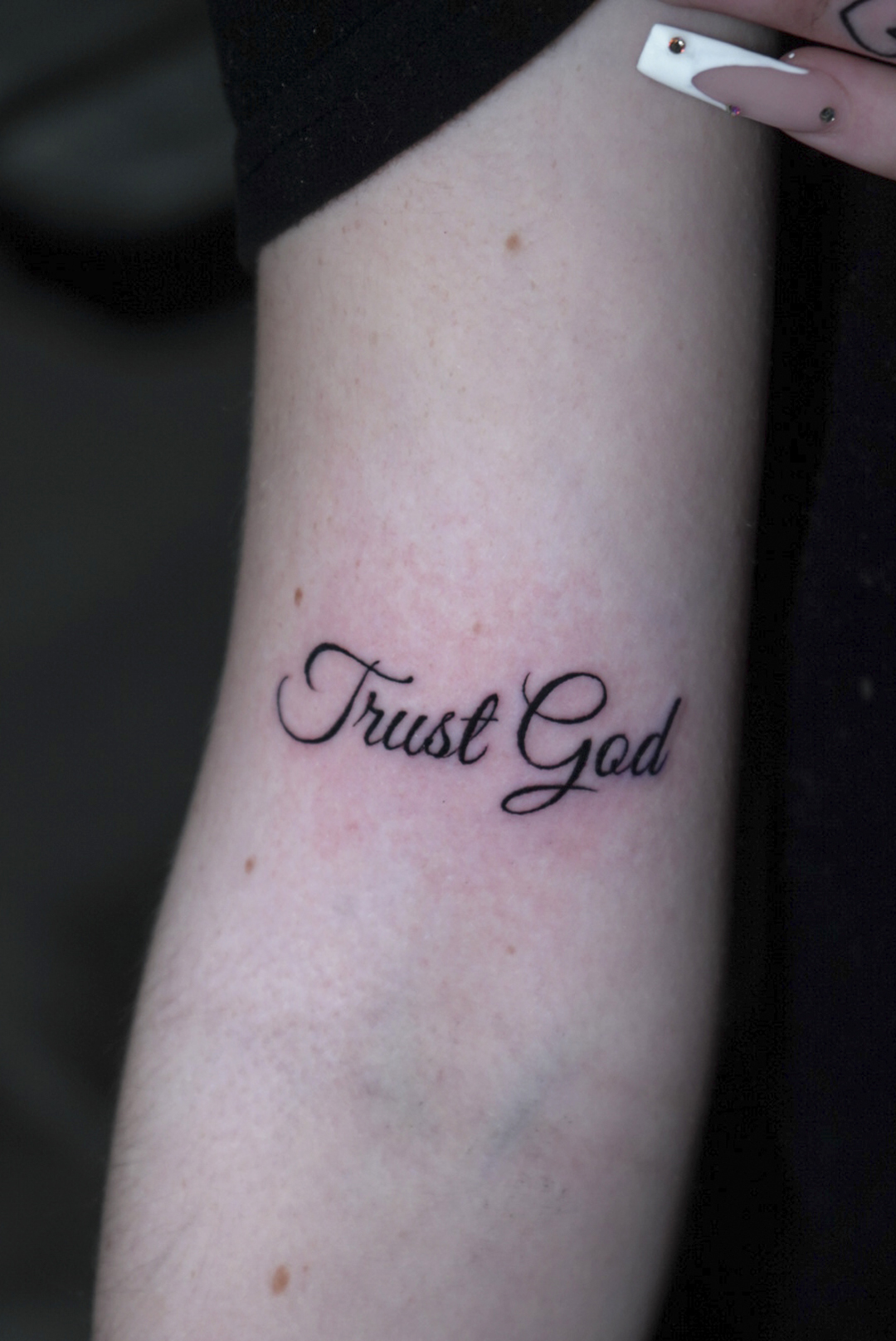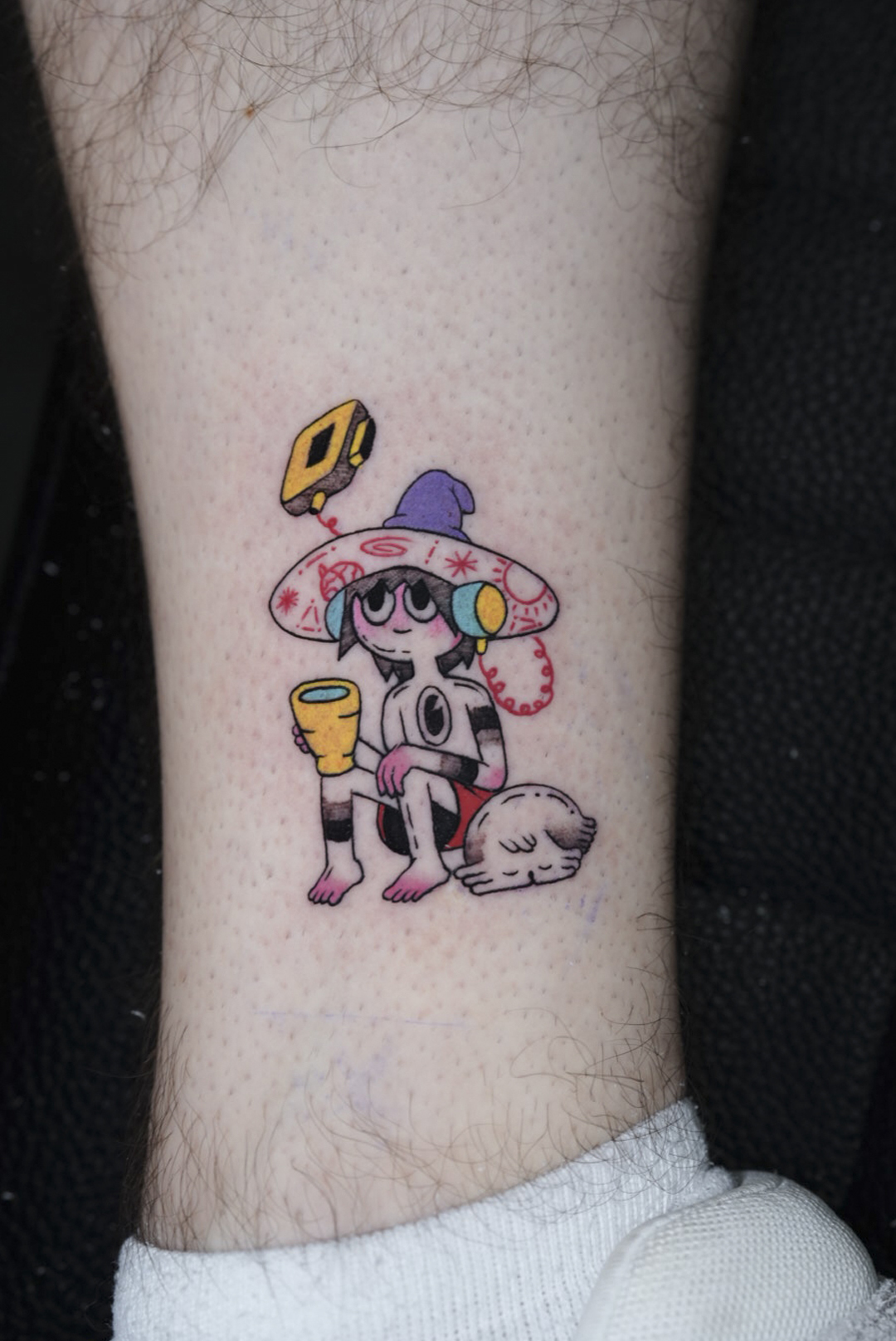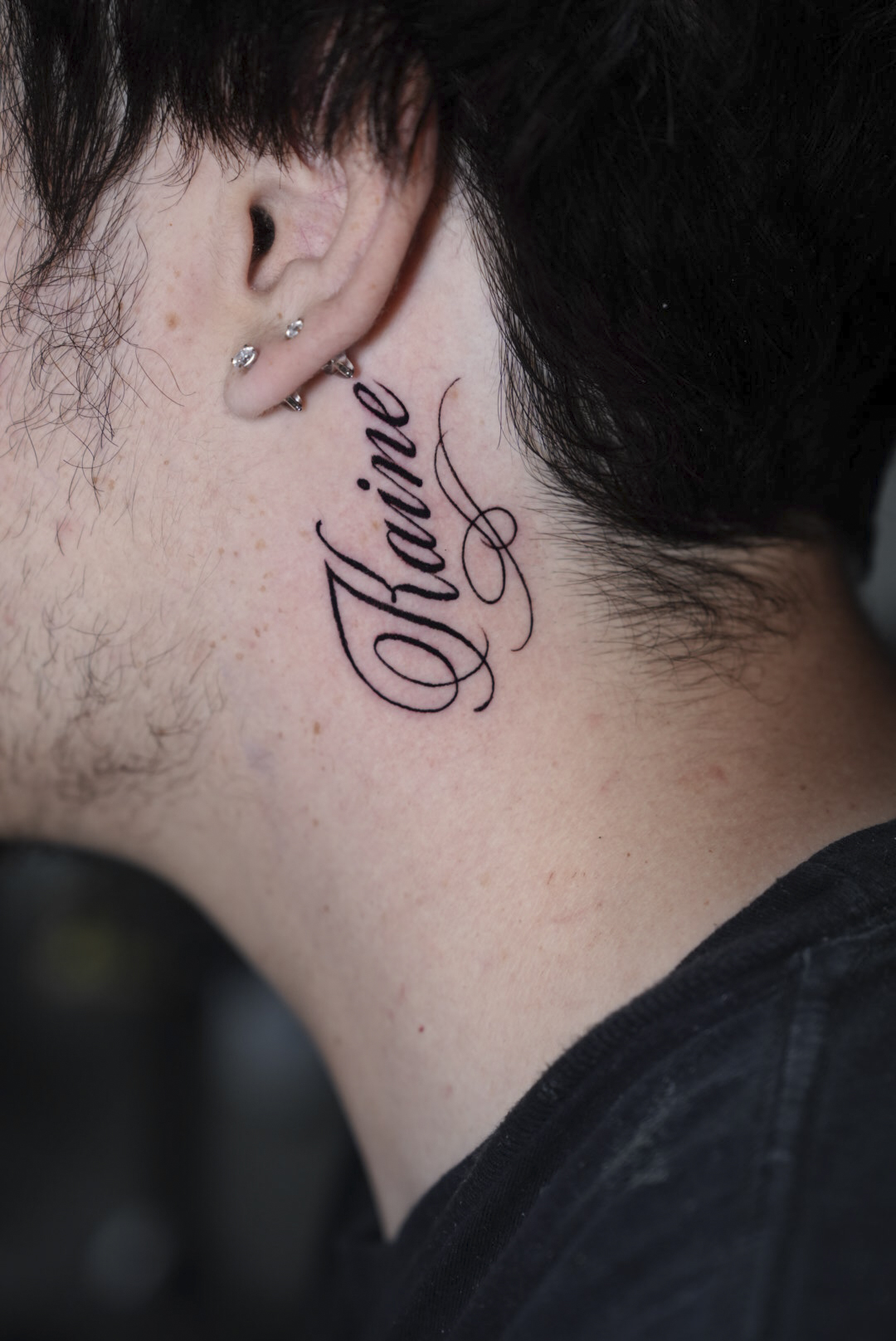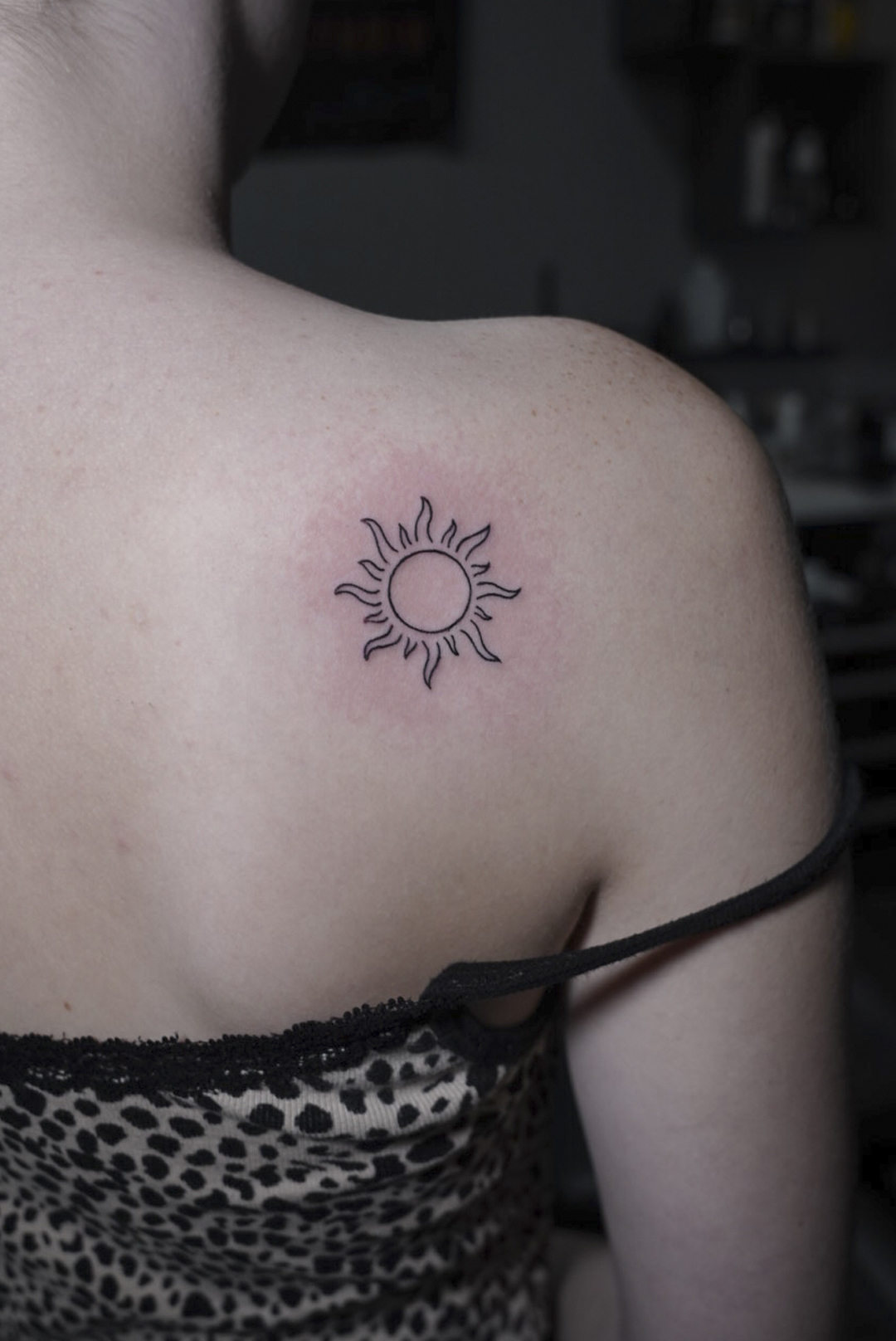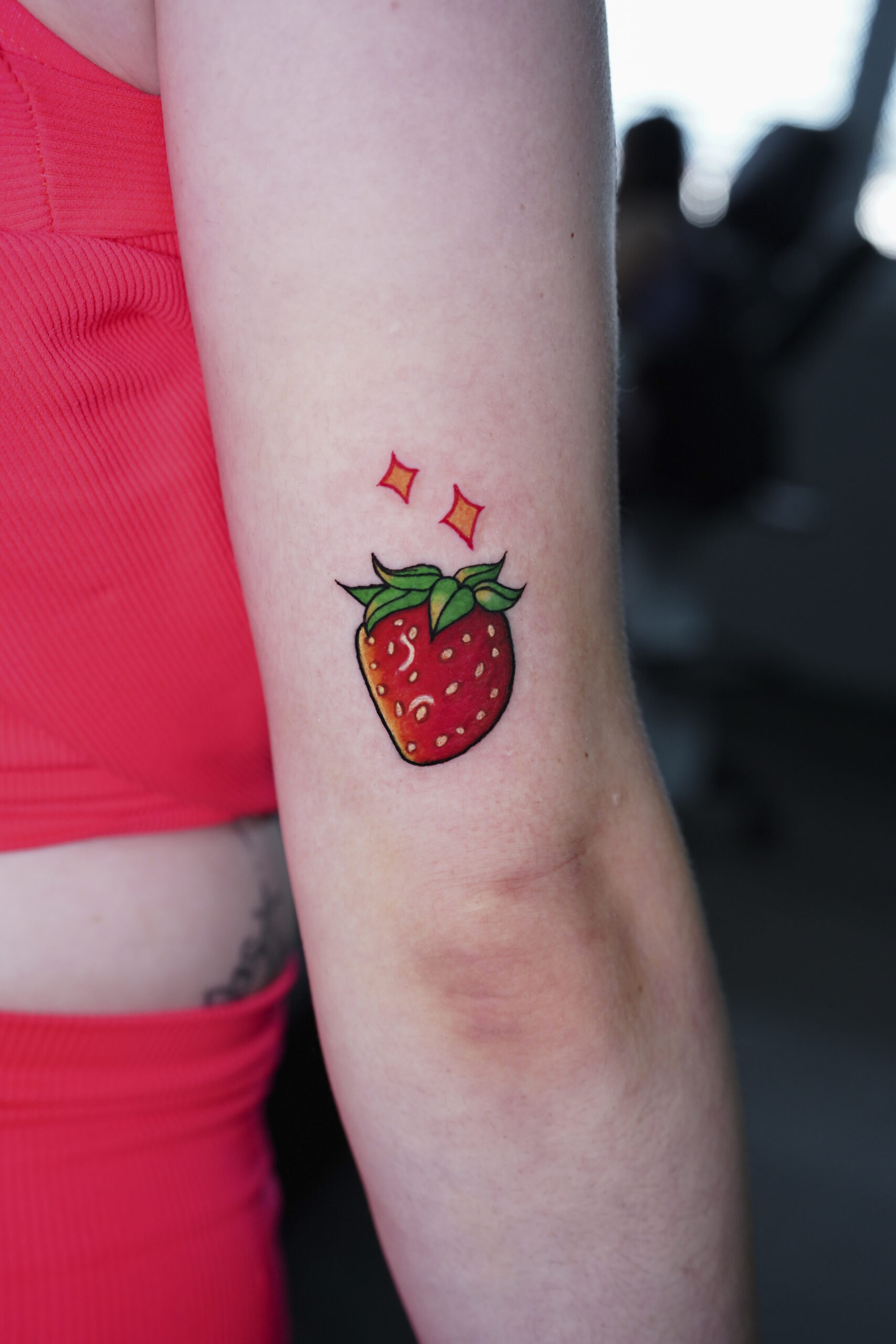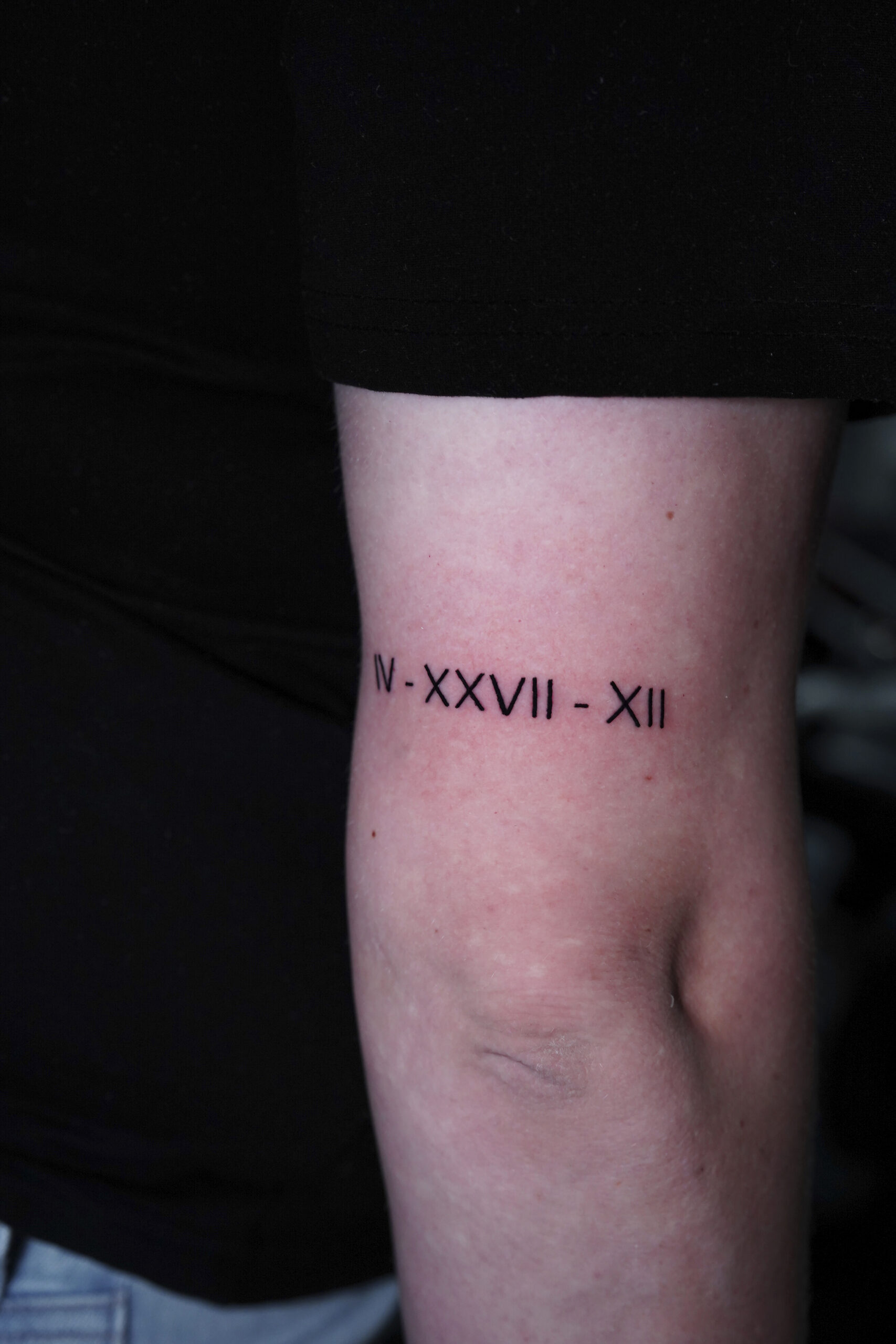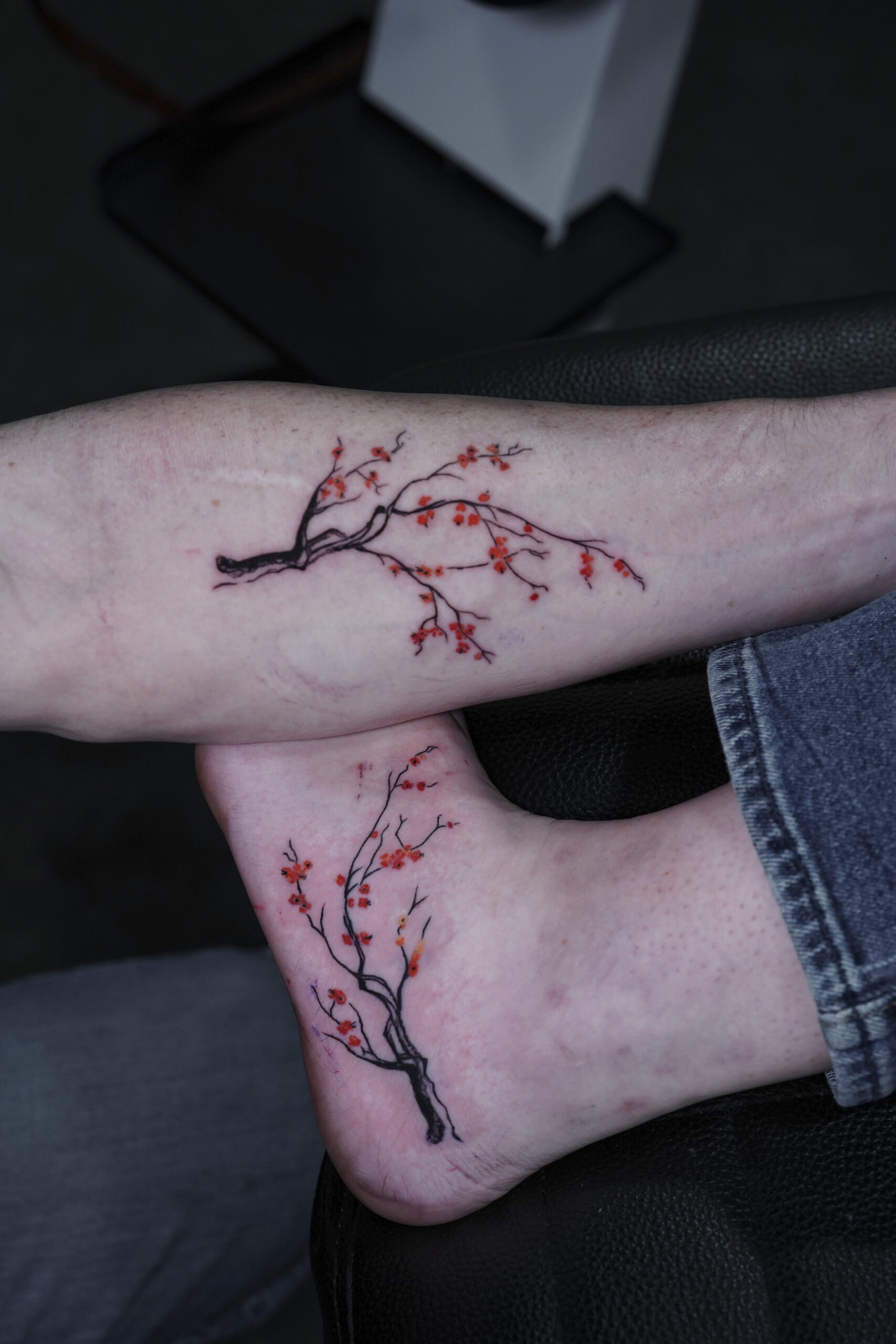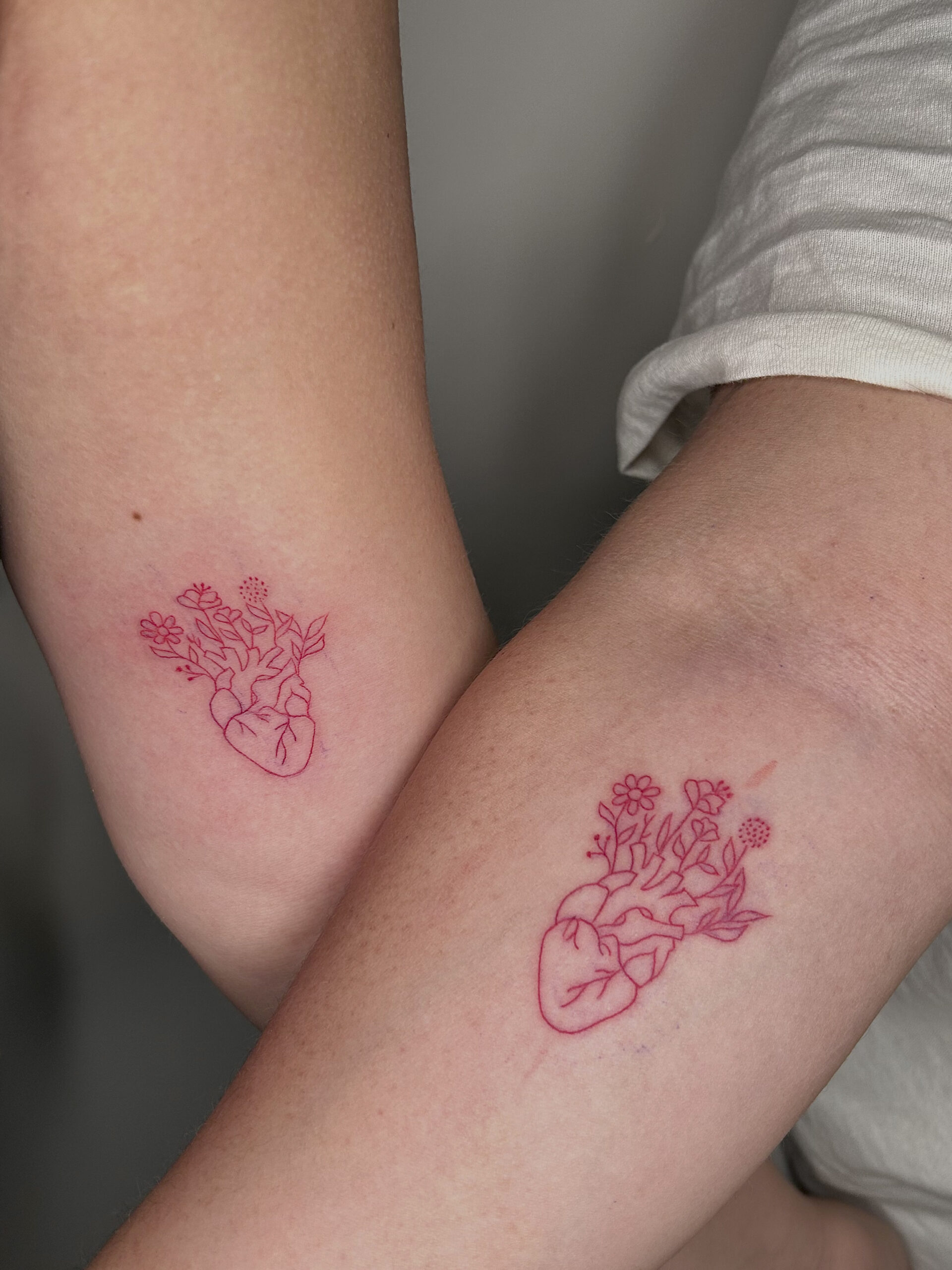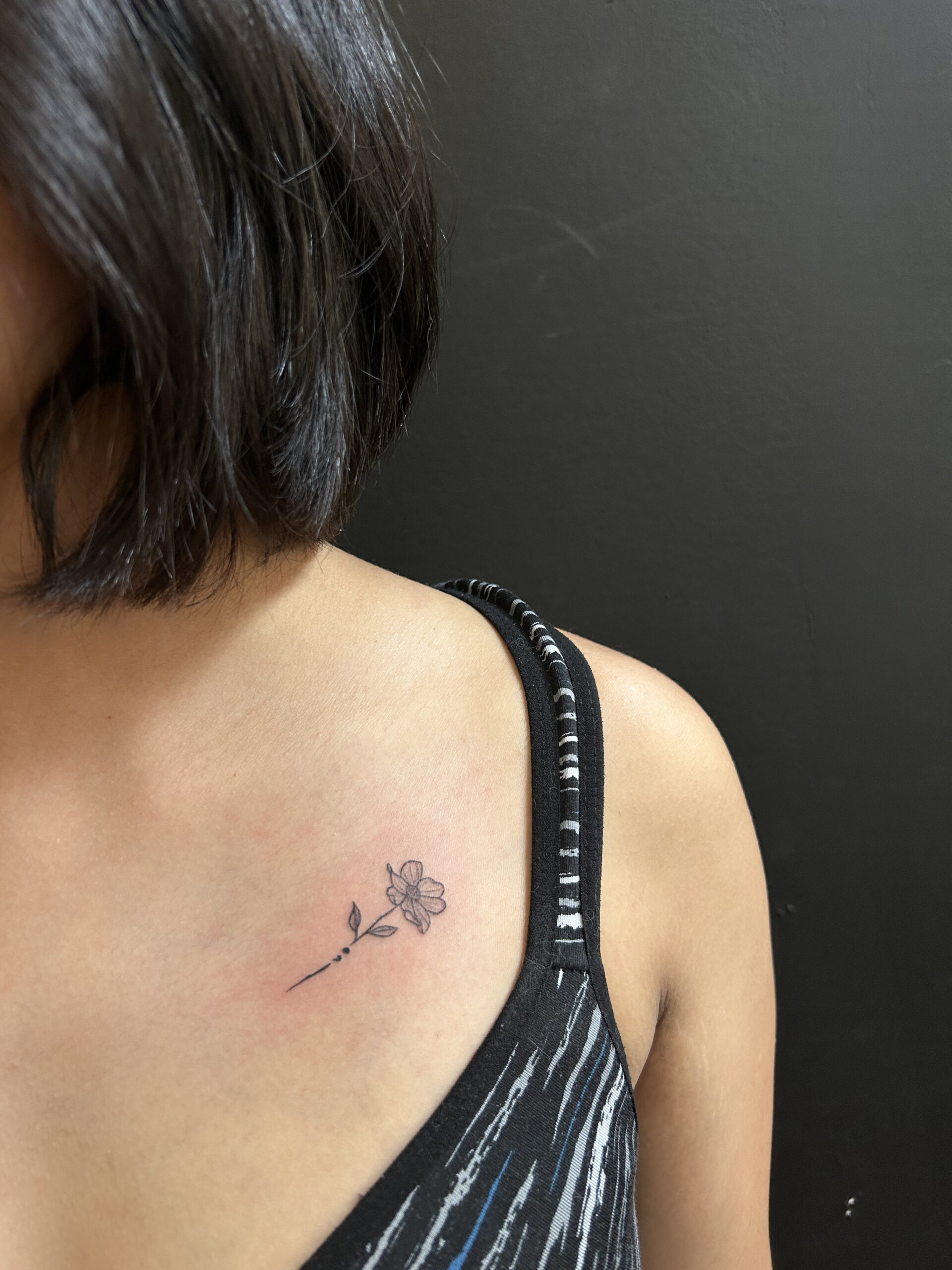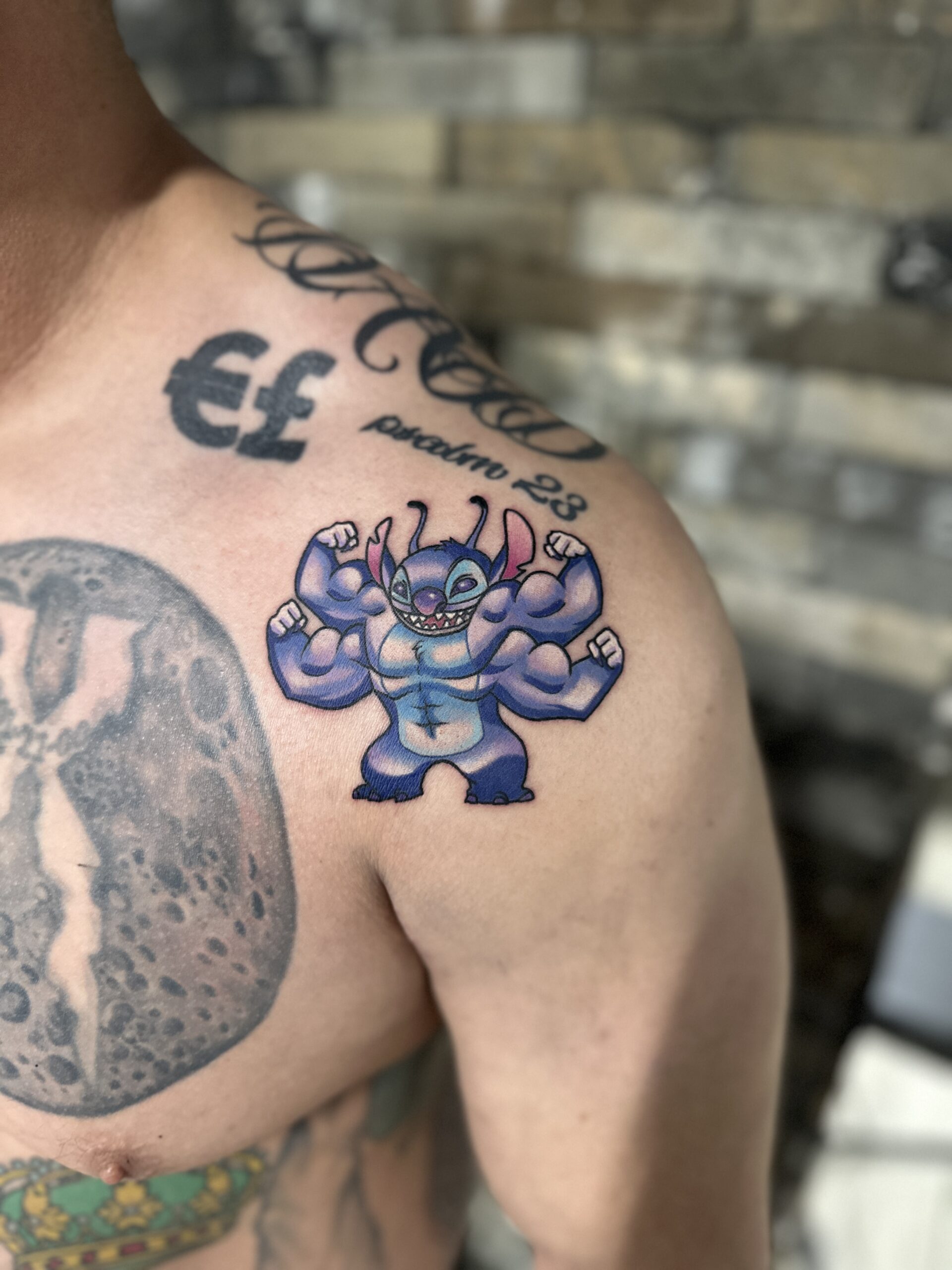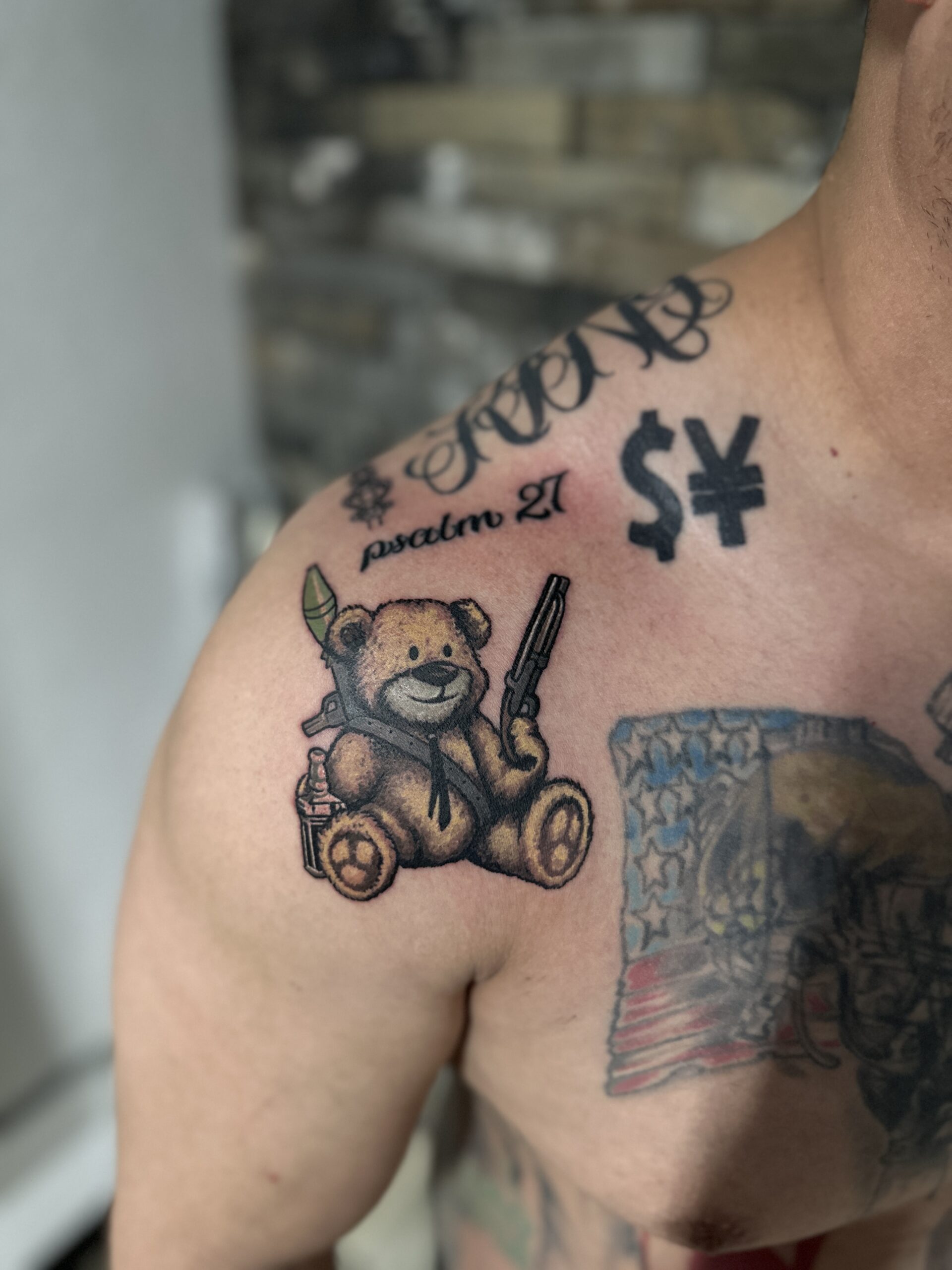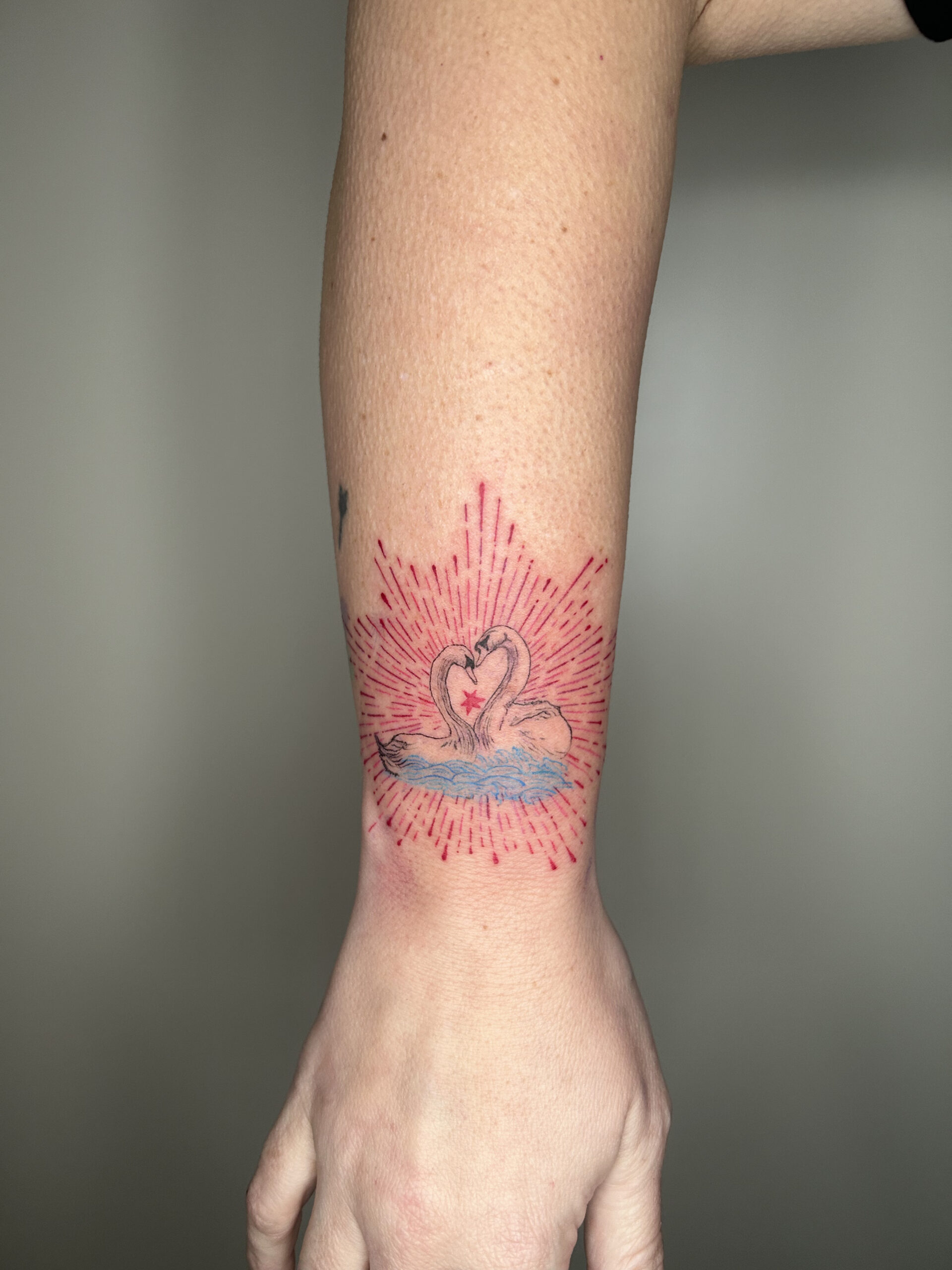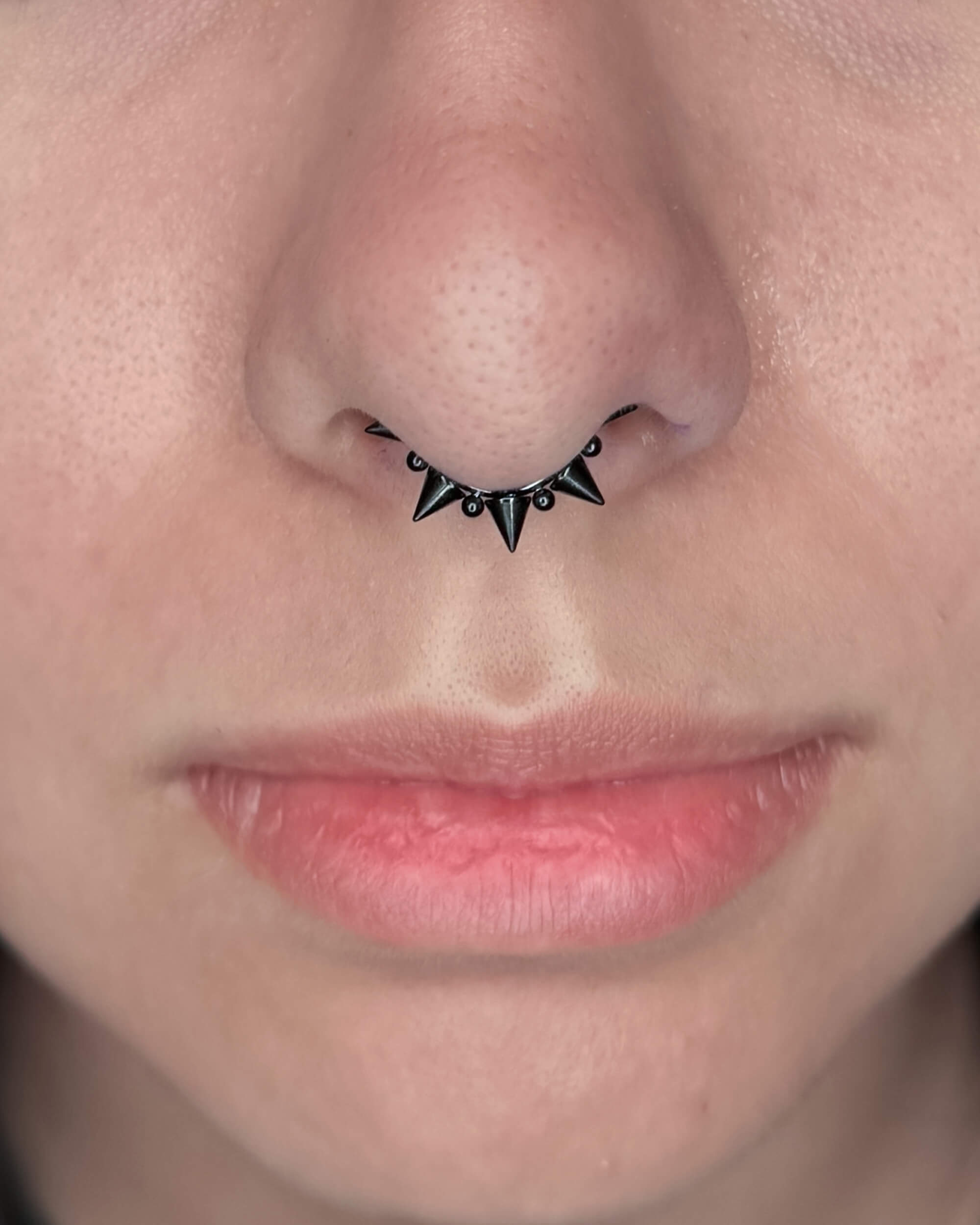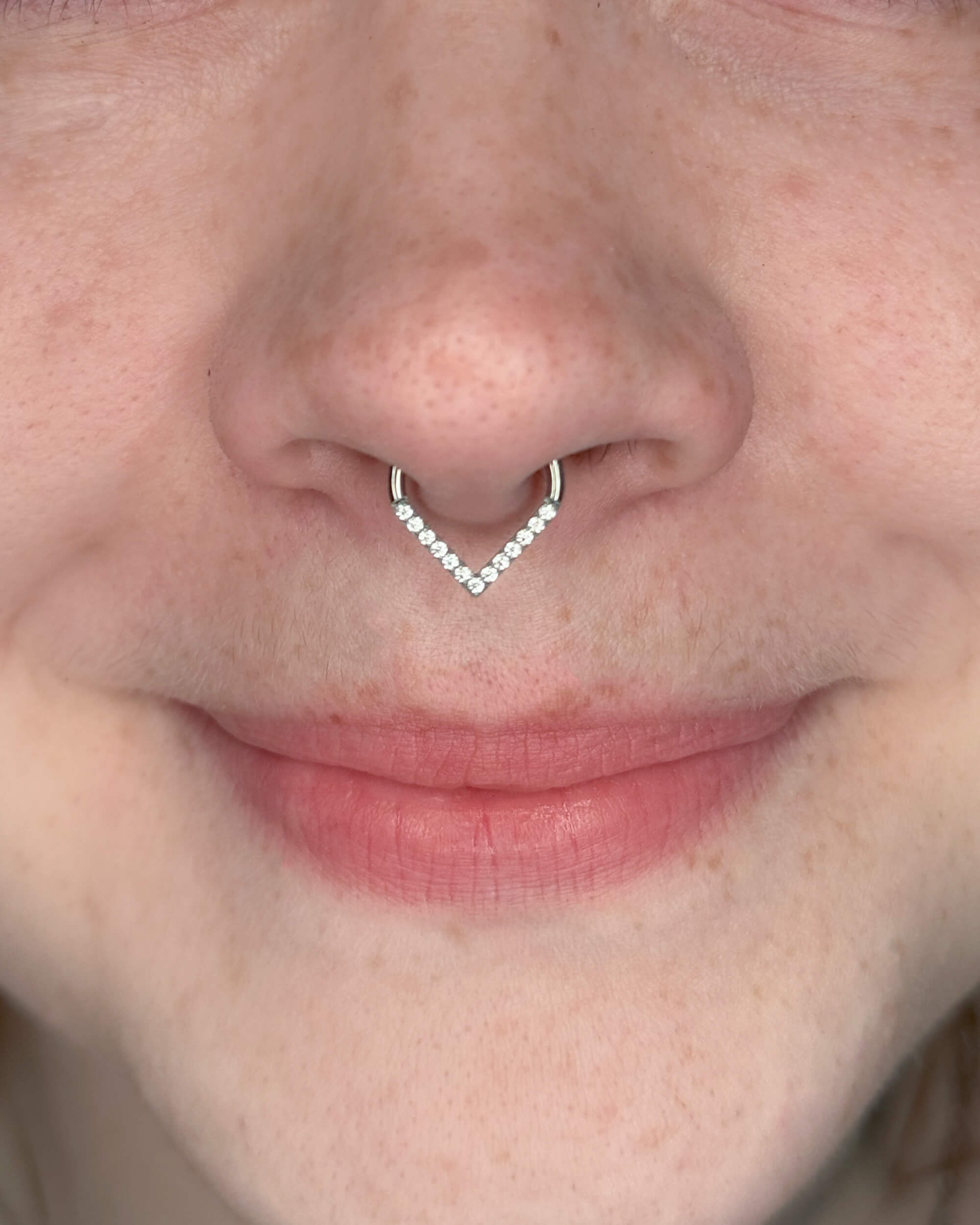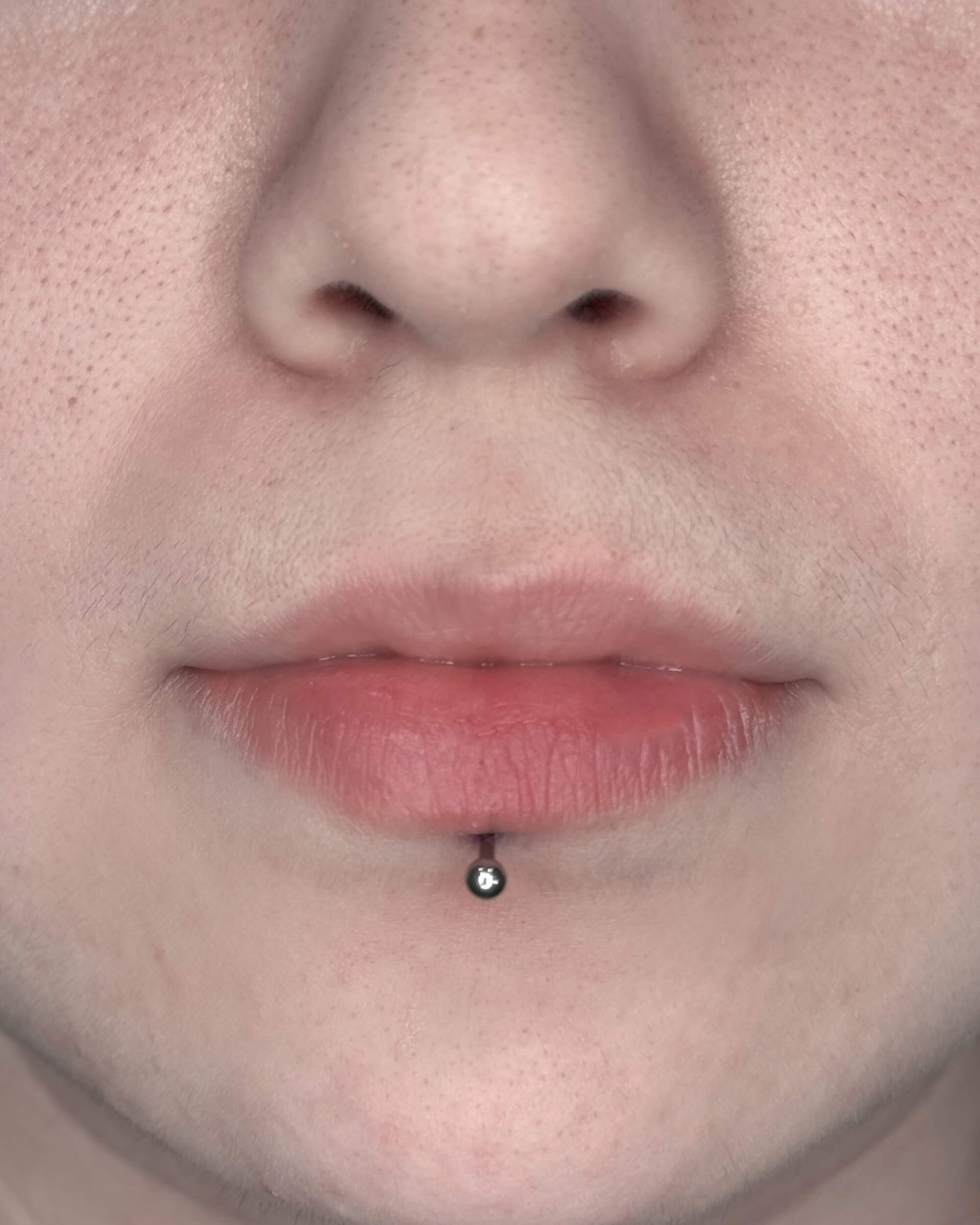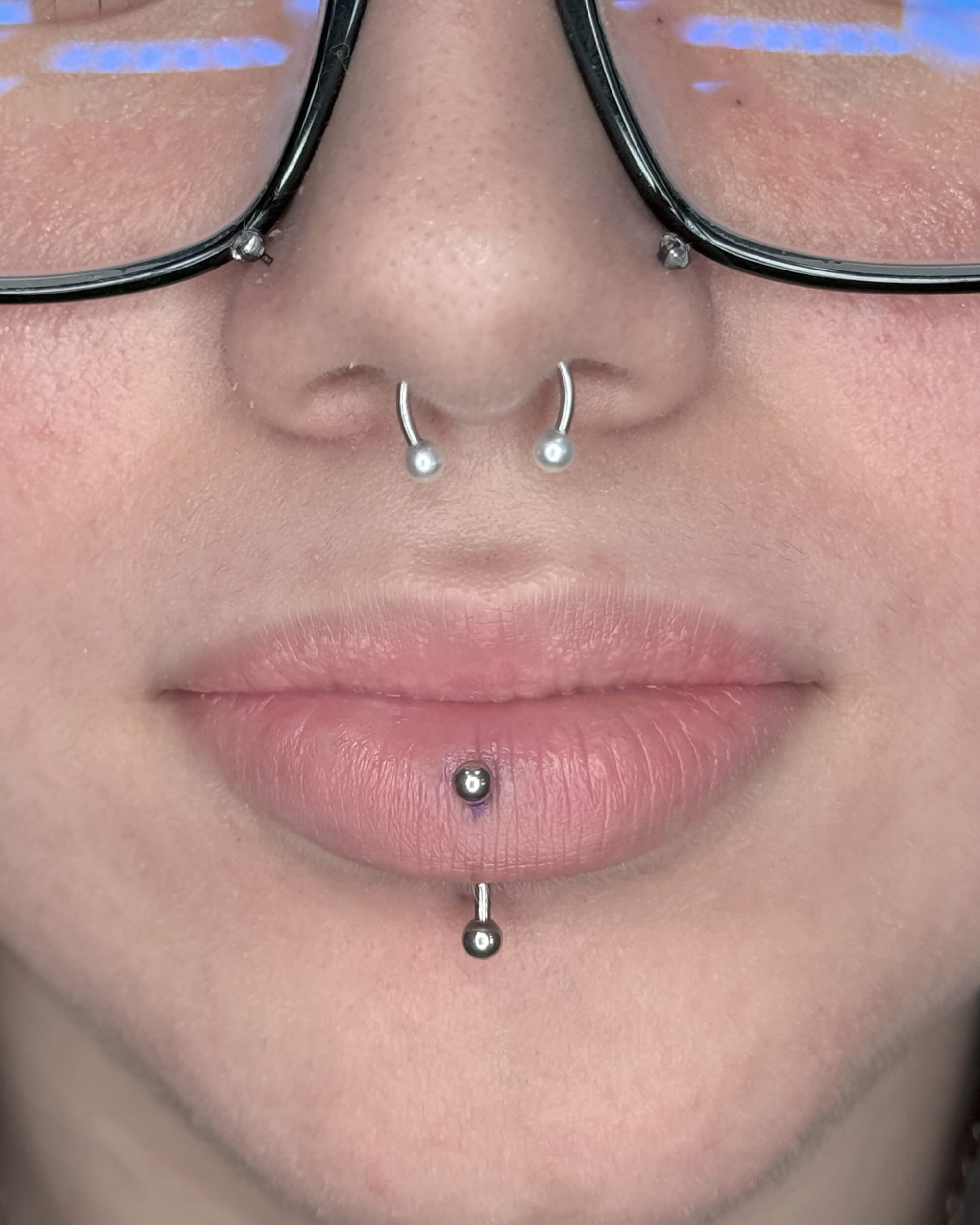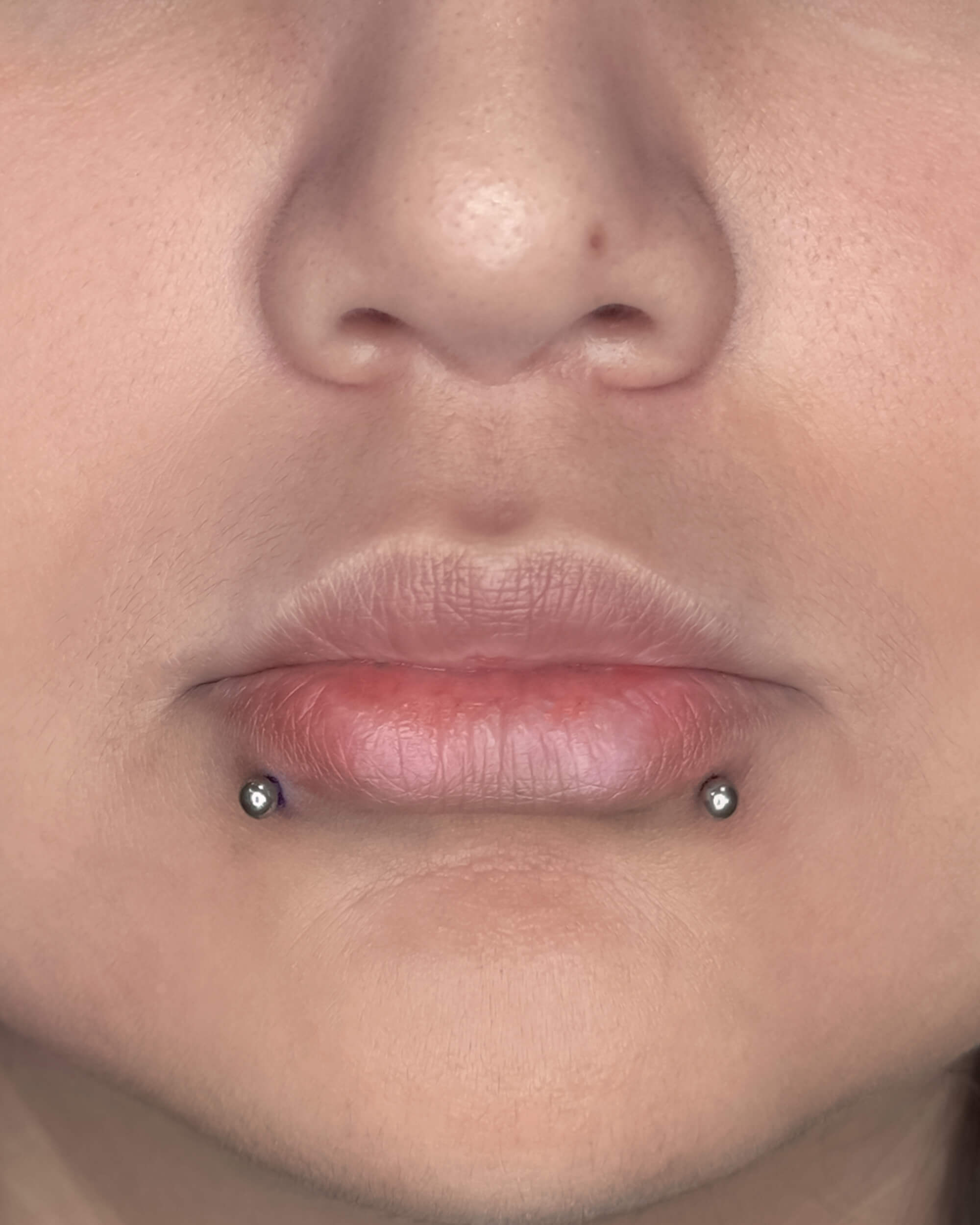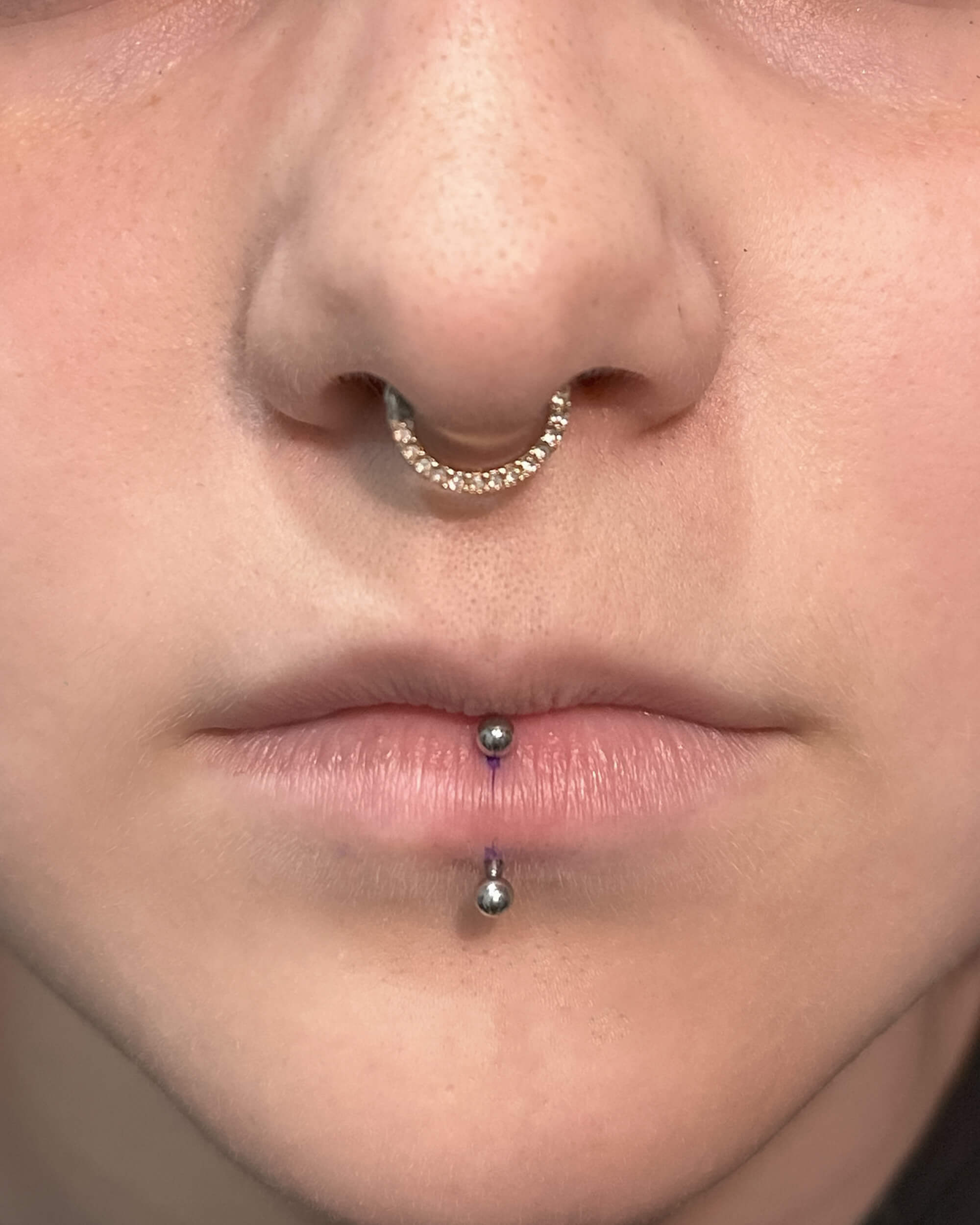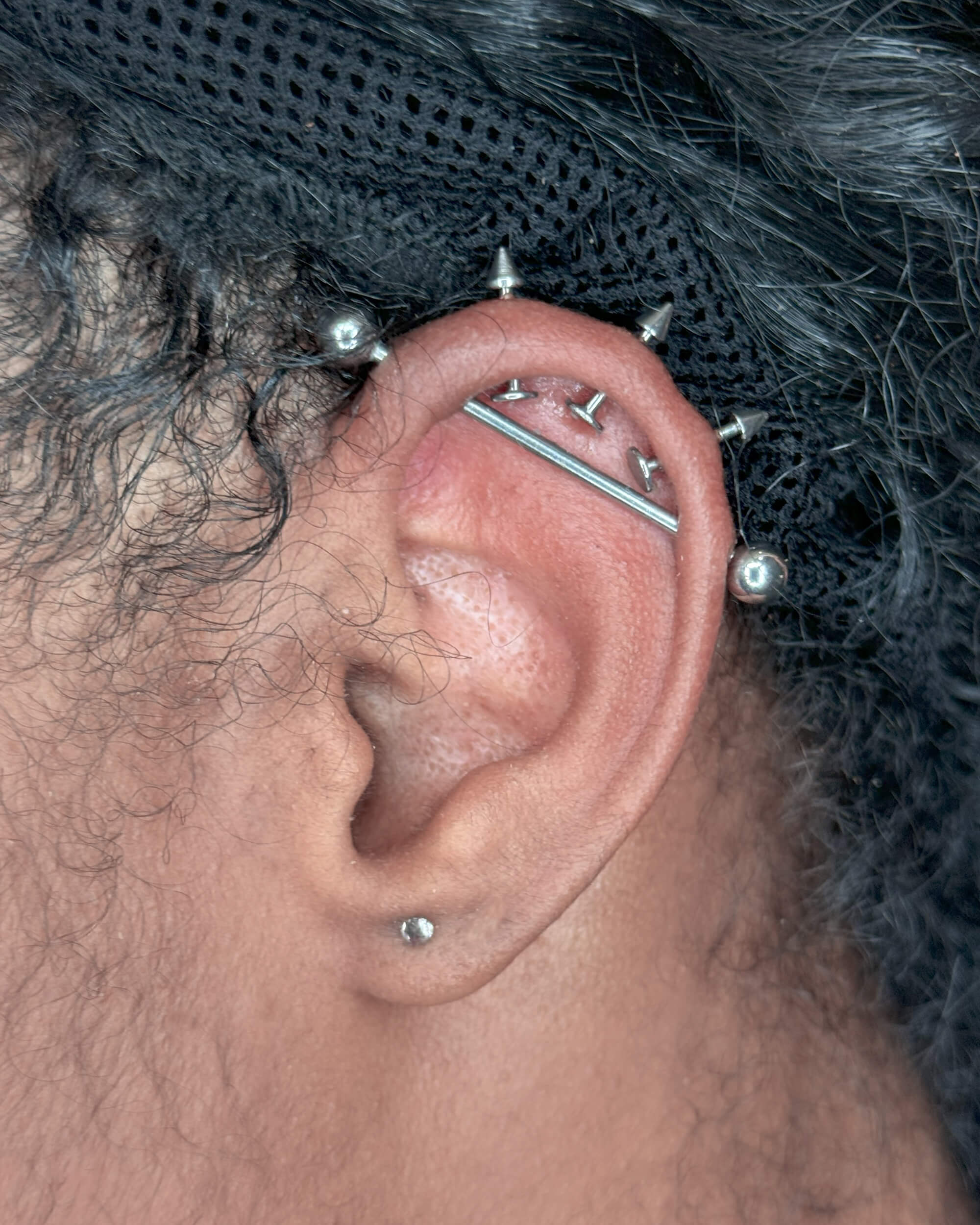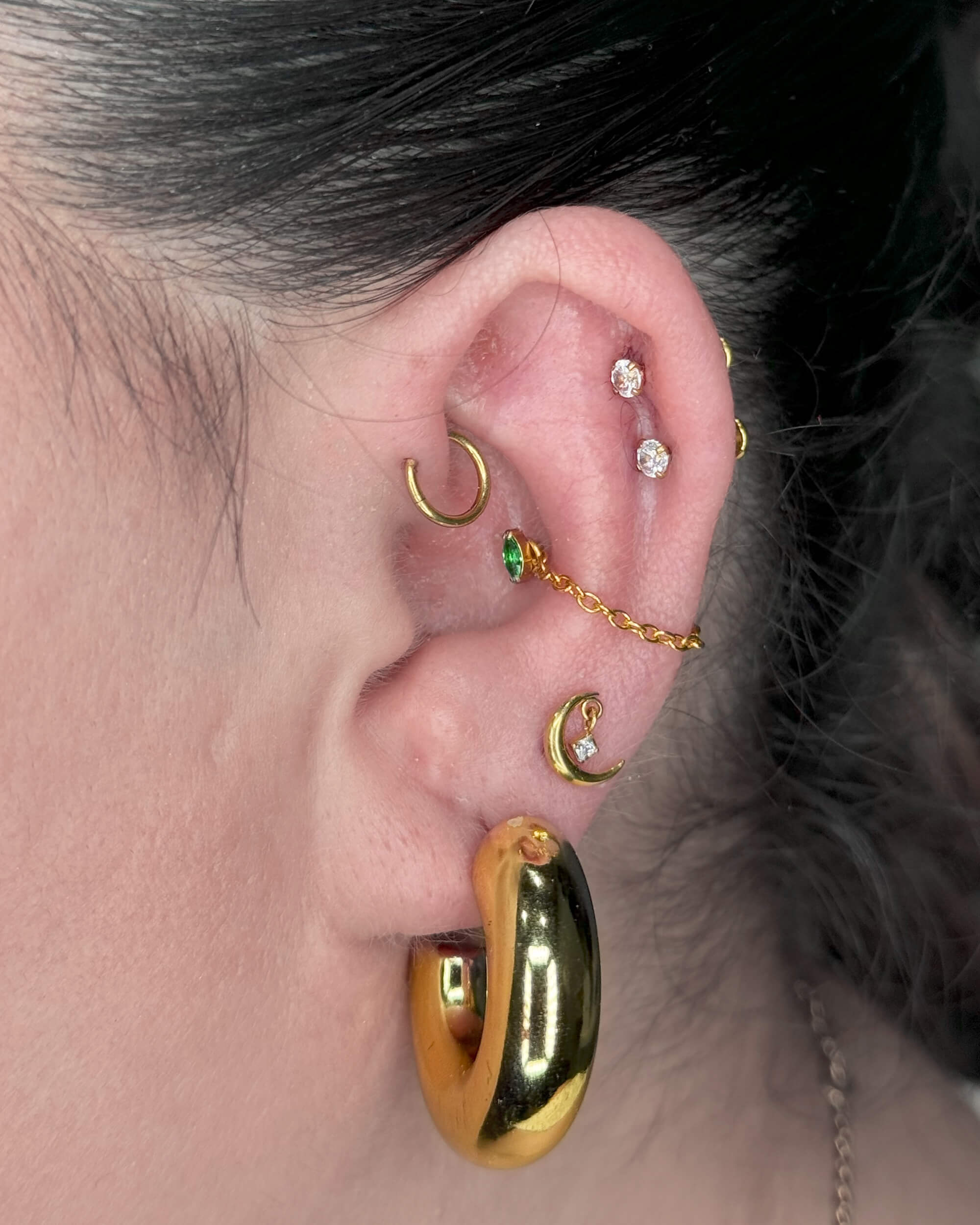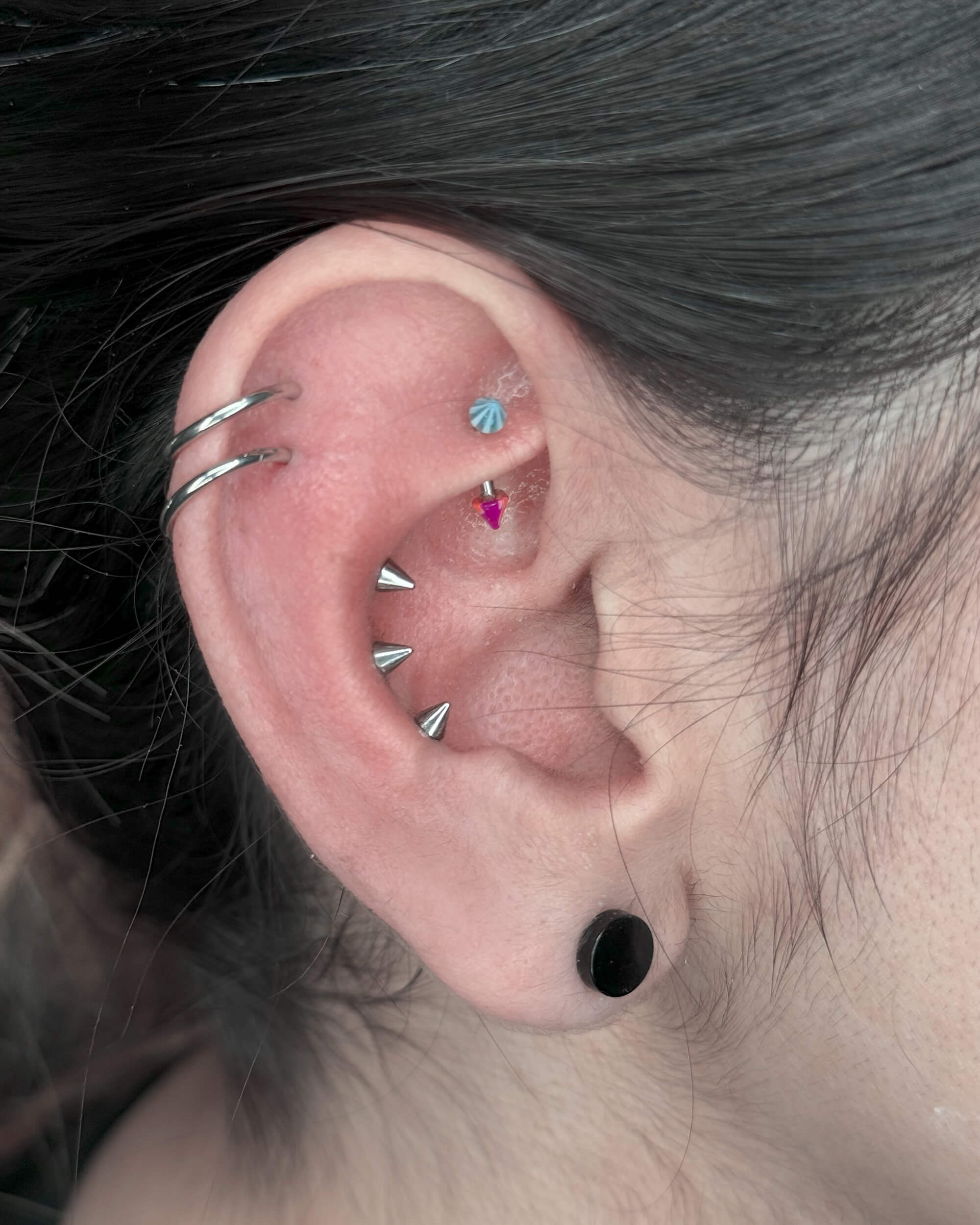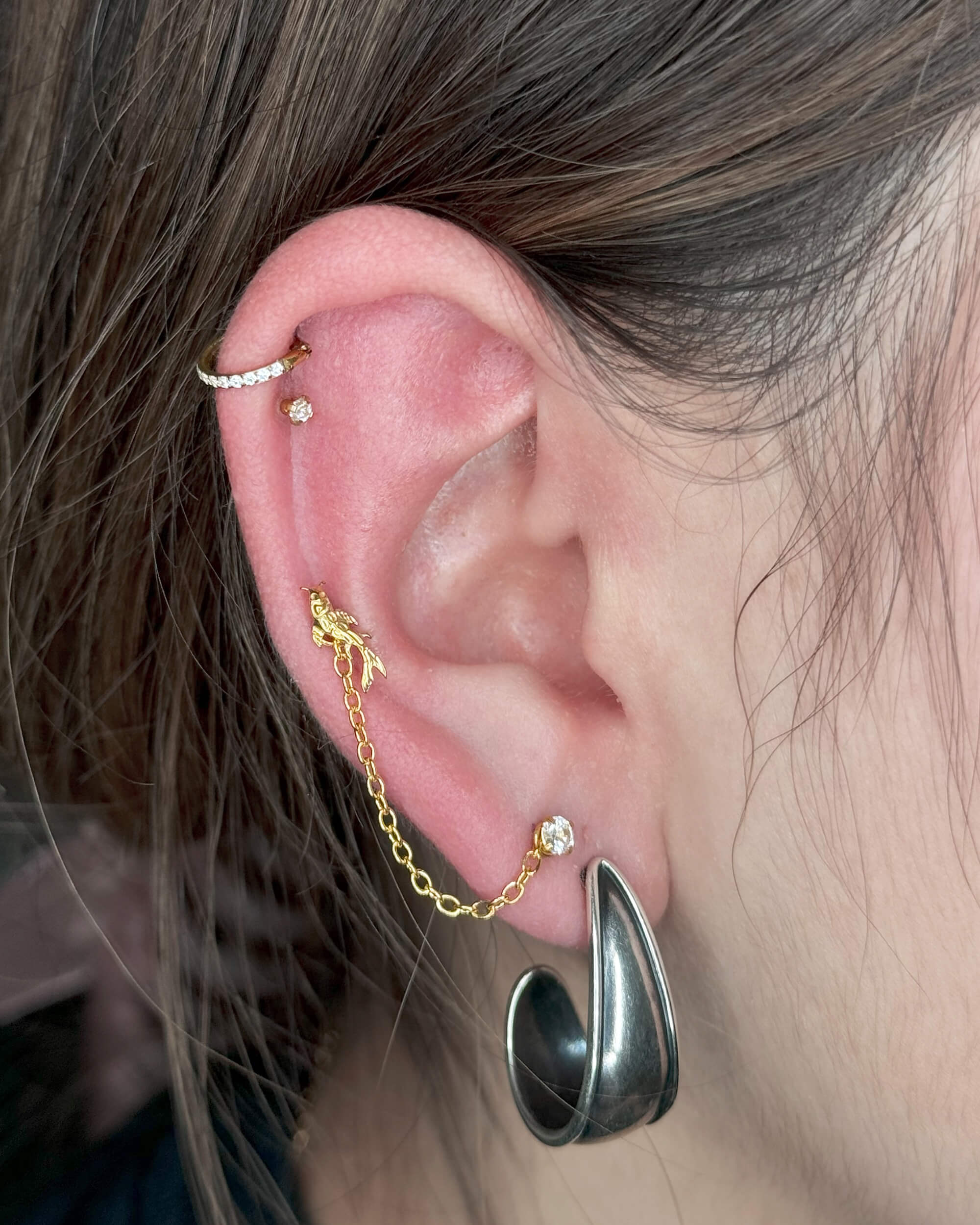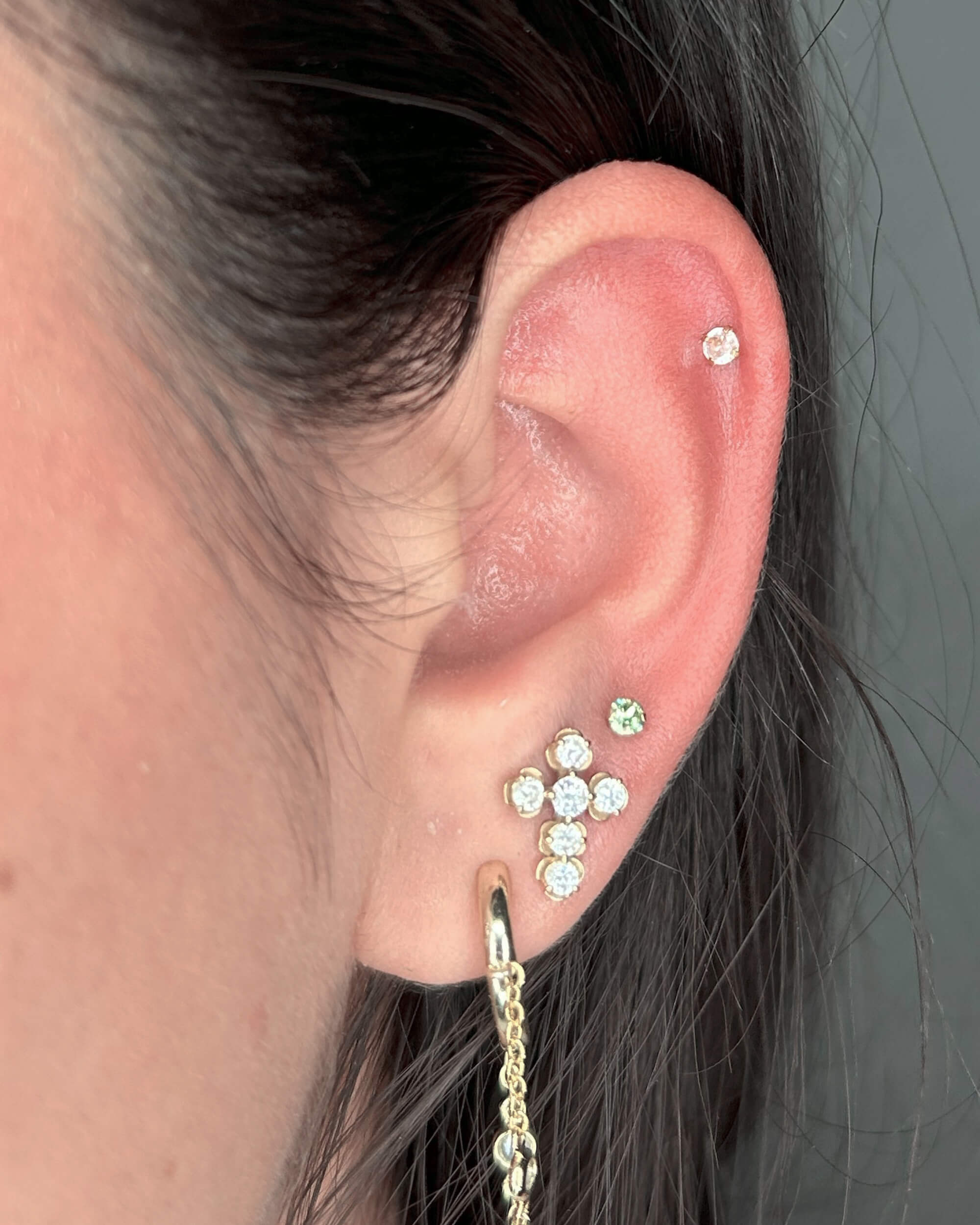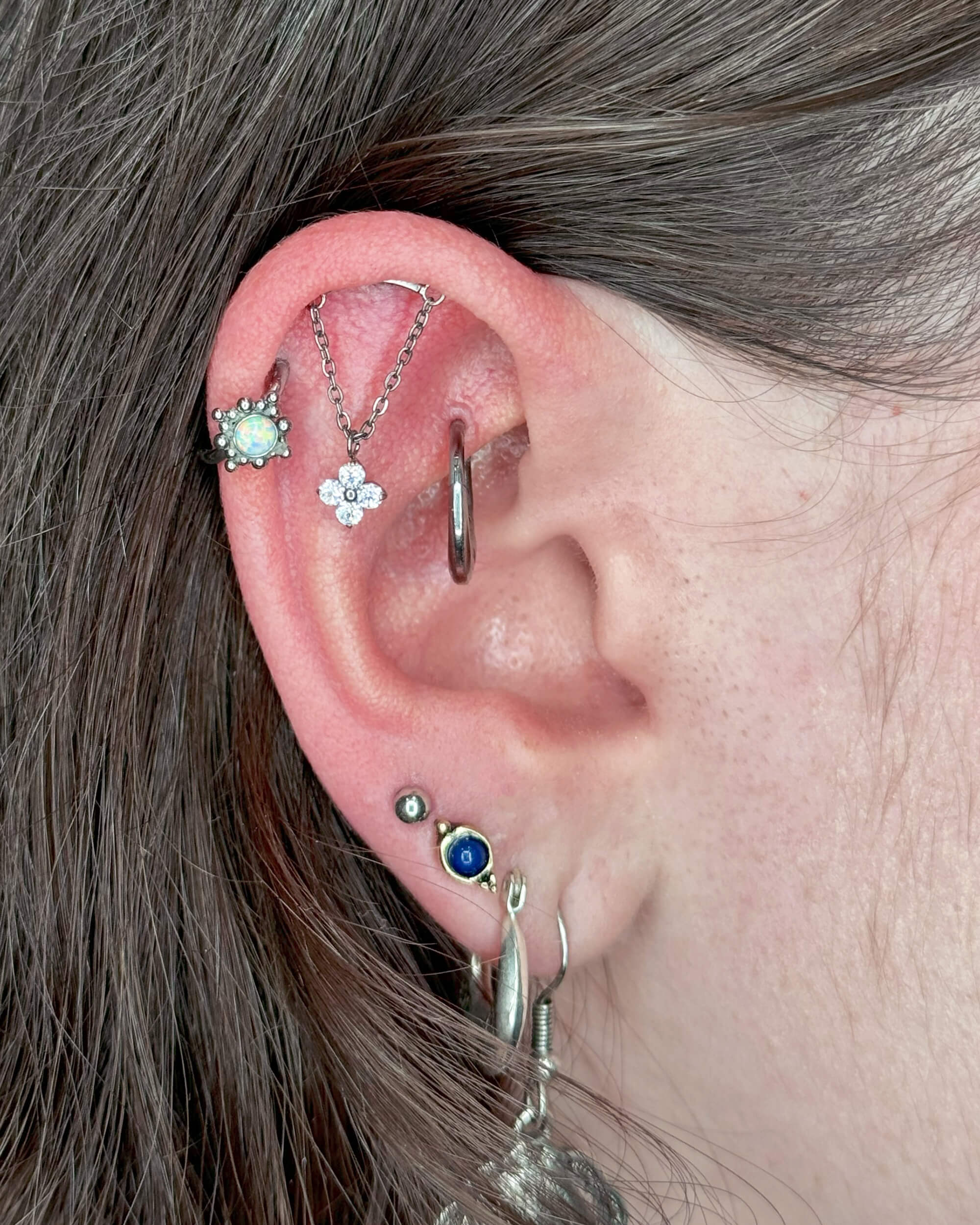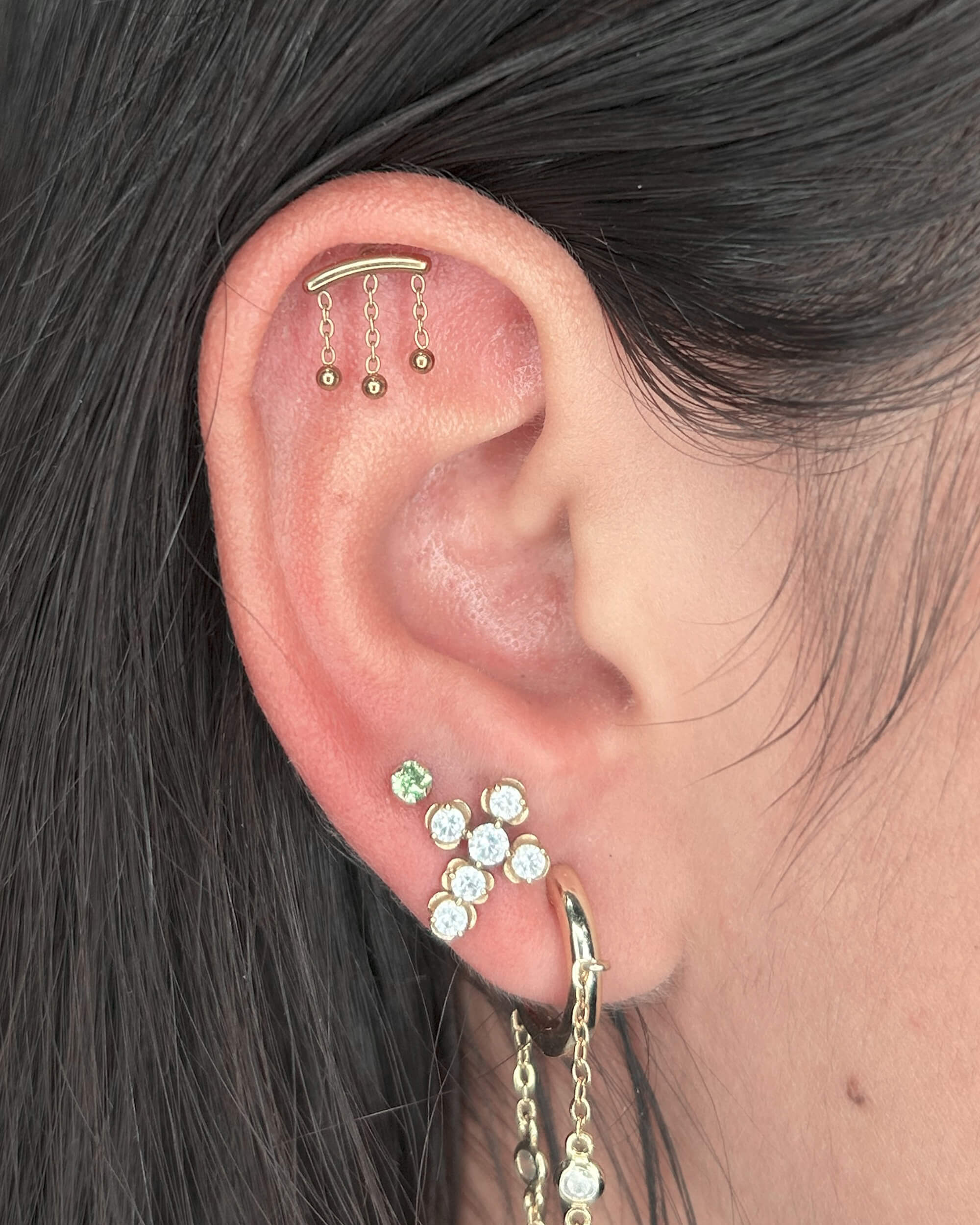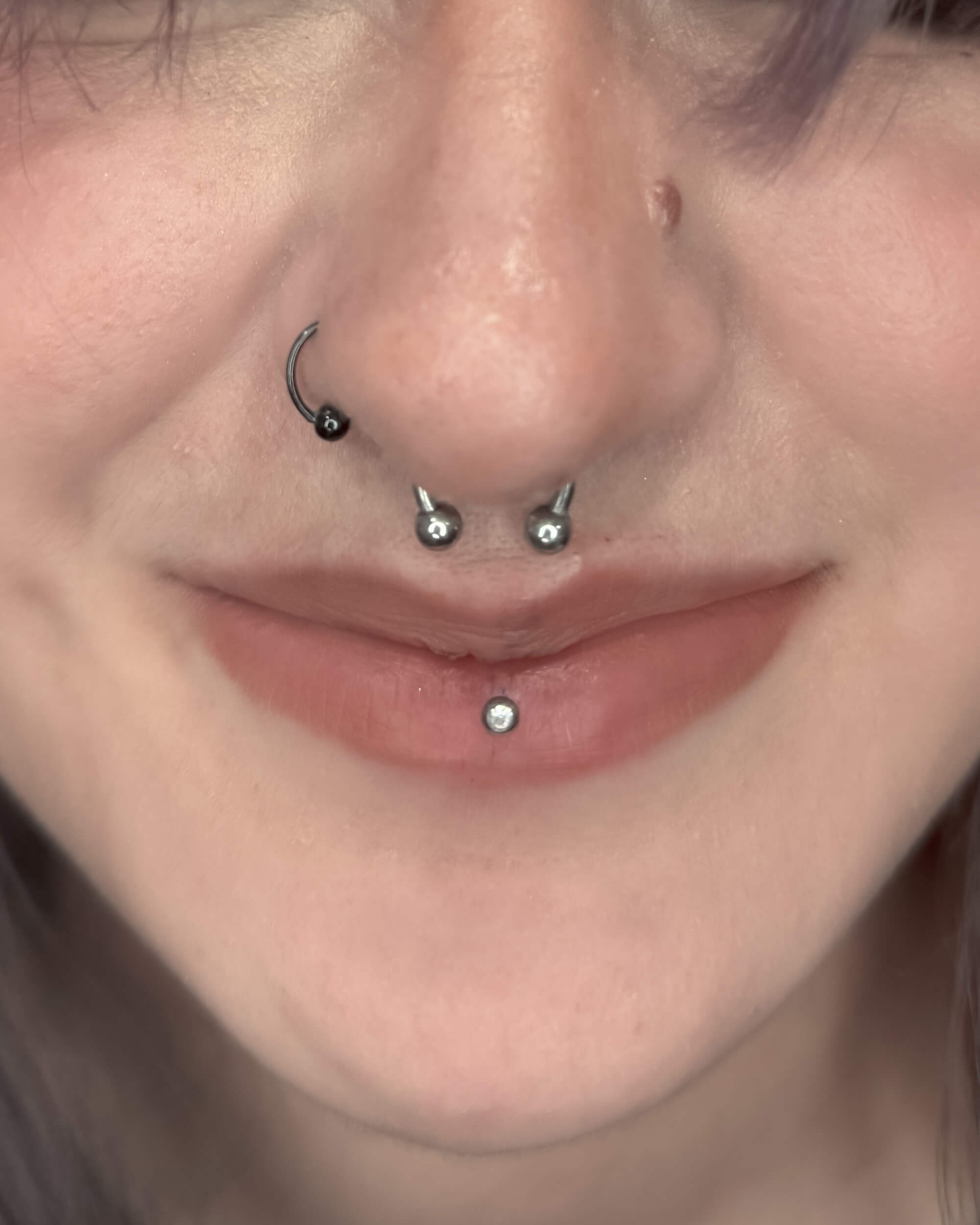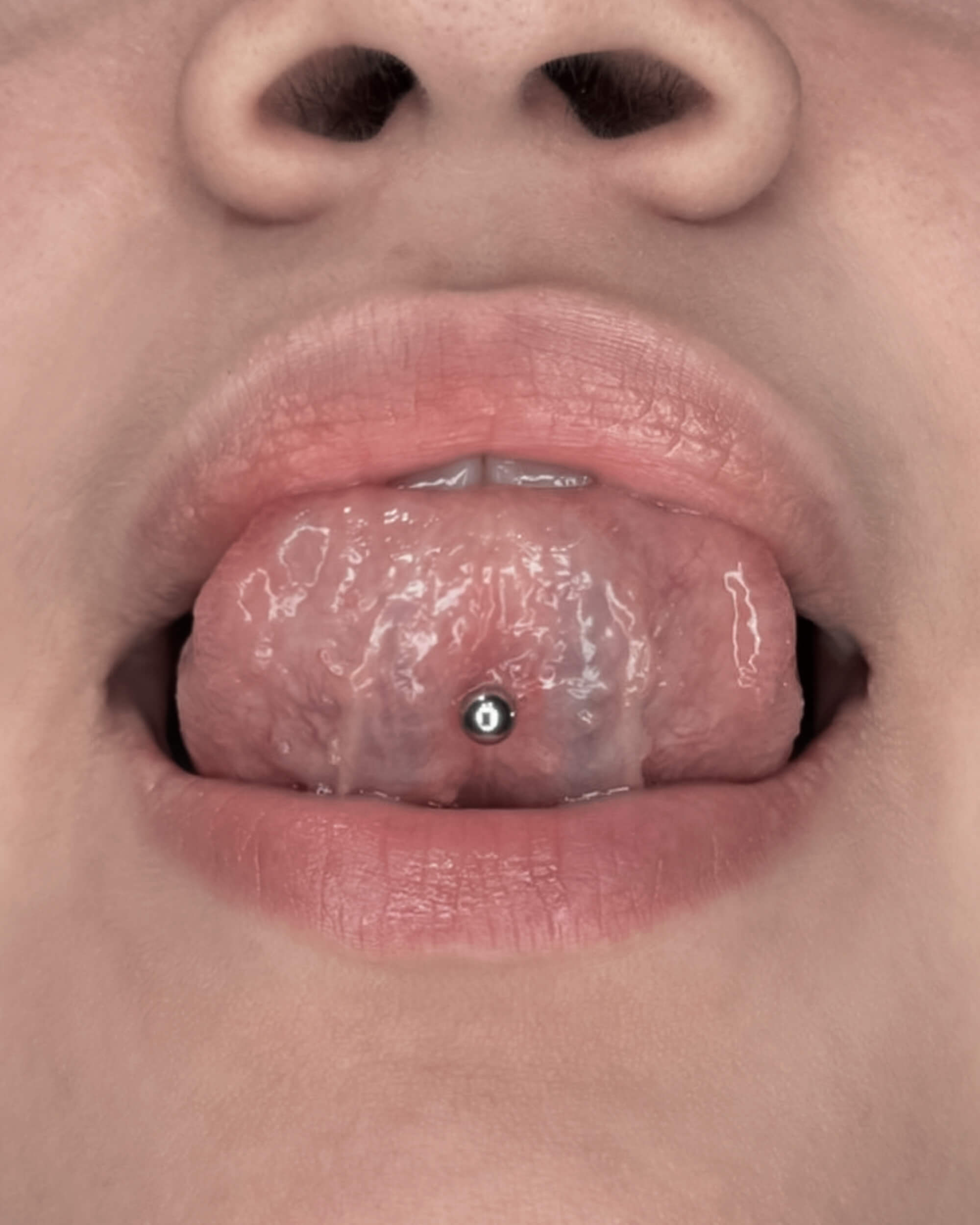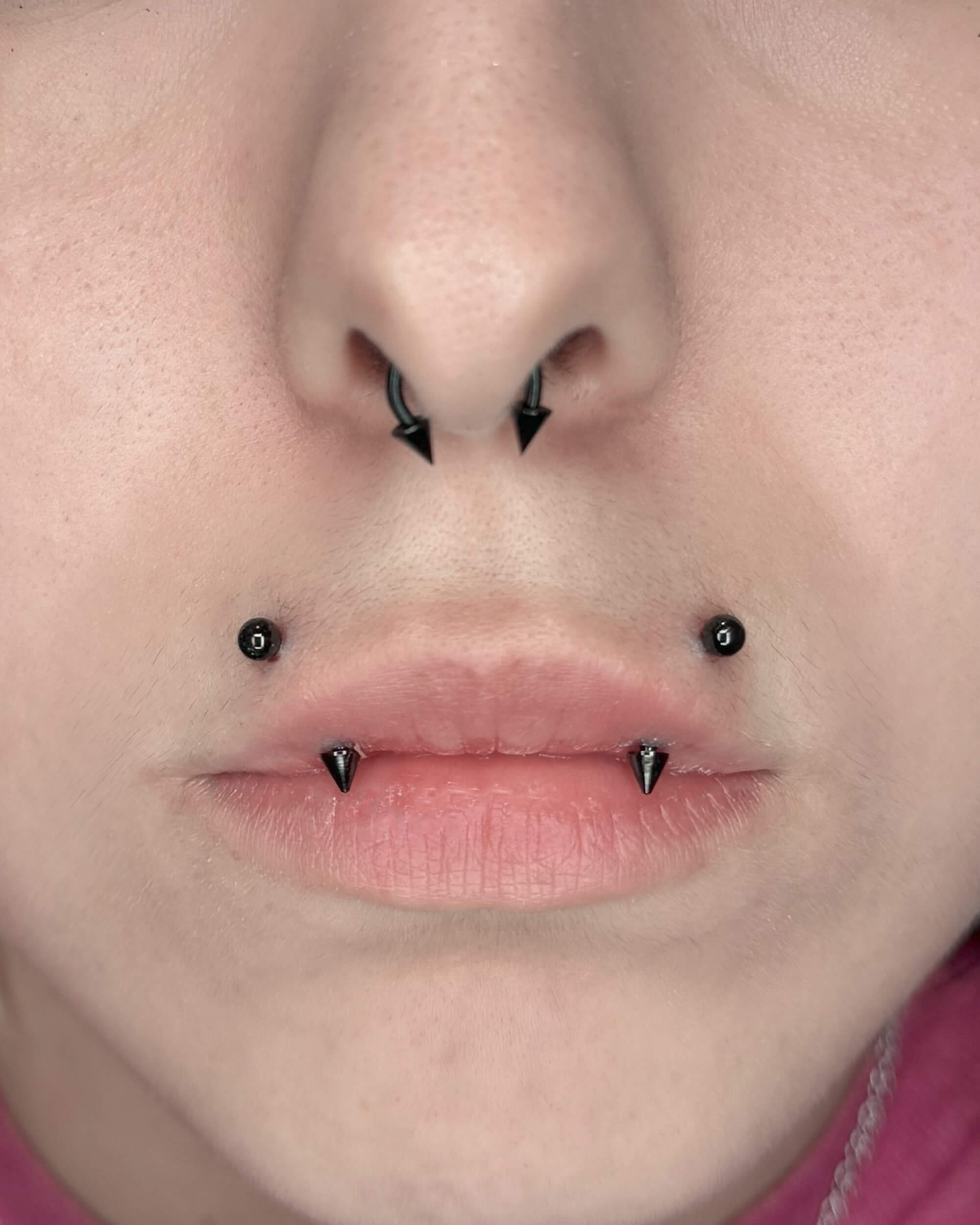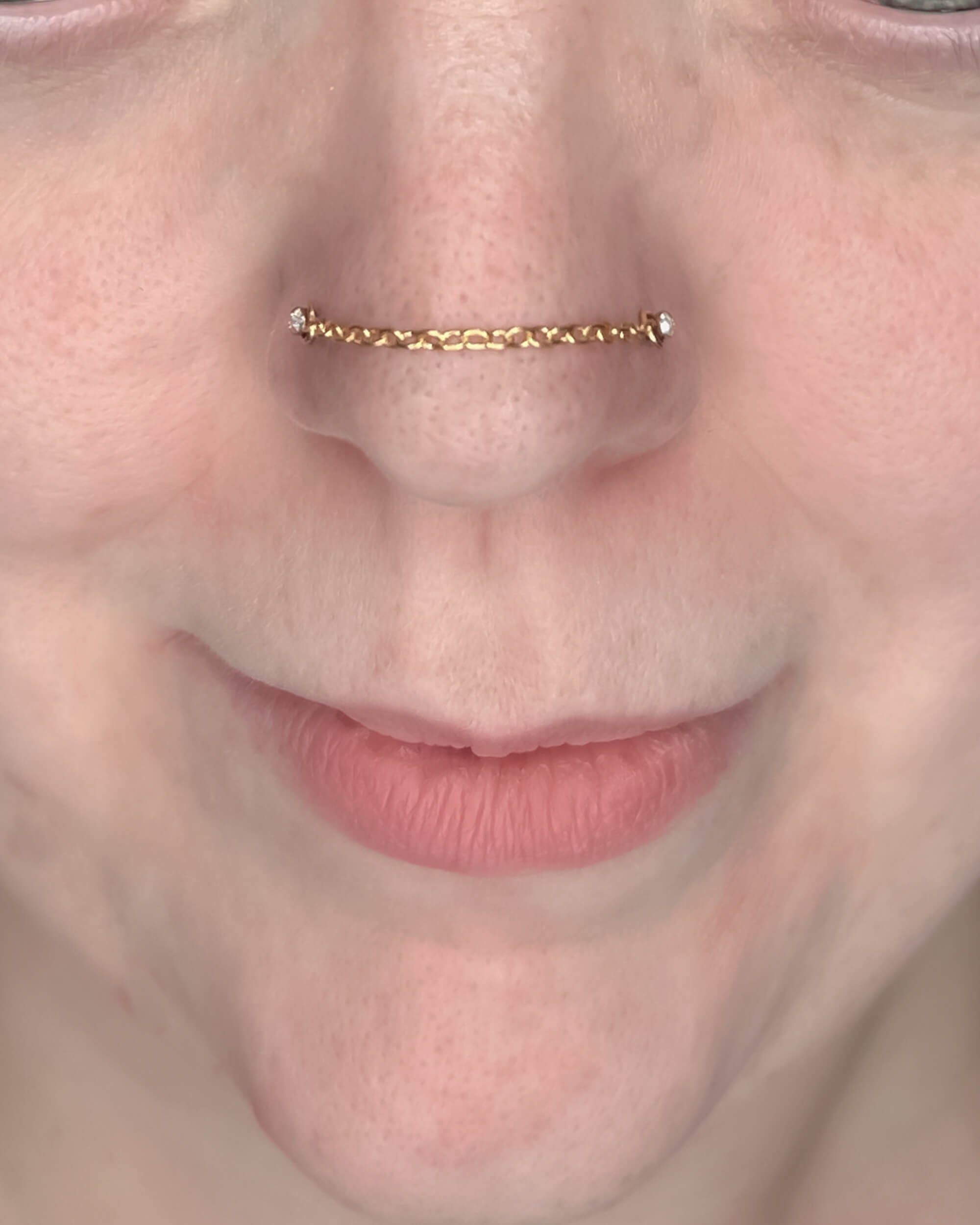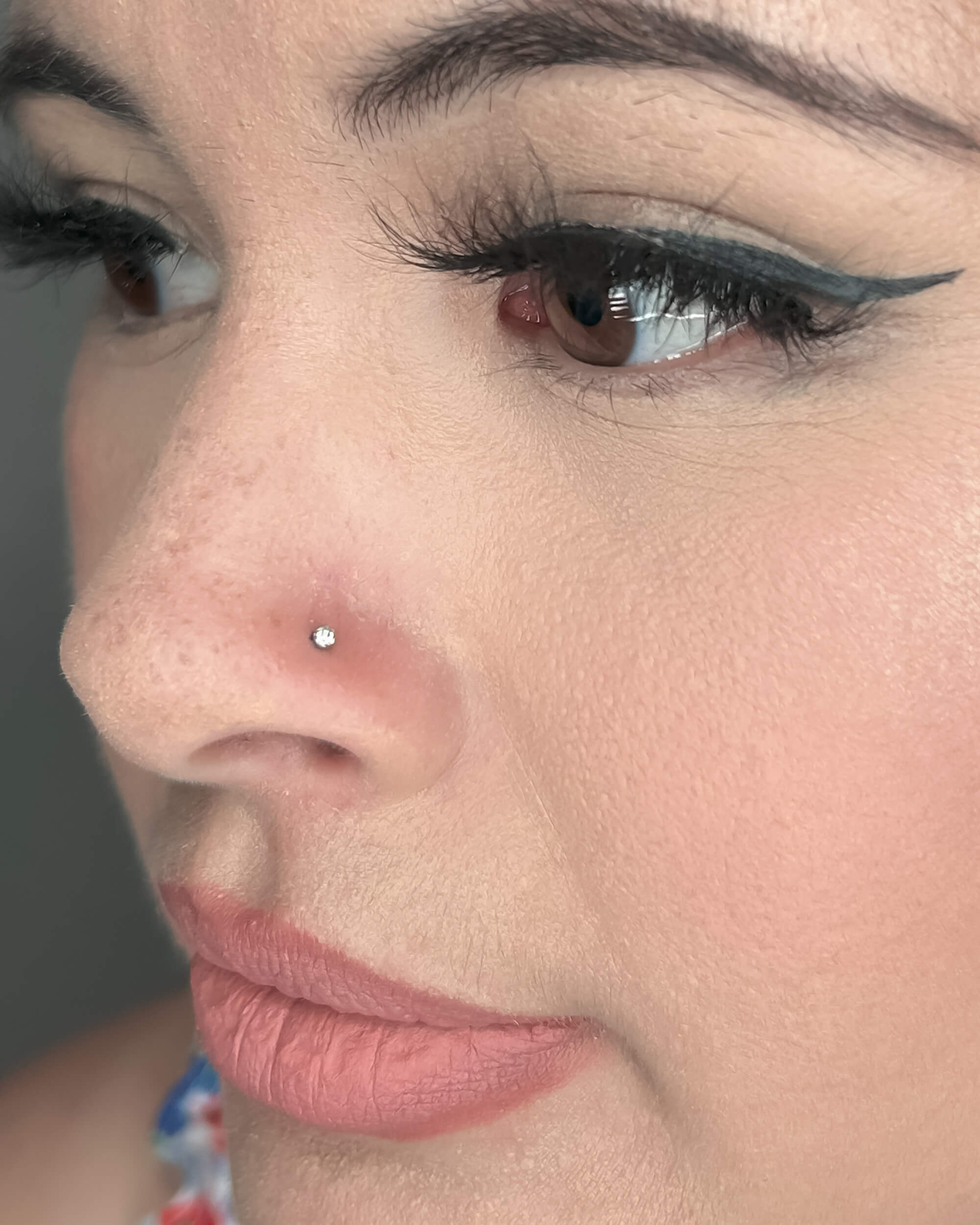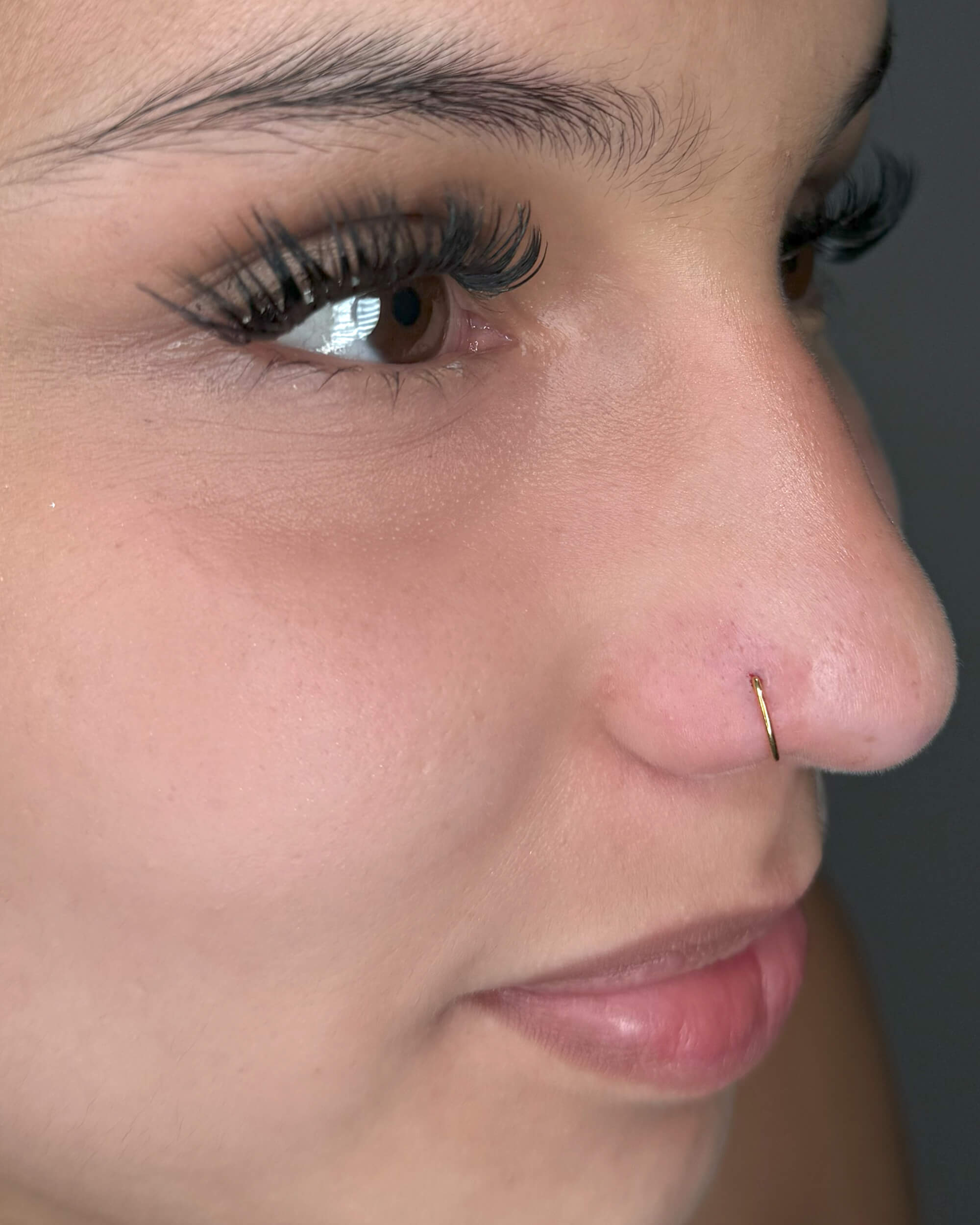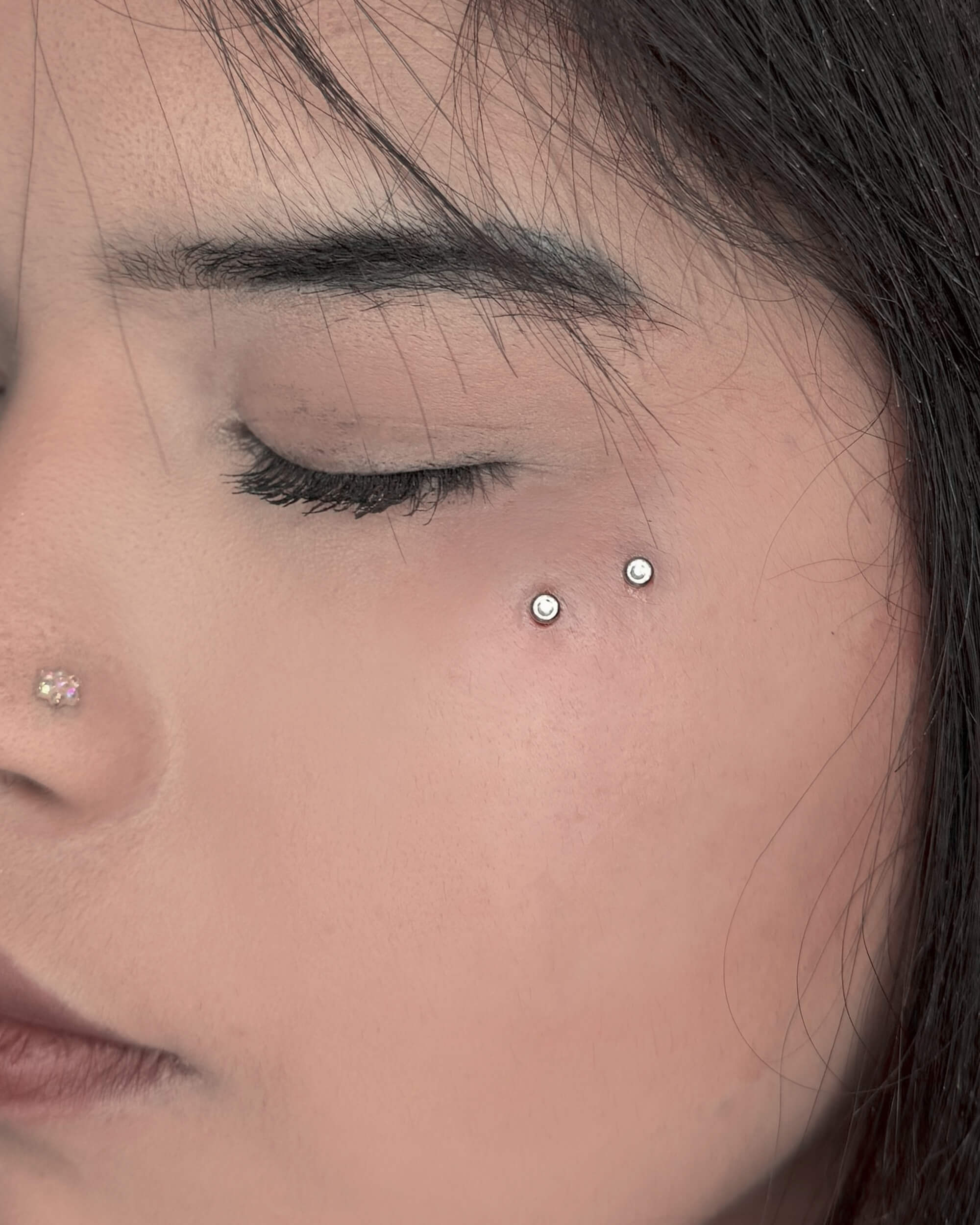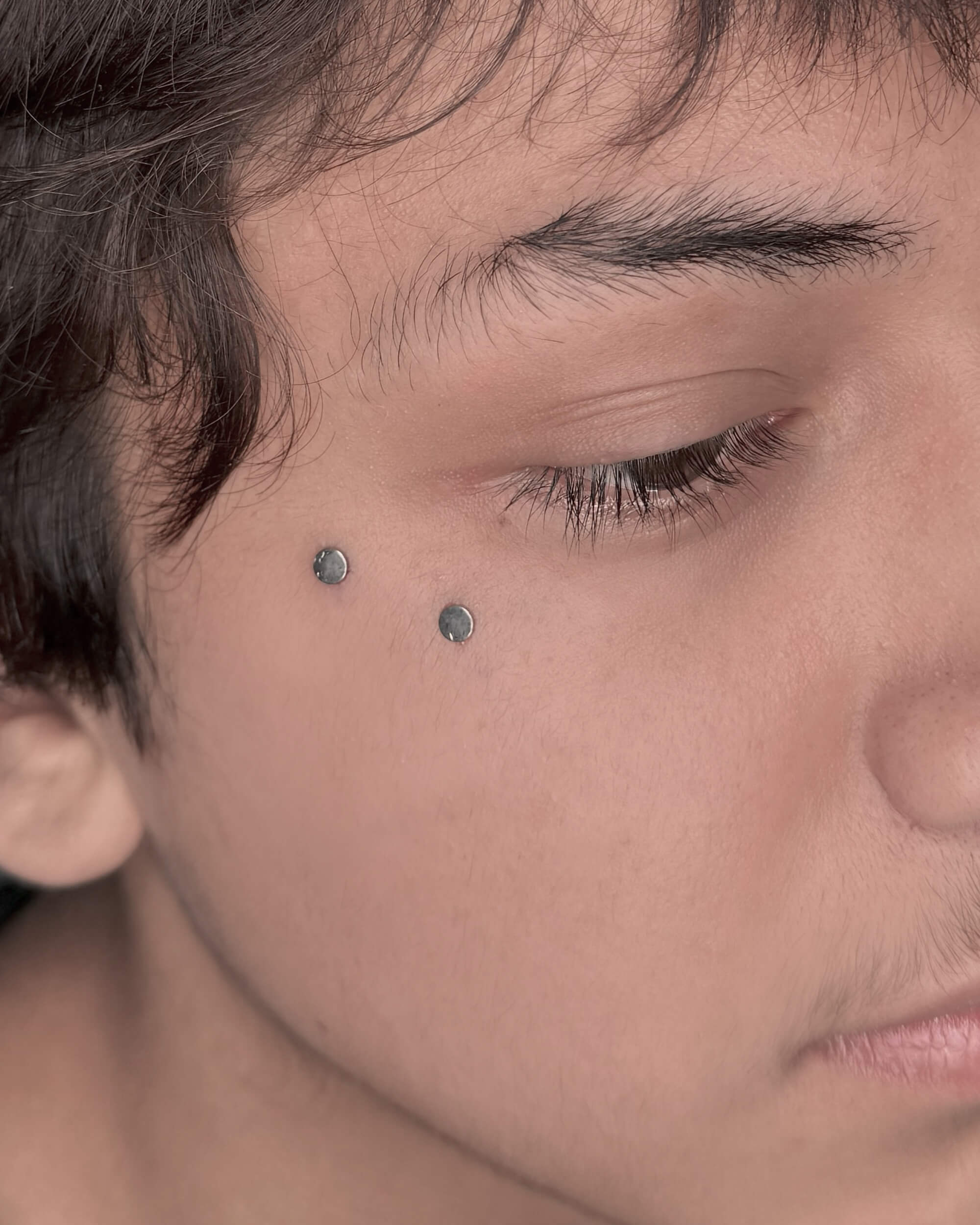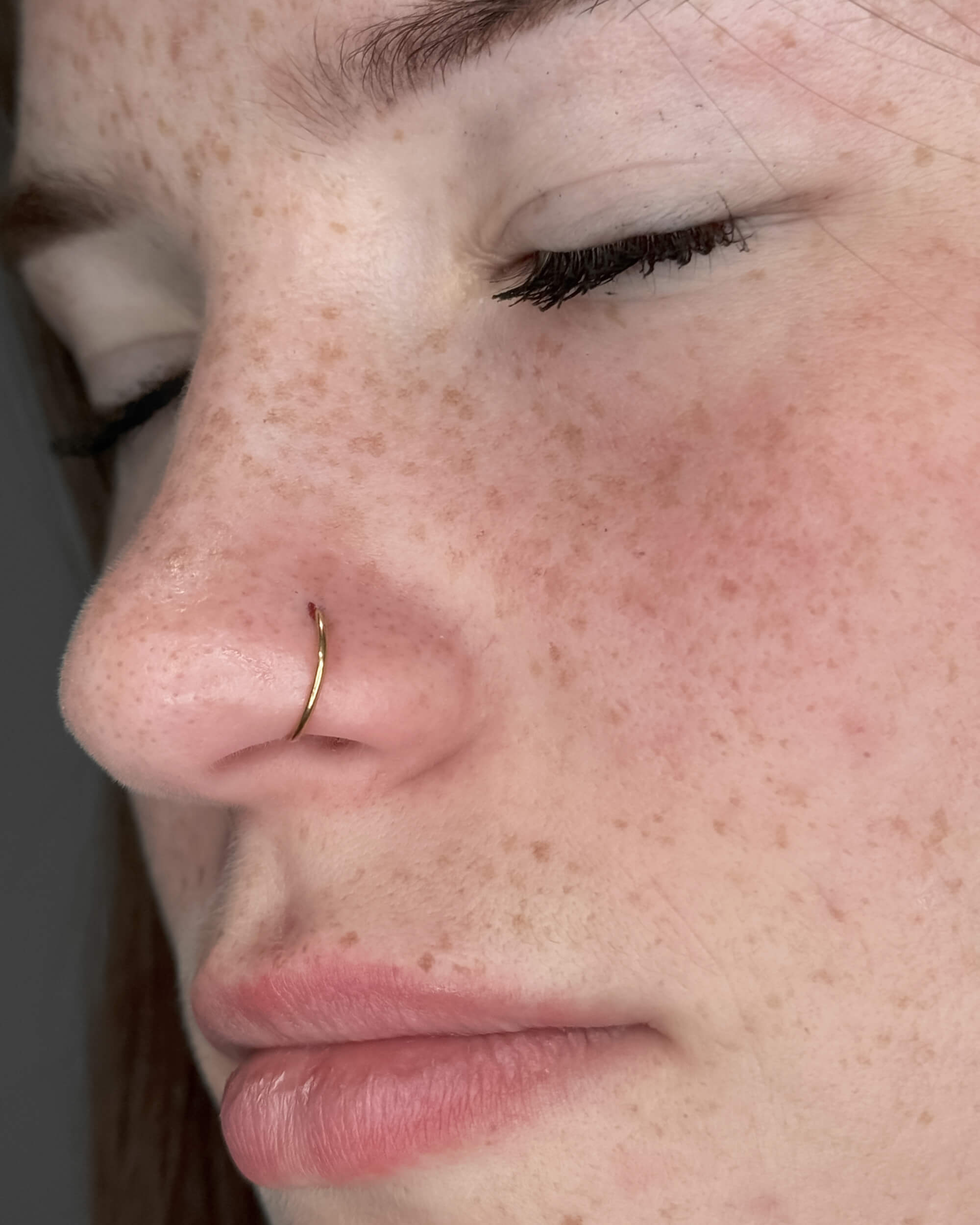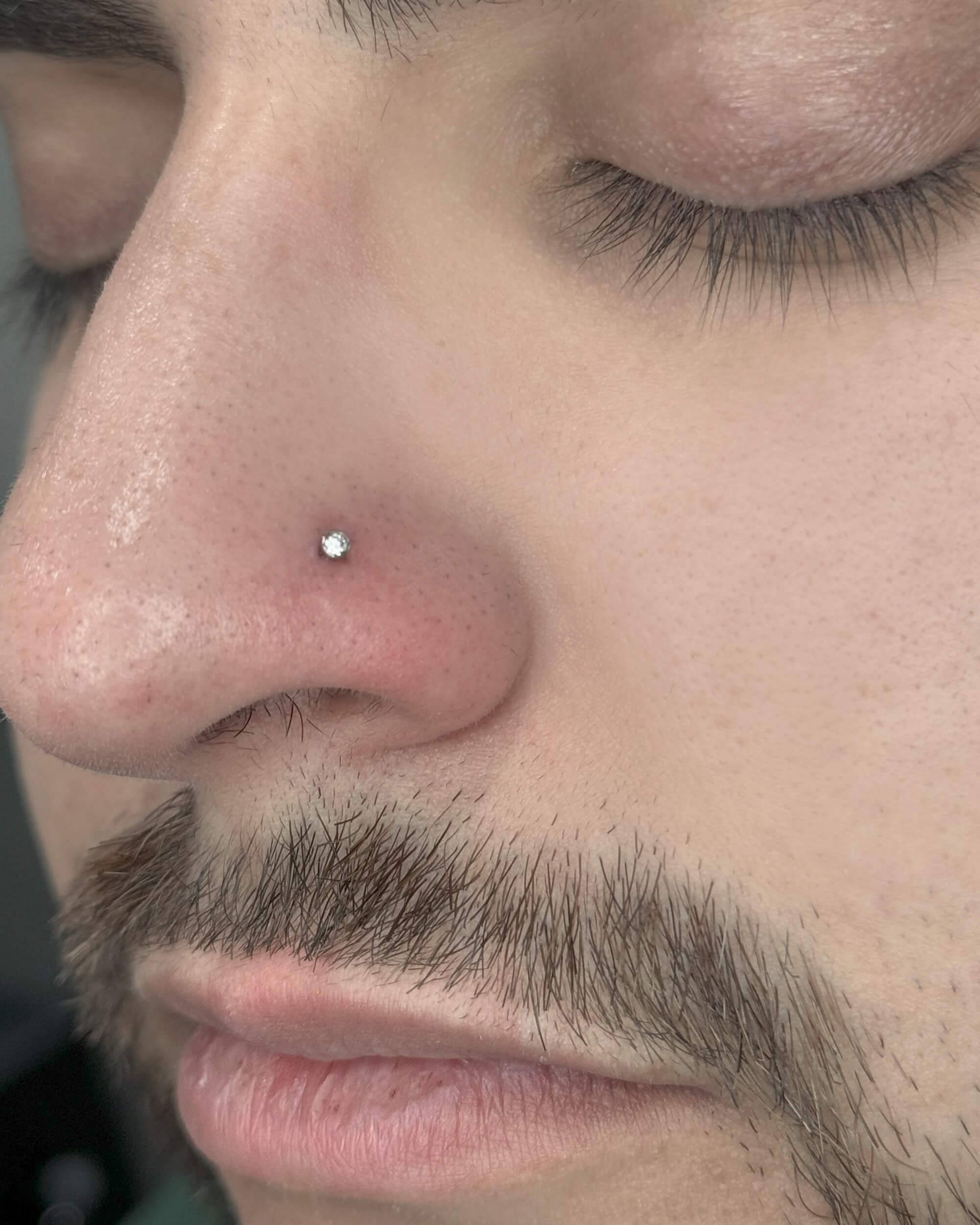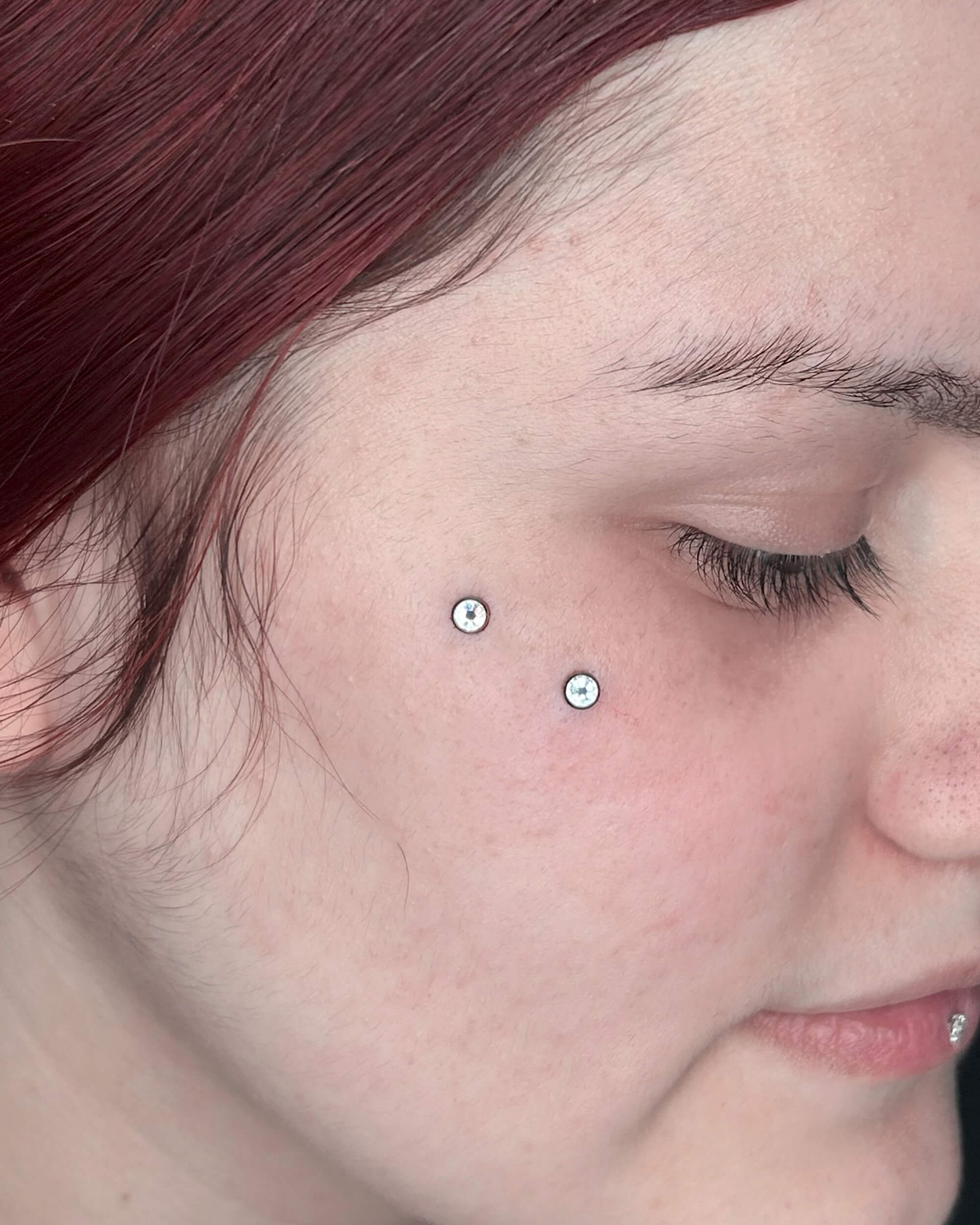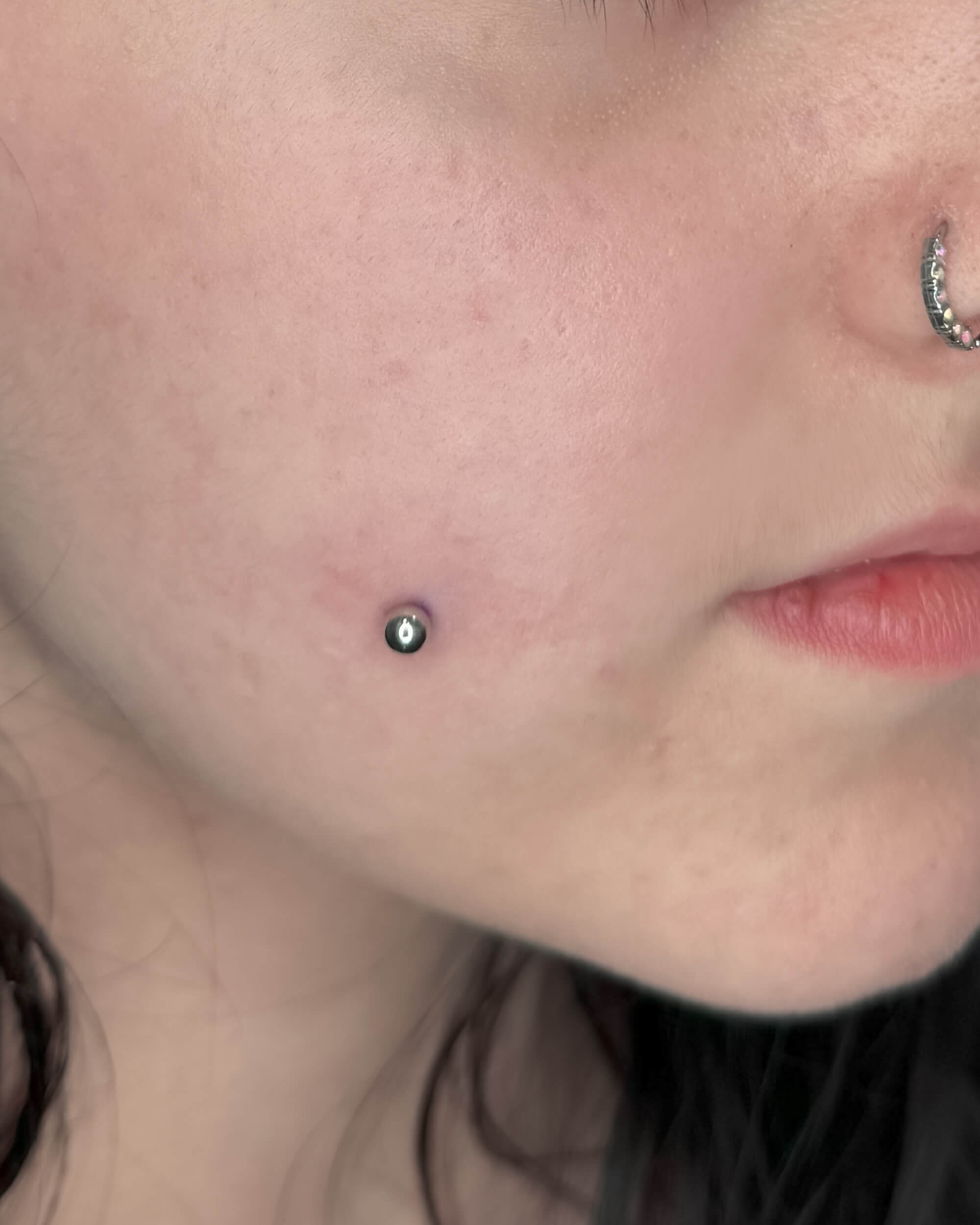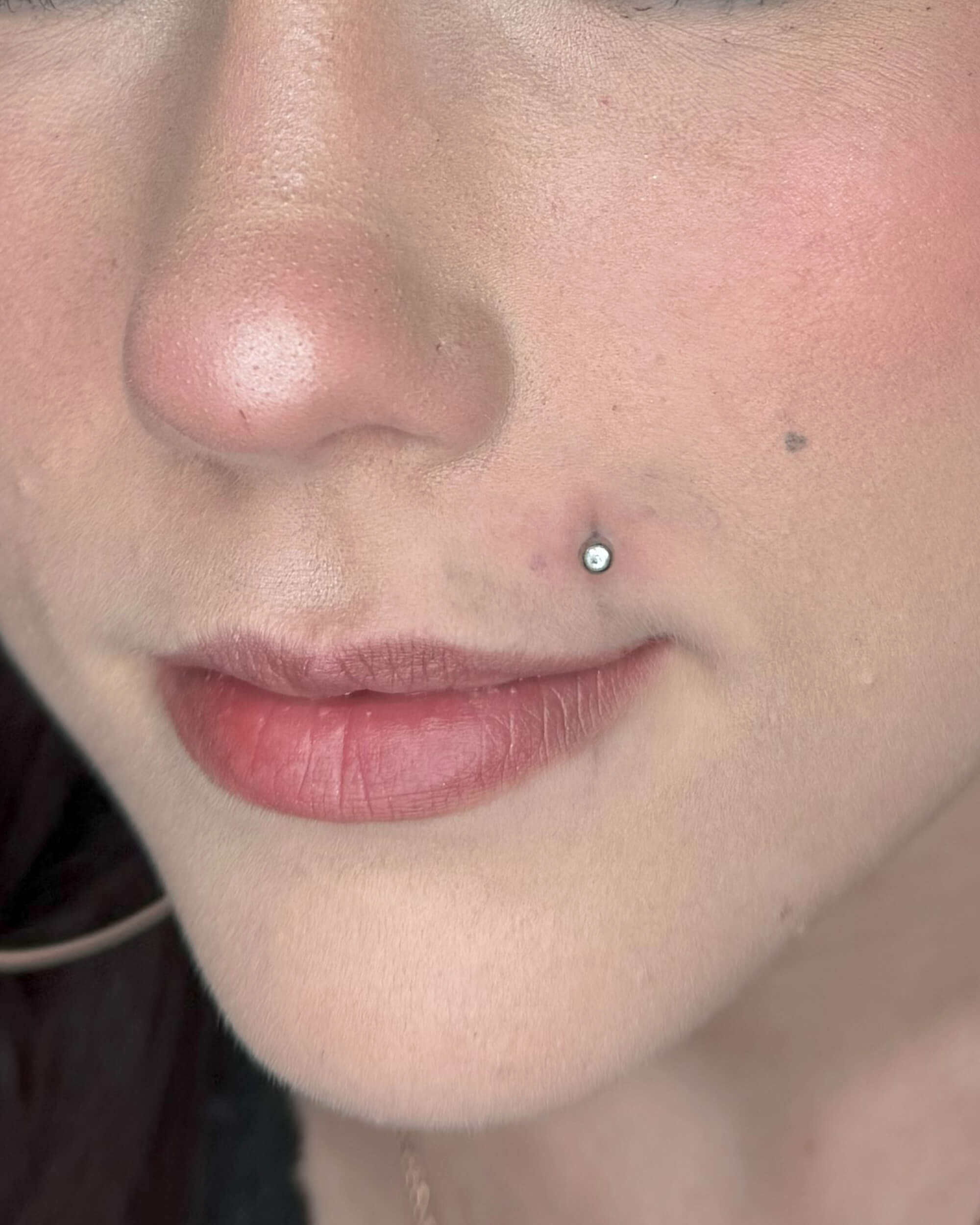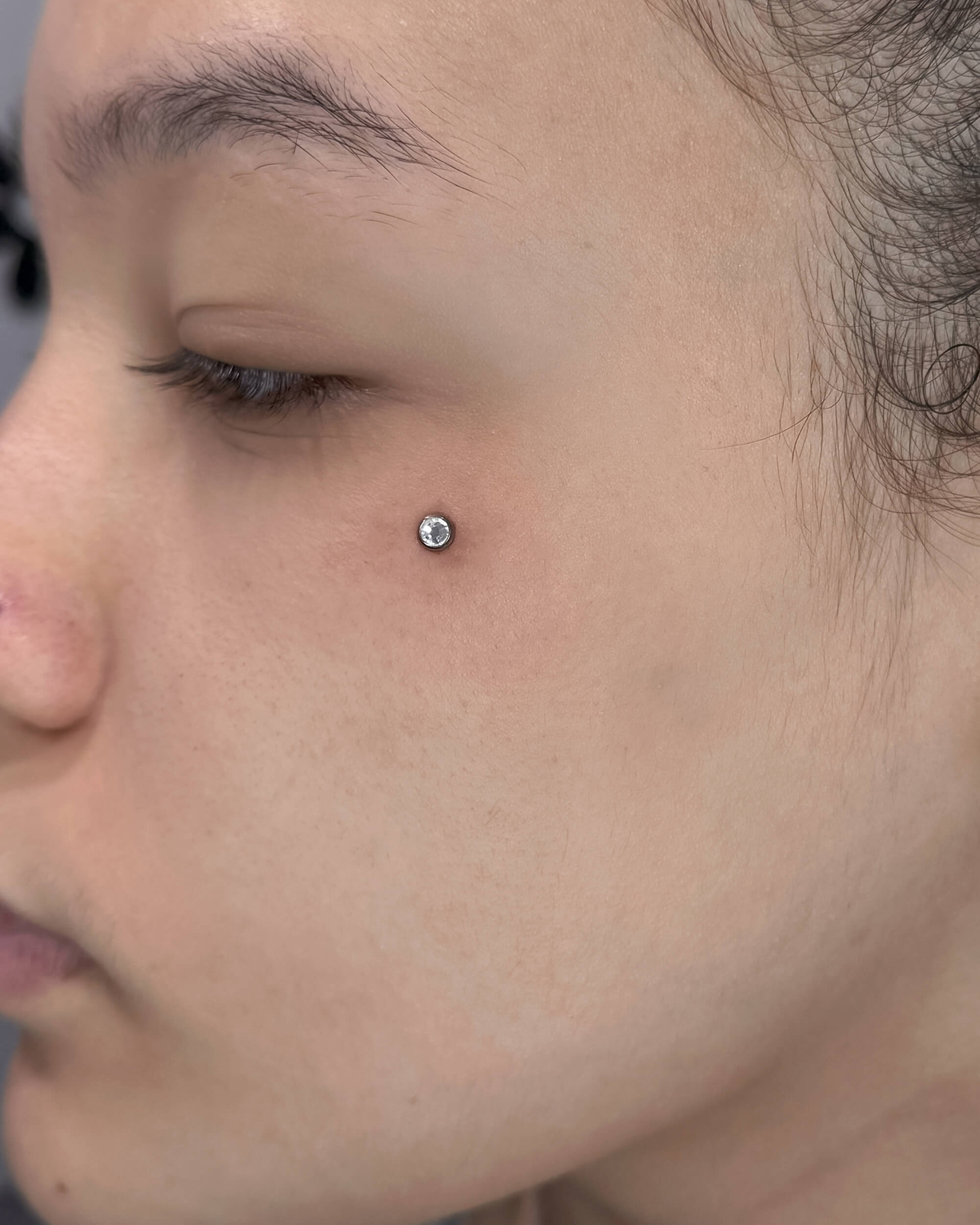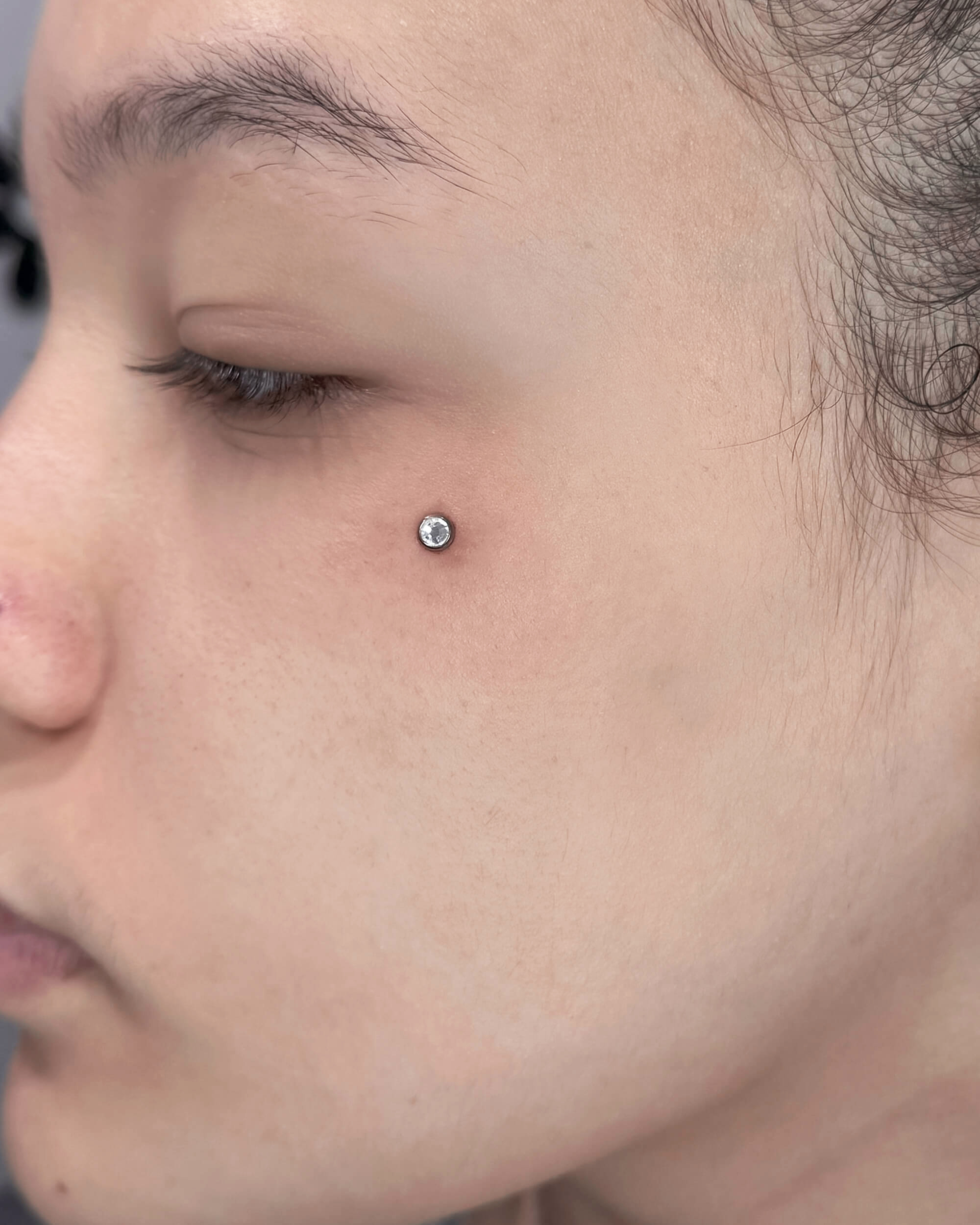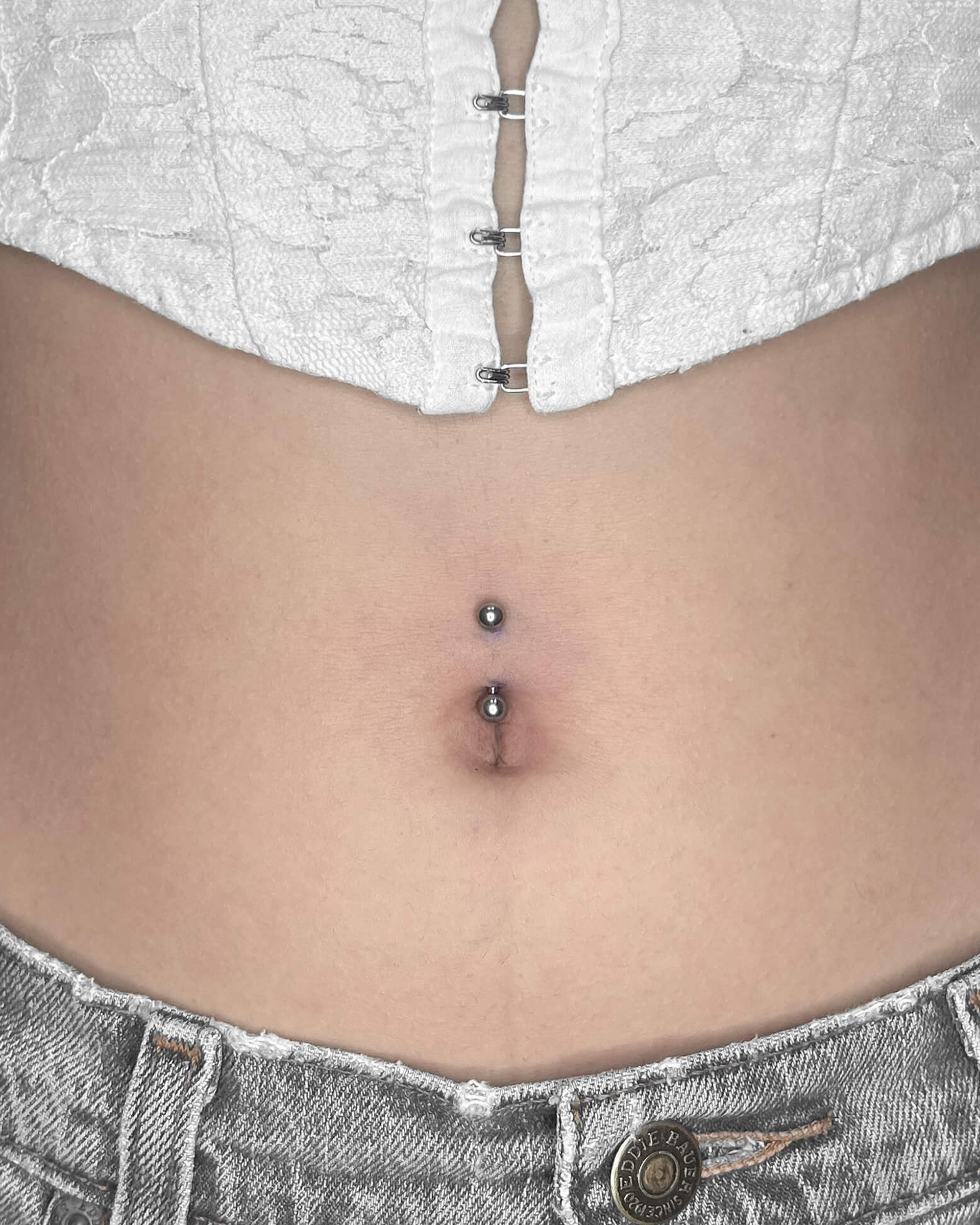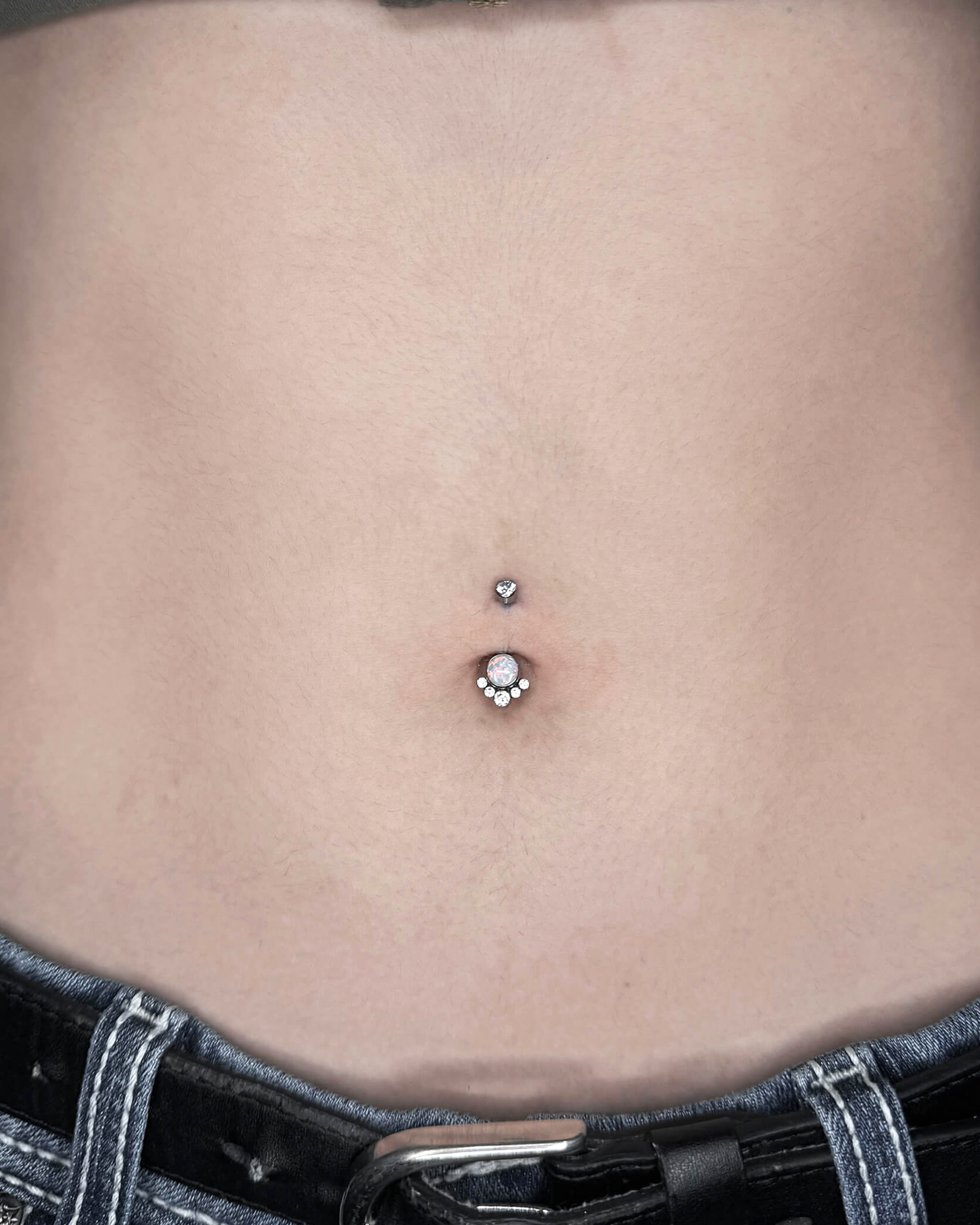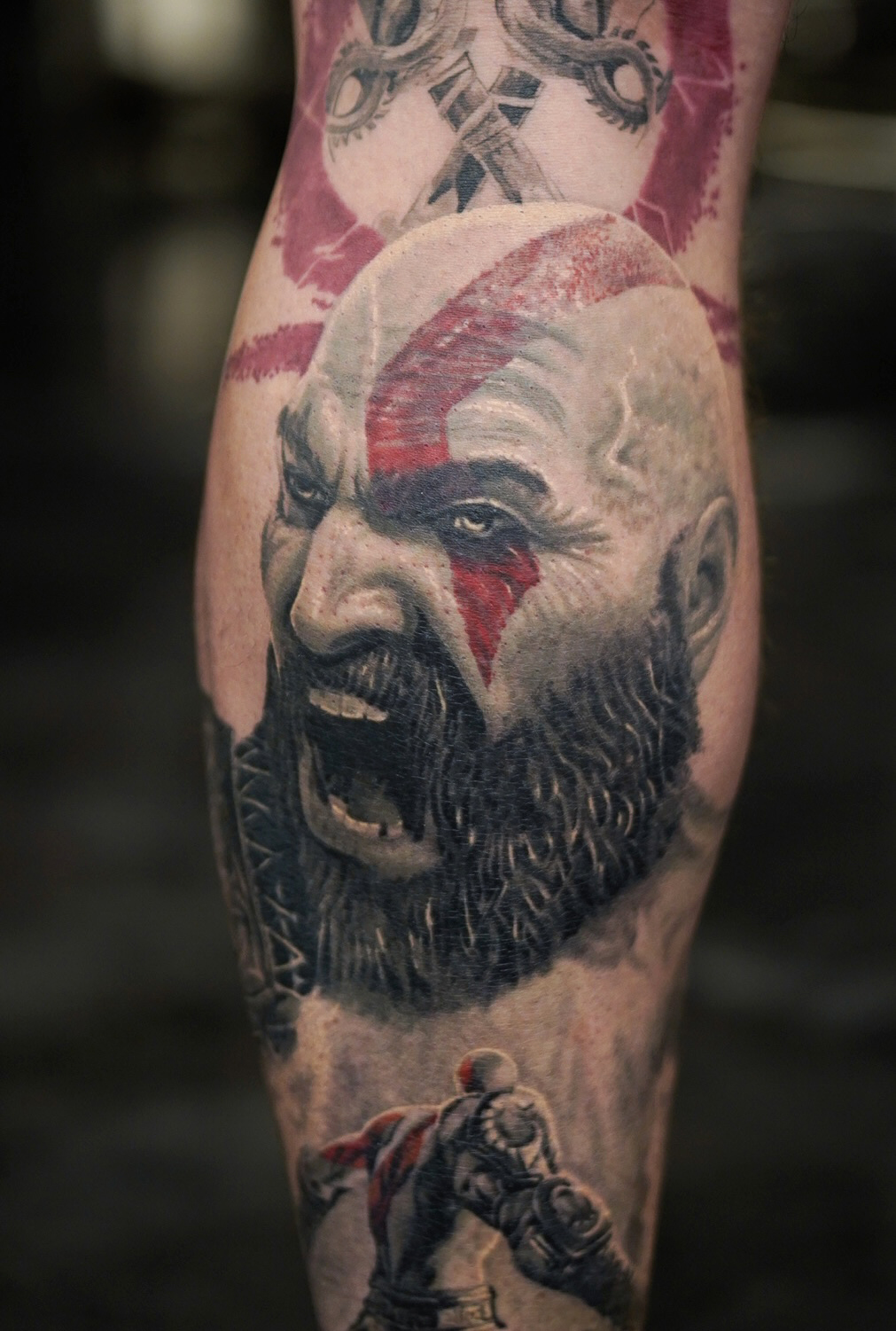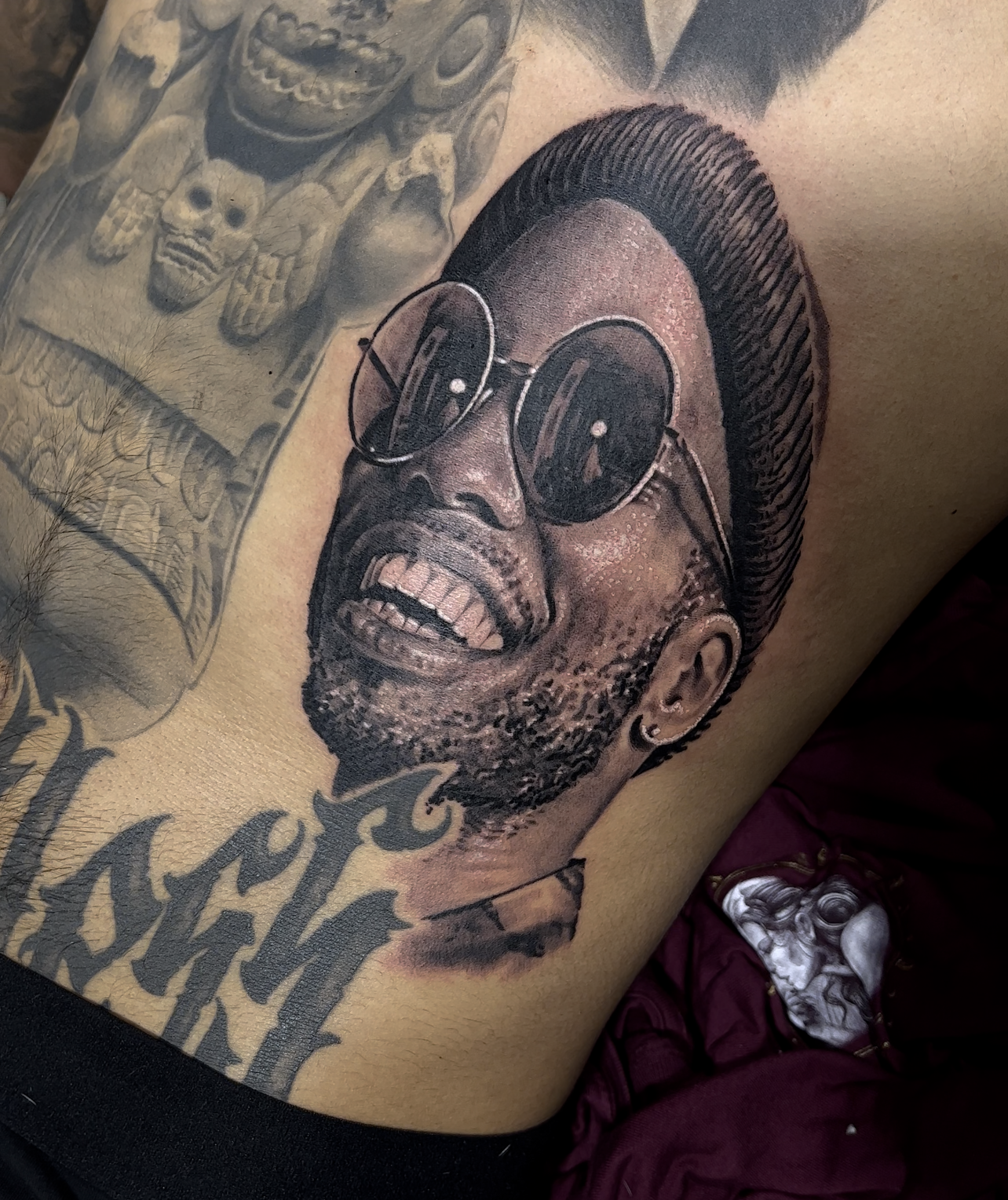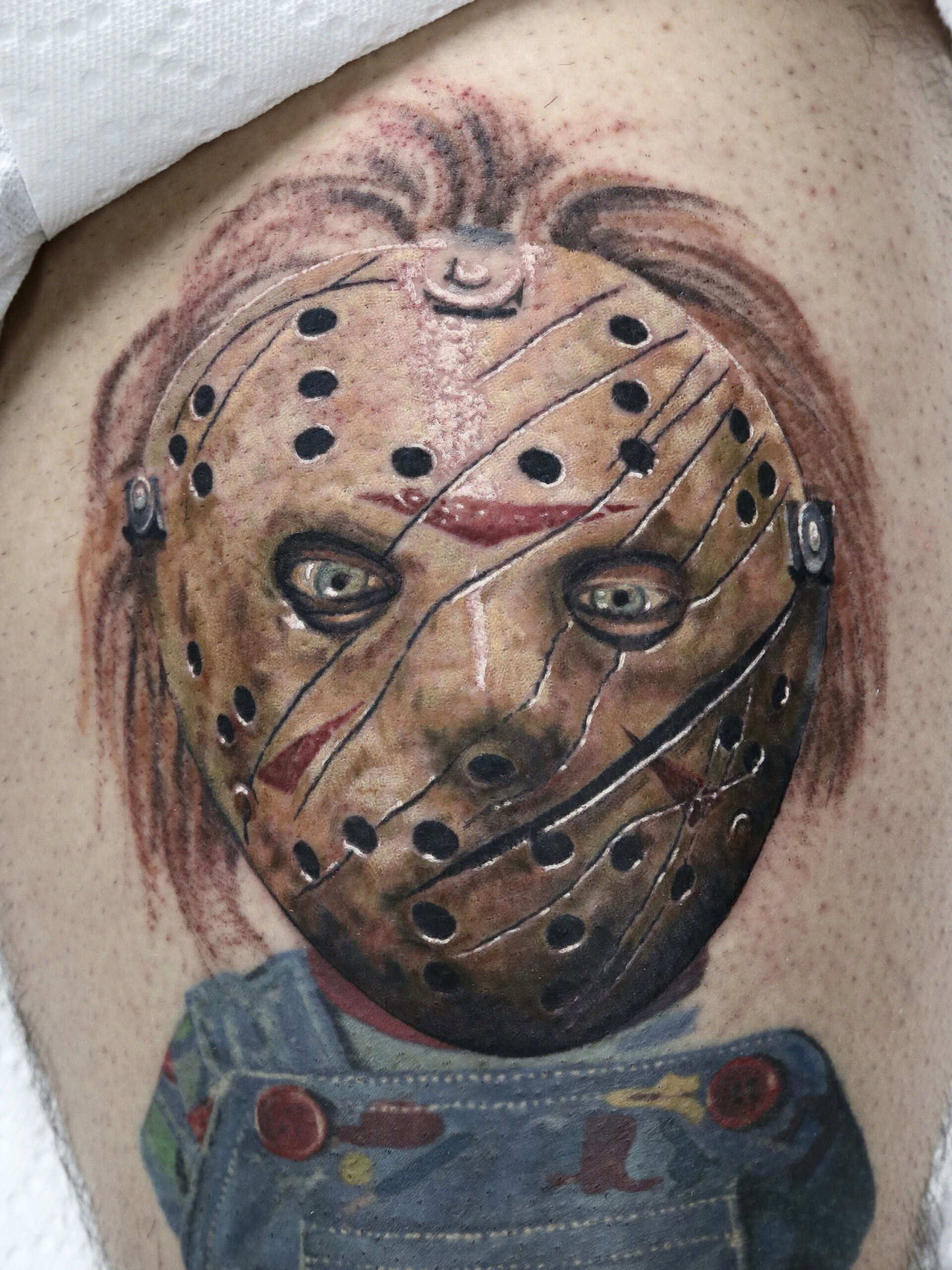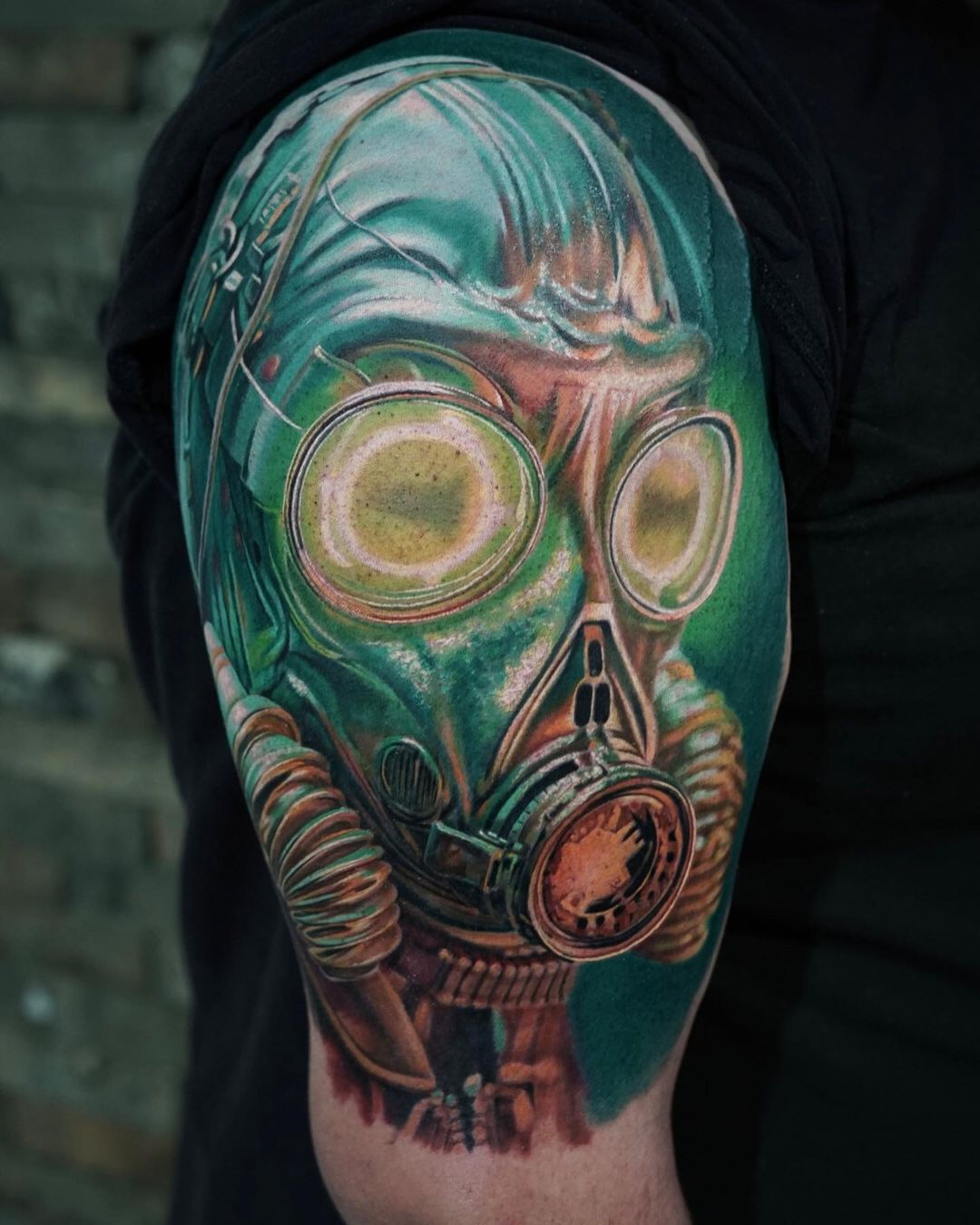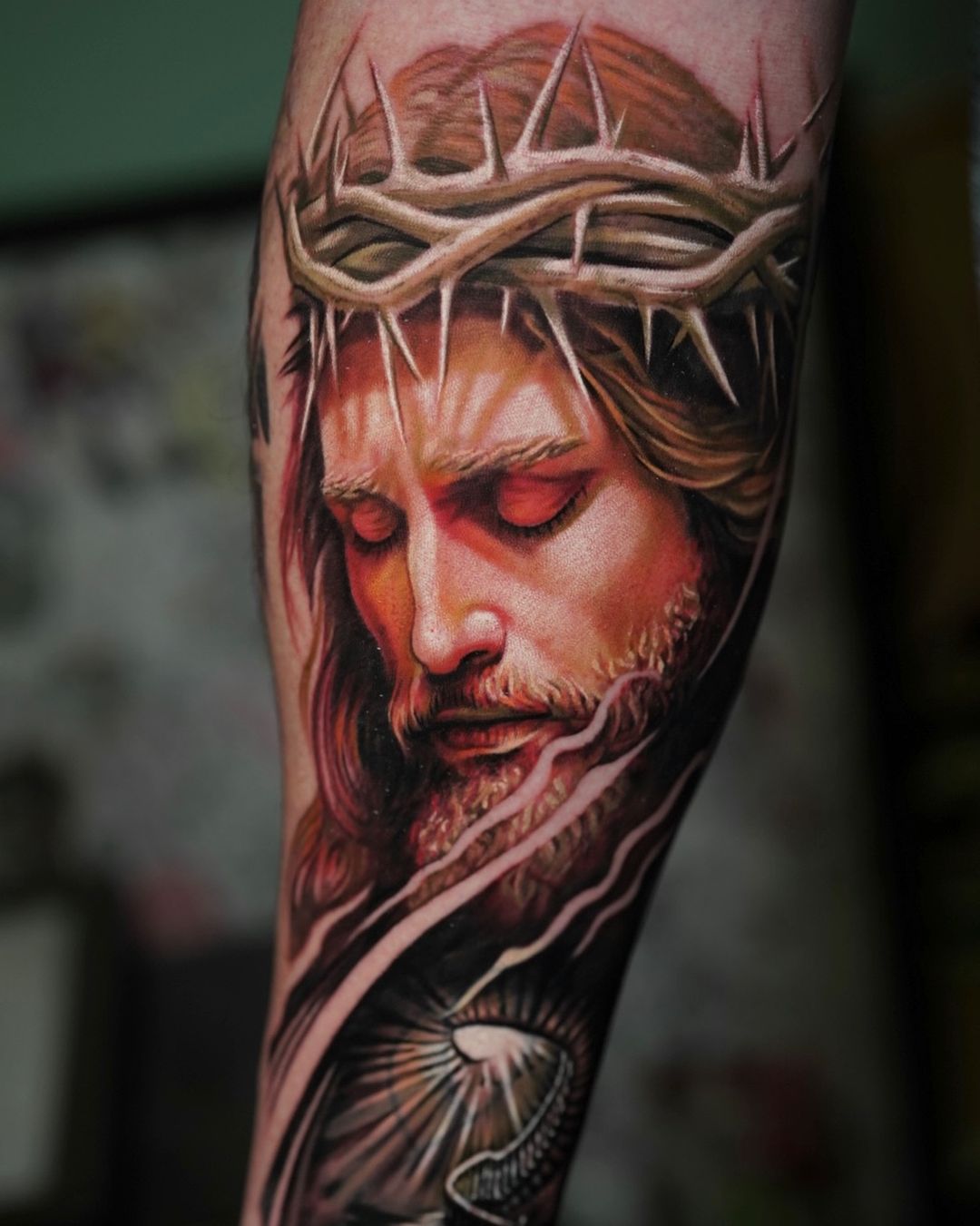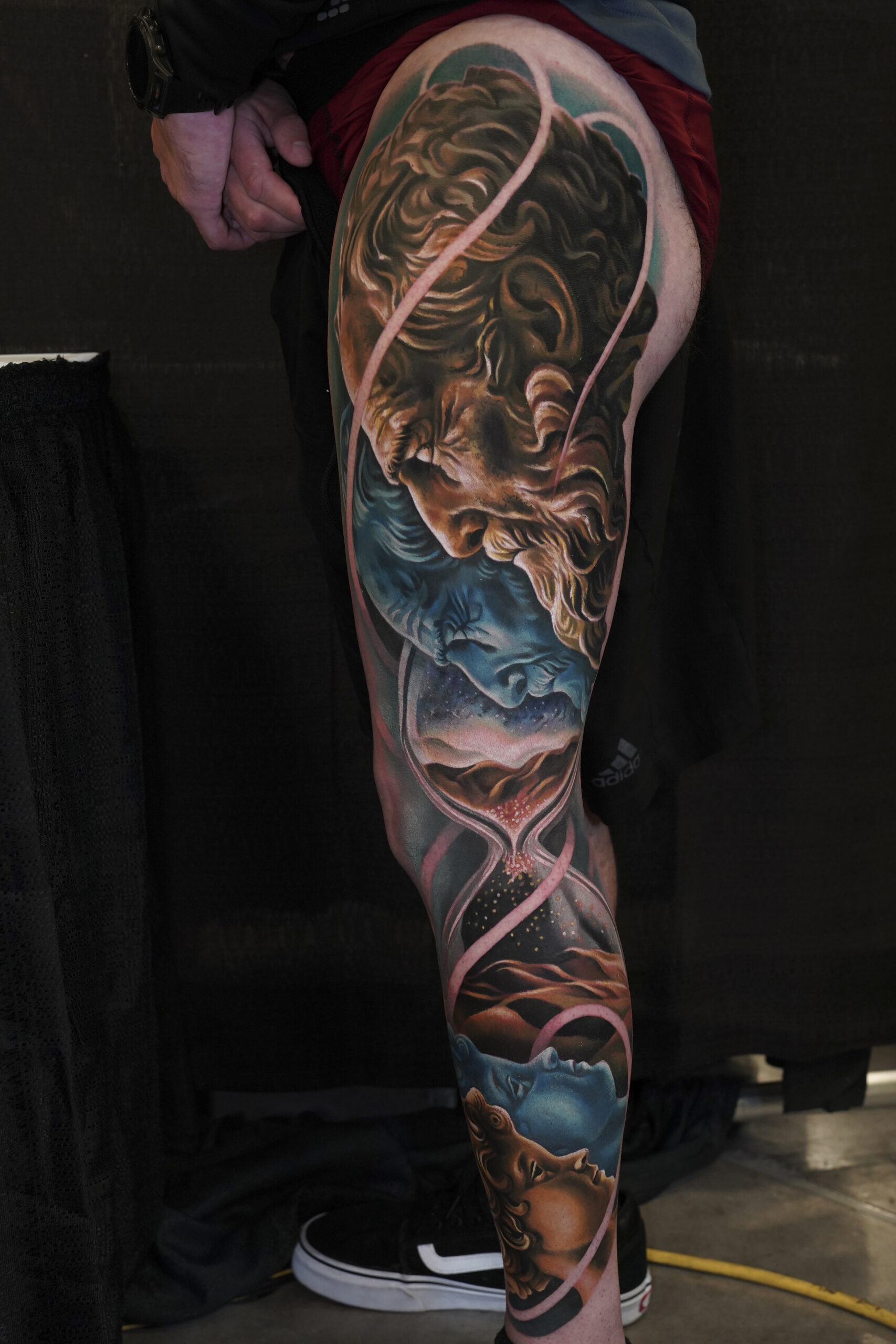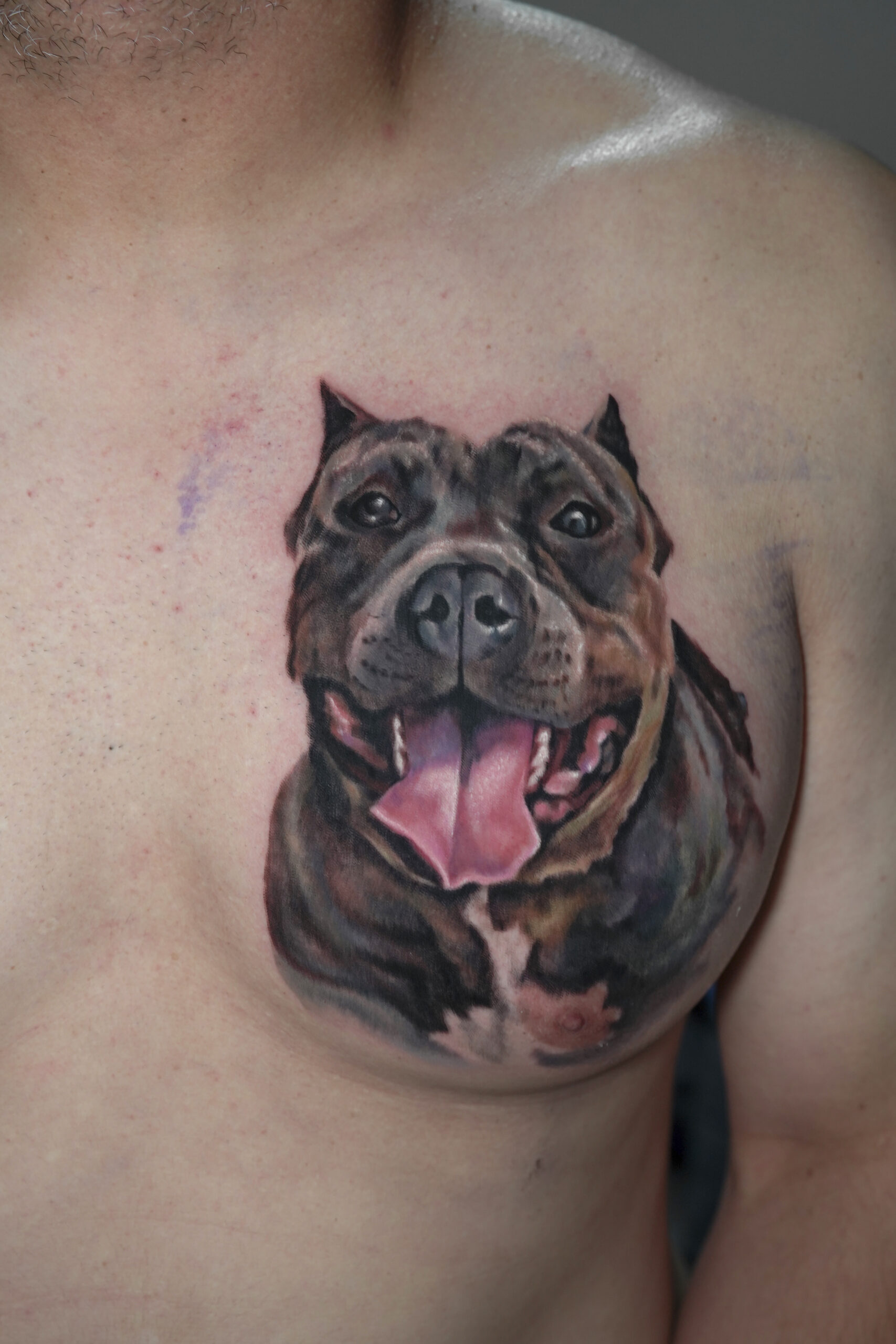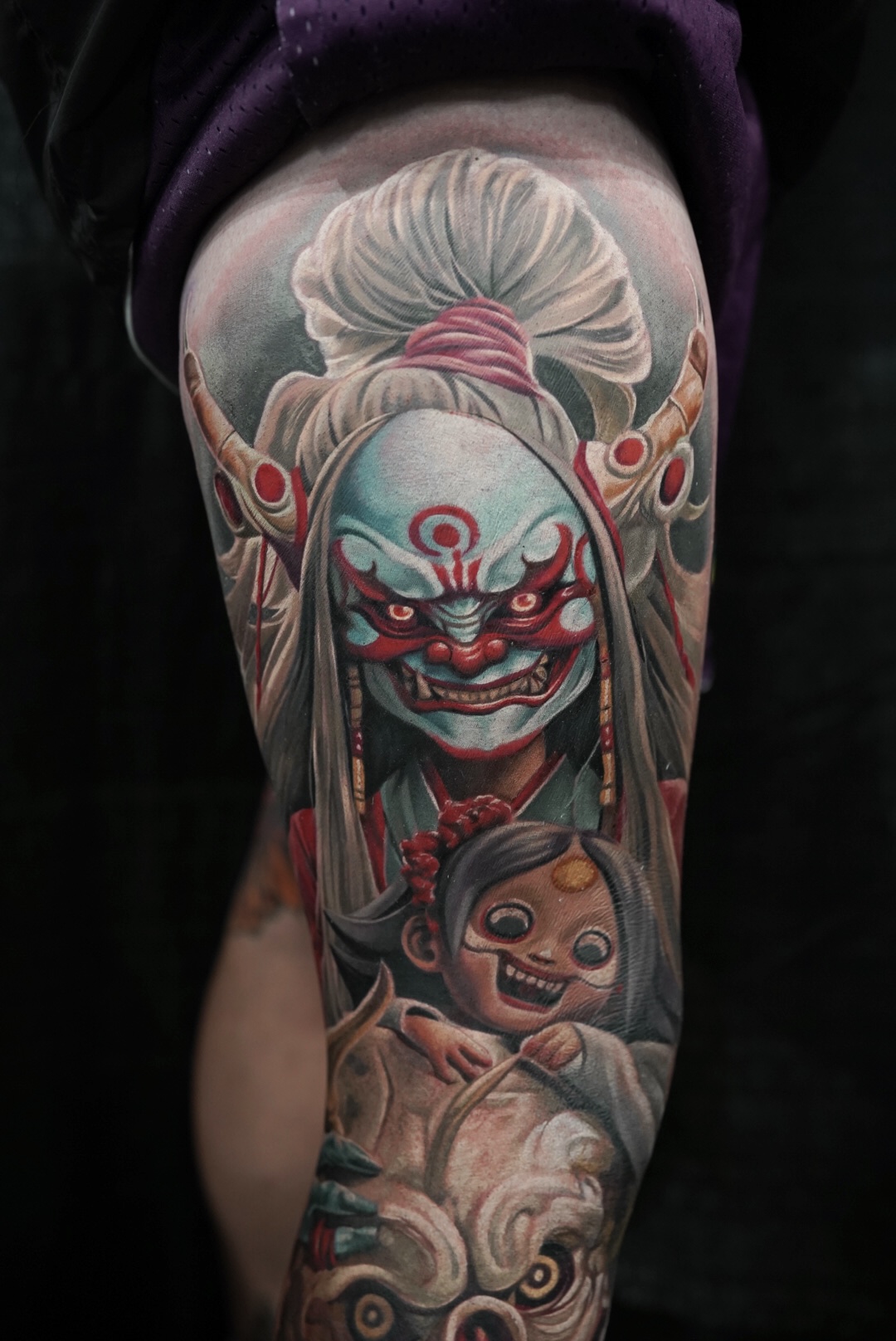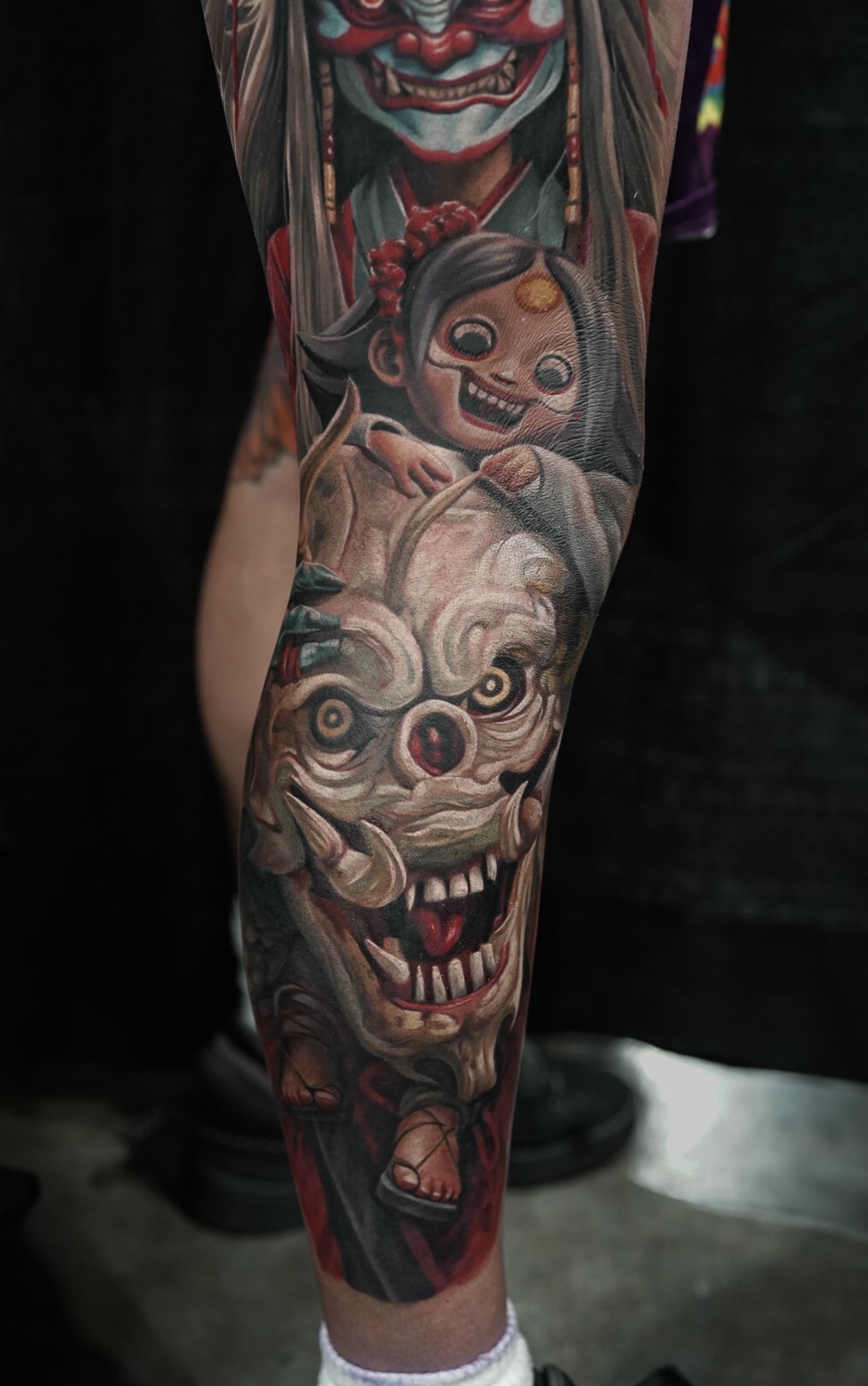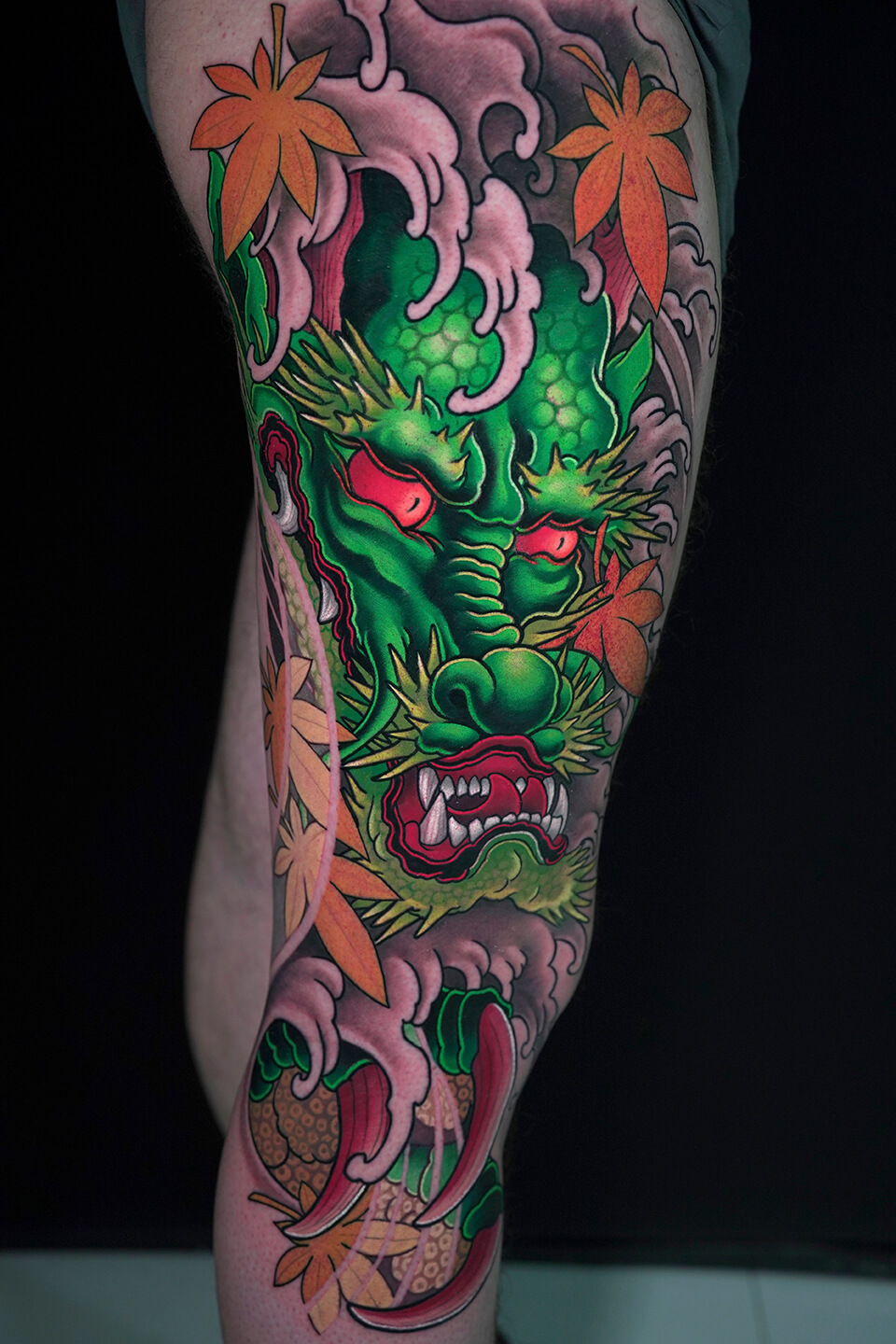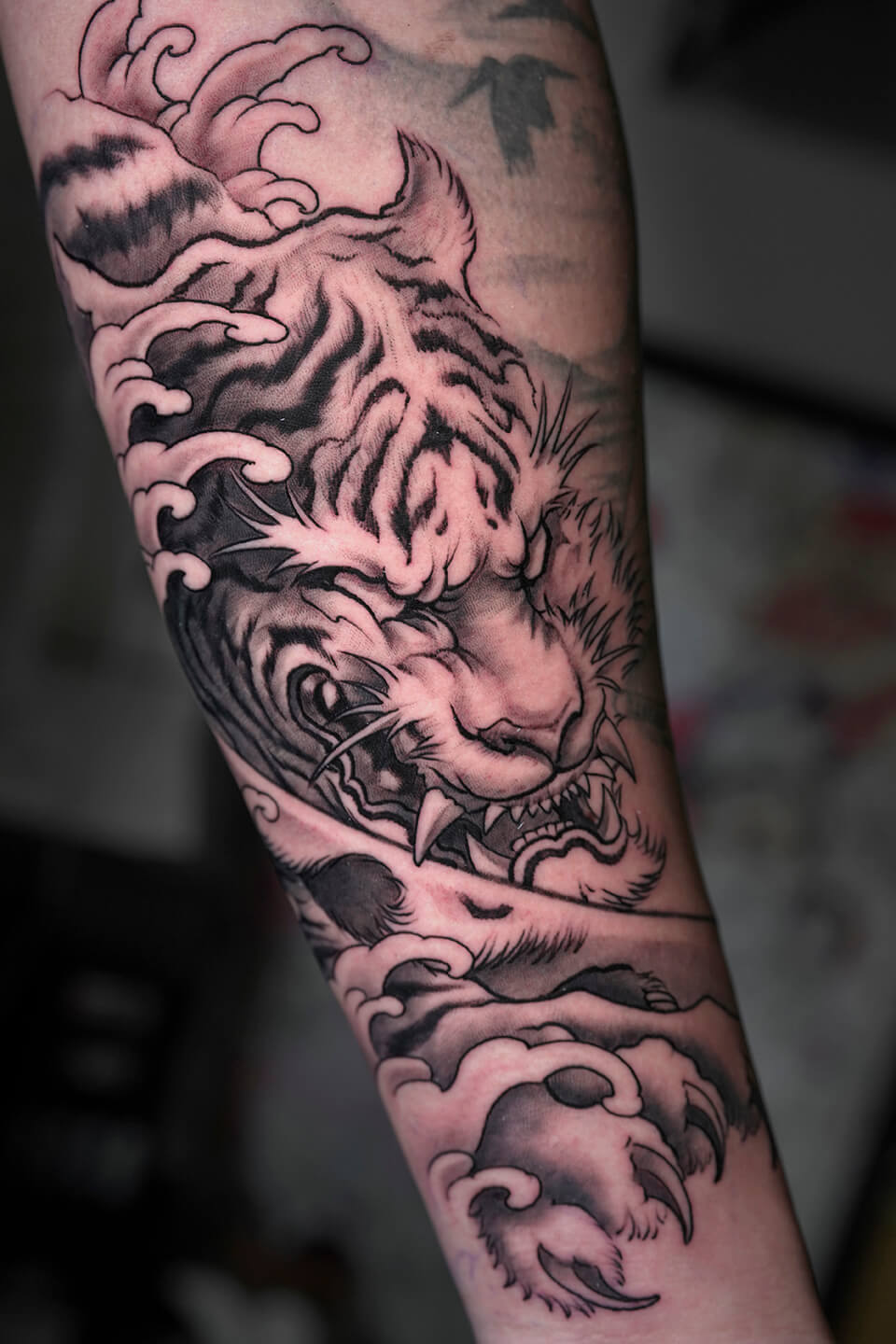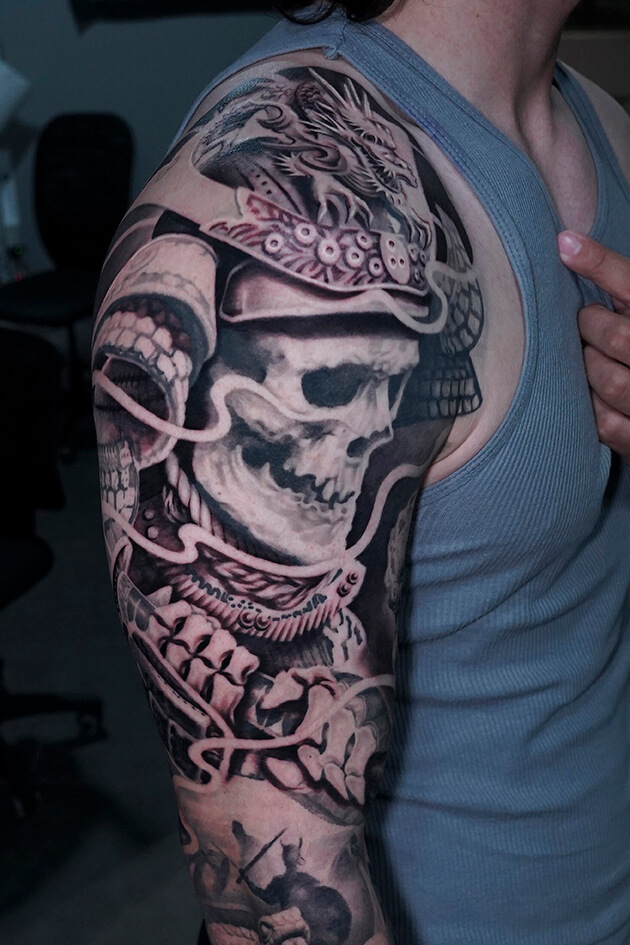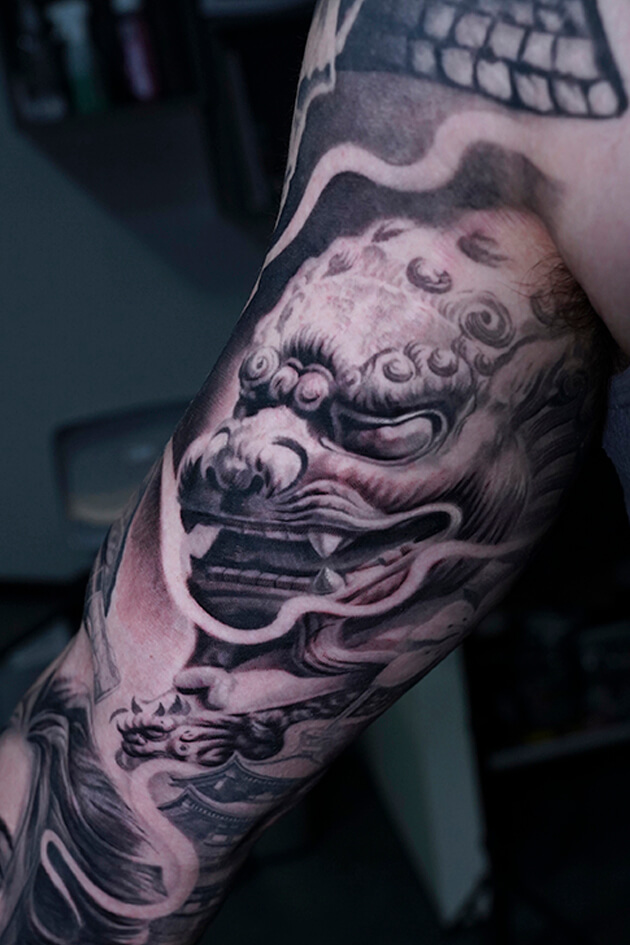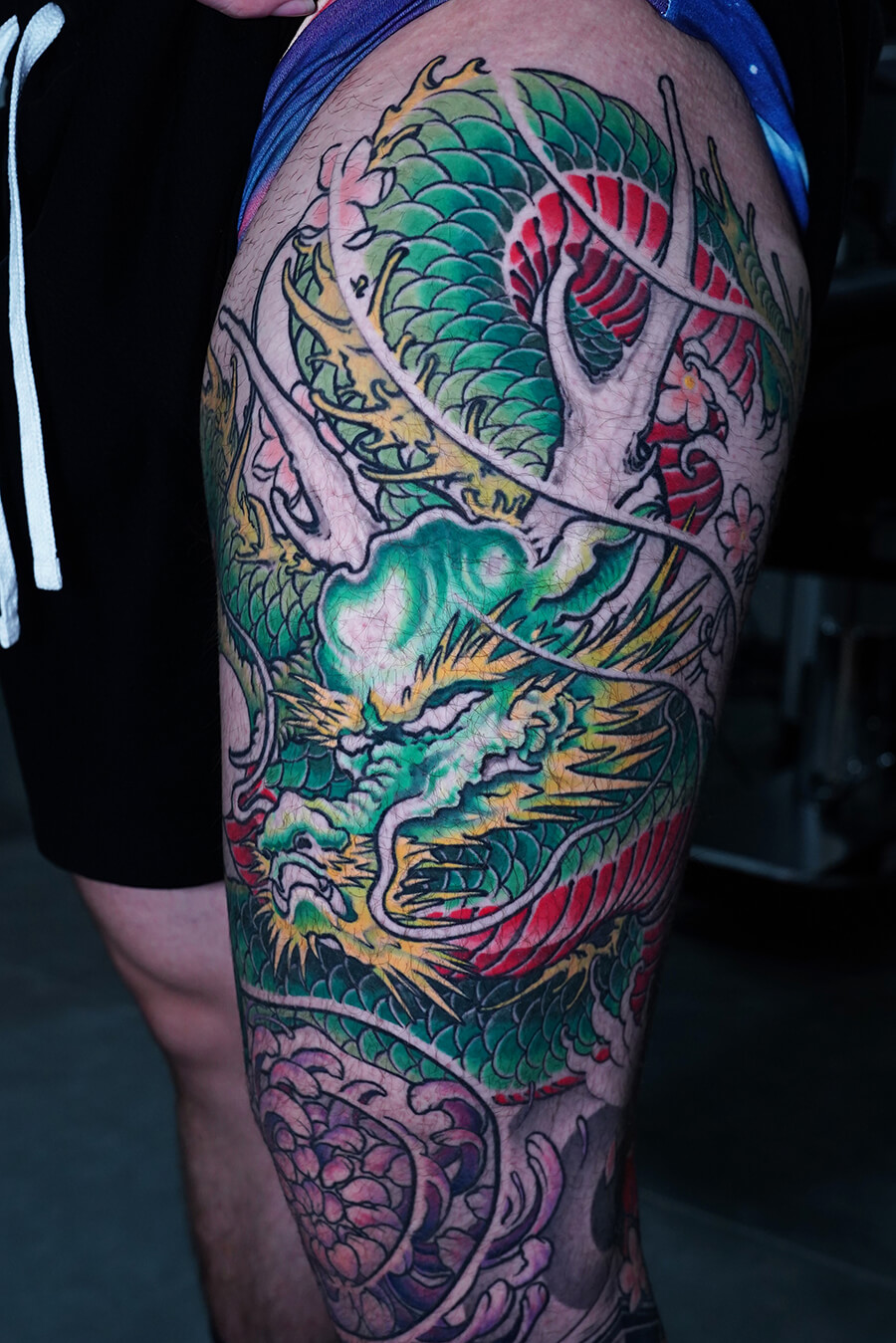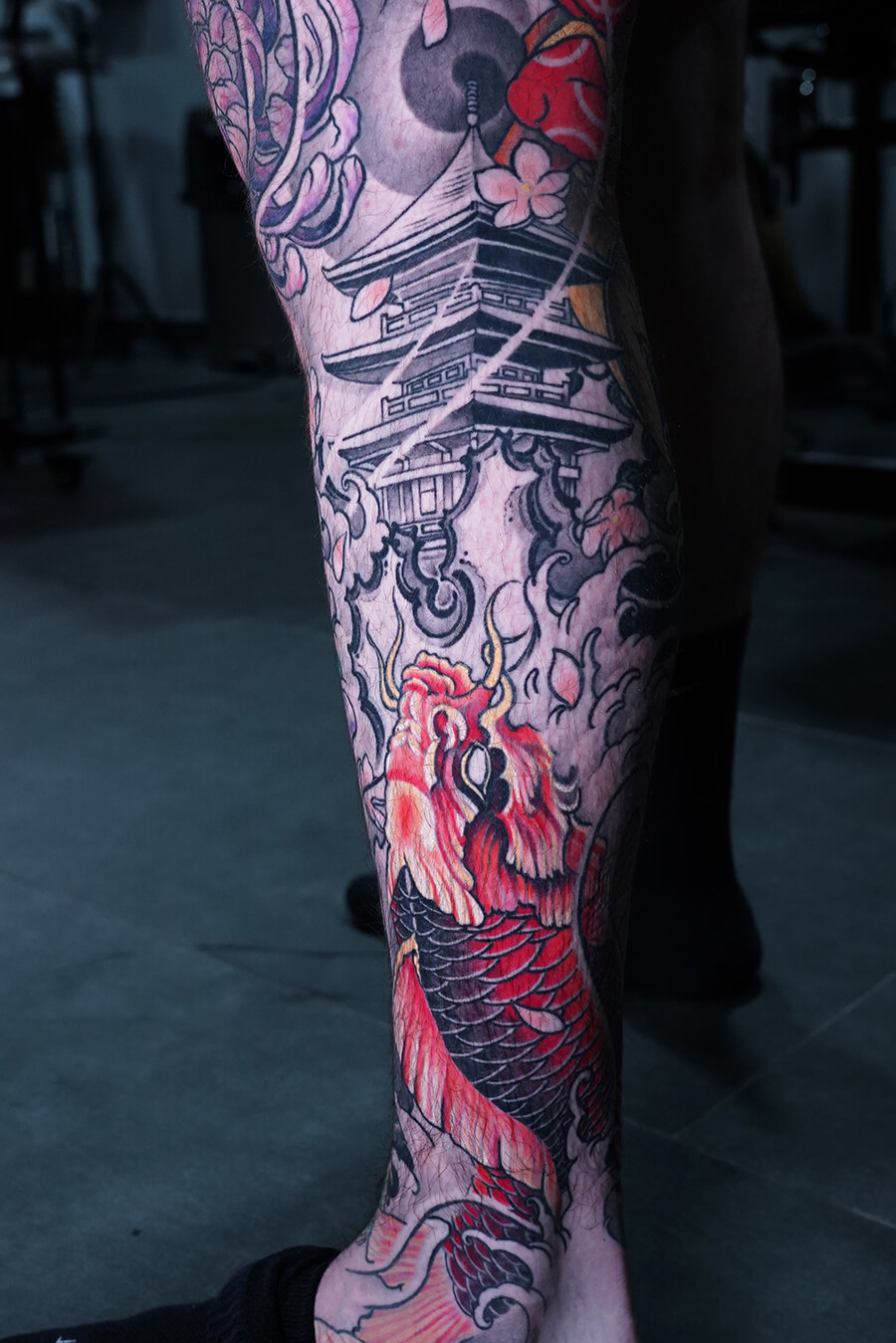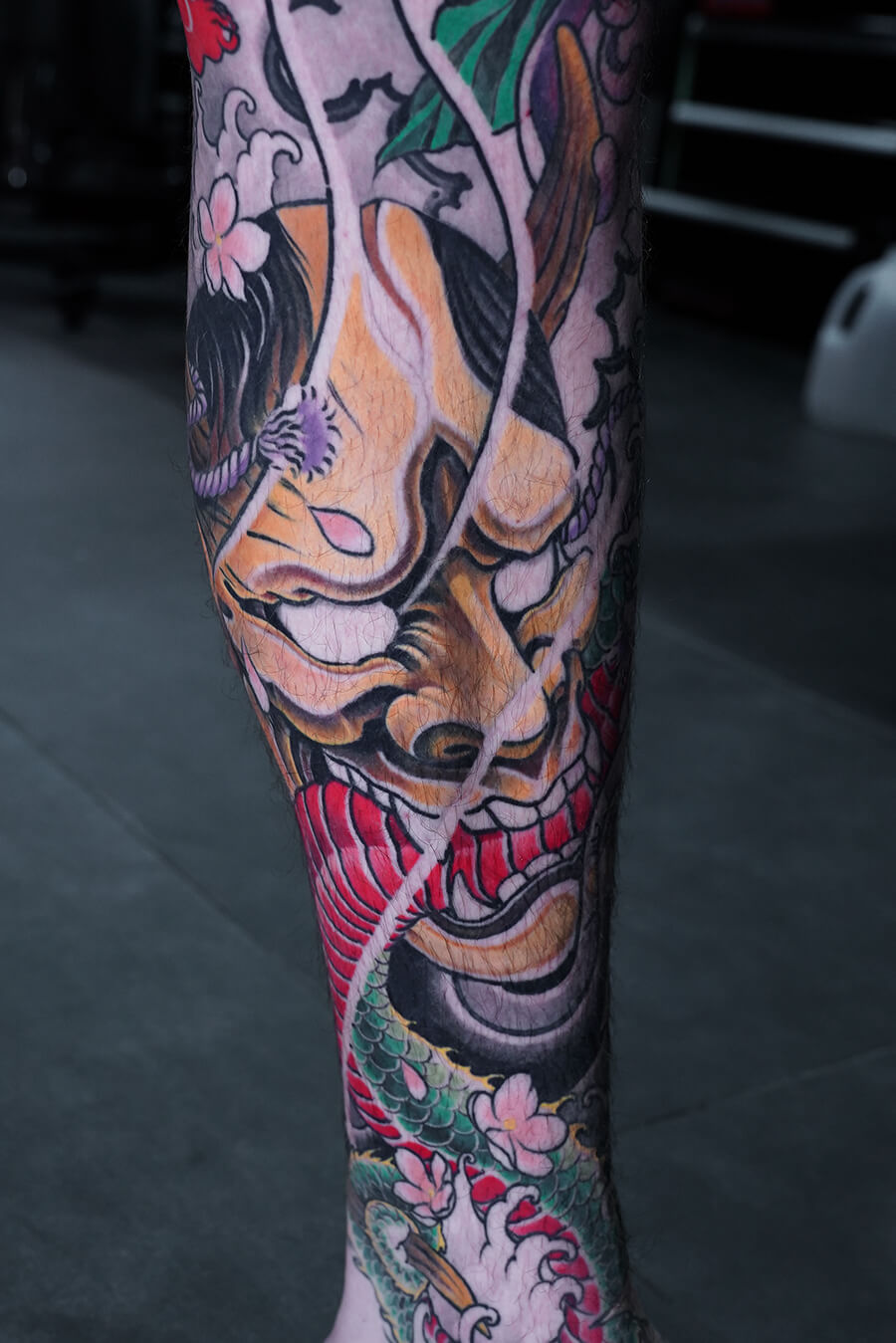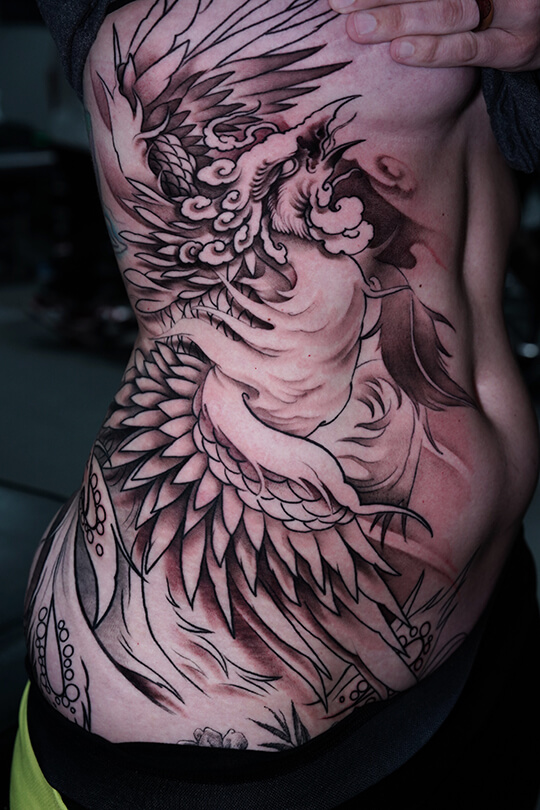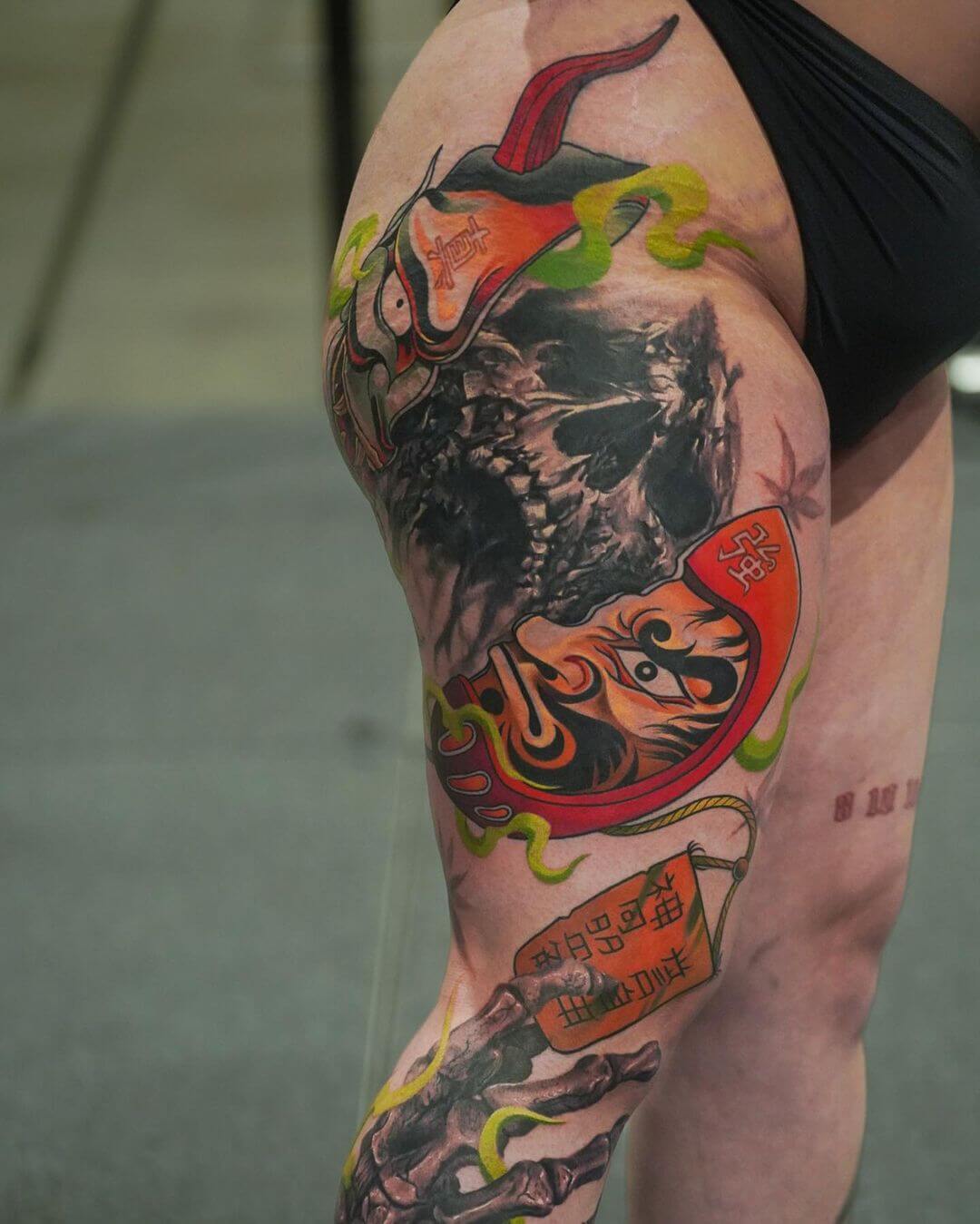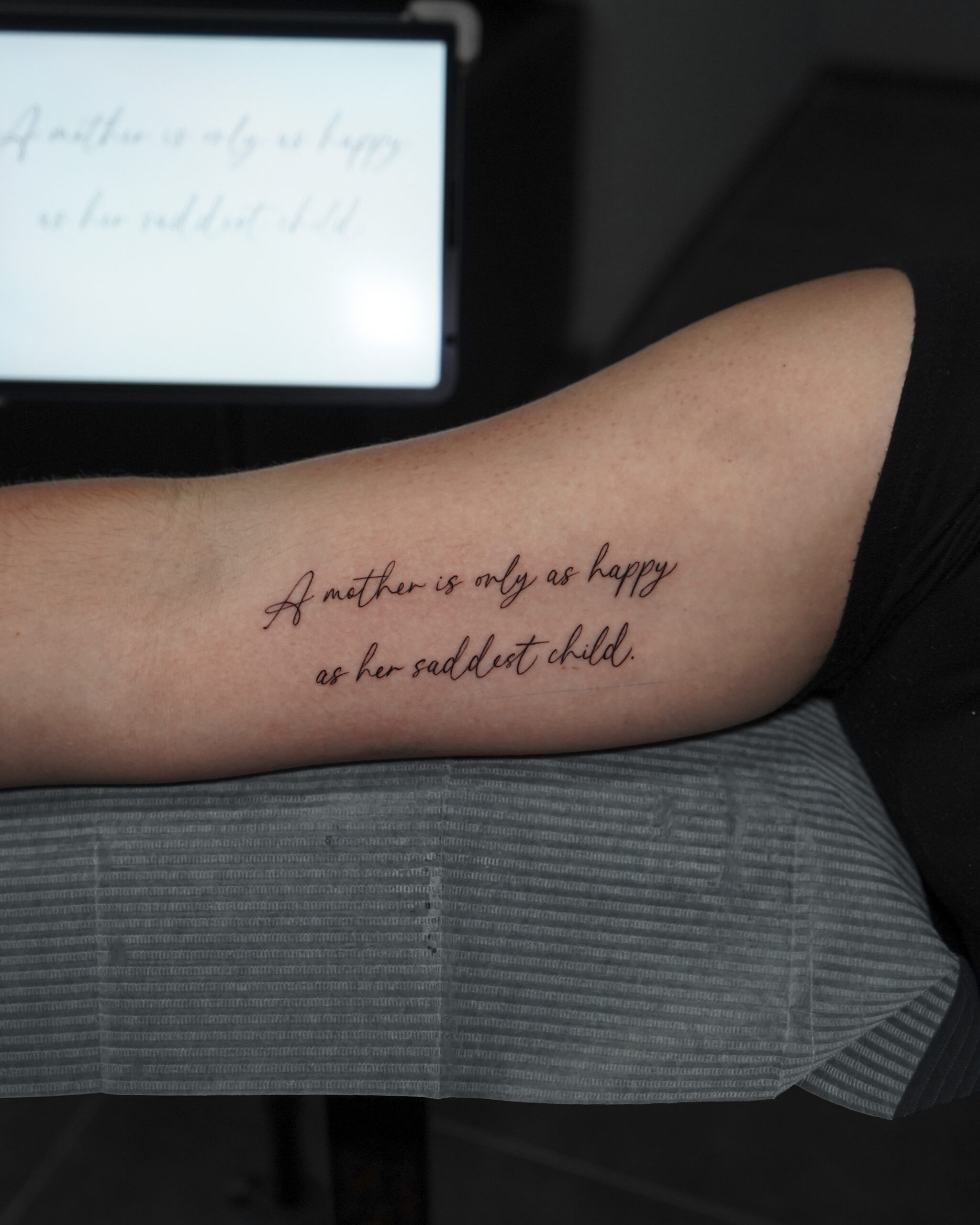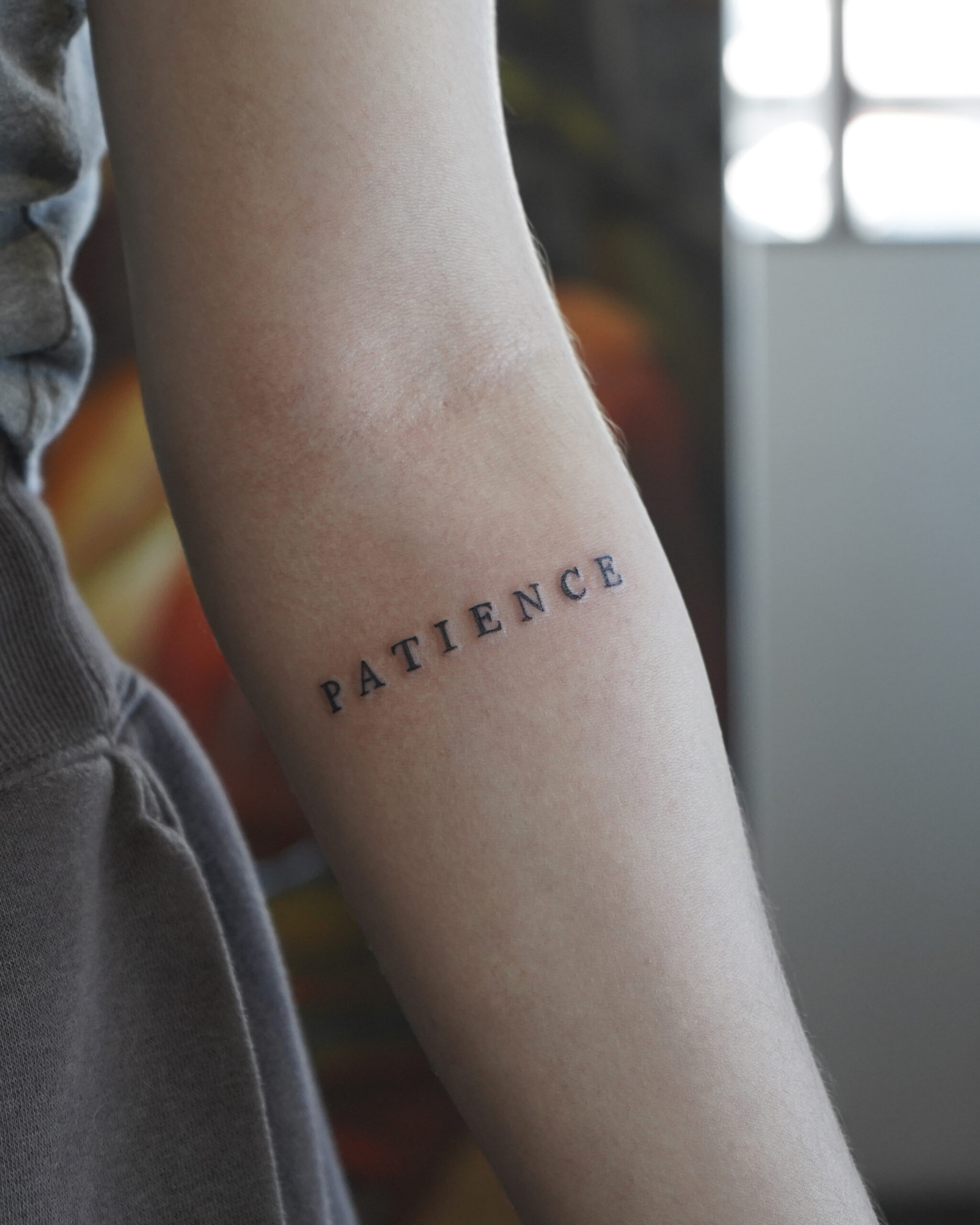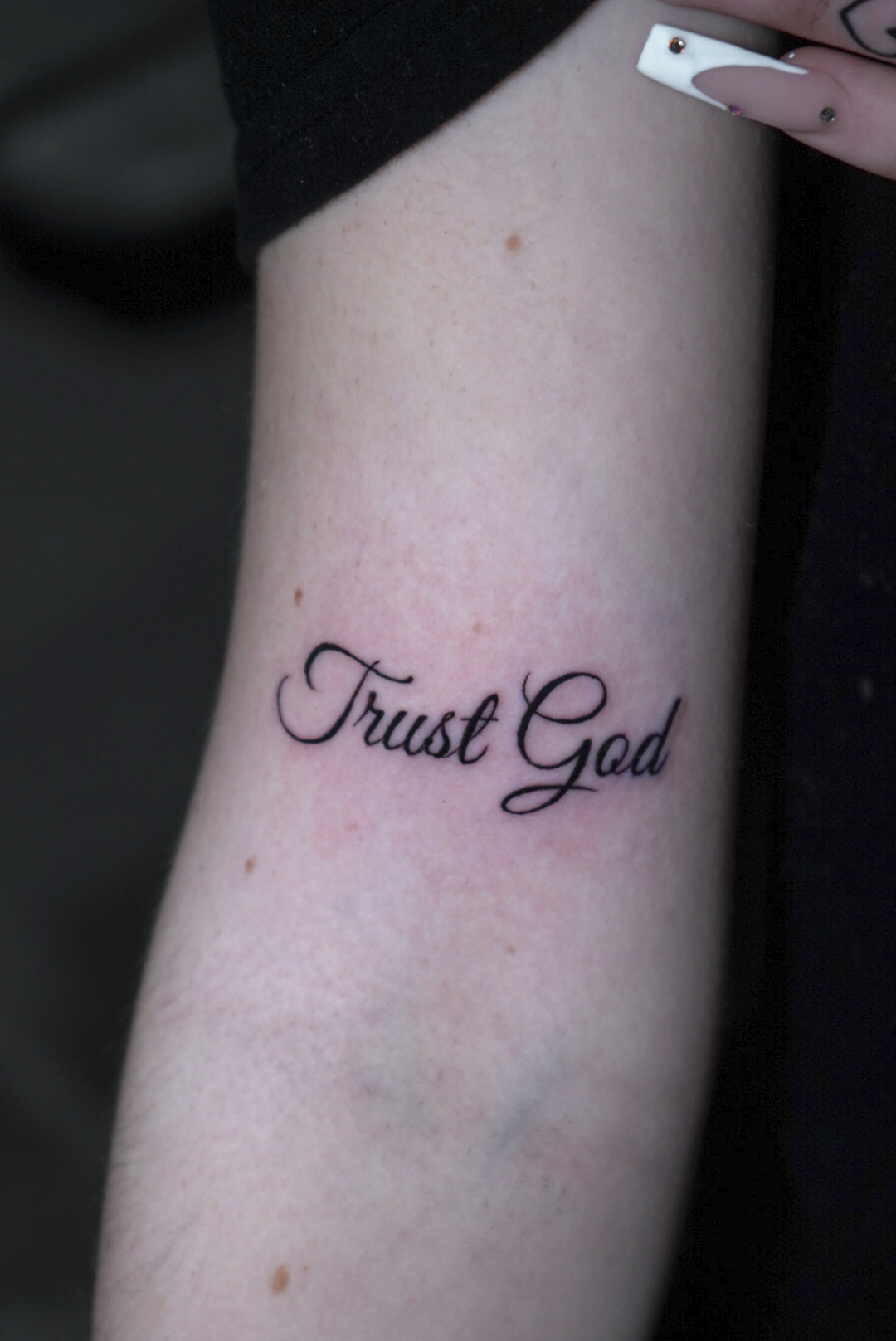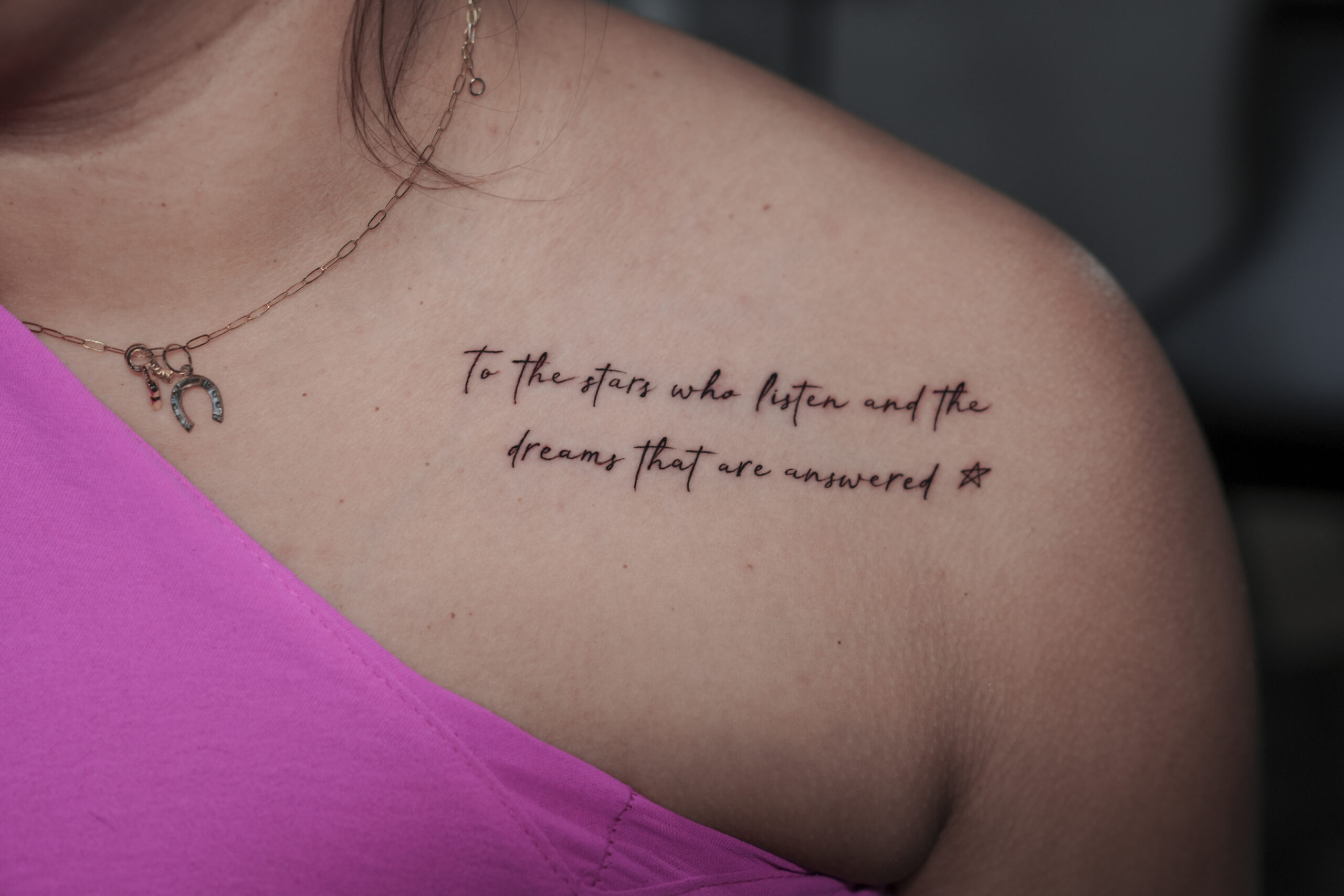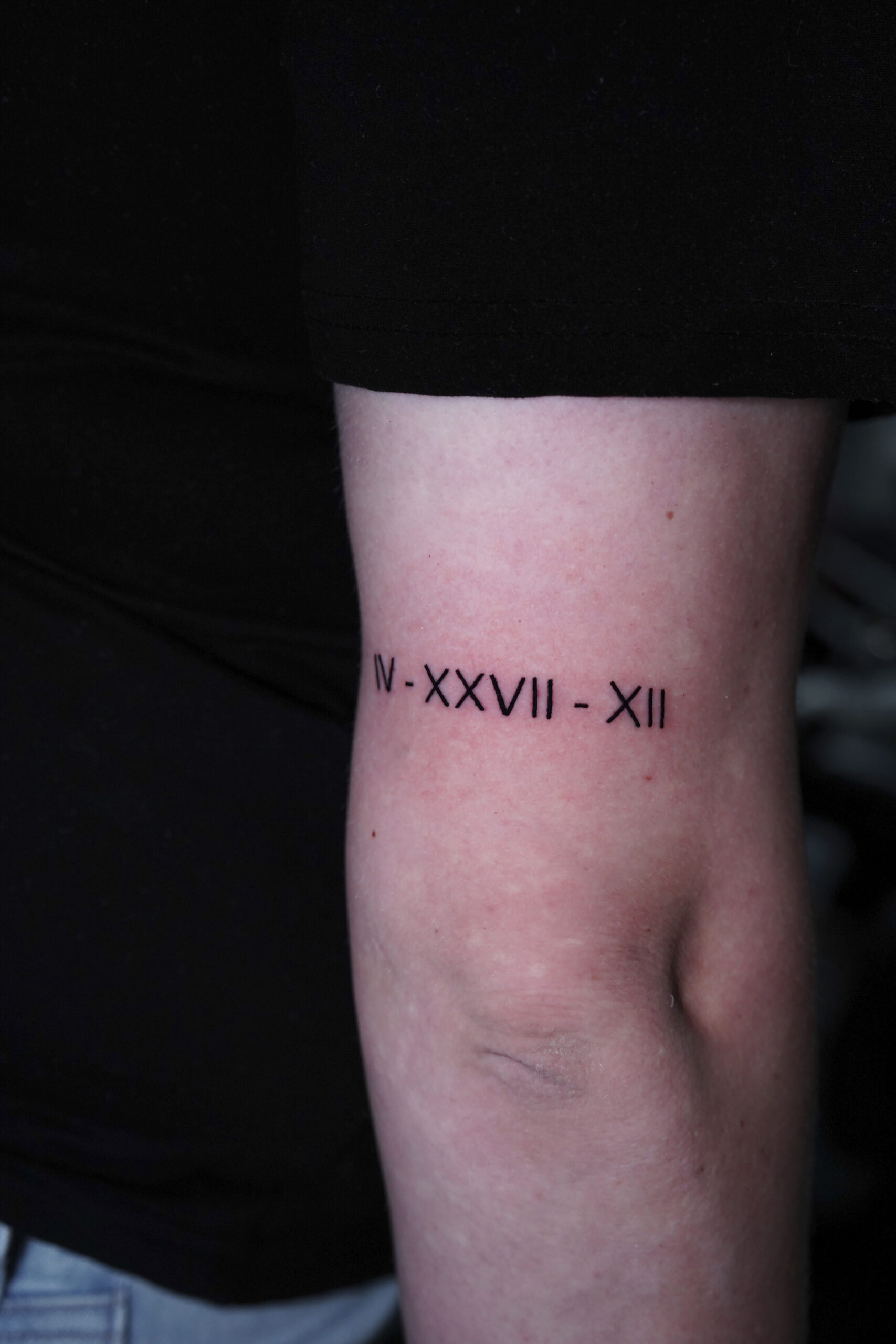With over 15 years of professional experience and more than 40 international awards and trophies to our name, we at Hyper Inkers understand that the price of a world-class tattoo can often come as a surprise. However, a professional tattoo’s cost is not arbitrary; it is a direct reflection of the skill, safety, and operational standards required to create permanent, high-quality body art.
The final price is a comprehensive sum that includes five key areas: the years of honed, award-winning expertise you are investing in, the tattoo’s specific complexity and placement, the high cost of medical-grade equipment and supplies, numerous hidden operational fees for licensing and insurance, and the artist’s dedicated design time outside of the tattoo session.
This guide breaks down each of these factors, helping you understand why a quality tattoo is a valuable long-term investment in your self-expression.

Top 5 Reasons Tattoos Are Expensive
When you invest in a professional tattoo, the price covers far more than just the ink and the artist’s time. It encompasses a full spectrum of professional standards that ensure your art is beautiful, safe, and lasting. Understanding these key areas helps clarify the true value behind the cost.
Why Is Artist Expertise the Most Important Factor?
You are ultimately paying for the proven skill and experience of your artist, which directly impacts the safety, quality, and longevity of your tattoo. A seasoned professional brings years of practice, a deep understanding of how to work with different skin types for a safer application, and the artistic vision to create a piece that not only looks great today but also ages beautifully over time.
A client can gauge an artist’s expertise through their portfolio, years of practice, and professional recognition. For example, an artist with over a decade of experience has likely tattooed for thousands of hours, resulting in cleaner linework and superior healing outcomes. Similarly, accolades from respected international conventions are a strong indicator of technical mastery. Investing in an artist with proven experience is the most reliable way to ensure you receive a safe, beautiful, and lasting piece of art.
Learn more: Our guide on how to choose a good tattoo artist will walk you through vetting portfolios, checking safety standards, and asking the questions that matter most.

How Do a Tattoo’s Size, Complexity, and Placement Affect the Cost?
The technical requirements of a tattoo are major factors in its final price. A large, intricate back piece will naturally require more time and materials than a small, simple wrist tattoo. However, complexity can often be more important than size alone; a highly detailed, small portrait might take longer than a larger piece with simple linework.
Additionally, placement matters. Areas of the body where the skin is more sensitive or difficult to work on, such as the ribs, neck, or hands, require a higher level of skill and more time, which is reflected in the cost.
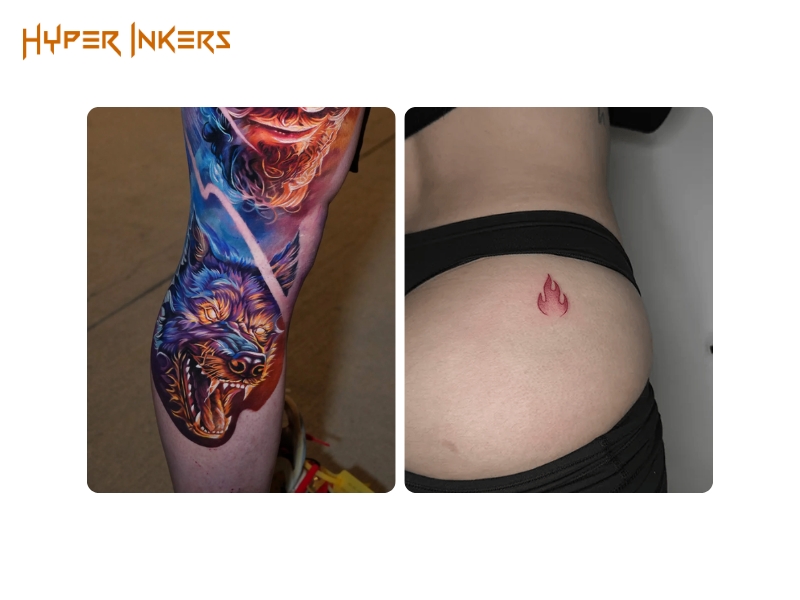
Learn more: Our tattoo styles guide to see how different artistic approaches, from simple linework to intricate realism, will influence your design and budget.
How Do Professional Equipment and Studio Operations Affect the Price?
Professional tattoo studios require significant investment in equipment and supplies to ensure safety and quality. A high-end tattoo machine costs between $400–$800, and artists often own multiple machines for different techniques. Needles ($15–$30 per box), inks ($15–$50 per bottle), disposable tubes, gloves, masks, and cleaning supplies add up quickly.
Studio rent represents another major expense. Tattoo studios often need prime locations with high visibility to attract walk-in clients. In cities like San Antonio, commercial spaces can cost between $2,000–$5,000 monthly. Additionally, studios must invest in proper furniture, sterilization equipment, and specialized lighting.
Employee costs further increase overhead. Besides paying artists (who often work on commission structures, taking 50–70% of the tattoo price), studios must cover reception staff, cleaning personnel, and sometimes apprentices. They also handle payroll taxes, benefits, and training expenses.
All of these operating costs make higher pricing essential to keep the business safe, legal, and sustainable.

What Hidden Costs Must a Reputable Studio Cover?
Licensing requirements vary by location, but most cities require both individual artist licenses and studio permits. In San Antonio, these can cost hundreds of dollars annually, including mandatory inspections and compliance checks.
Insurance is another major expense. Professional studios need several types of coverage:
- Professional liability insurance
- General business liability
- Property insurance
- Workers’ compensation
These policies protect against lawsuits involving injuries, infections, or allergic reactions. Annual premiums for comprehensive coverage typically range from $2,000–$5,000.
Tattoo studios also generate biohazardous waste (such as used needles and contaminated materials), which must be professionally disposed of. Waste removal services can cost $100–$300 monthly, depending on volume.
On top of that, studios must maintain rigorous cross-contamination prevention systems, pass regular health department inspections, and stay compliant with evolving regulations all of which impact pricing.

Does the Price Include the Artist’s Creative Design Time?
Yes, for any custom piece, the price reflects a collaborative creative process that begins long before the tattooing starts. This design phase is where your idea is transformed into a unique piece of art tailored to your body. This process often includes:
- An initial consultation to discuss your vision.
- Hours of research and sketching by the artist.
- Revisions based on your feedback.
- Final stencil preparation.
This dedicated design phase ensures the final artwork is not just a tattoo, but a piece of personalized art that you’ve helped create.

How to determine the cost of a tattoo?
At Hyper Inkers, the cost of a tattoo is typically determined by two primary methods: a flat rate for smaller, simpler designs, or an hourly rate for larger, more intricate, and custom pieces. Our studio’s minimum price starts at $80, while our artists’ hourly rates typically range from $150 to over $200, depending on their experience and the design’s complexity.
The final price is determined by a combination of several key factors:
- Size and Detail Level: Larger tattoos or those with intricate details naturally demand more time and effort.
- Color Usage: Tattoos incorporating multiple colors typically incur higher costs than black and grey pieces due to the intricate color blending techniques required and longer execution time.
- Body Placement: Areas of the body with sensitive skin or uneven surfaces (such as the ribs, elbows, or neck) demand a higher level of technical skill and more time to tattoo.
- Artist’s Experience: Seasoned artists with extensive experience and a strong reputation will command higher hourly rates, accurately reflecting their mastery and the quality of their artwork.
The only way to receive an accurate and personalized quote is through a direct consultation. During this consultation, you will discuss your ideas with the artist, who will then estimate the required time and provide you with a specific quotation. This is the most important step to ensure cost transparency. When budgeting based on these estimates, many clients also wonder how much to tip a tattoo artist, as it’s a common way to show appreciation for their skill and service.
FAQs
How much does a tattoo cost?
The cost of a tattoo varies widely based on size, complexity, and artist experience. While our studio’s hourly rates typically range from $150 to over $200, the final price depends on your specific idea. For a detailed breakdown of pricing models and what you can expect to pay in our area, please read our complete guide to San Antonio tattoo prices.
Is it okay to negotiate tattoo prices?
At a professional studio like Hyper Inkers, prices are generally non-negotiable. Our rates are carefully set based on an artist’s skill, high-quality materials, and our operational costs. We encourage you to be open about your budget during your consultation. Our artists are happy to discuss alternative designs or sizes to create a piece that fits within your price range without compromising quality.
Are tattoos worth the money?
Yes, when done professionally, tattoos are permanent works of art created under sterile, safe conditions. You’re paying not just for ink on skin, but for the artist’s creativity, experience, and the peace of mind that comes from a clean, reputable studio. A great tattoo is an investment in self-expression that will last a lifetime.
conclusion
Understanding why tattoos carry a high price tag reveals the deeper value behind the artwork. The cost isn’t arbitrary; it reflects operational necessities, health standards, artistic labor, and the expertise needed to produce lasting, meaningful body art.
When considering your next tattoo, remember you’re not just paying for time with a machine, you’re investing in timeless art, created safely by a skilled professional. Selecting the right tattoo shop San Antonio TX ensures that for something you’ll carry for life, quality is always worth the price.


